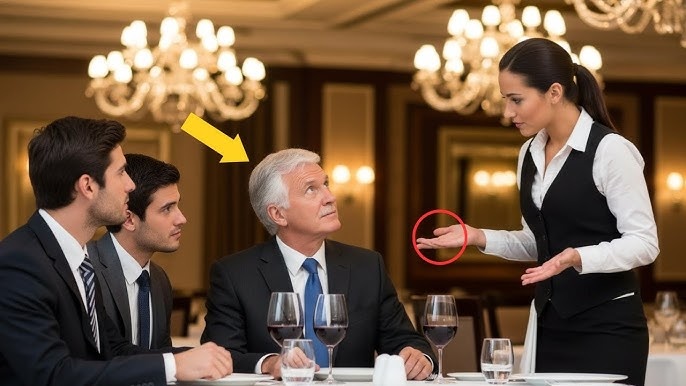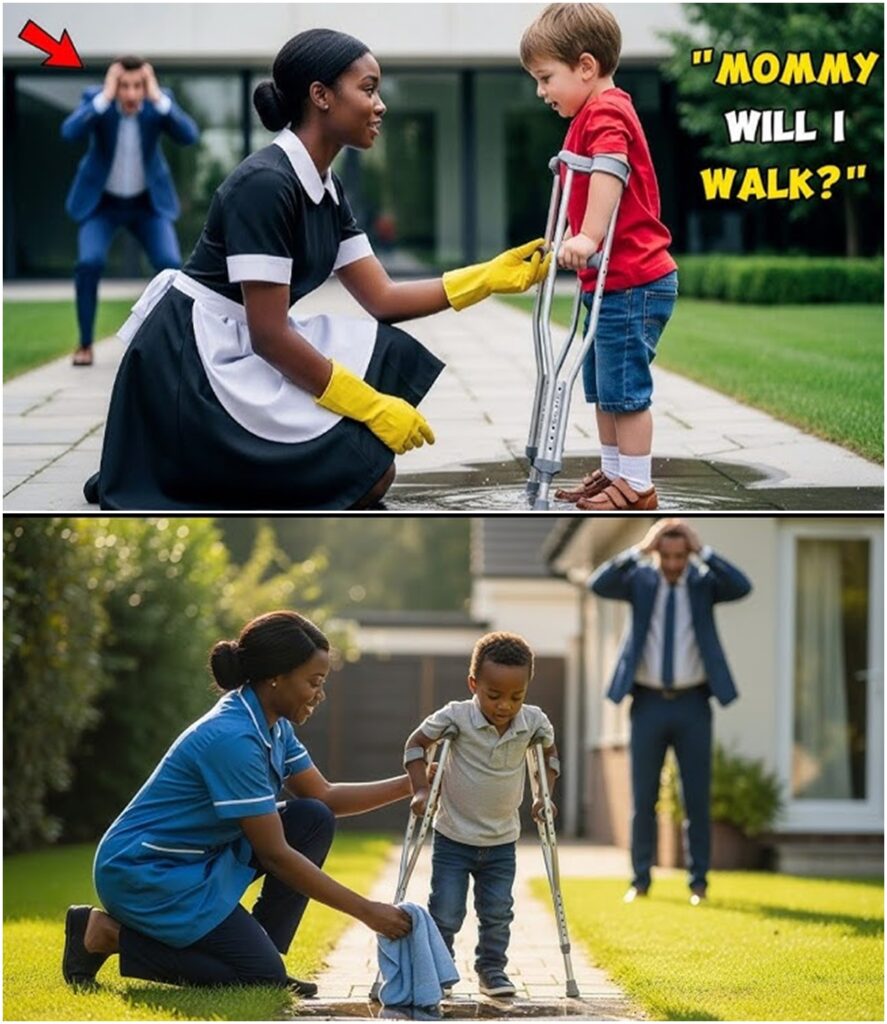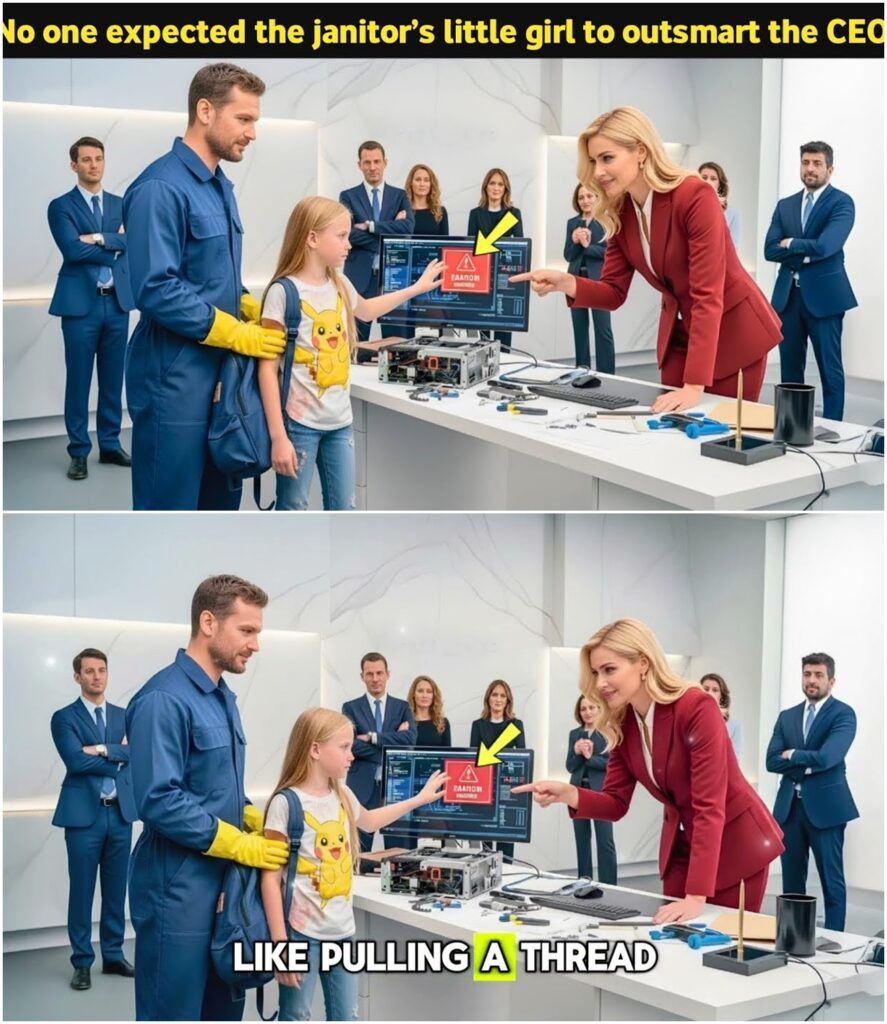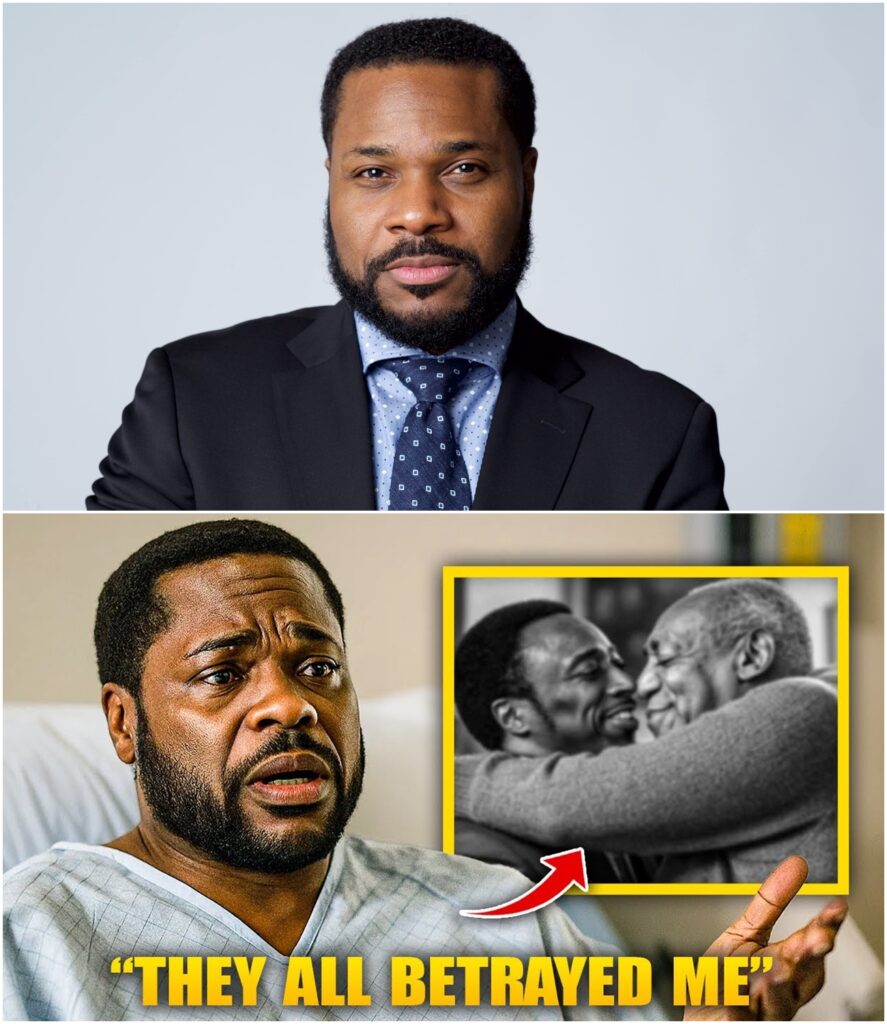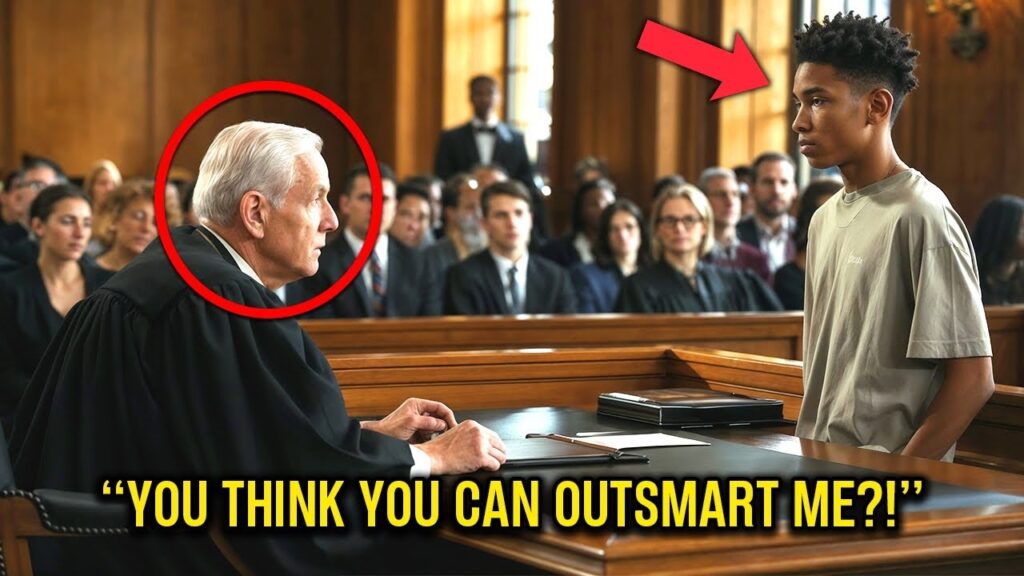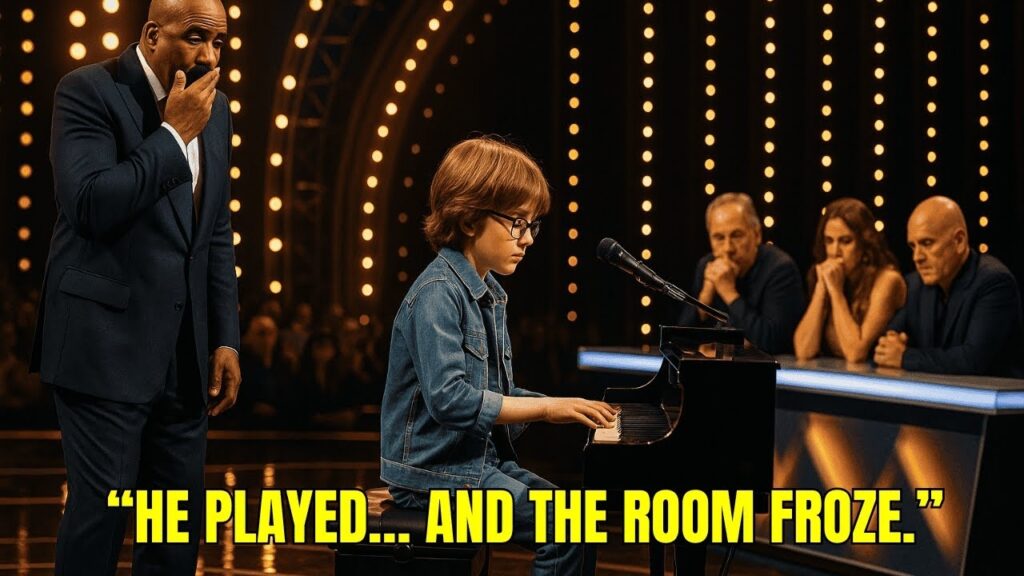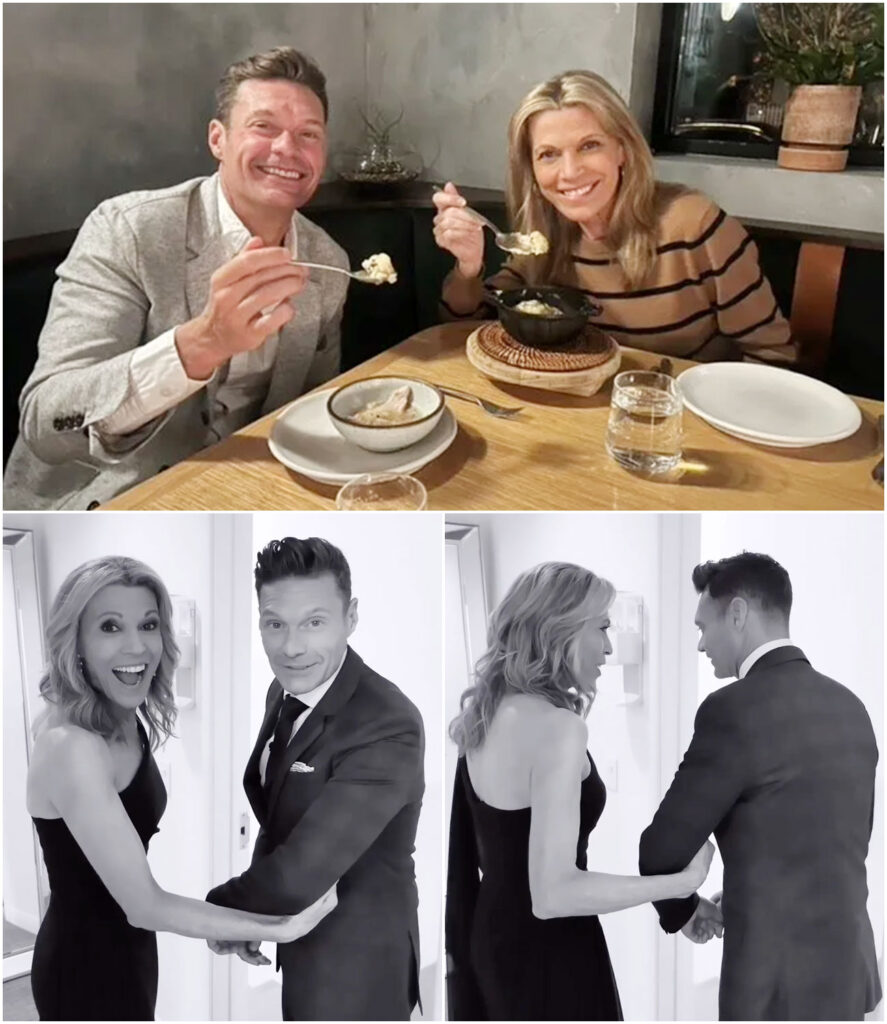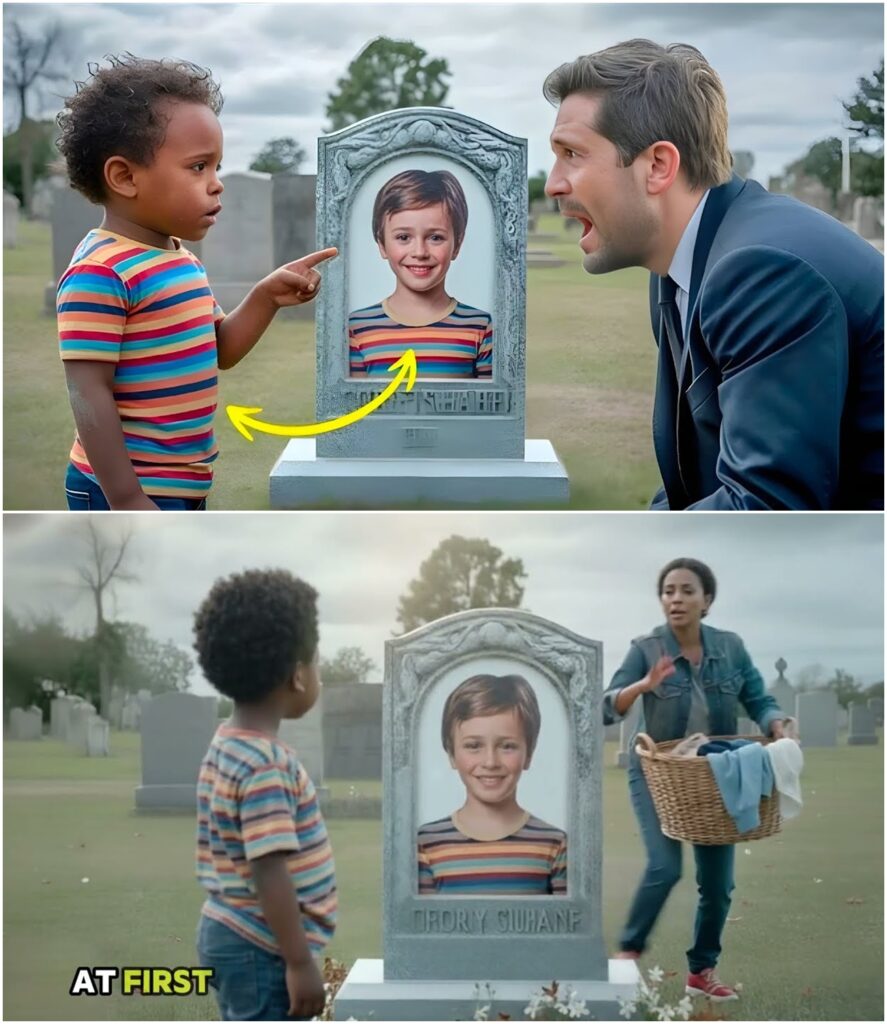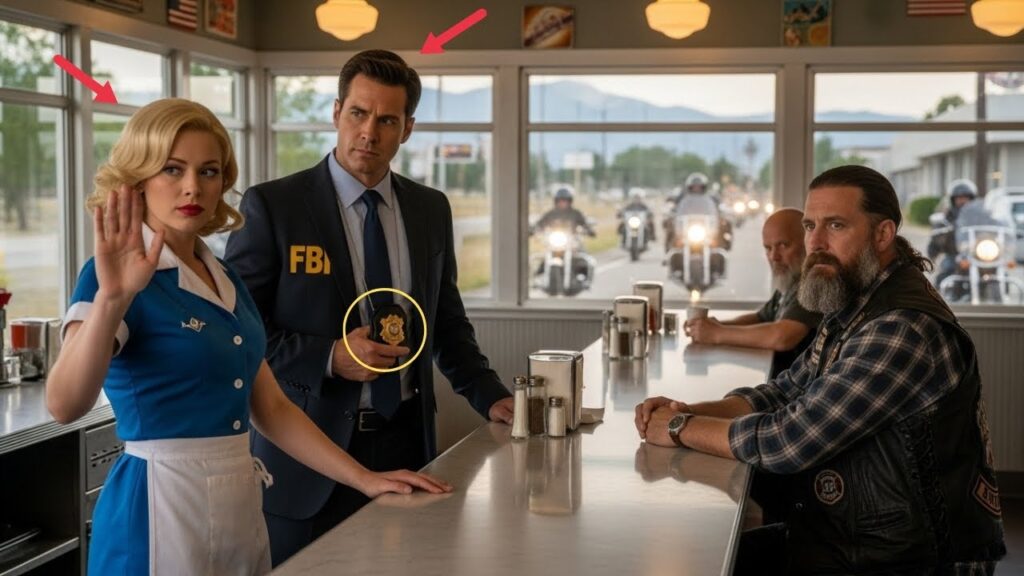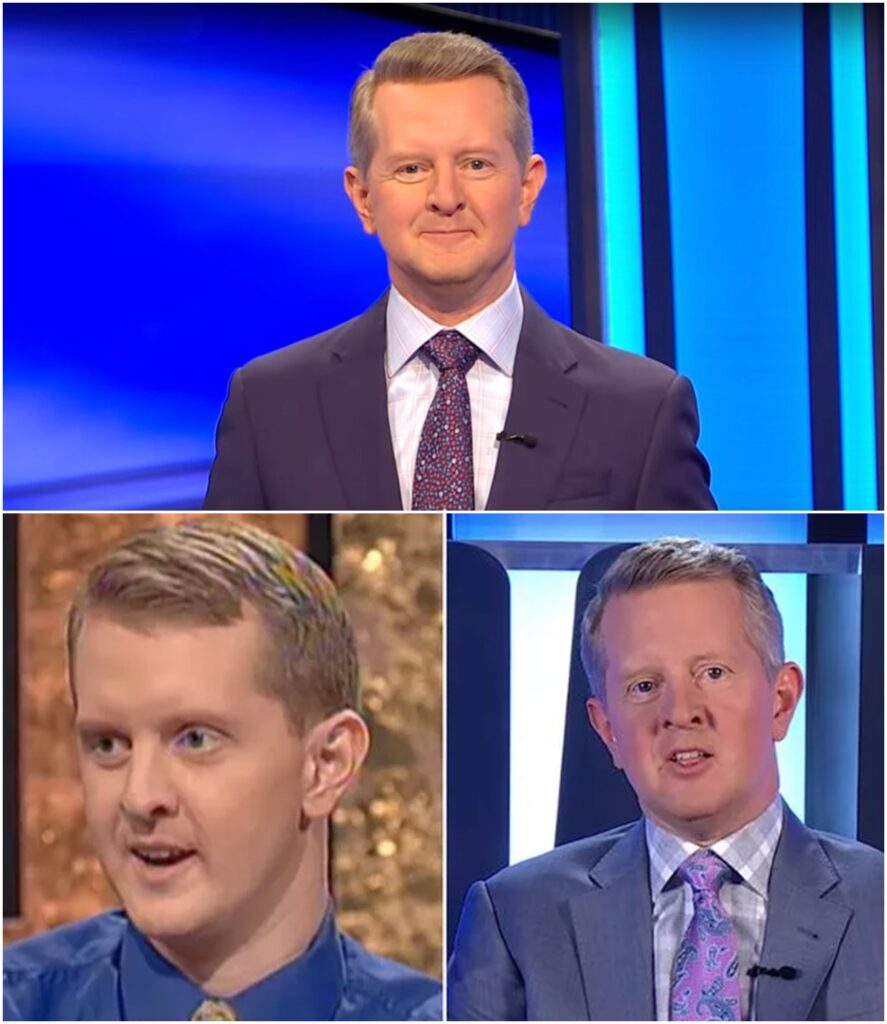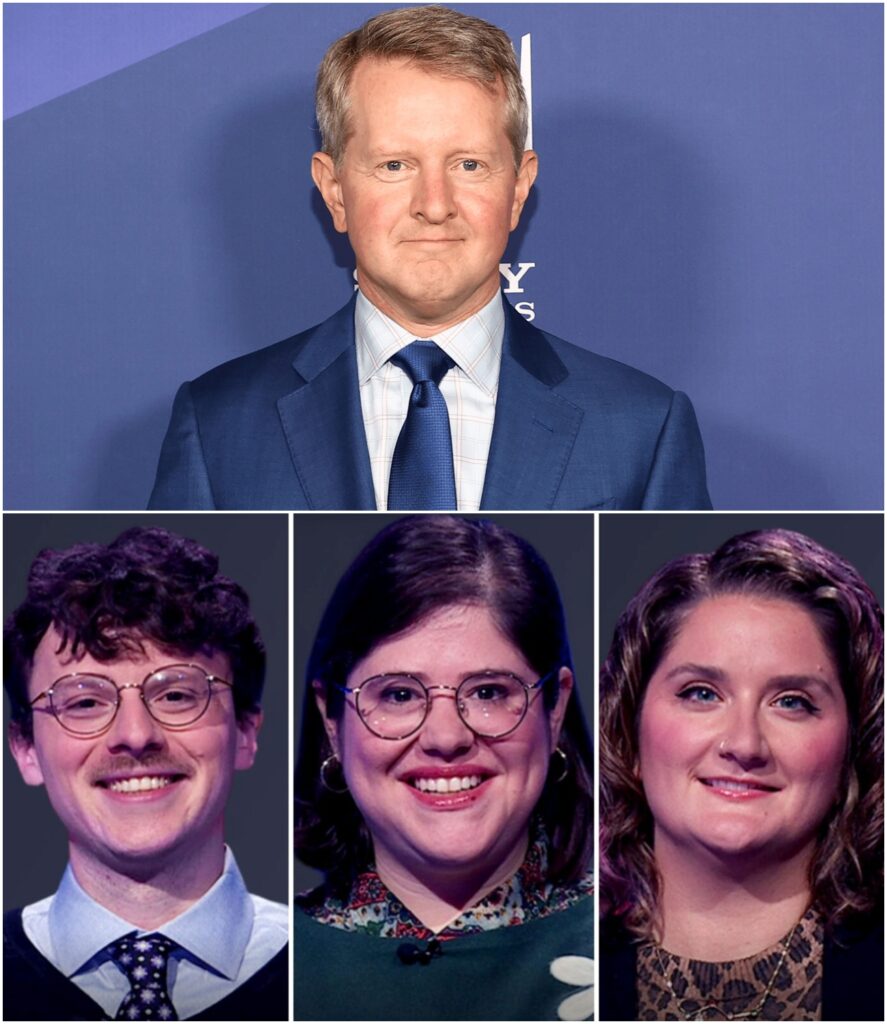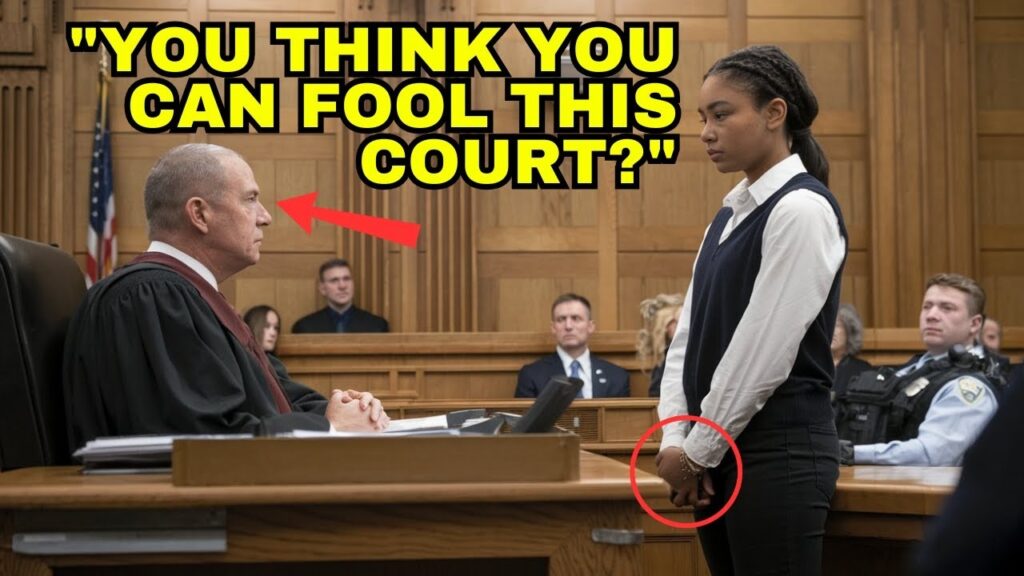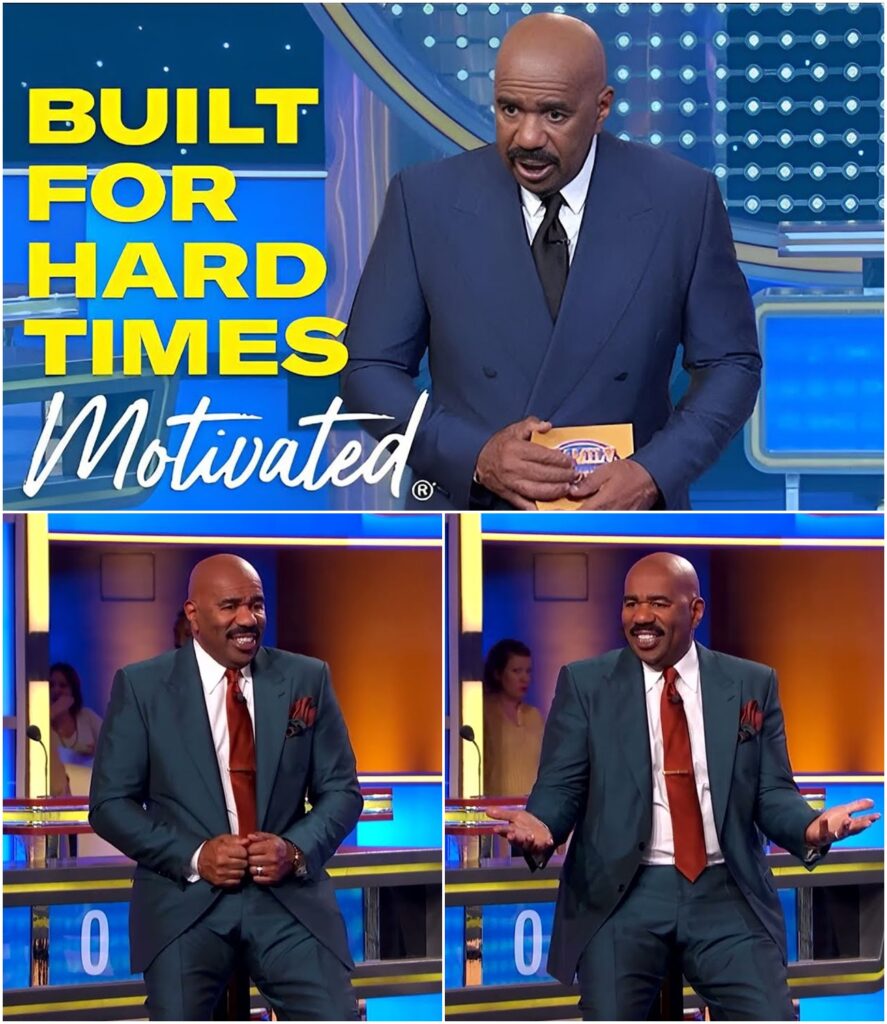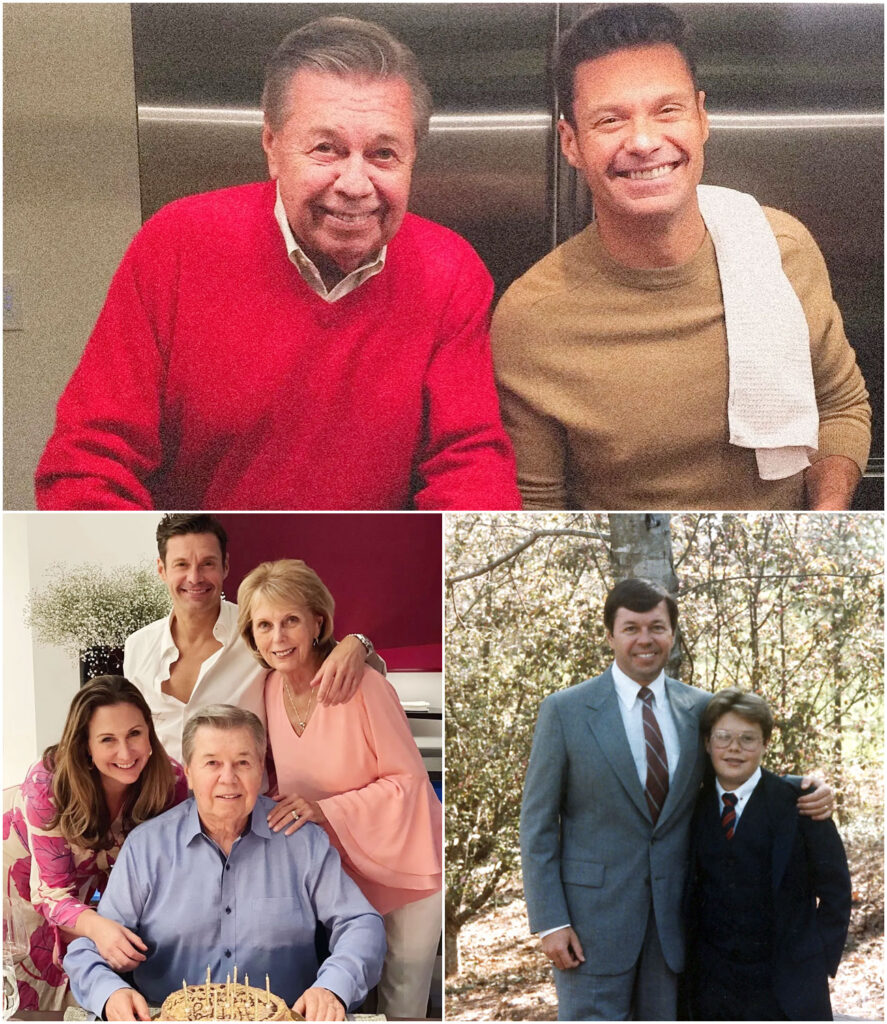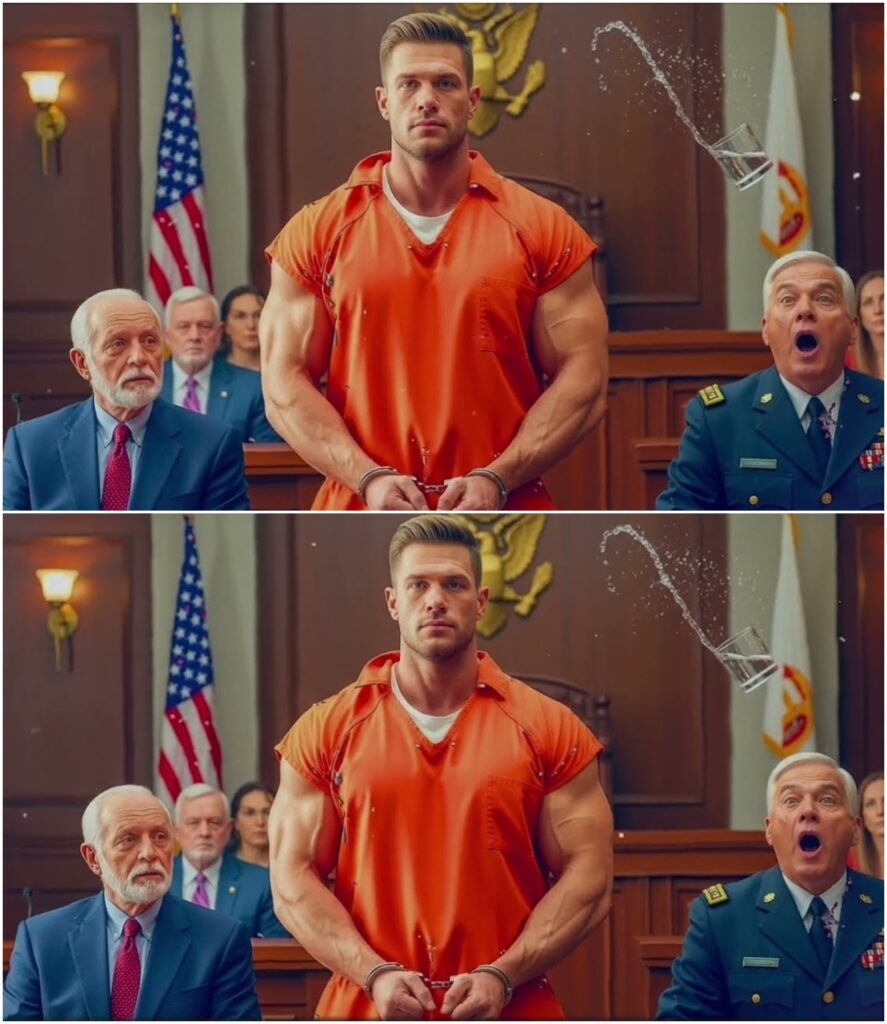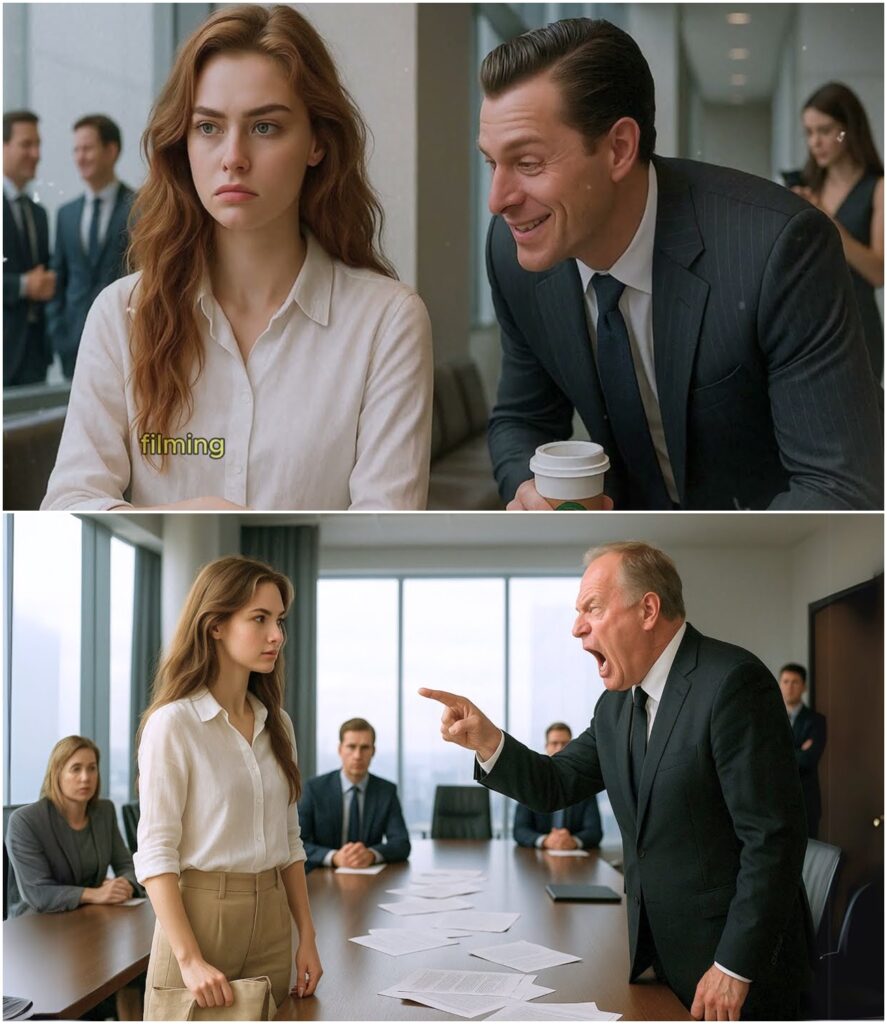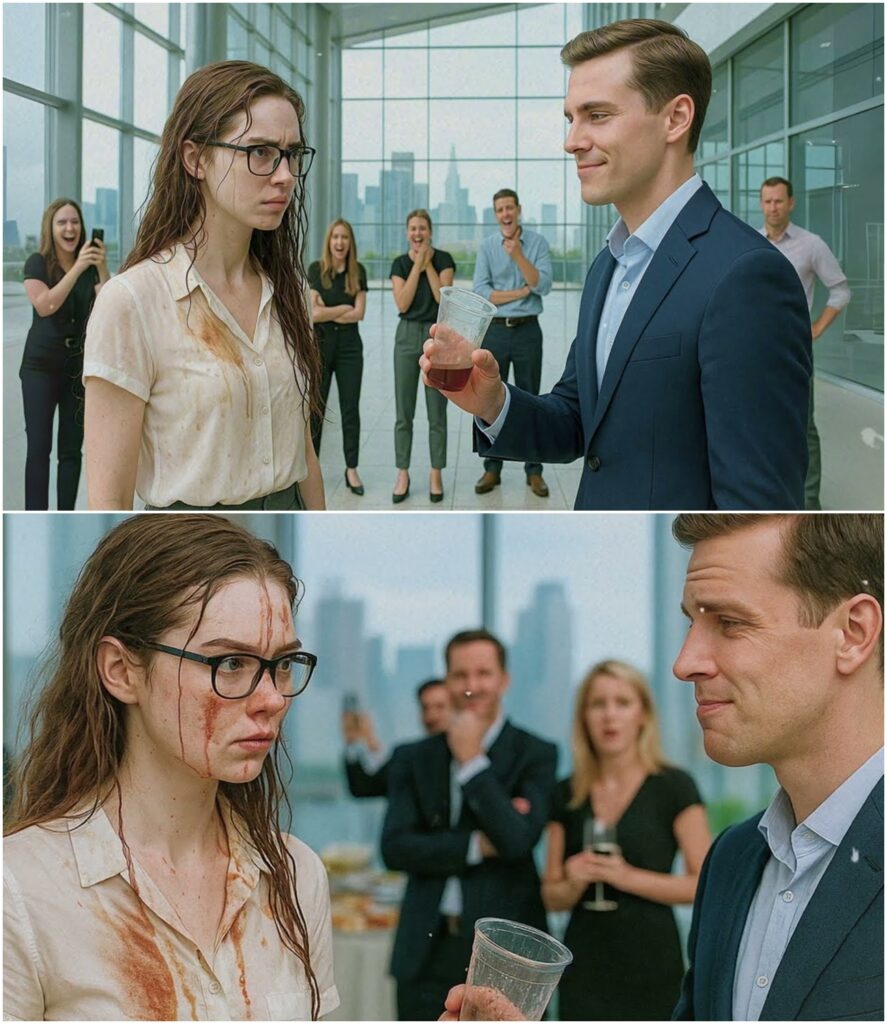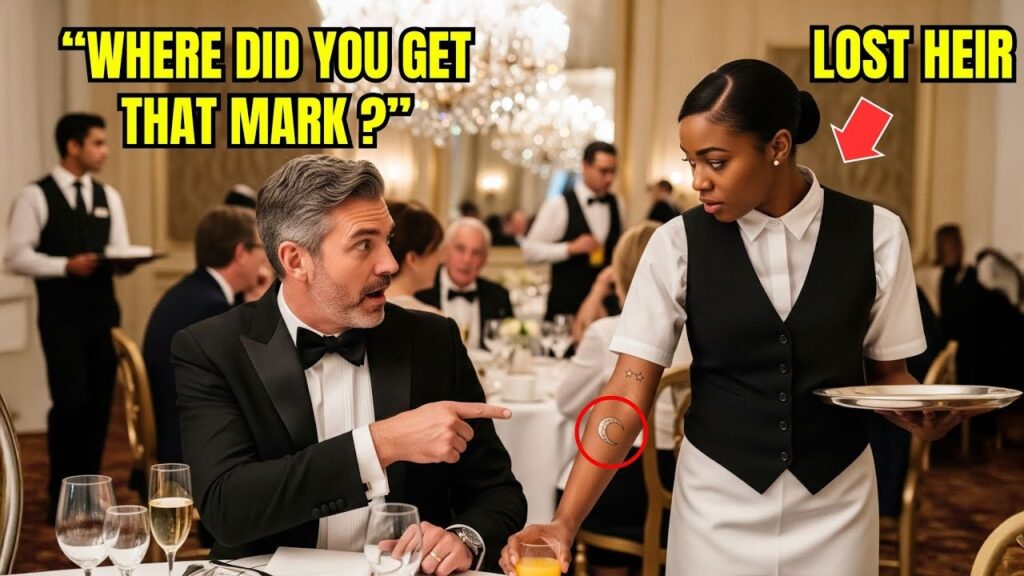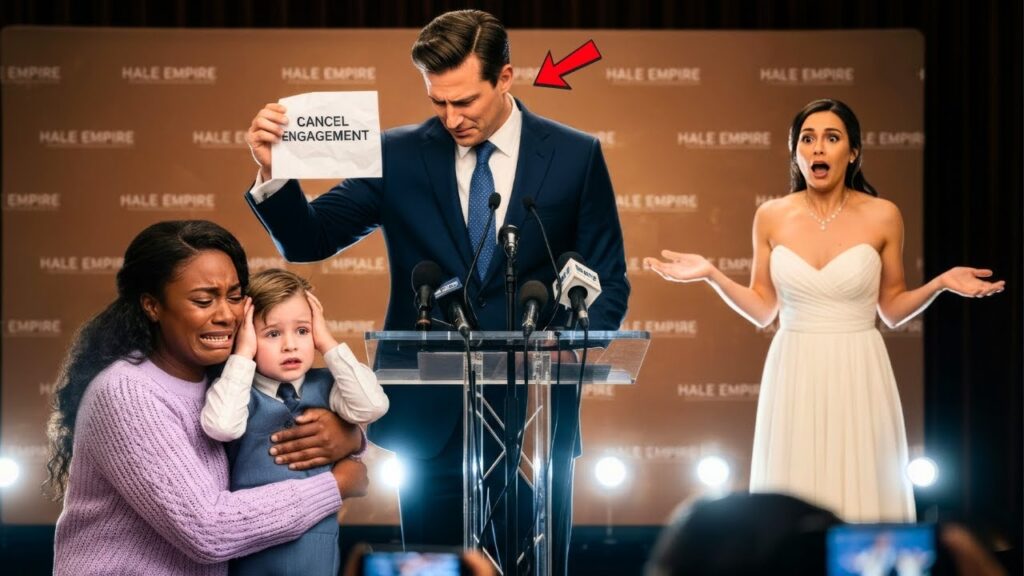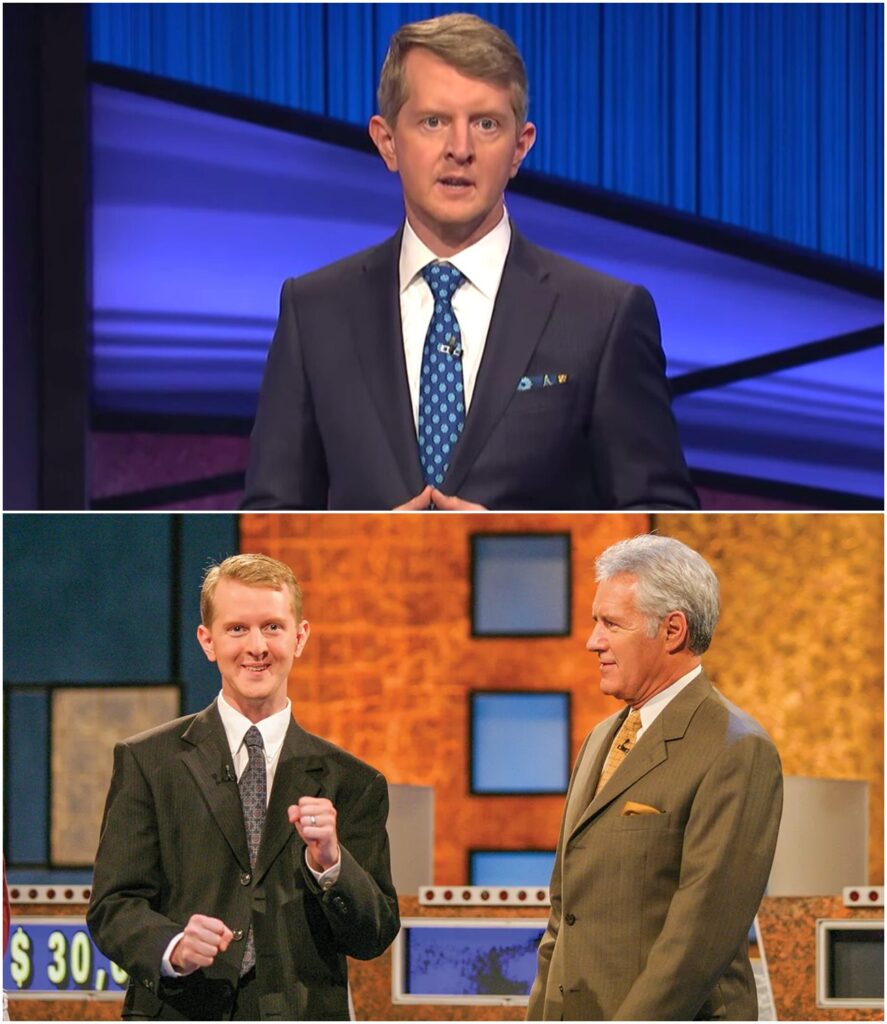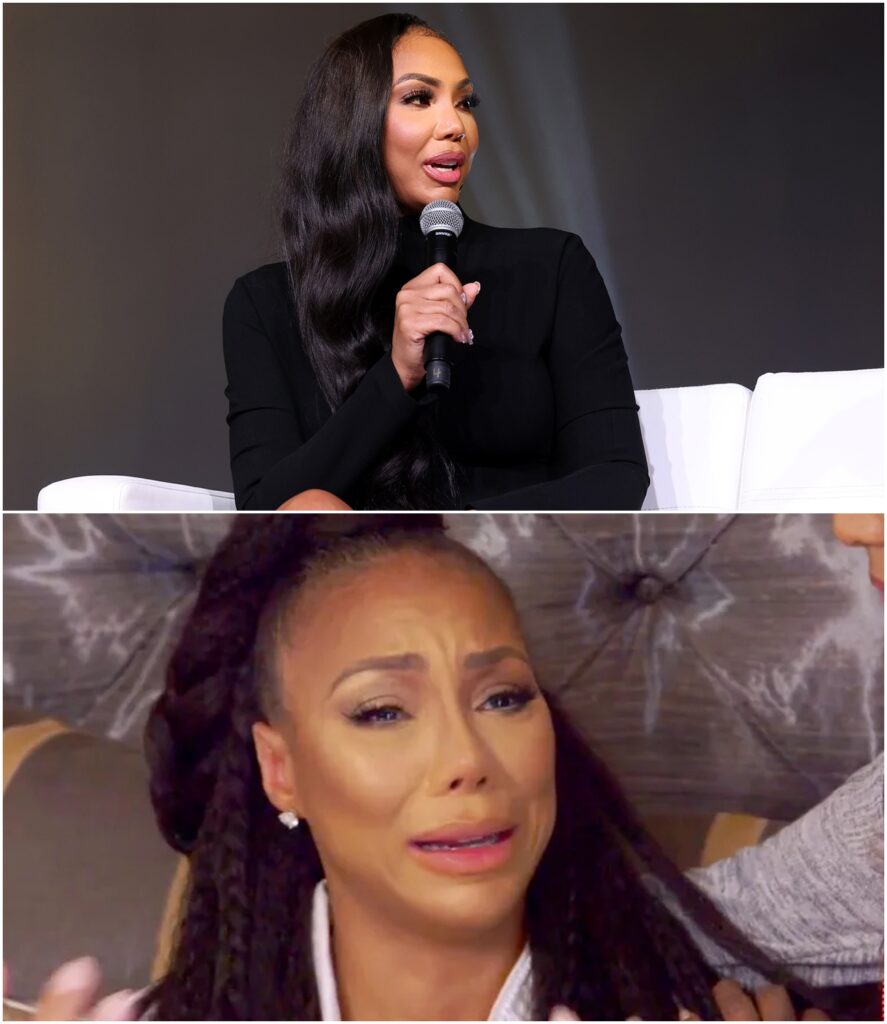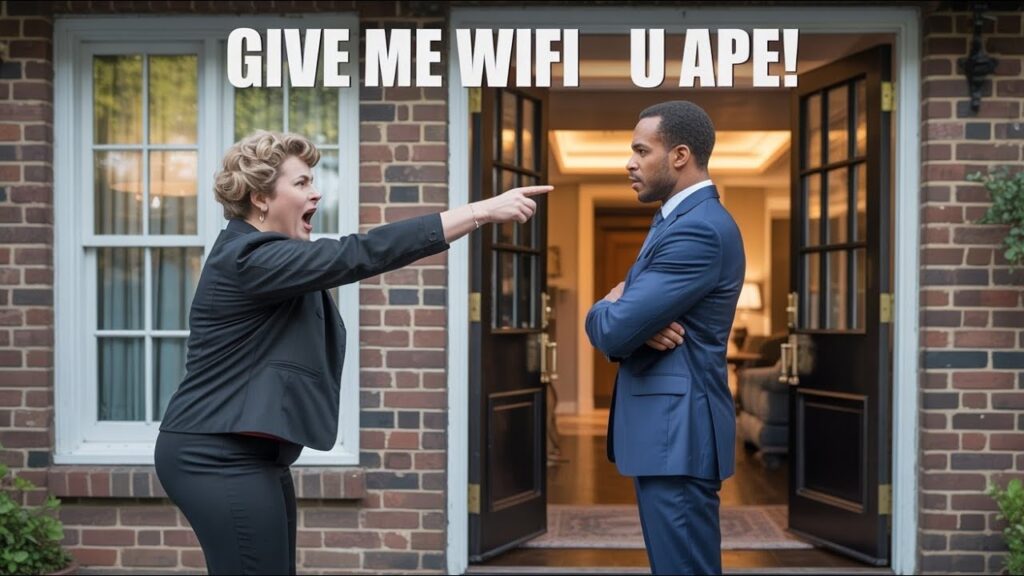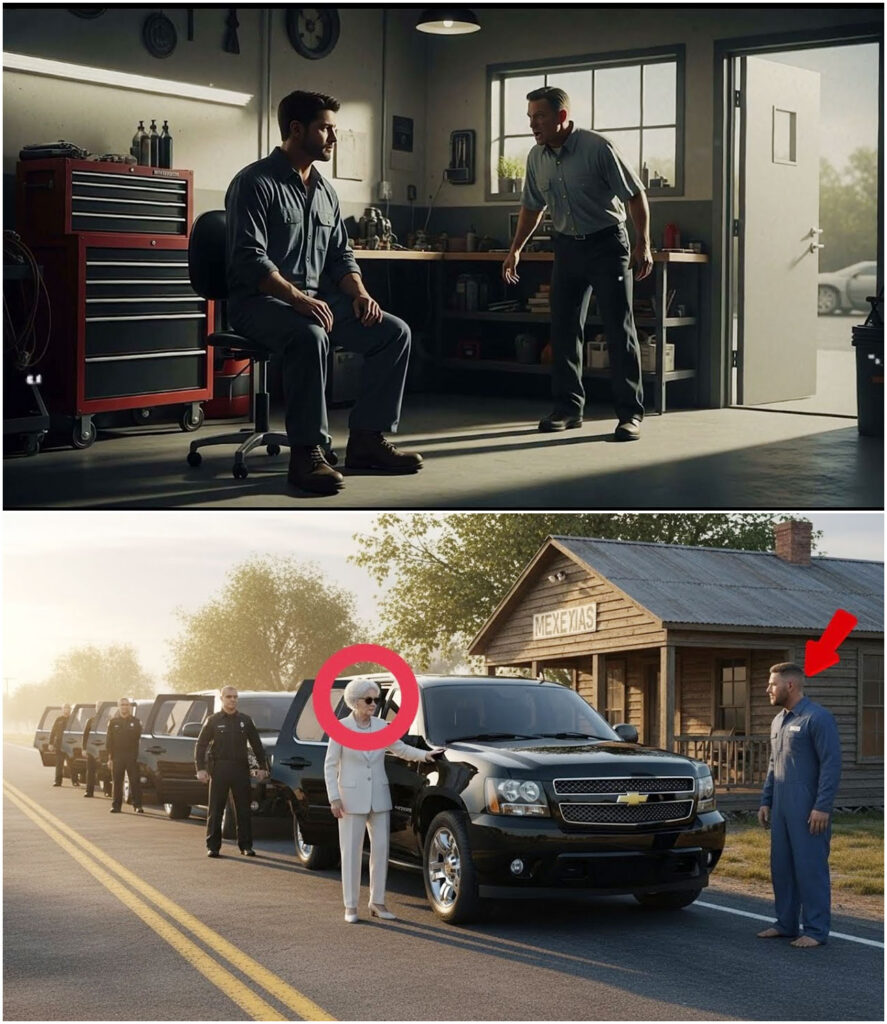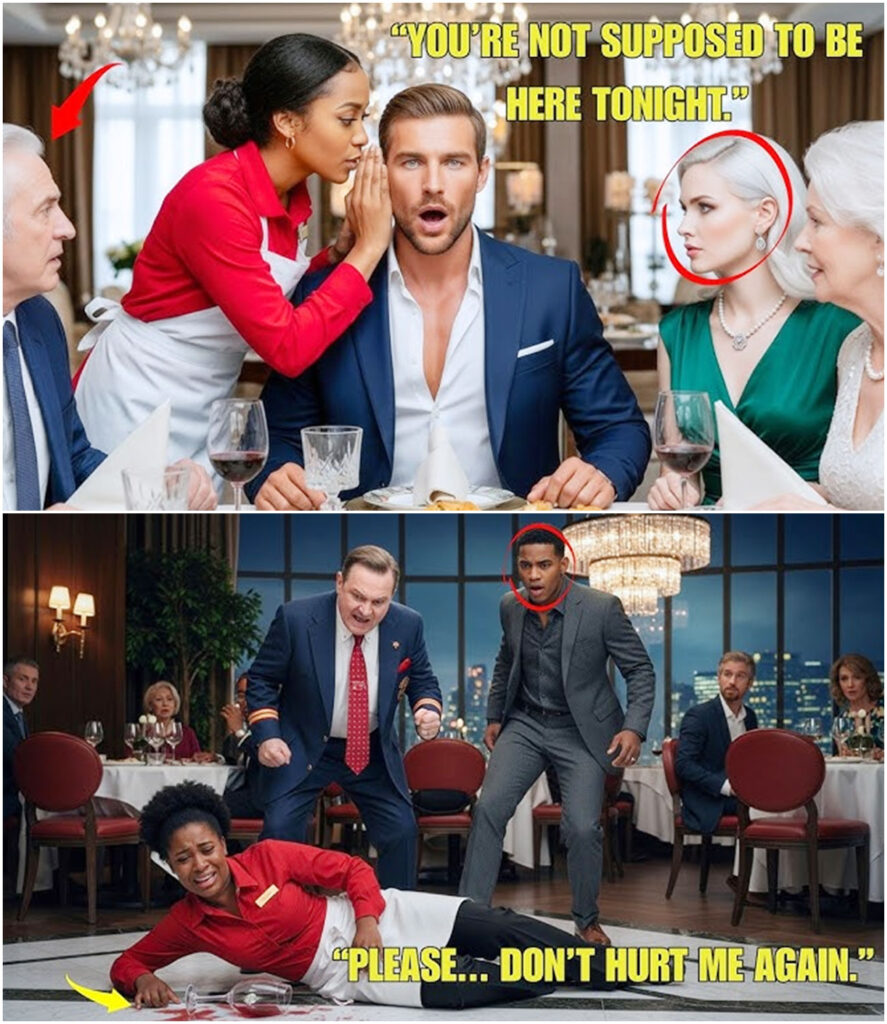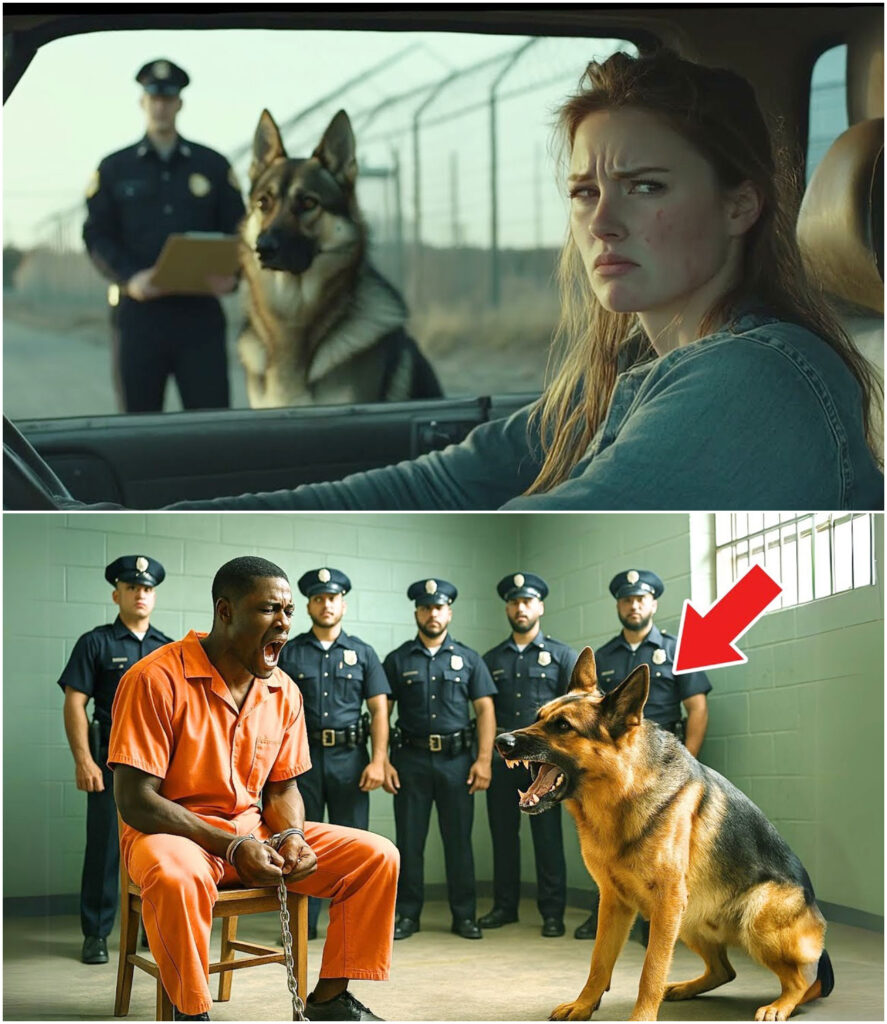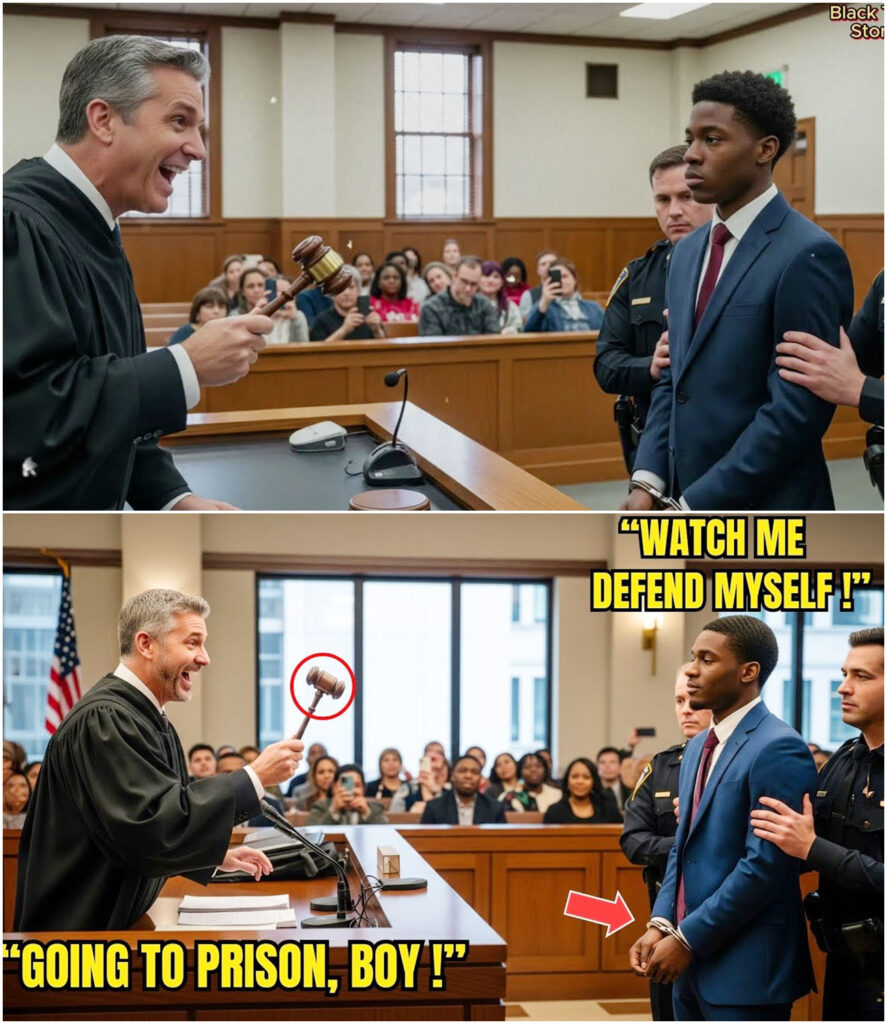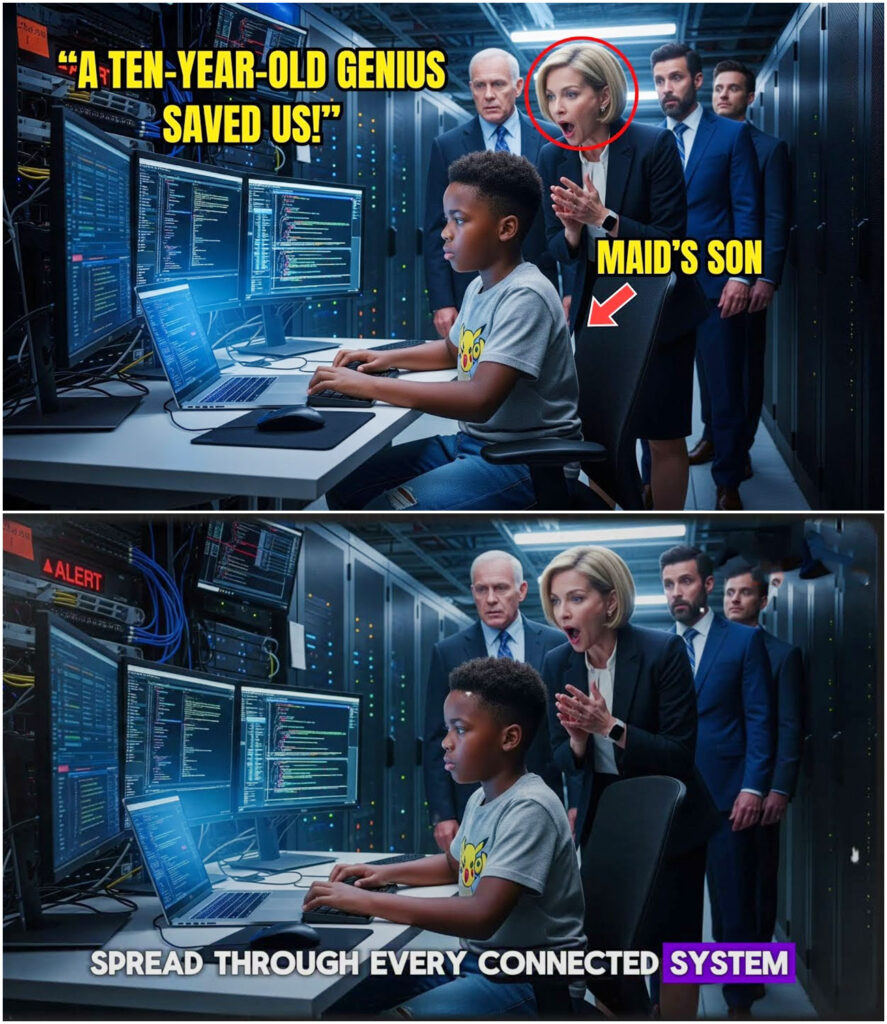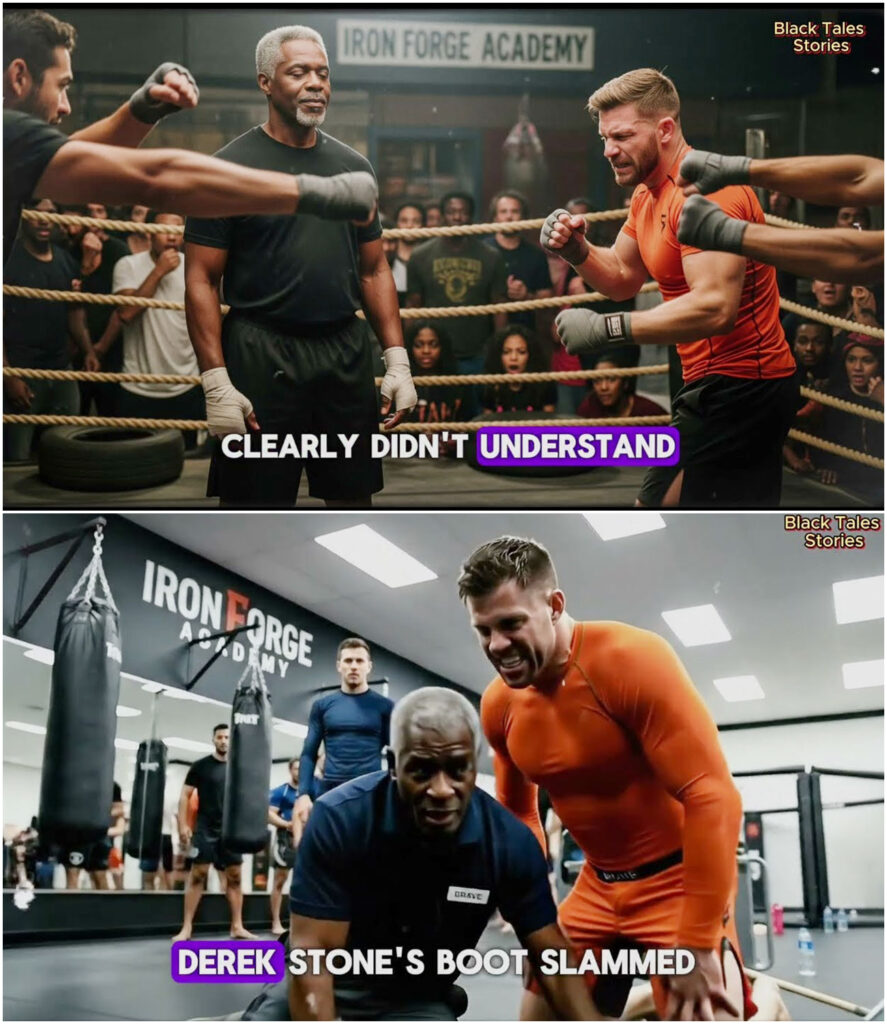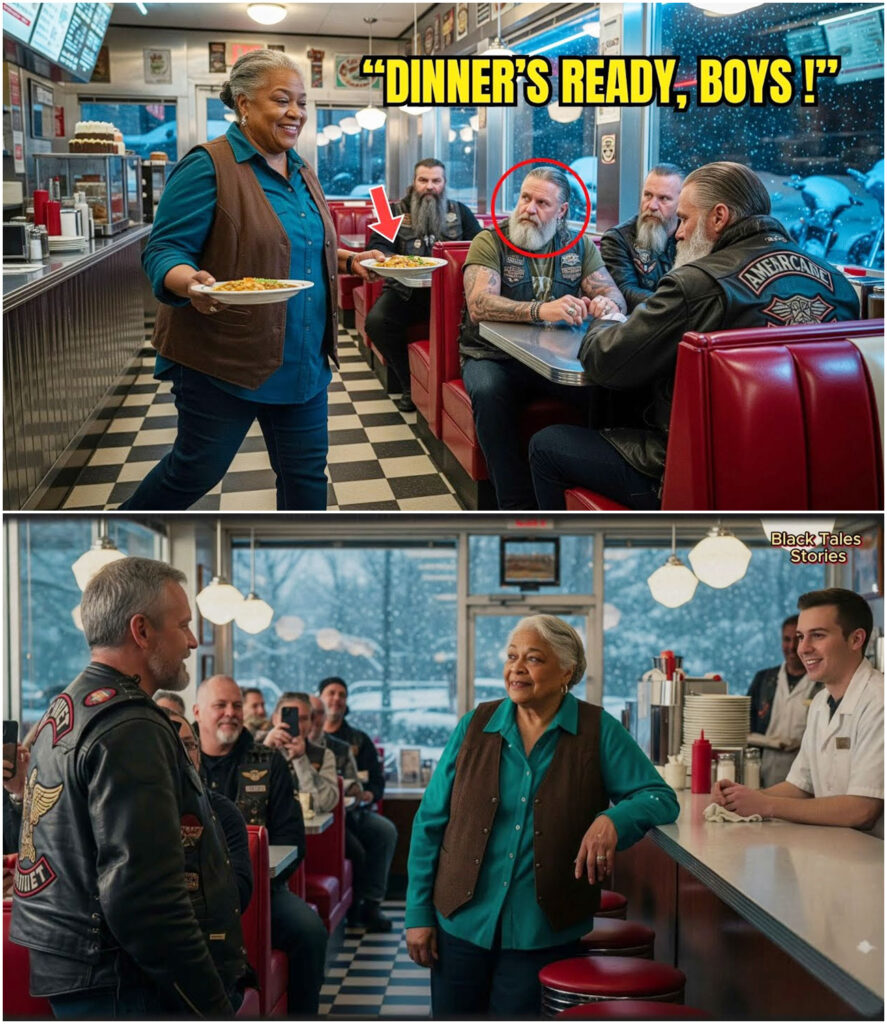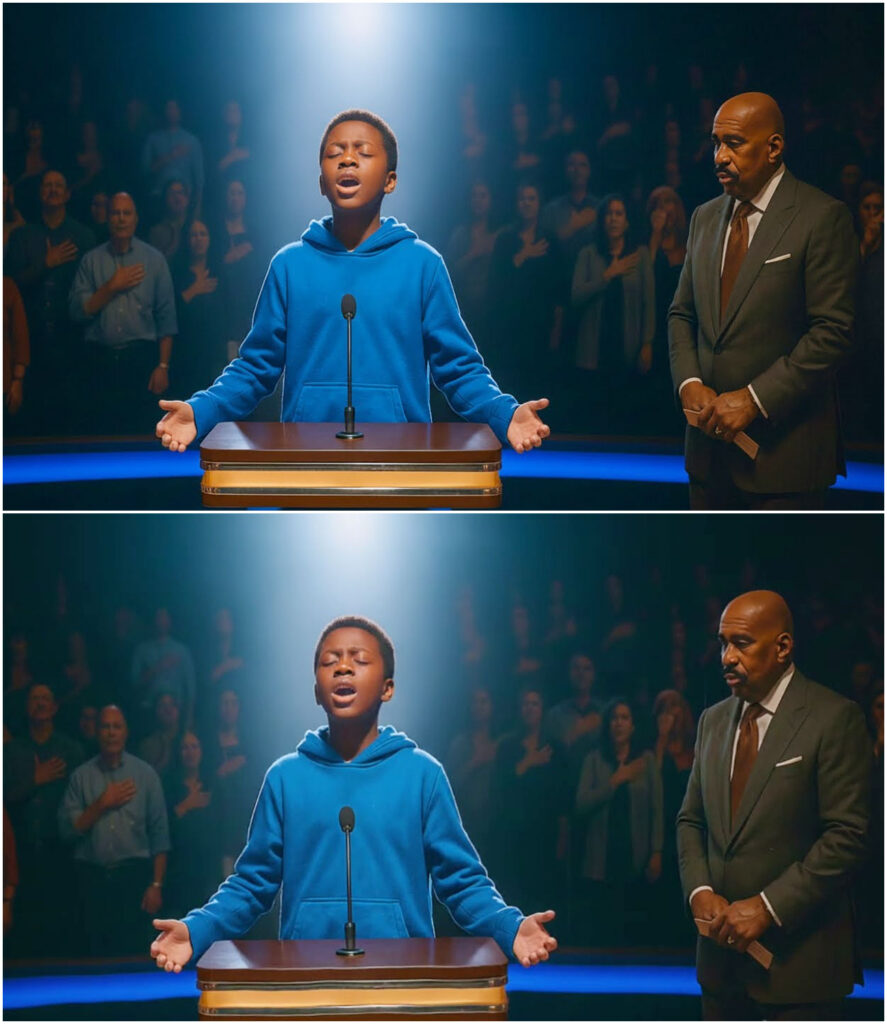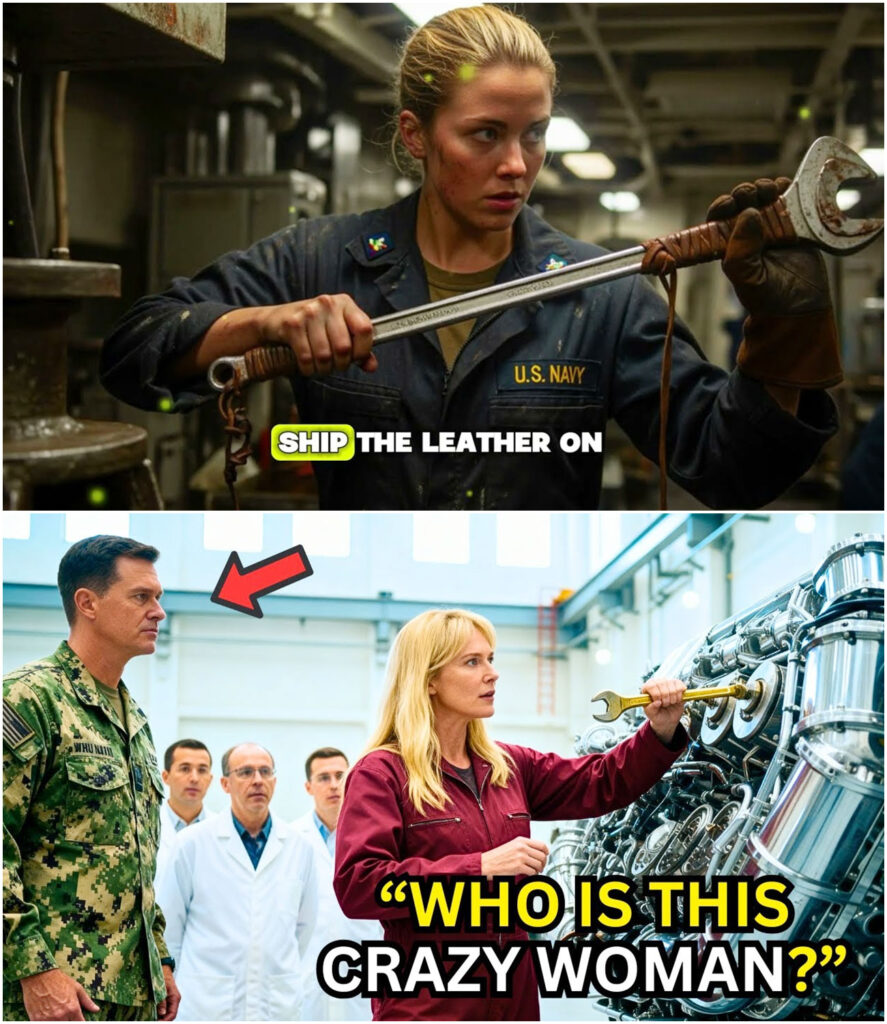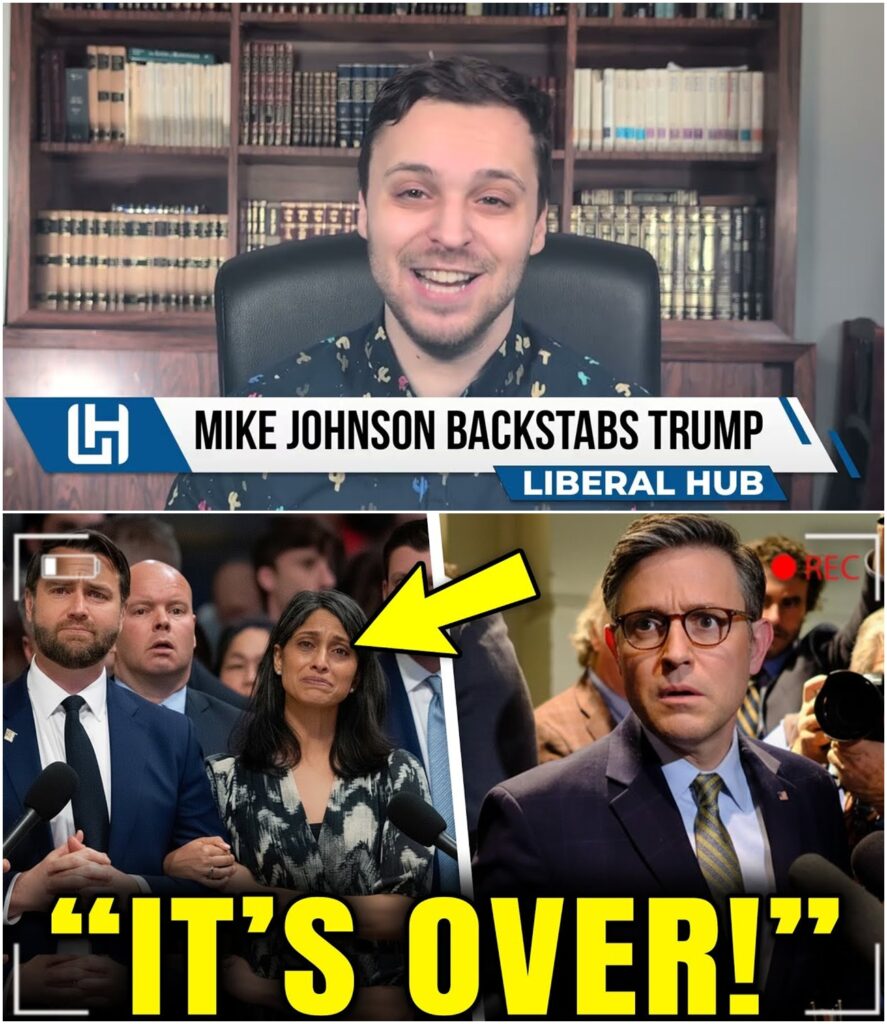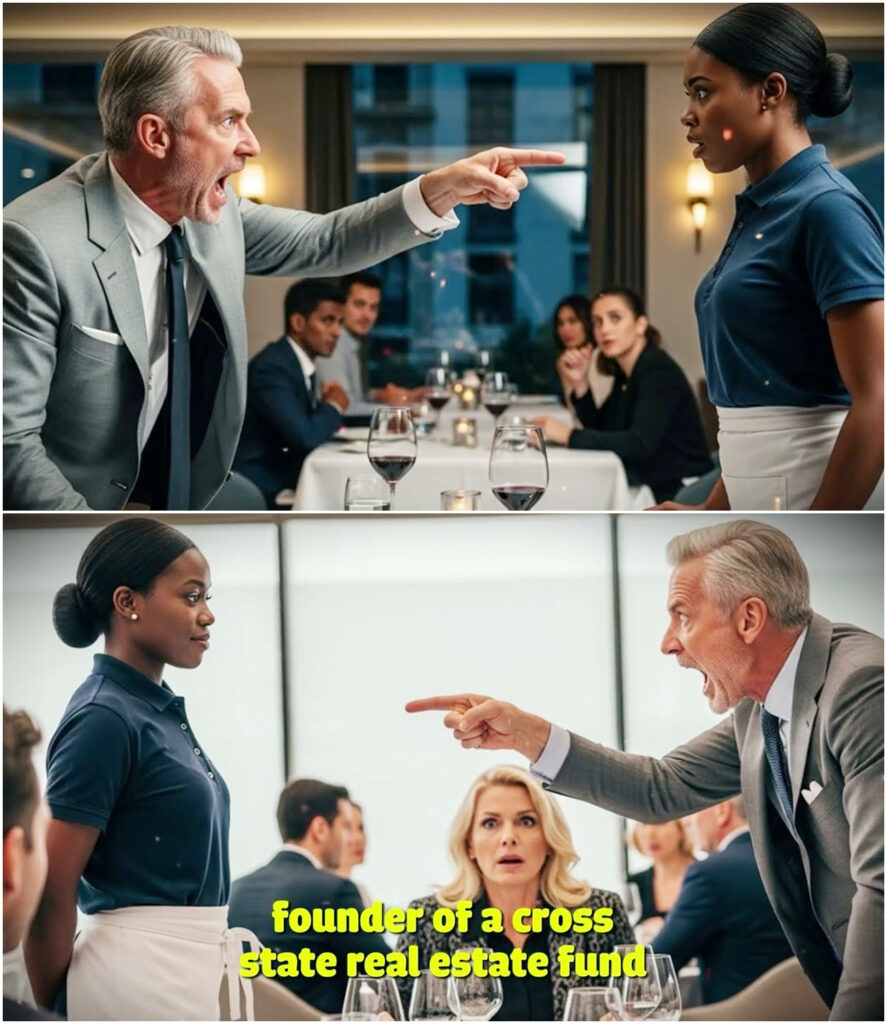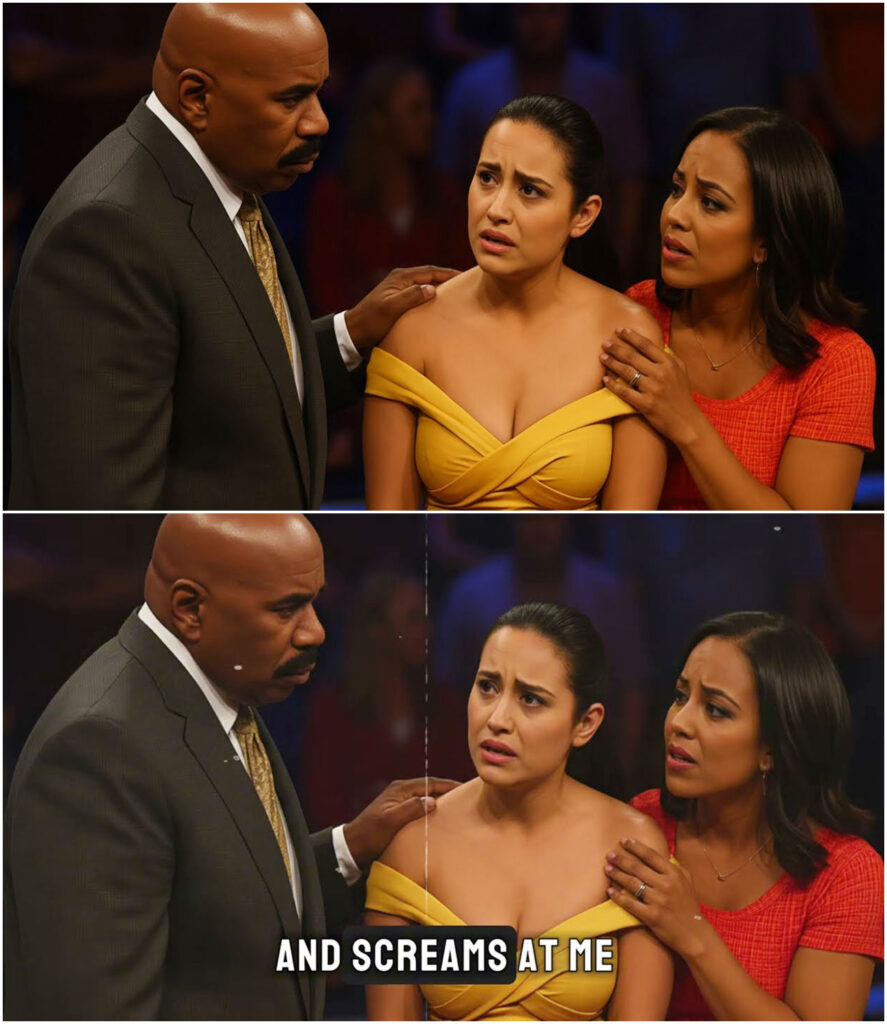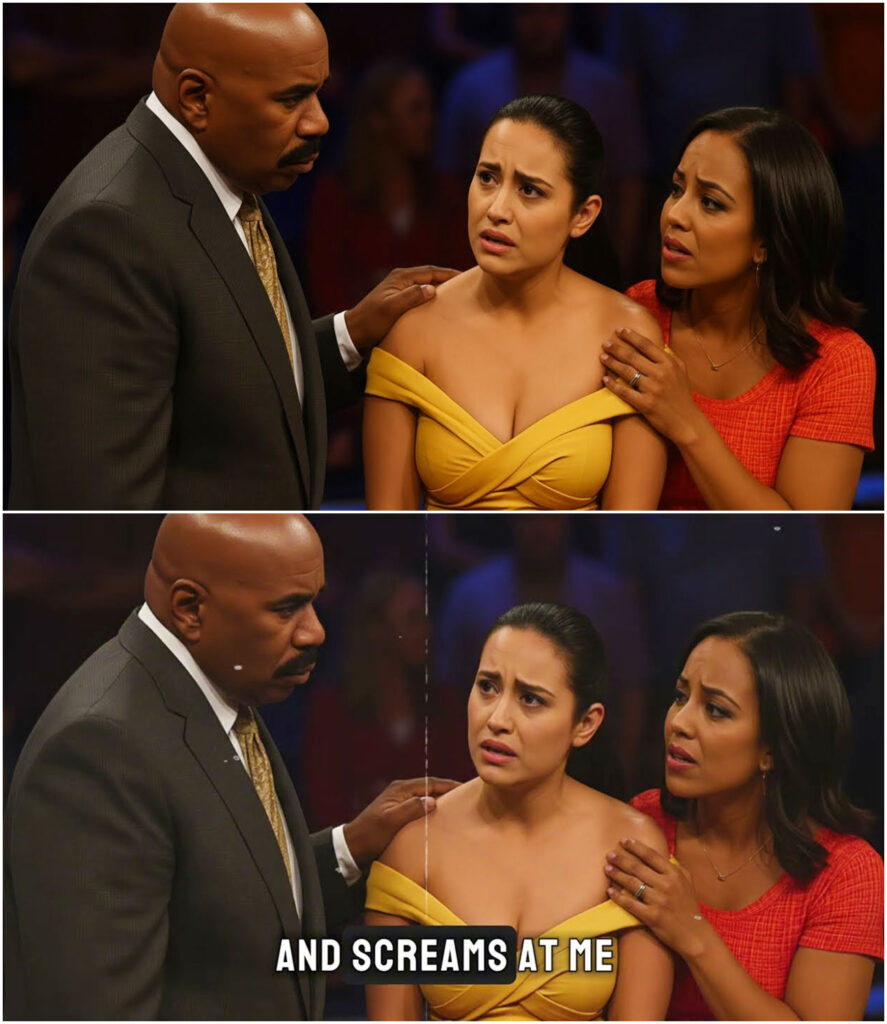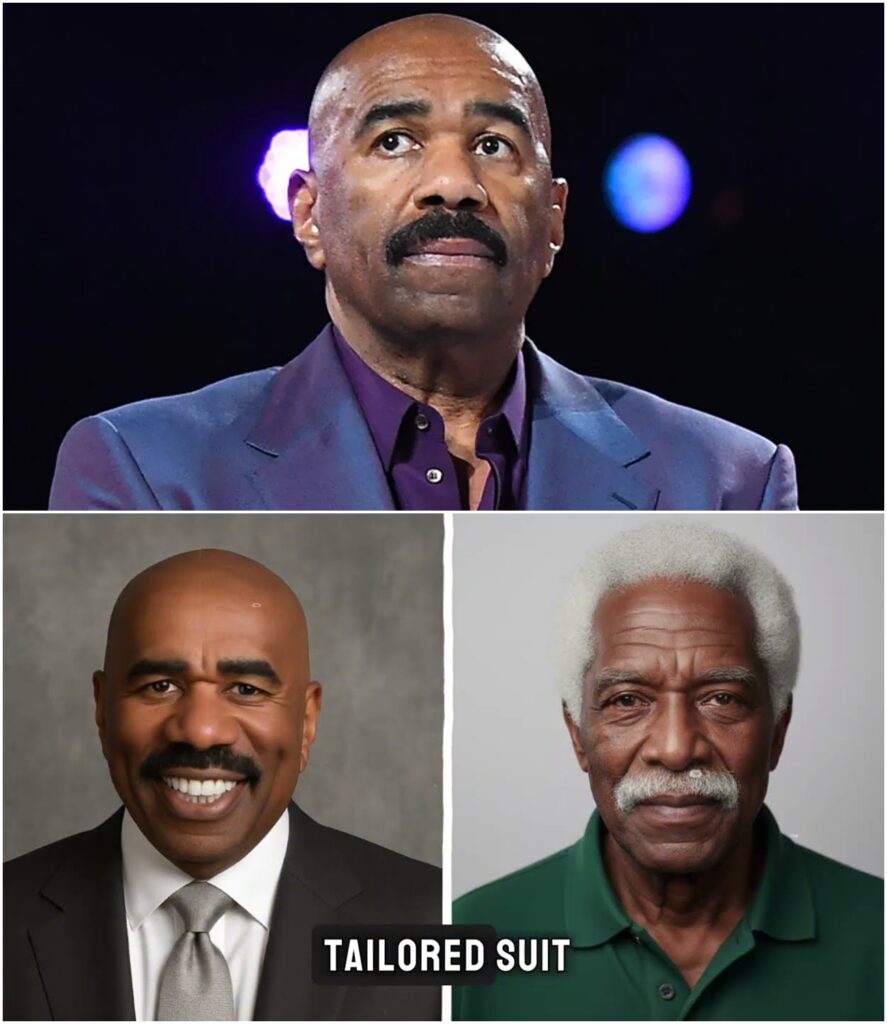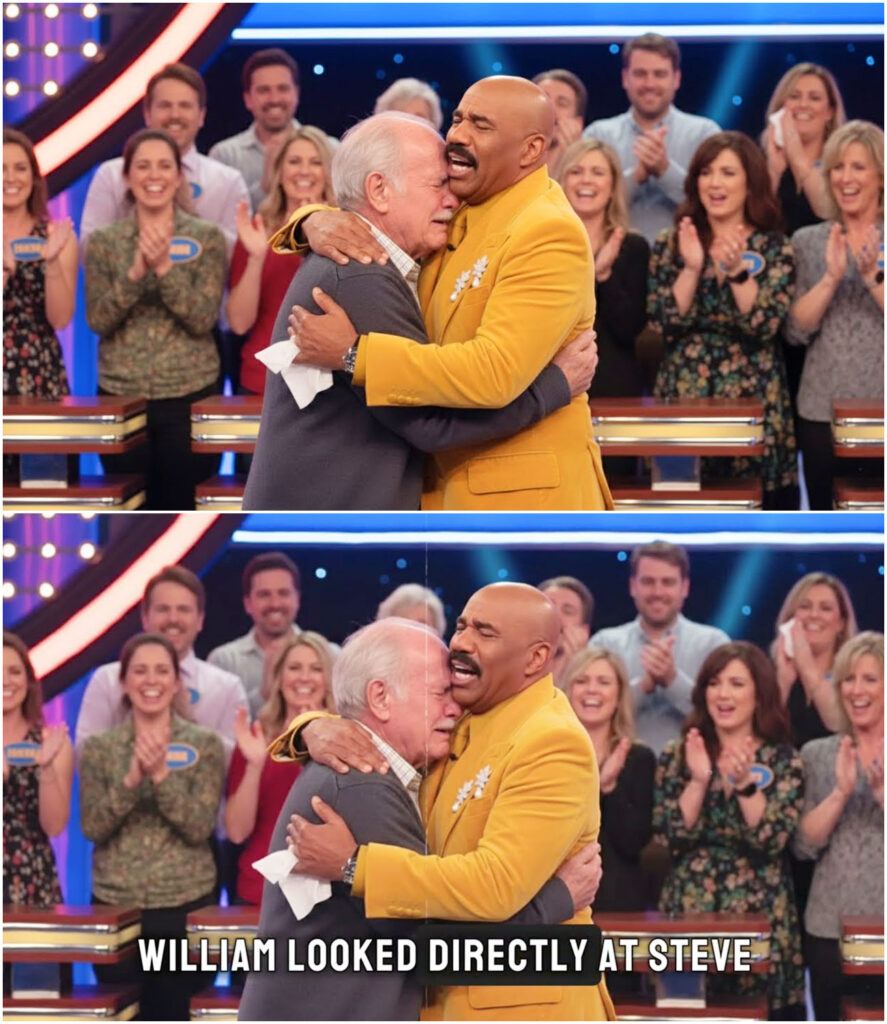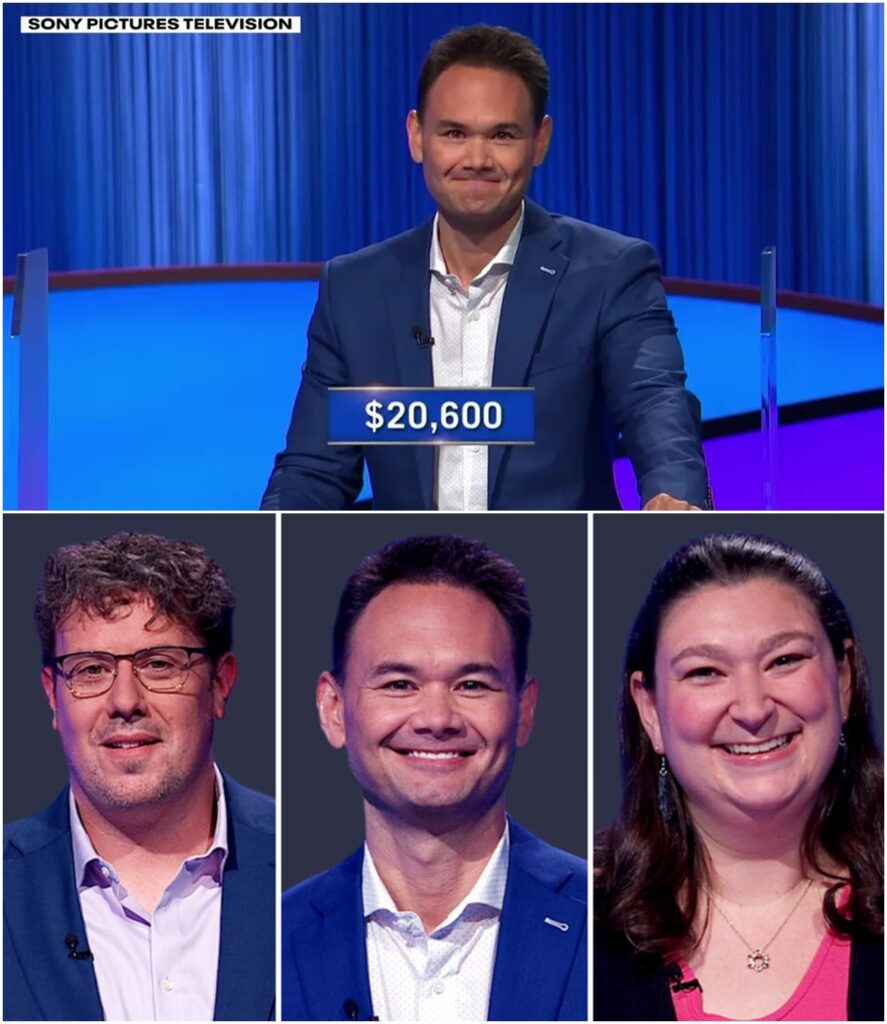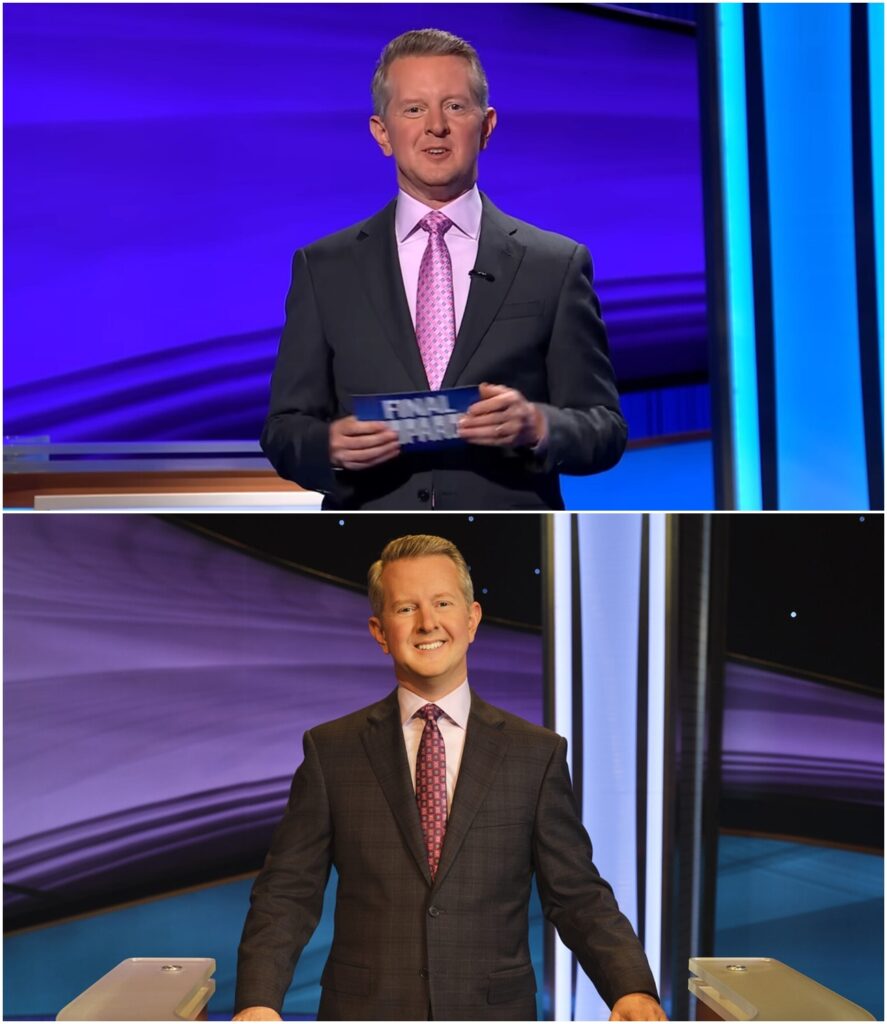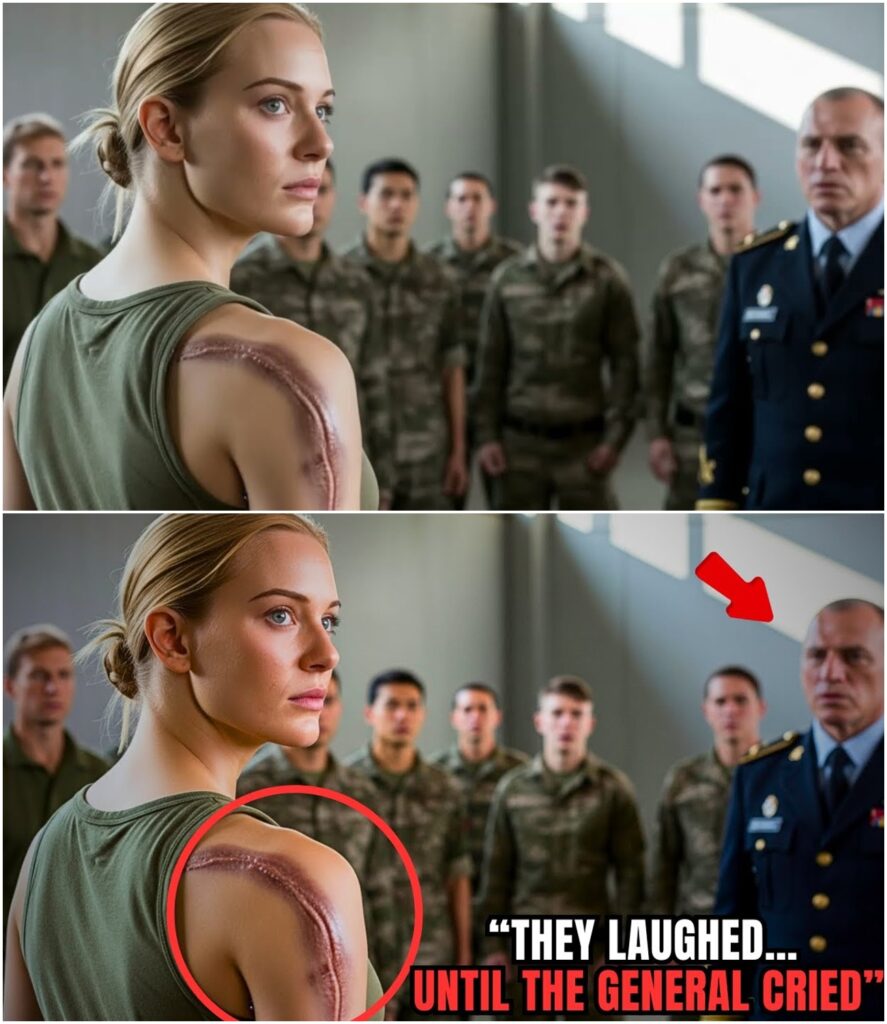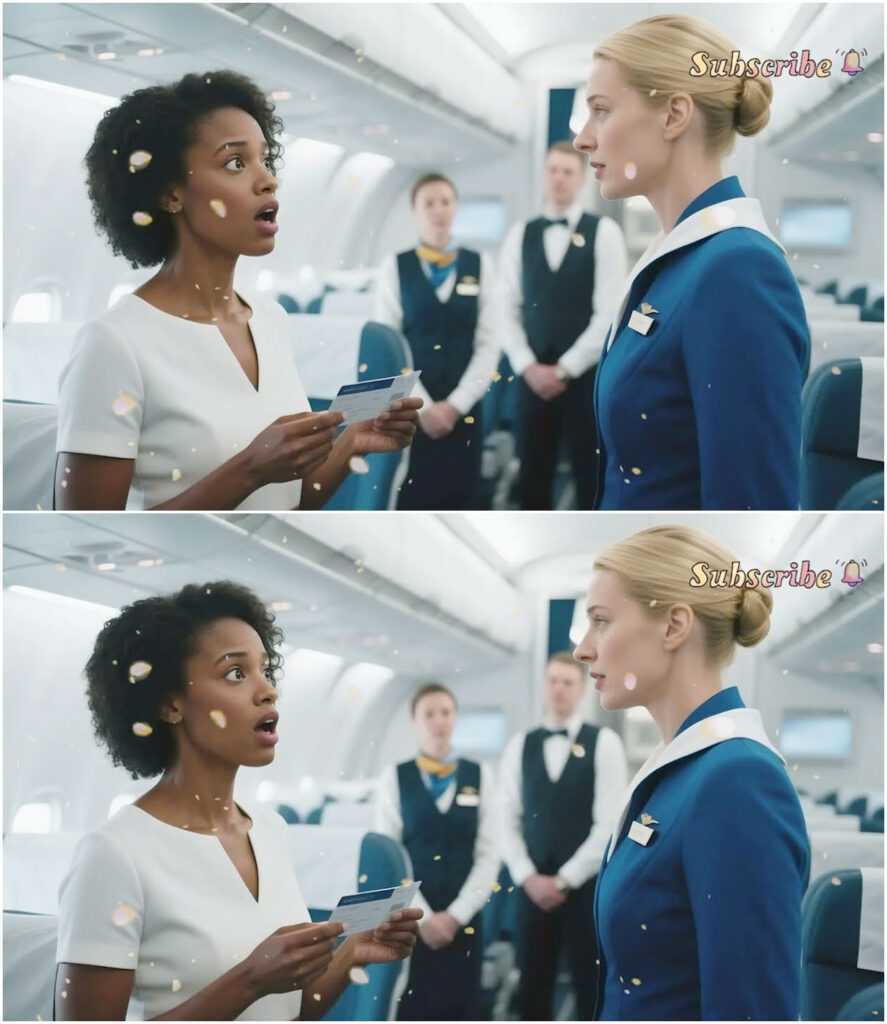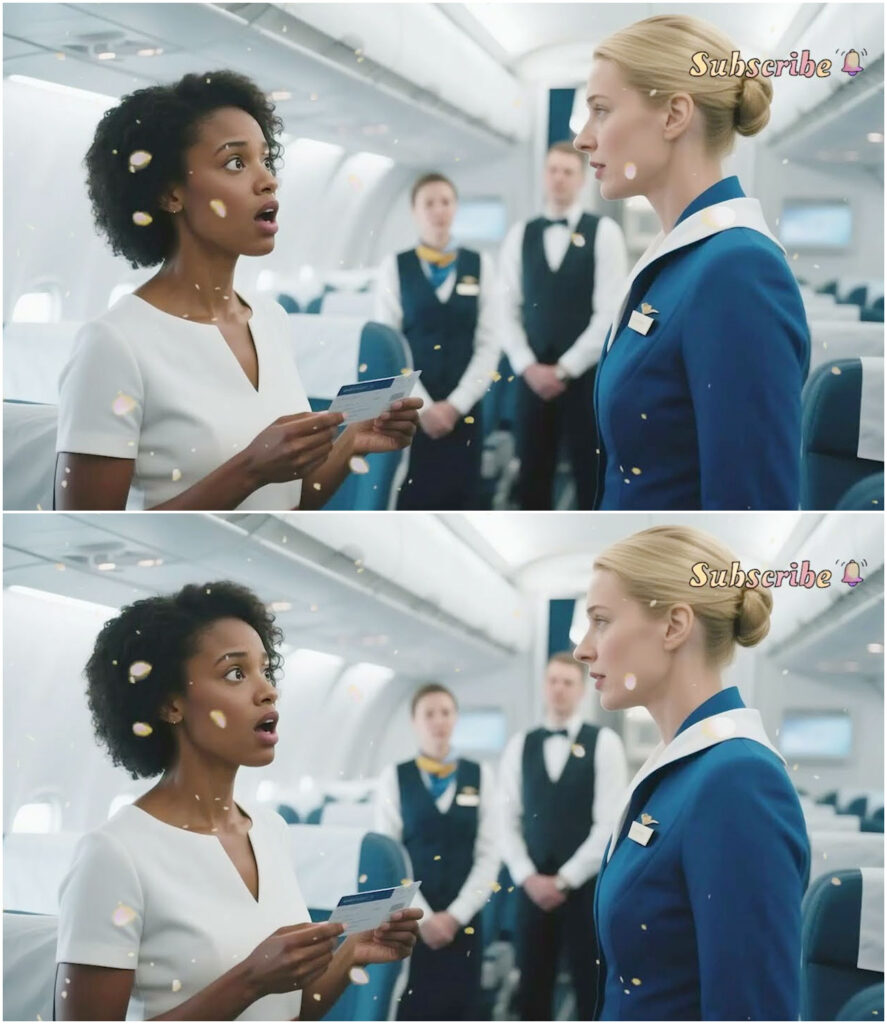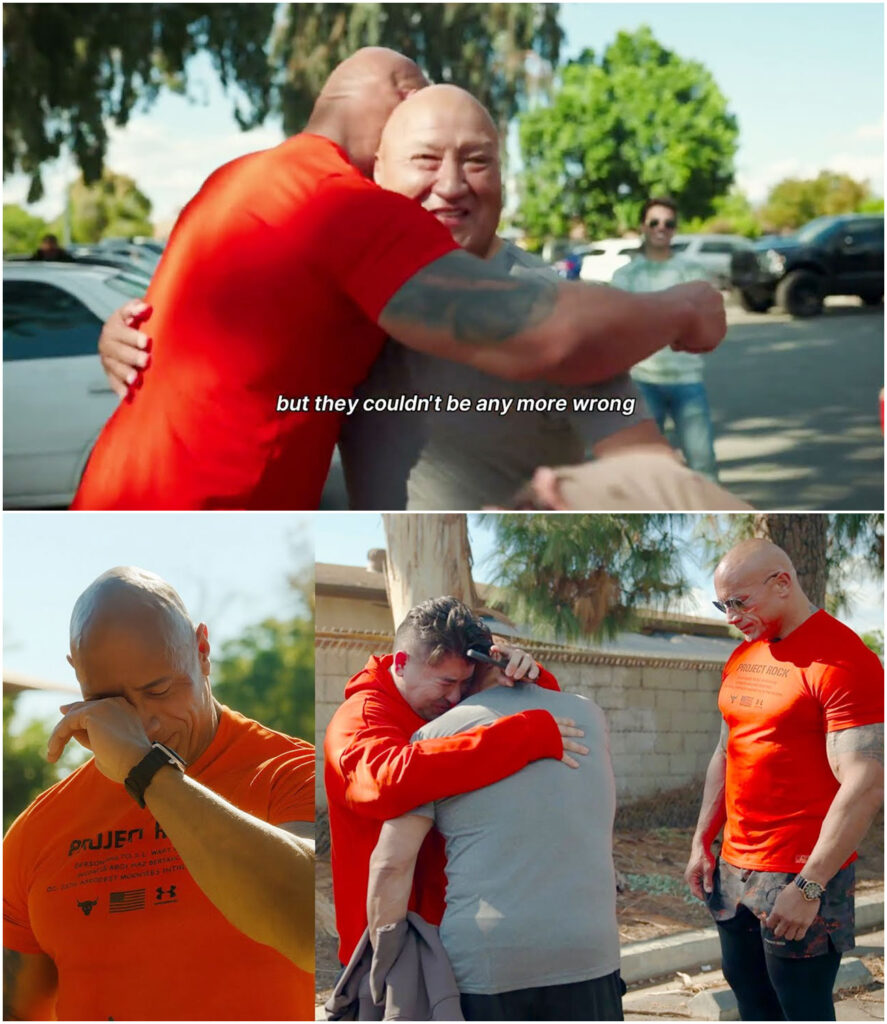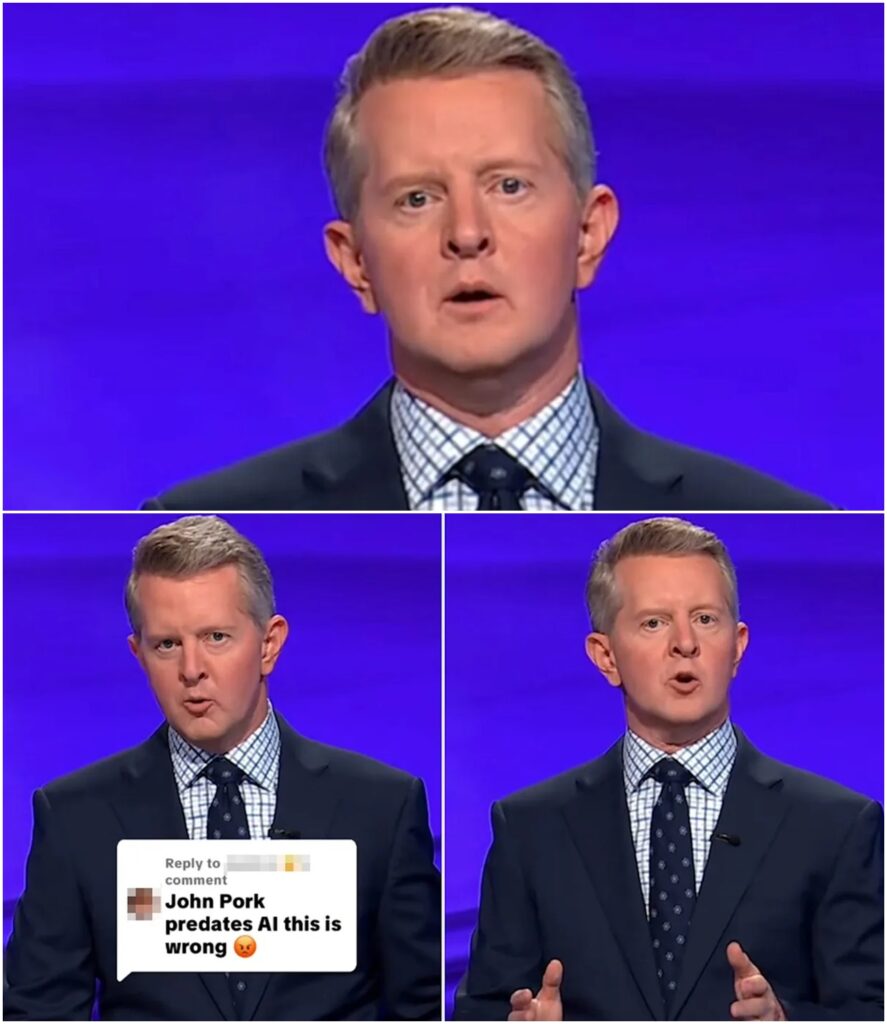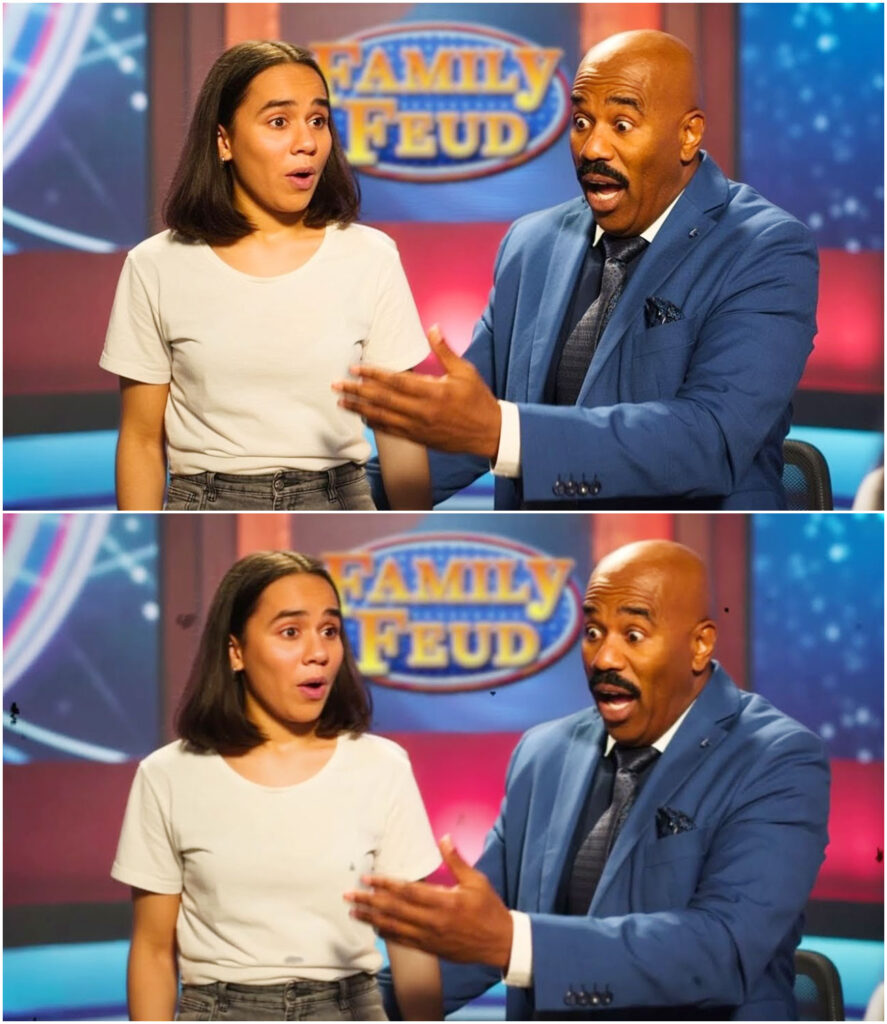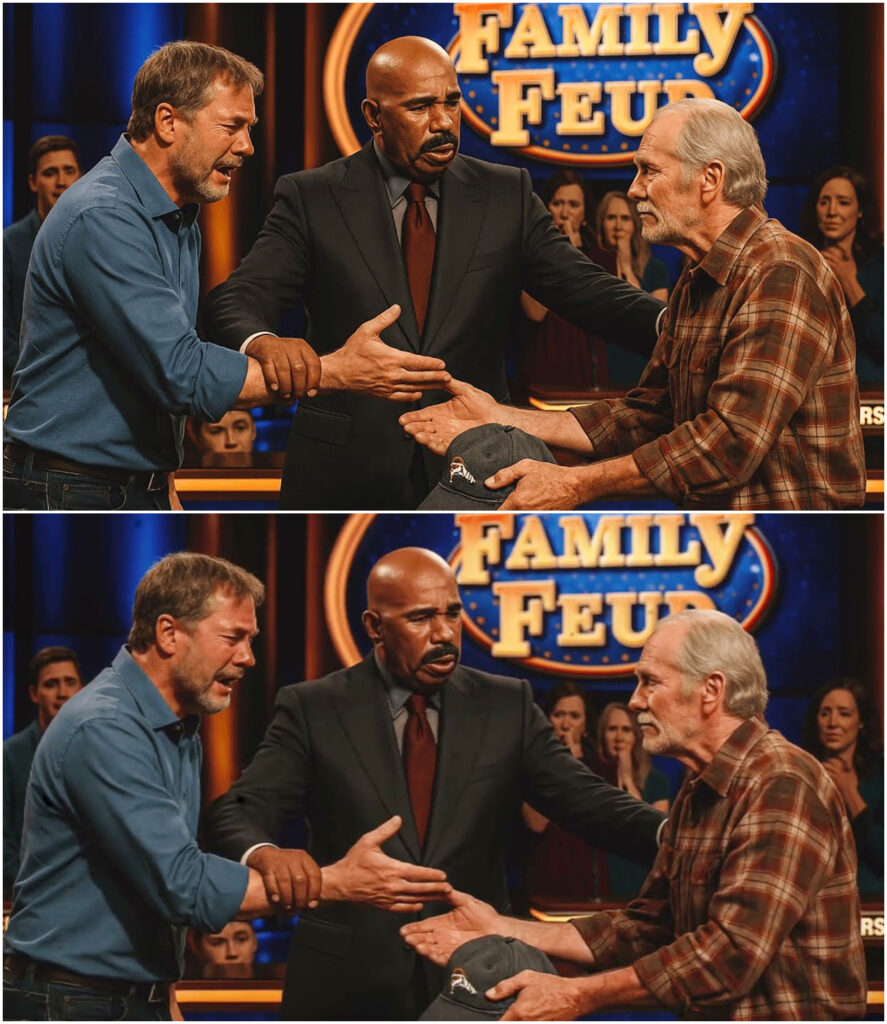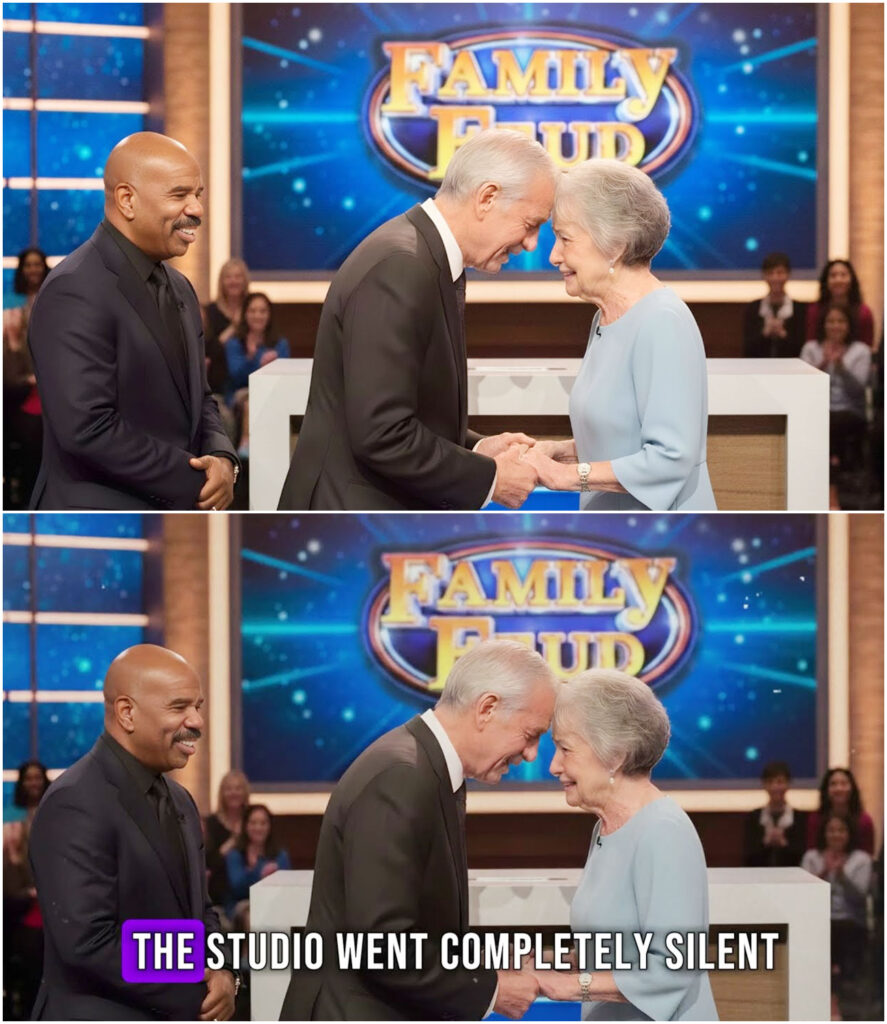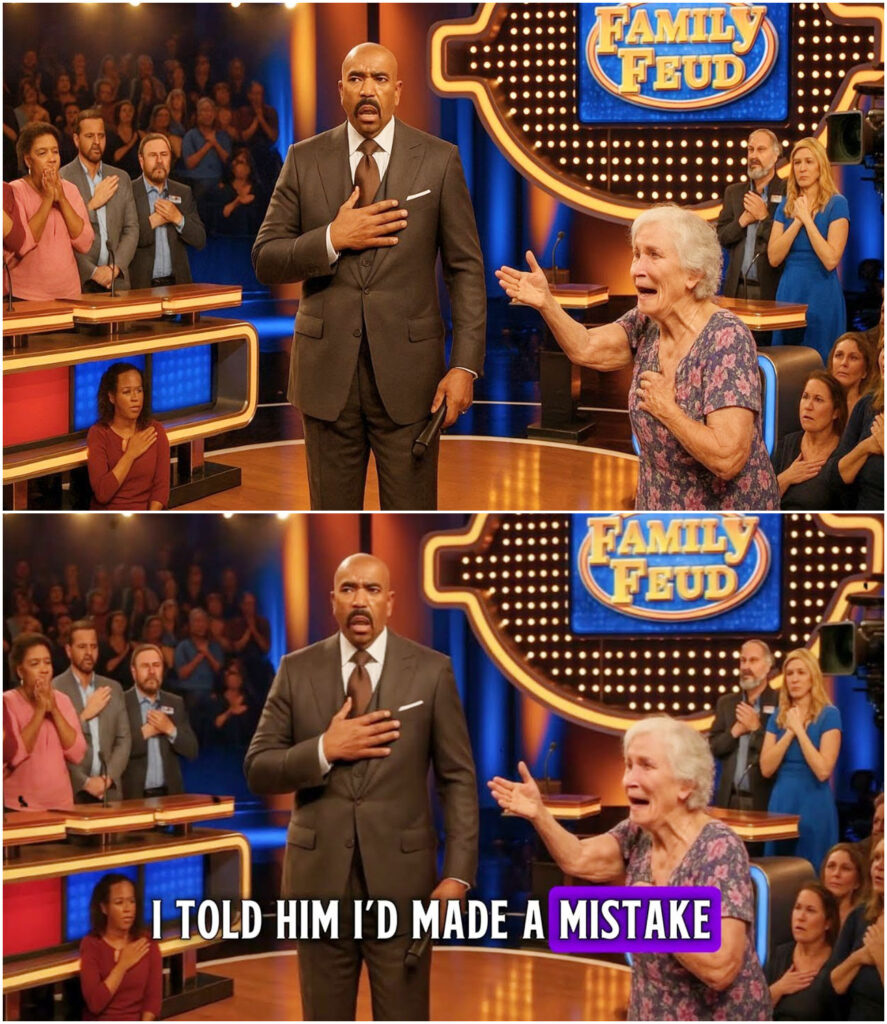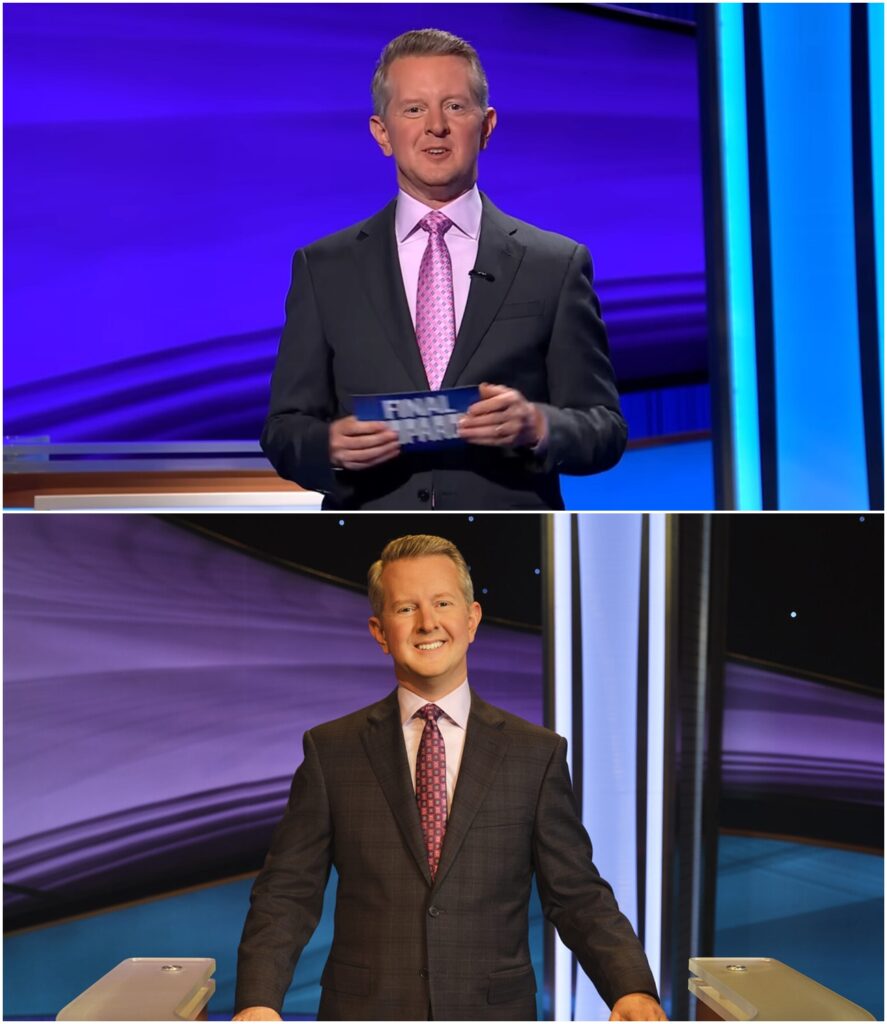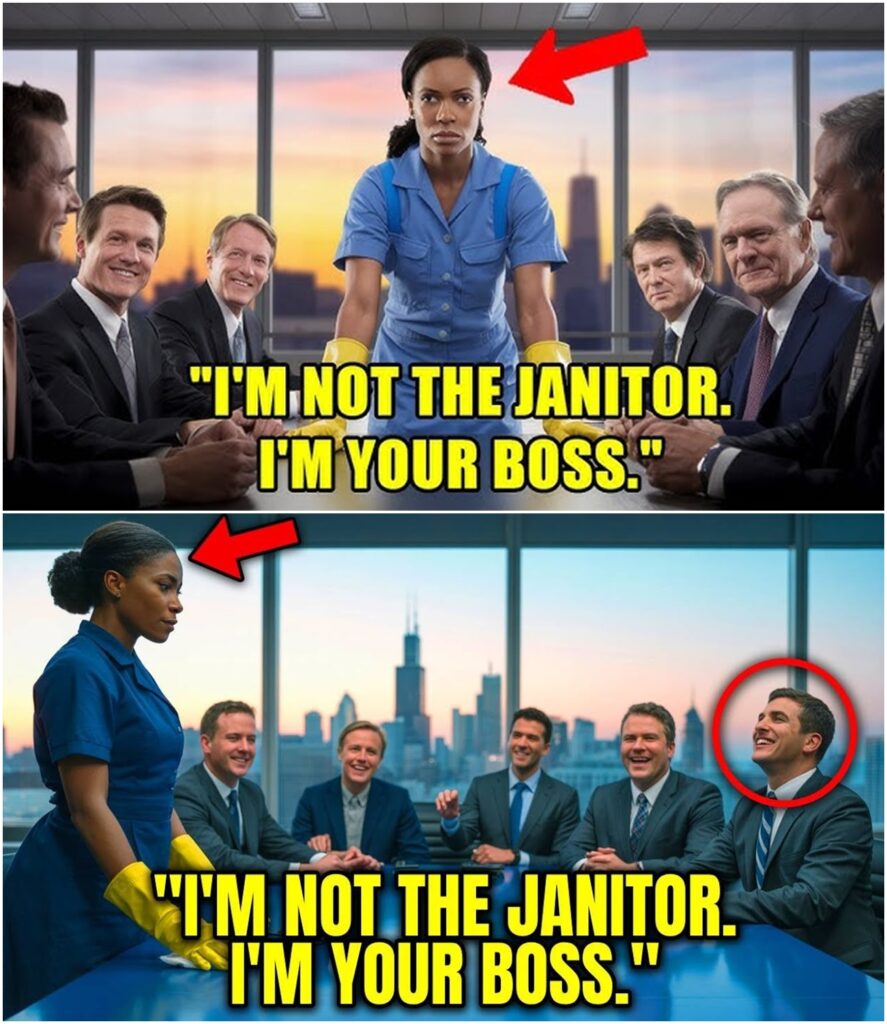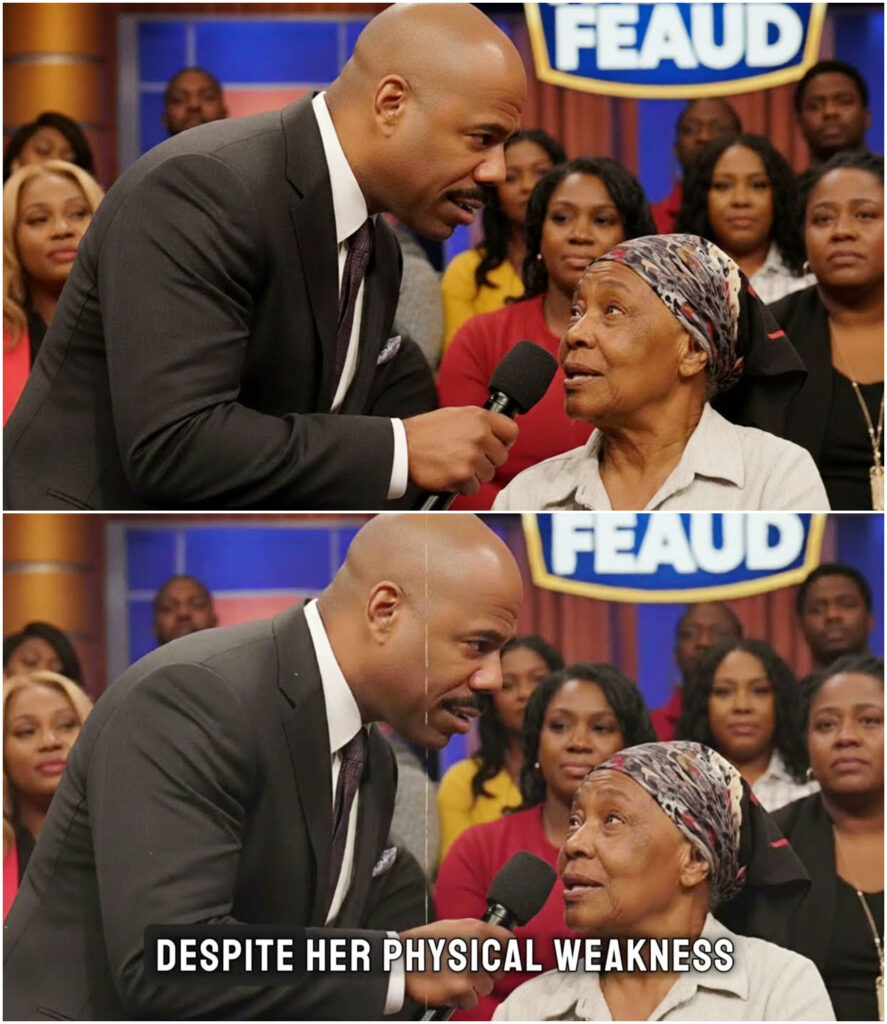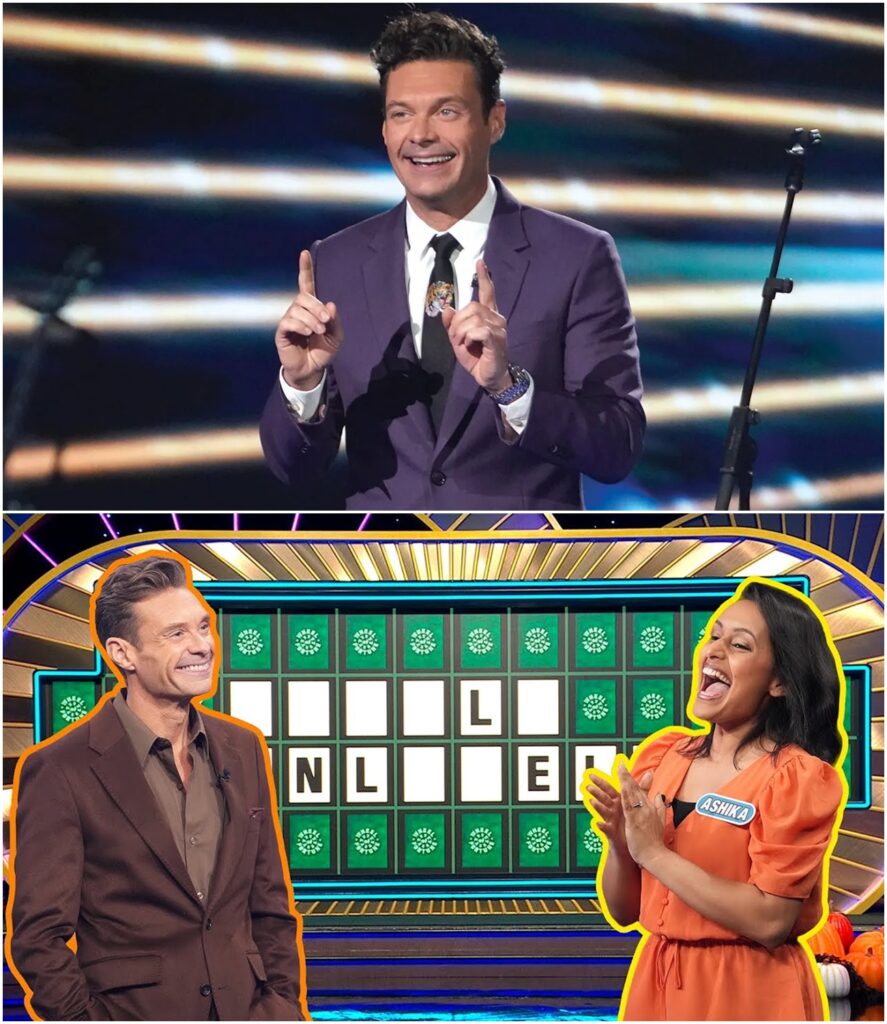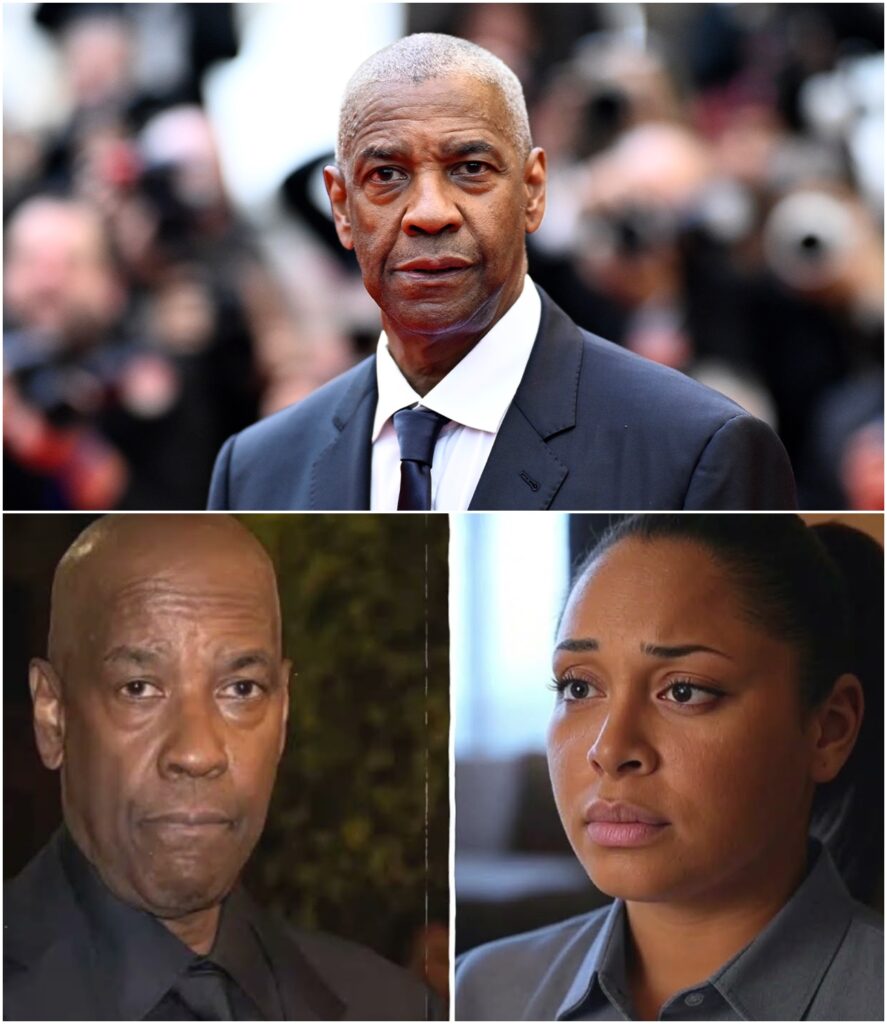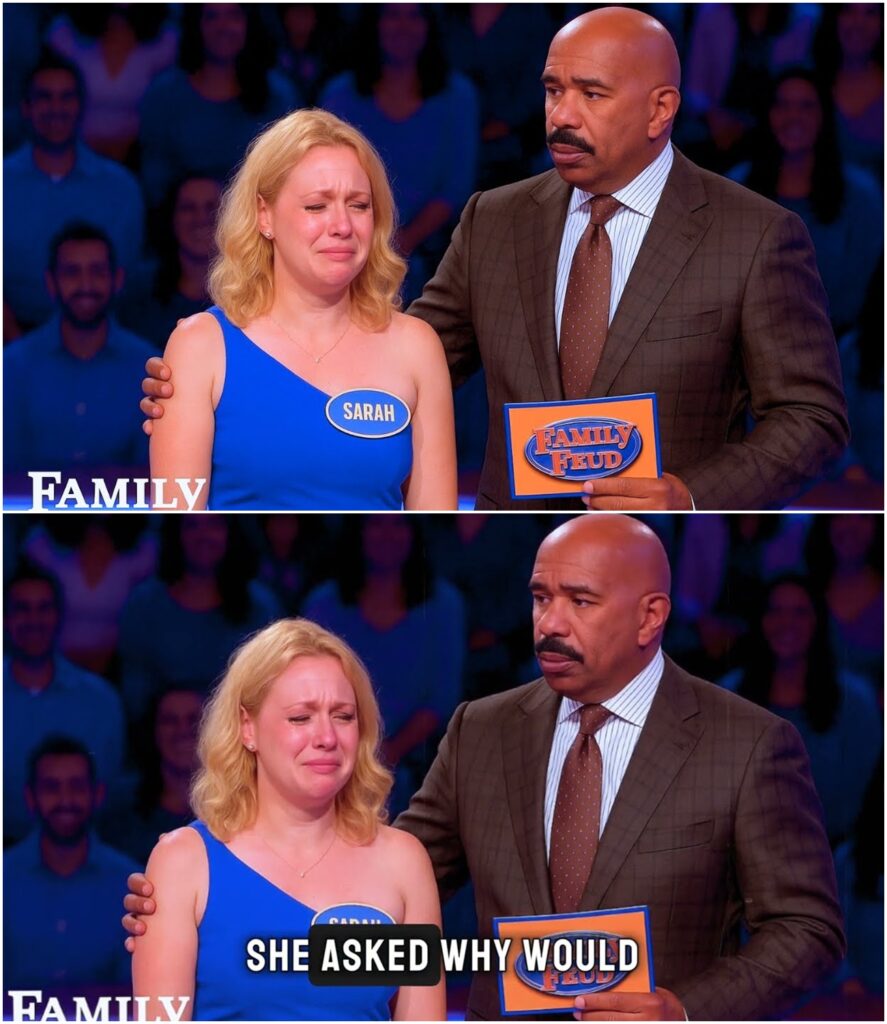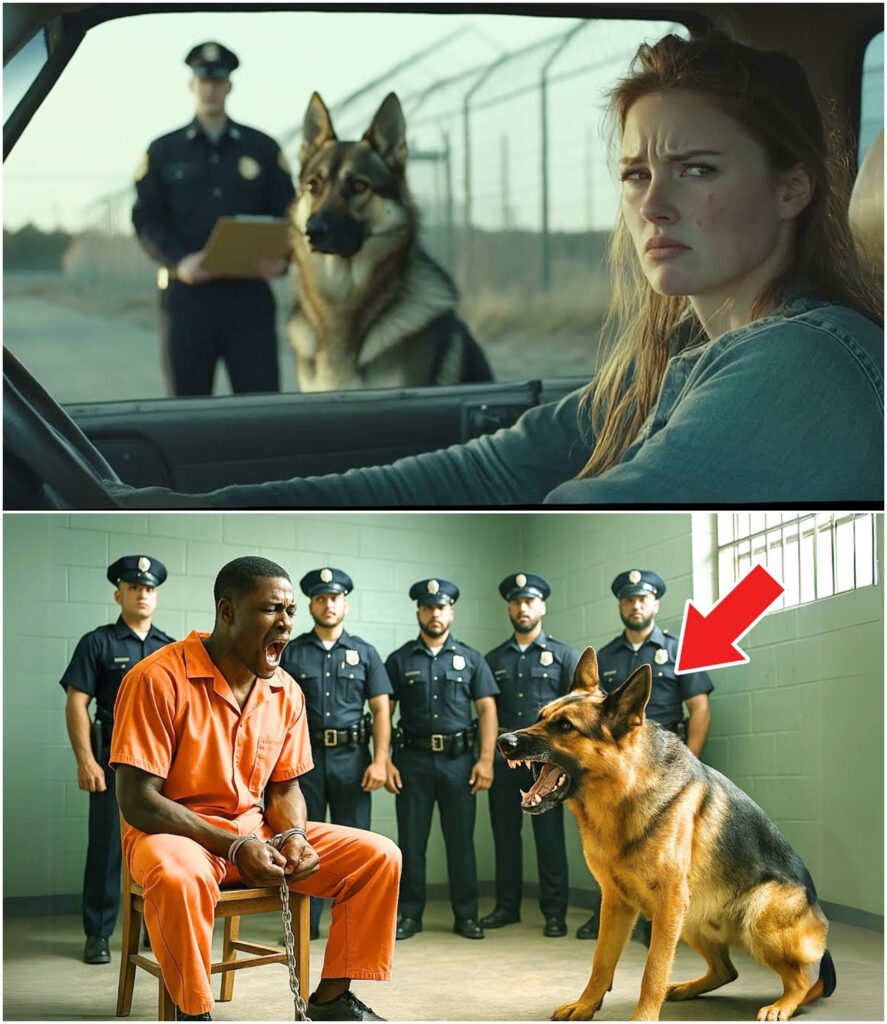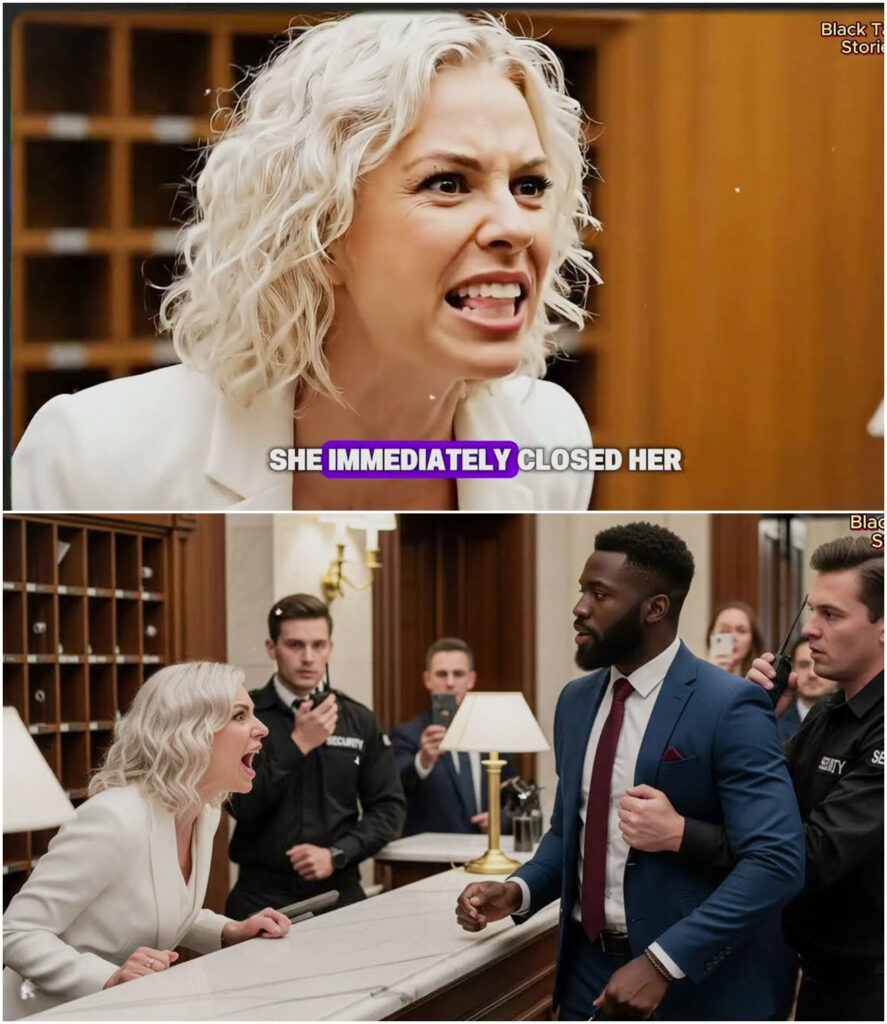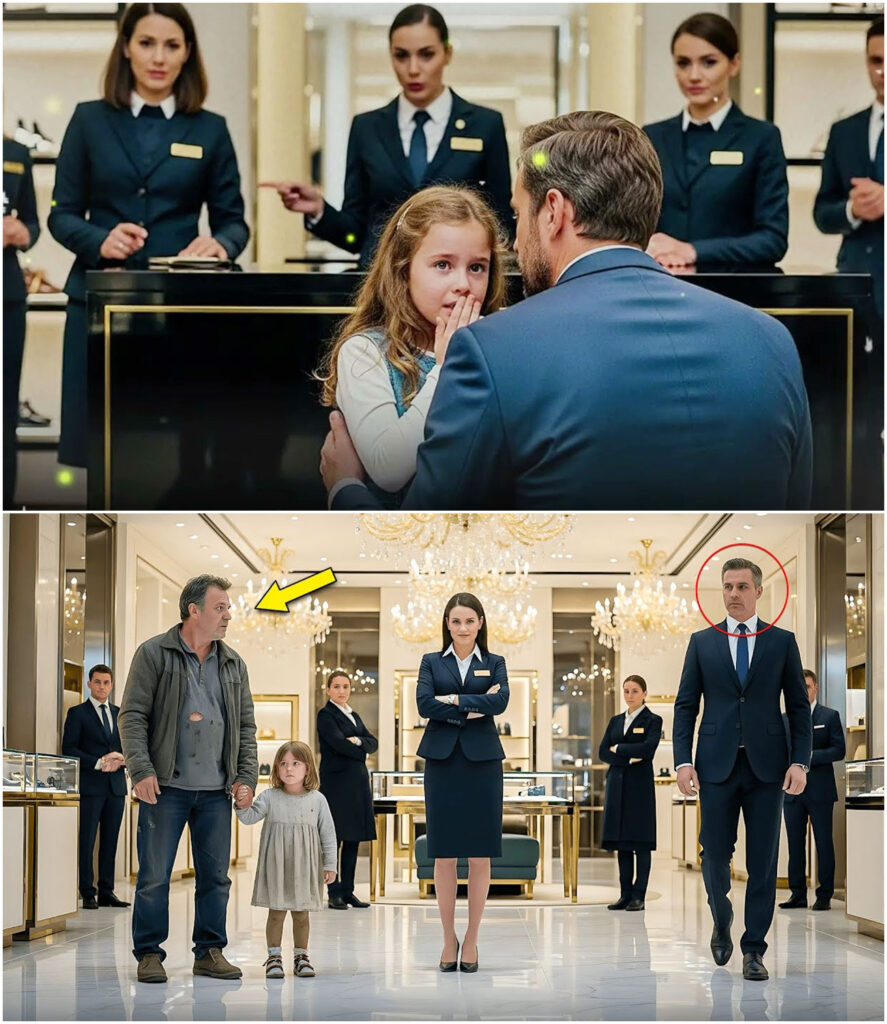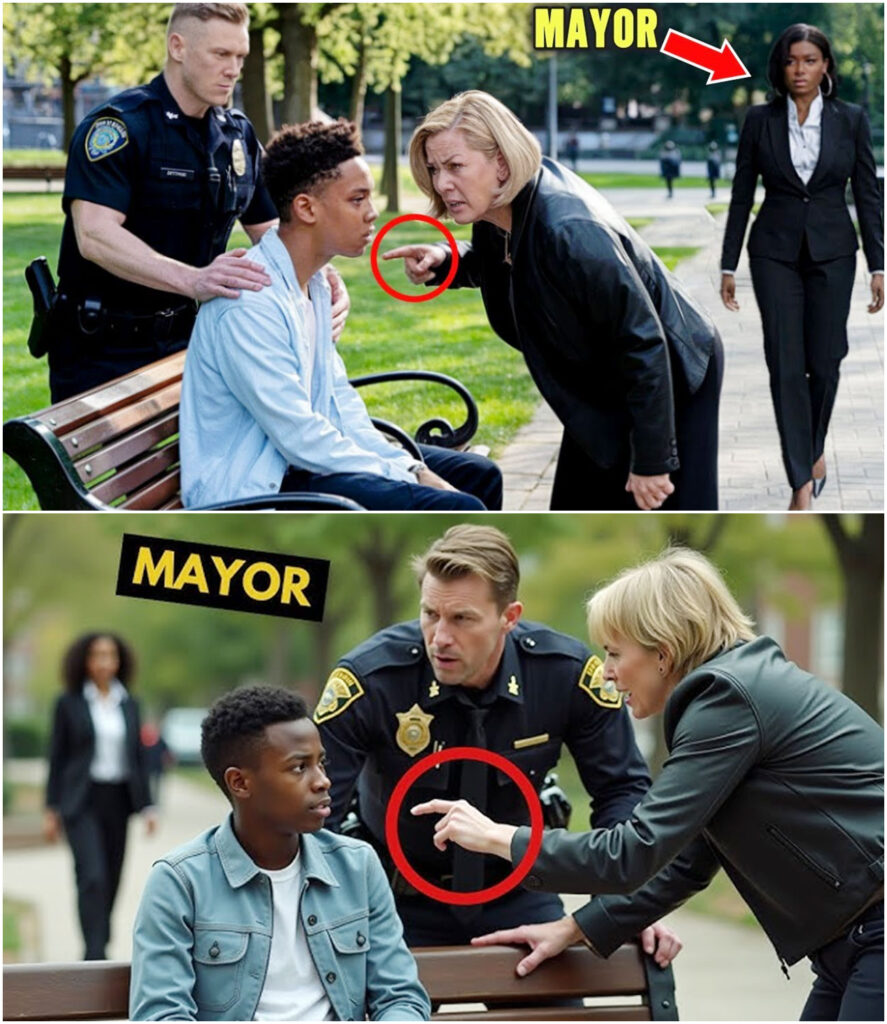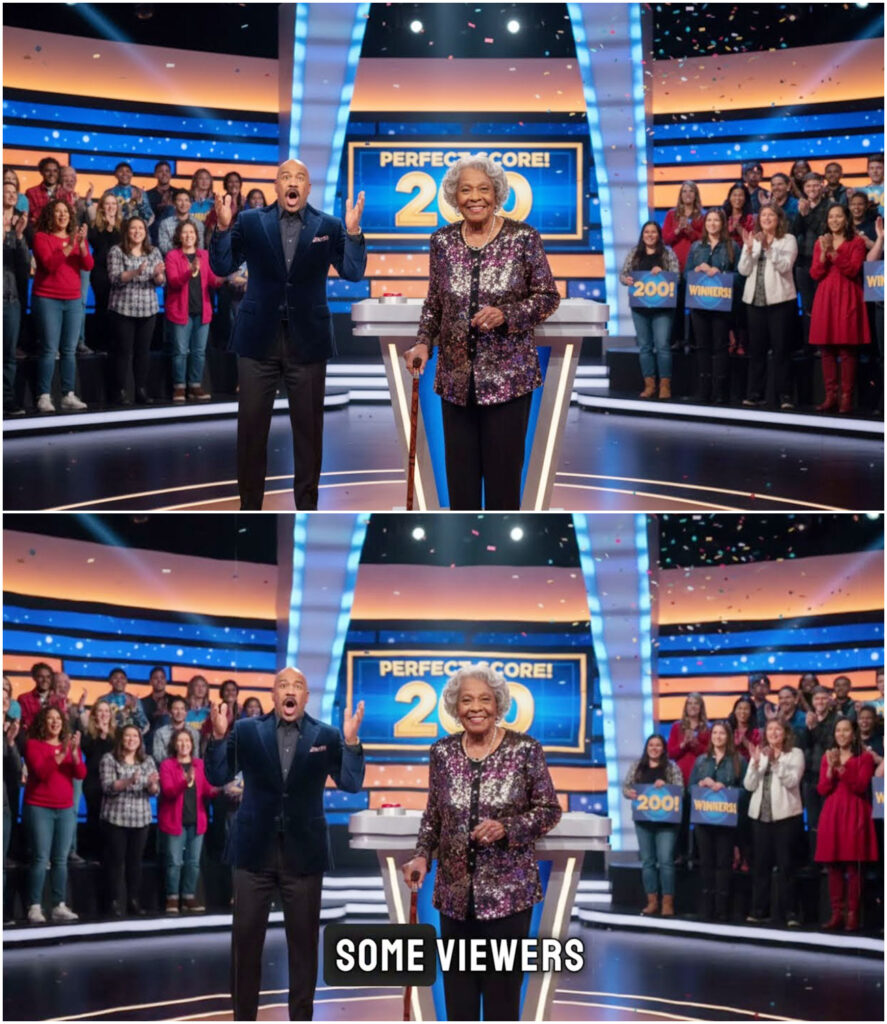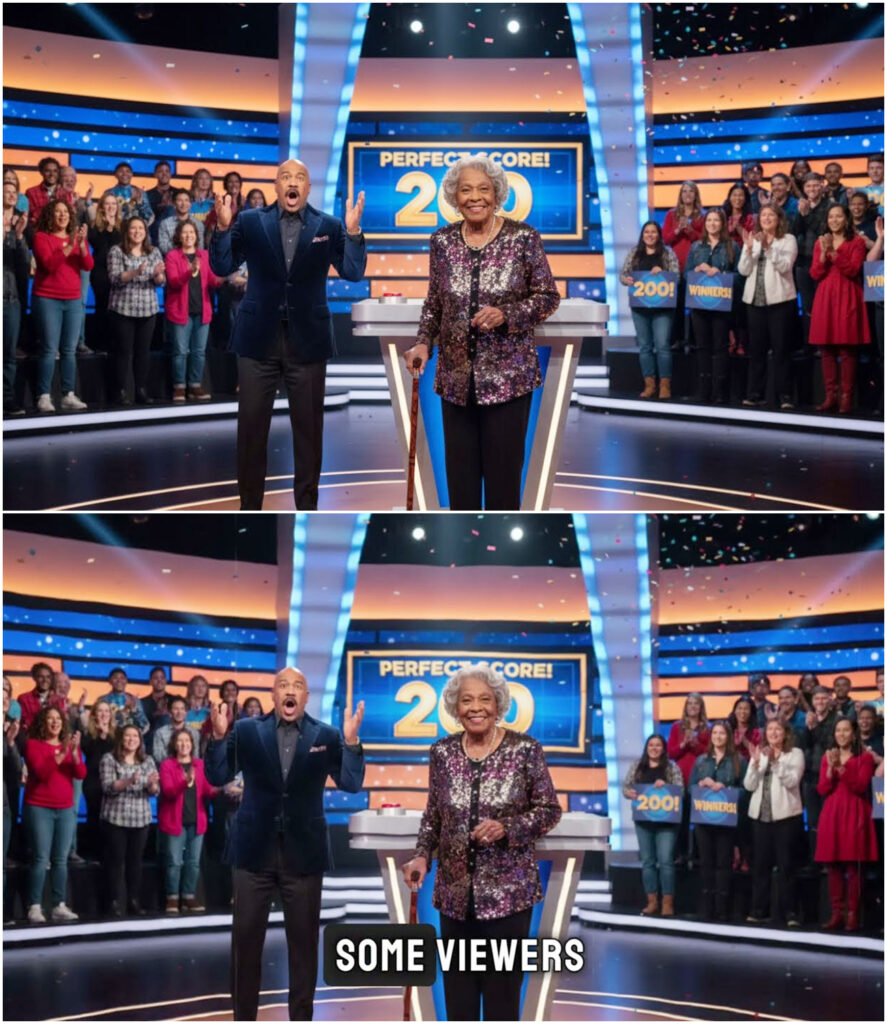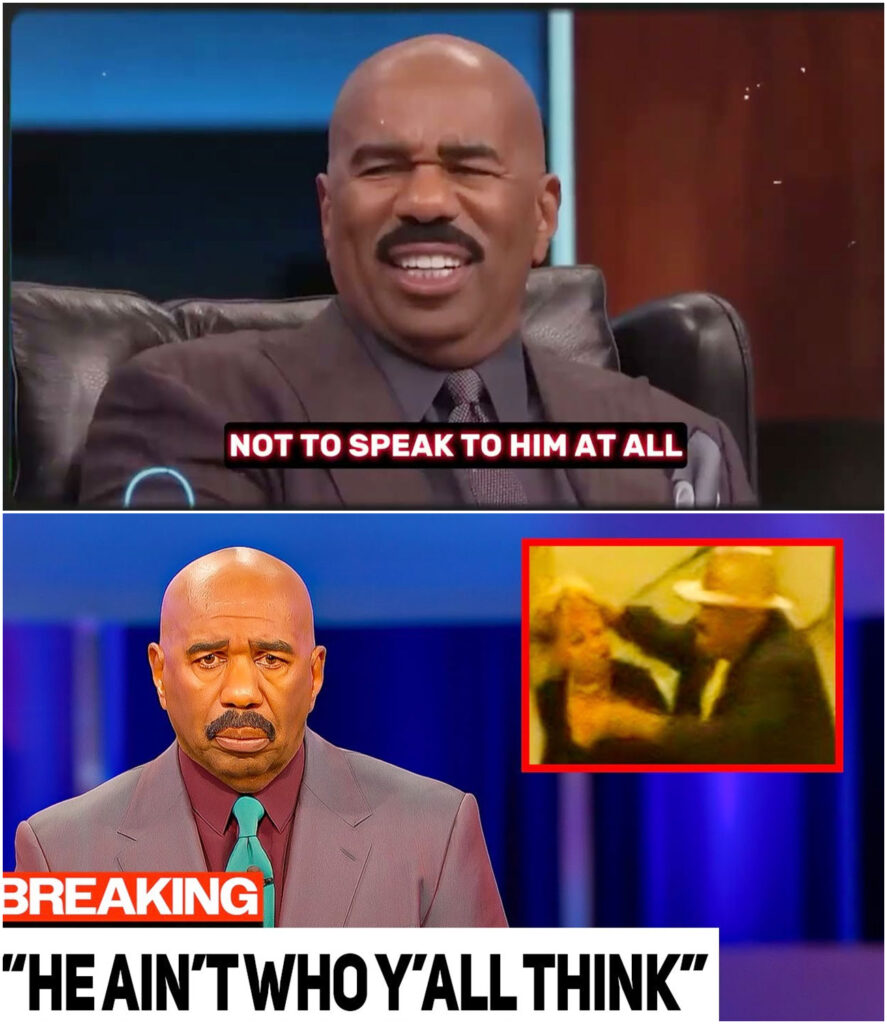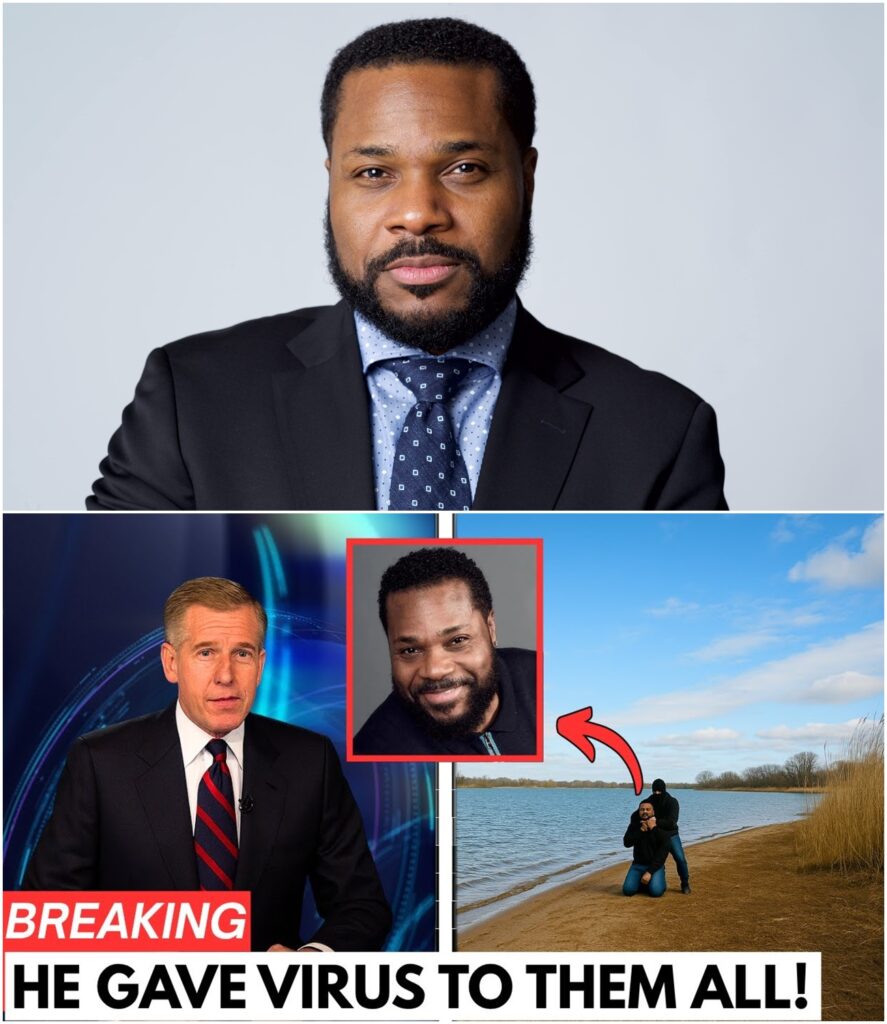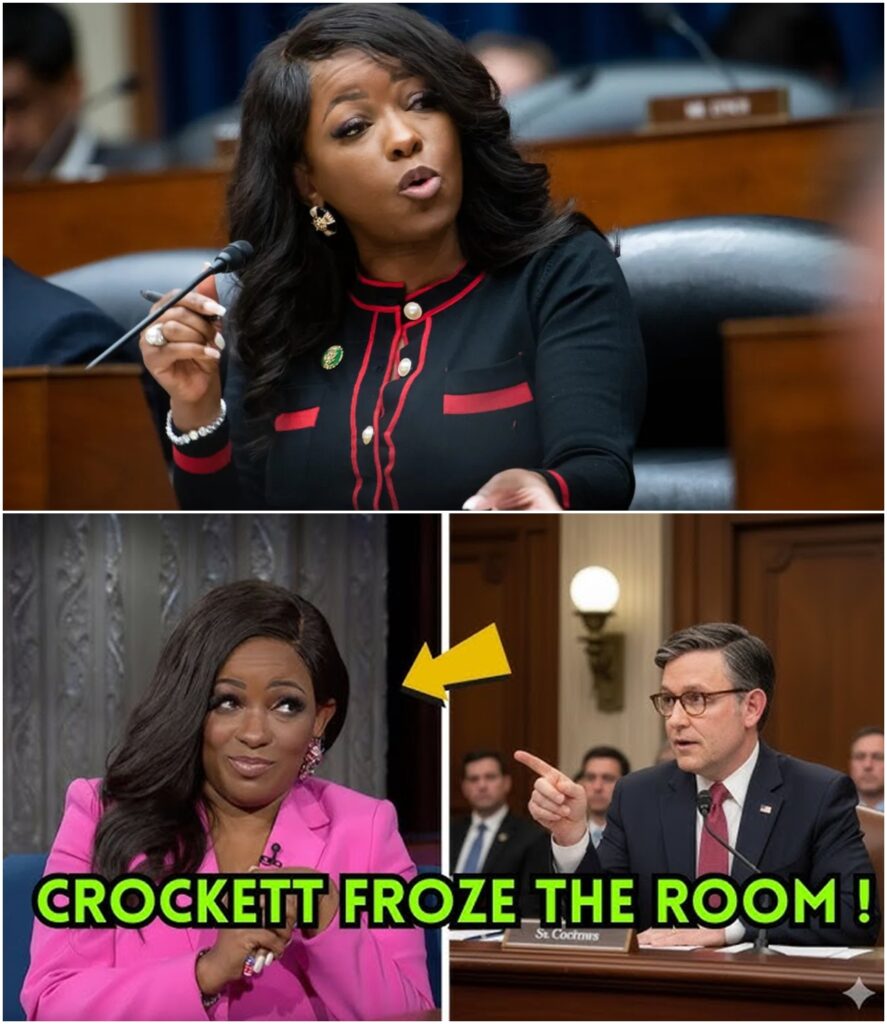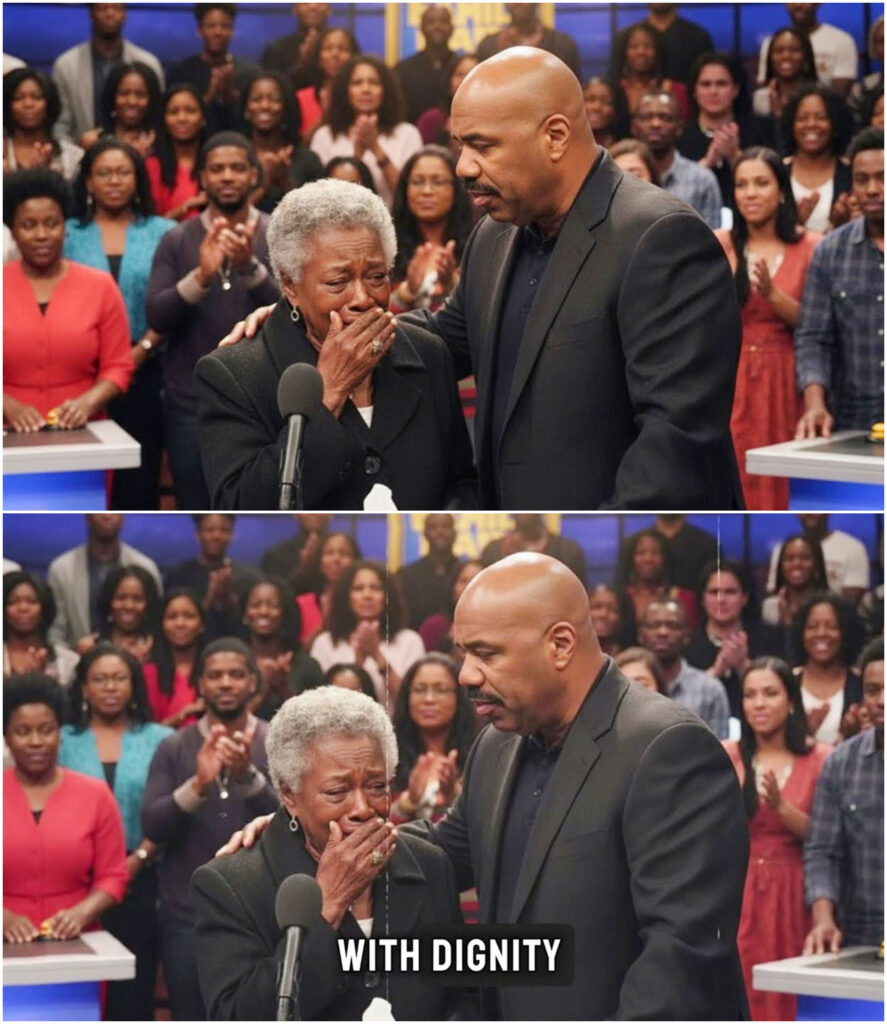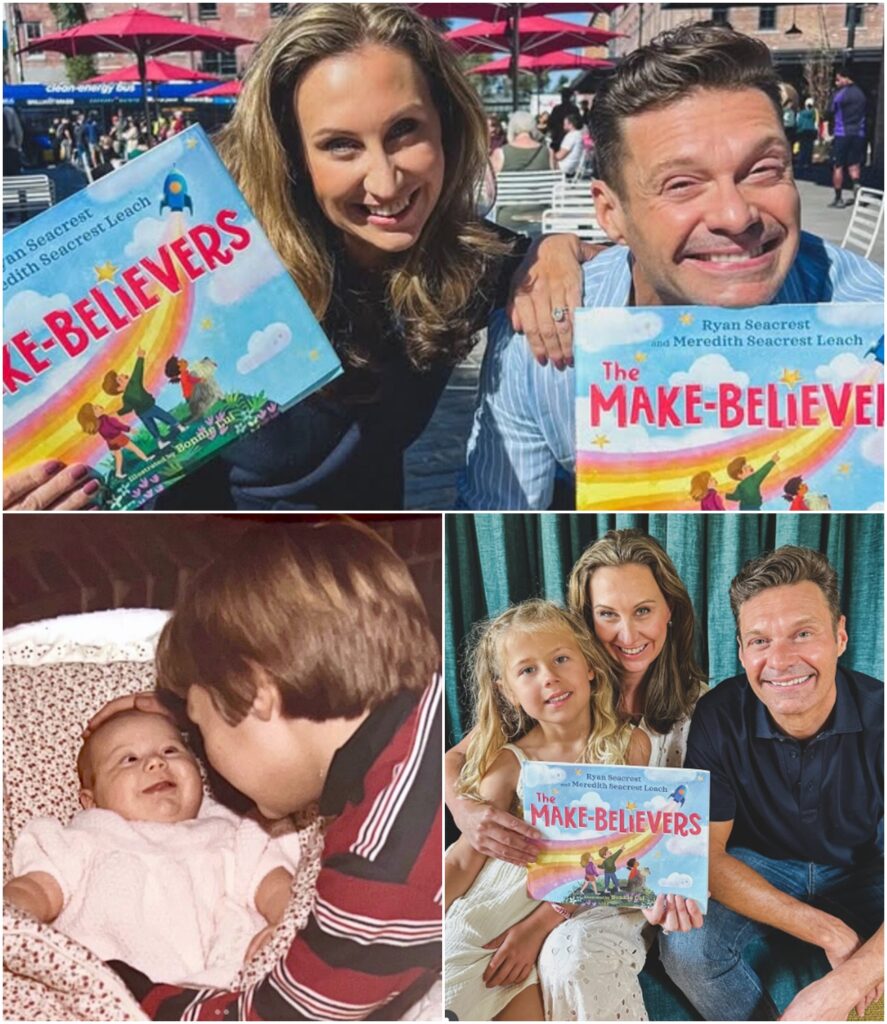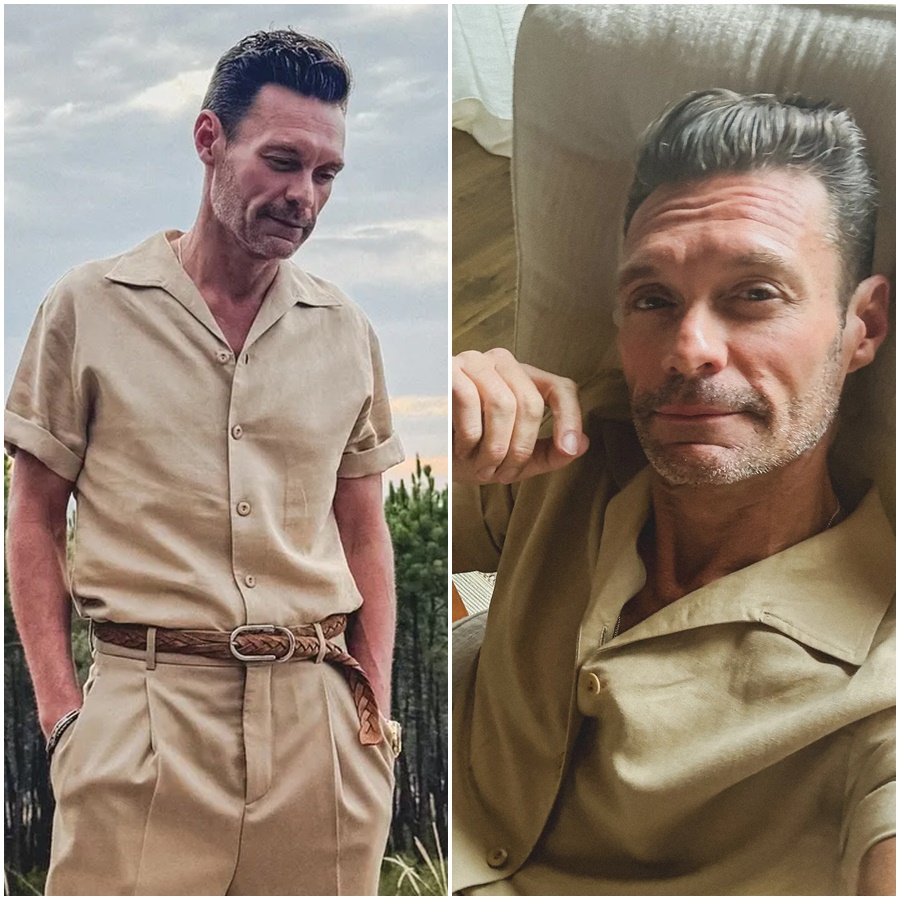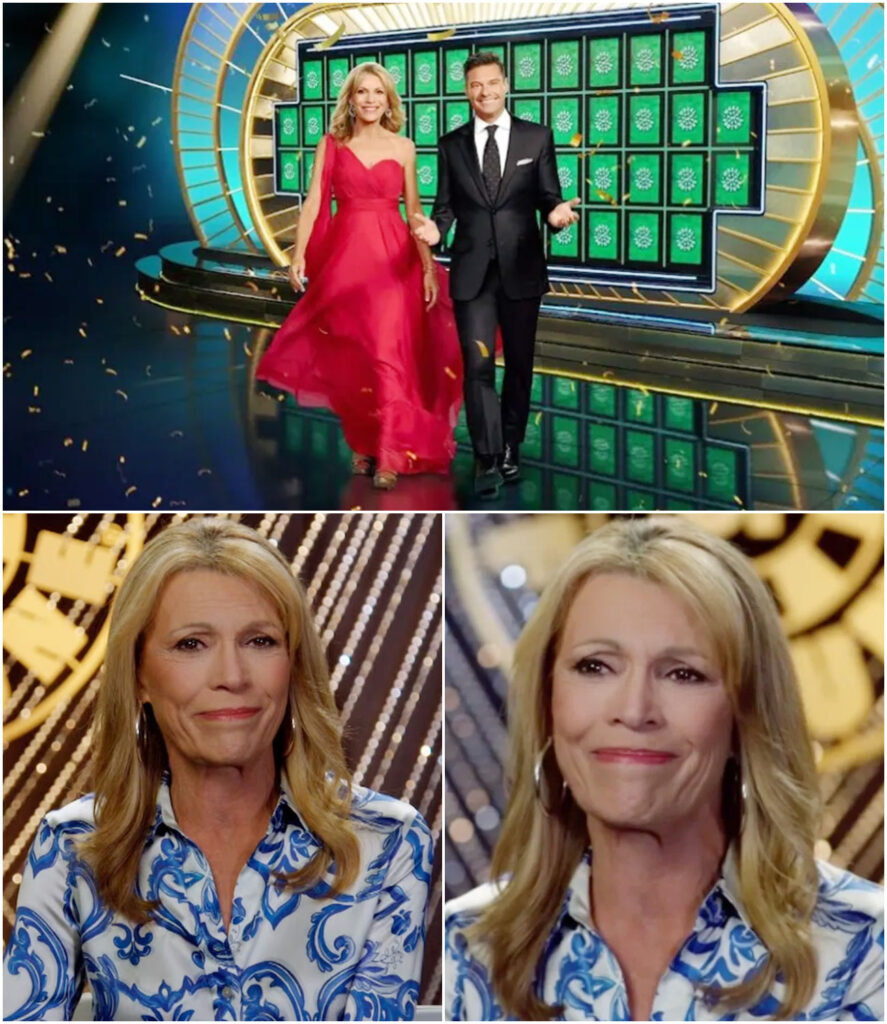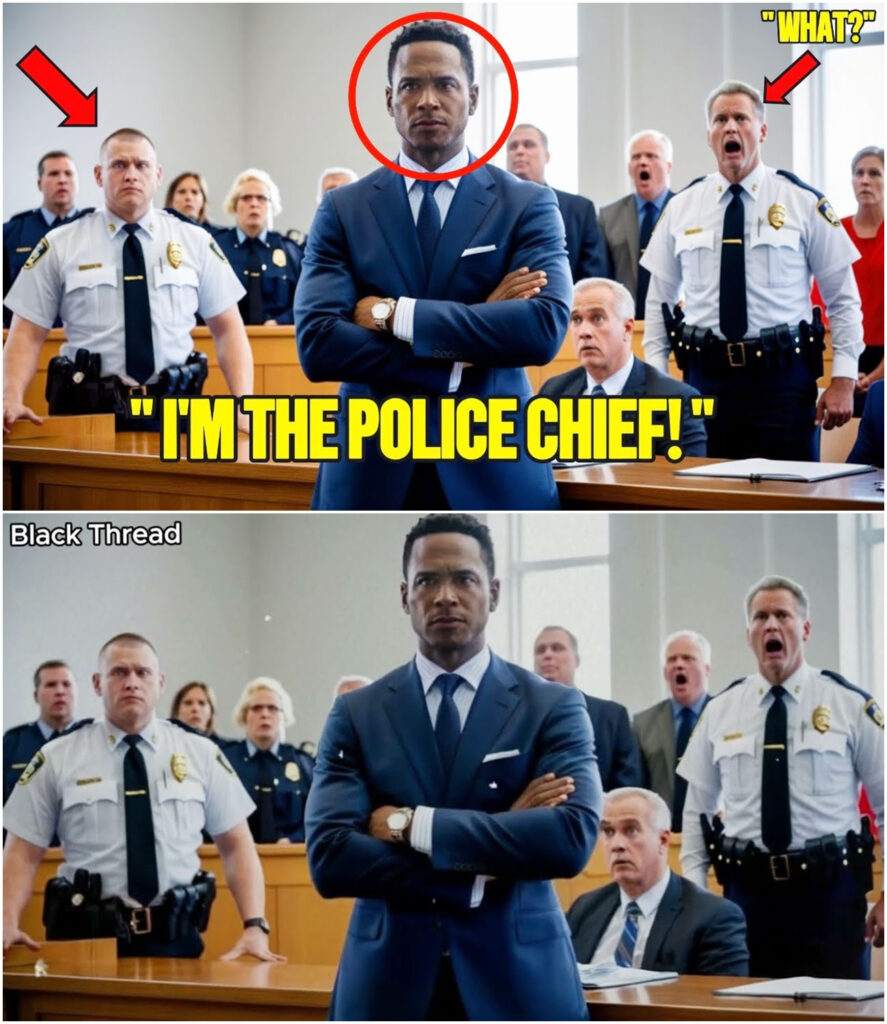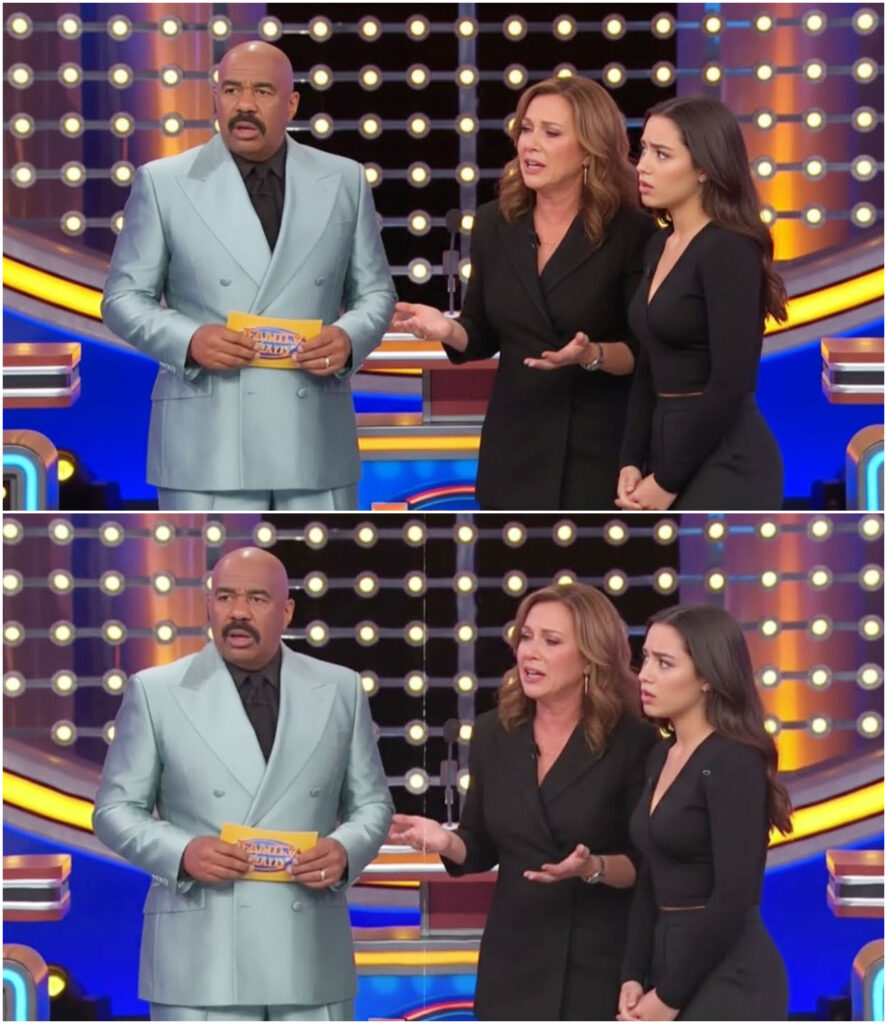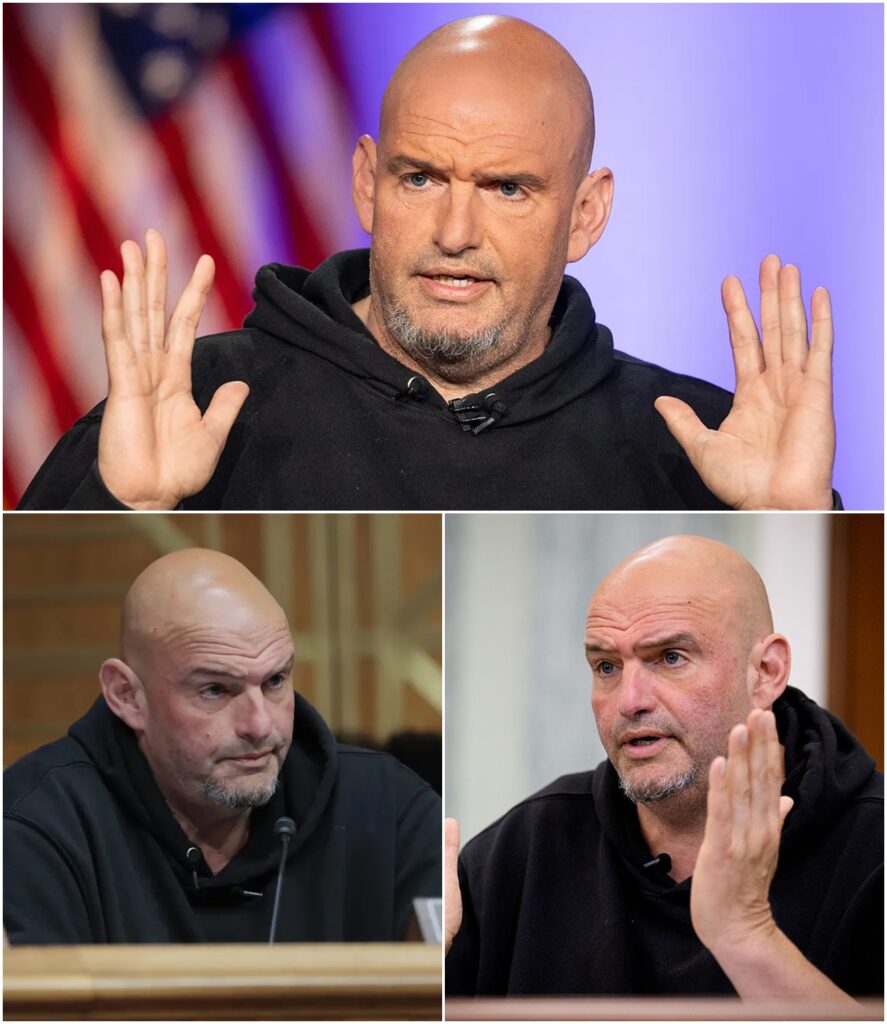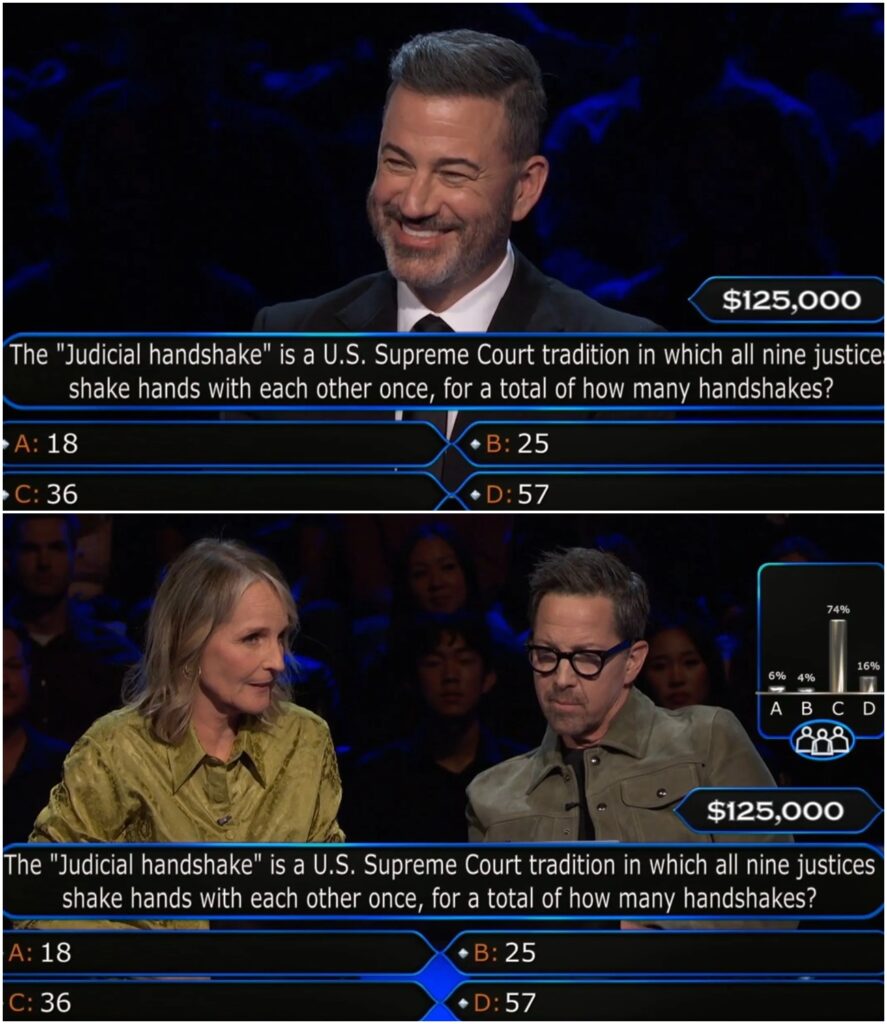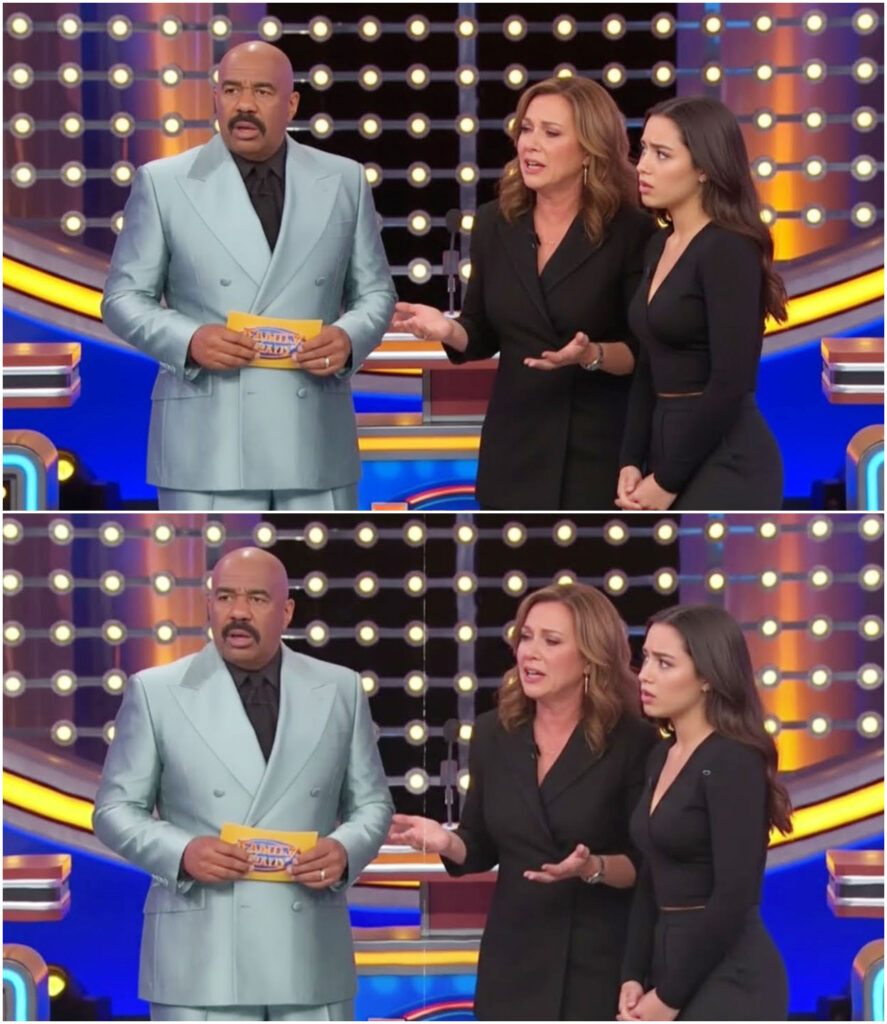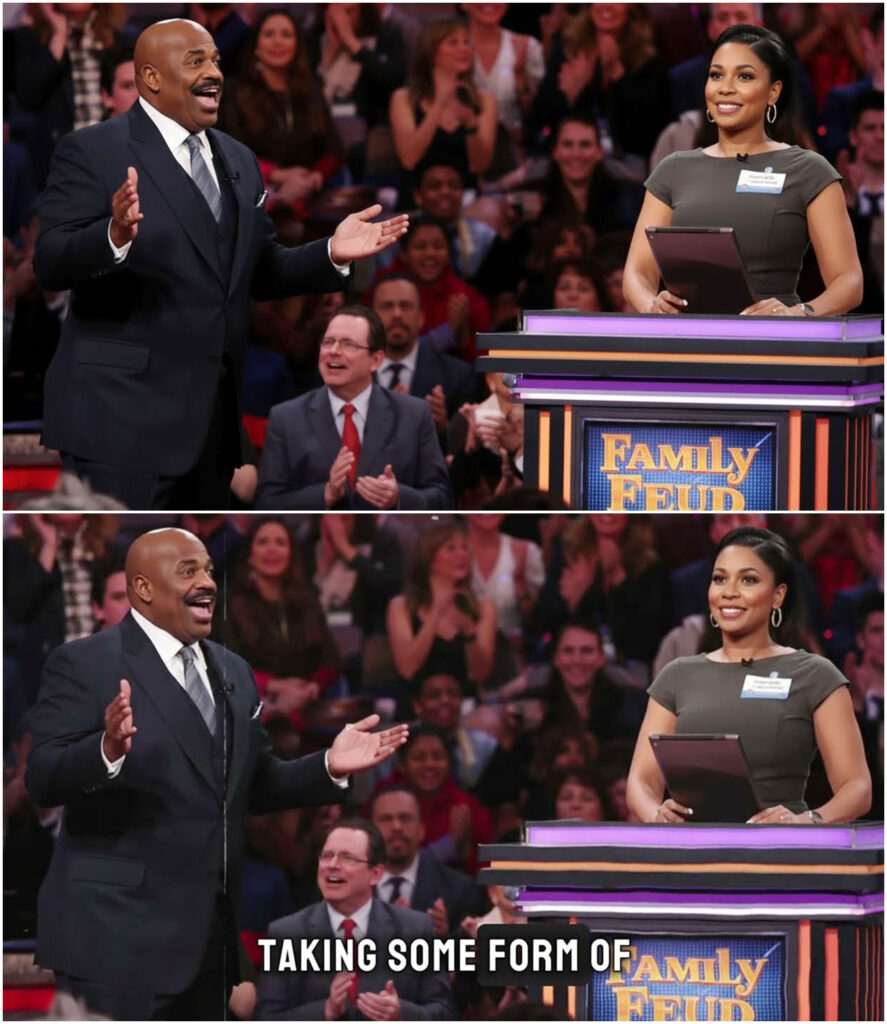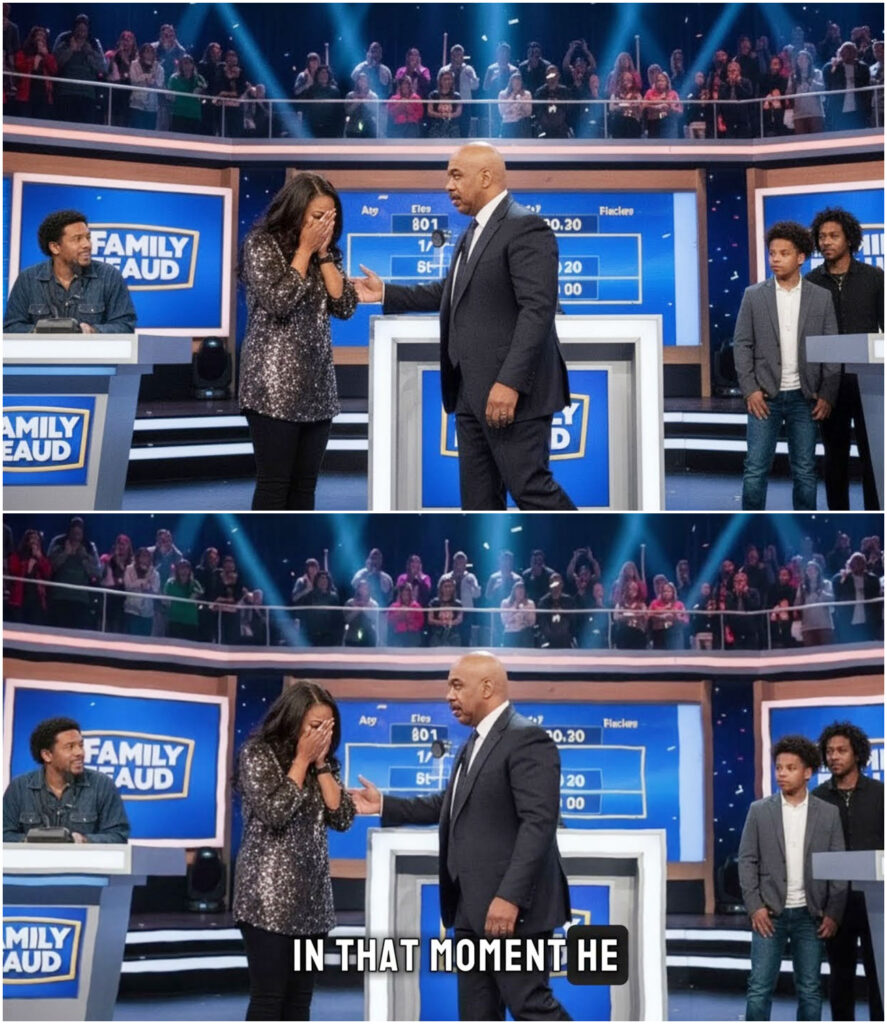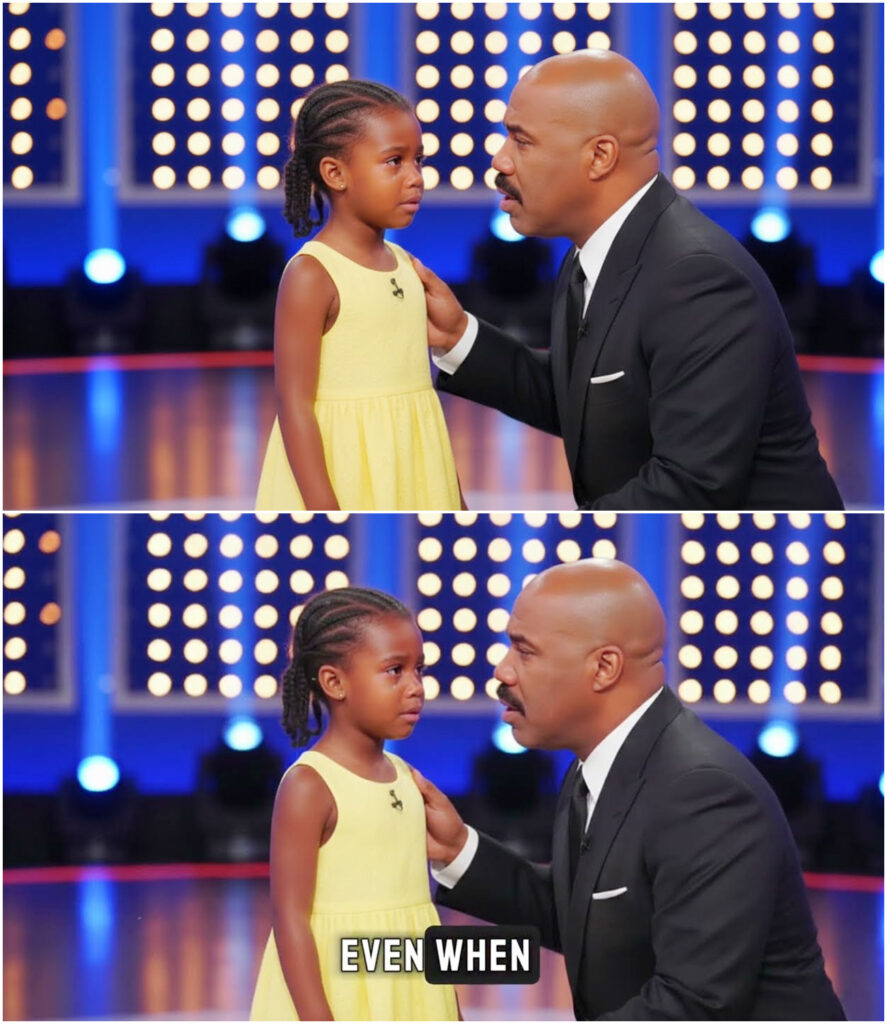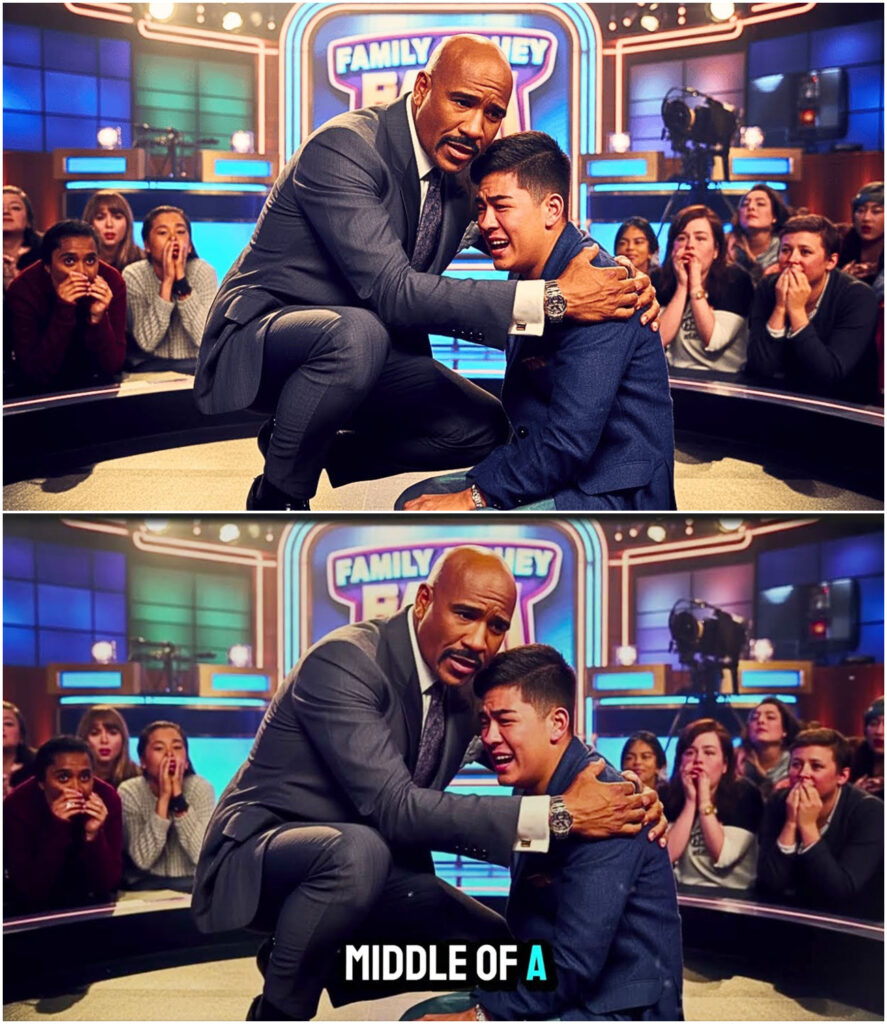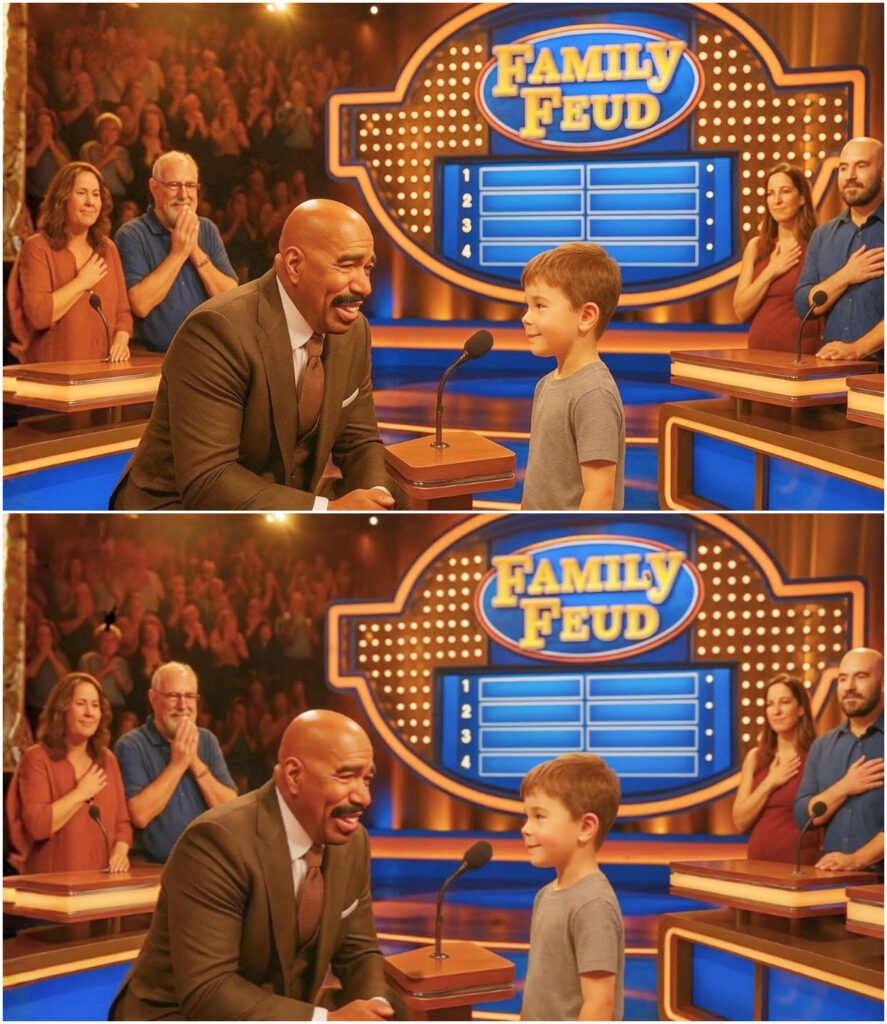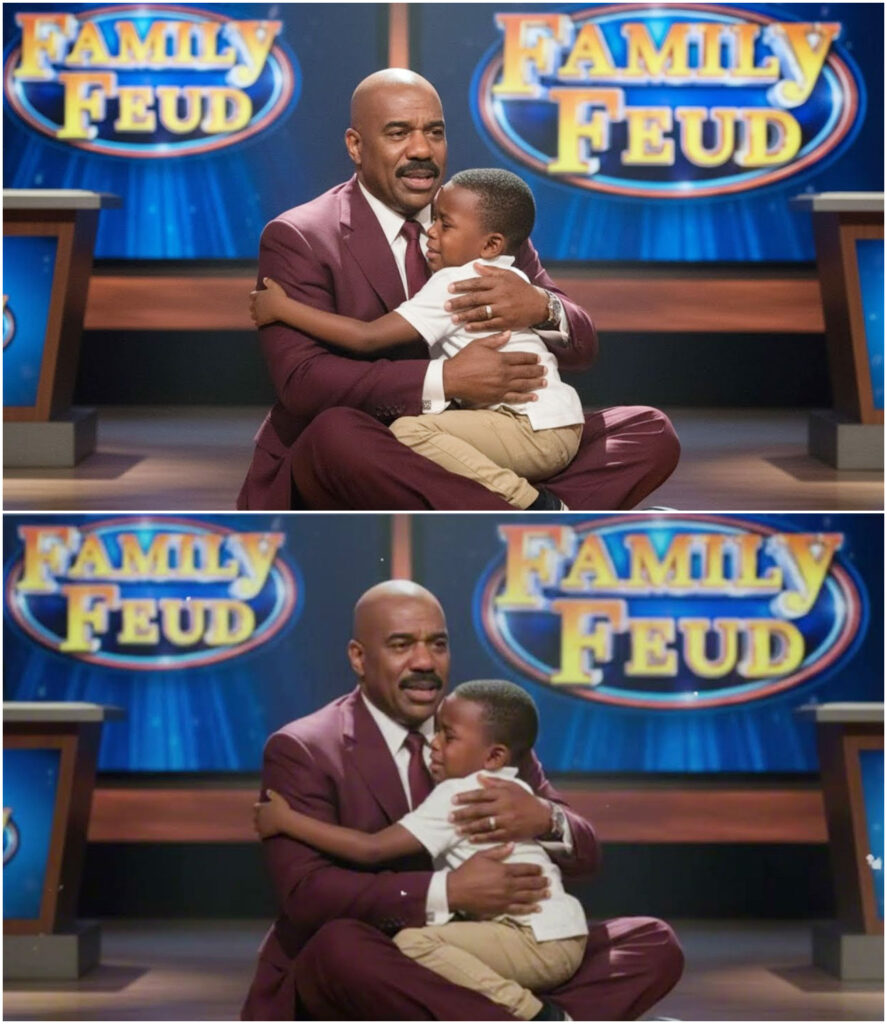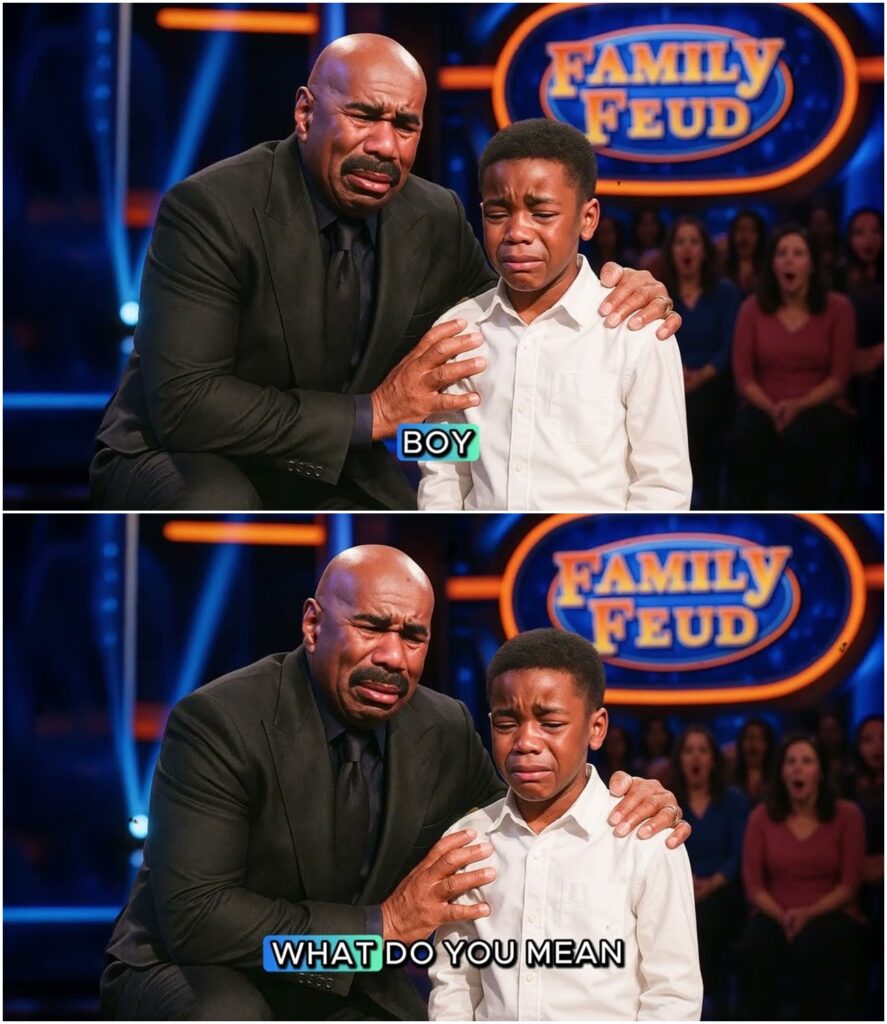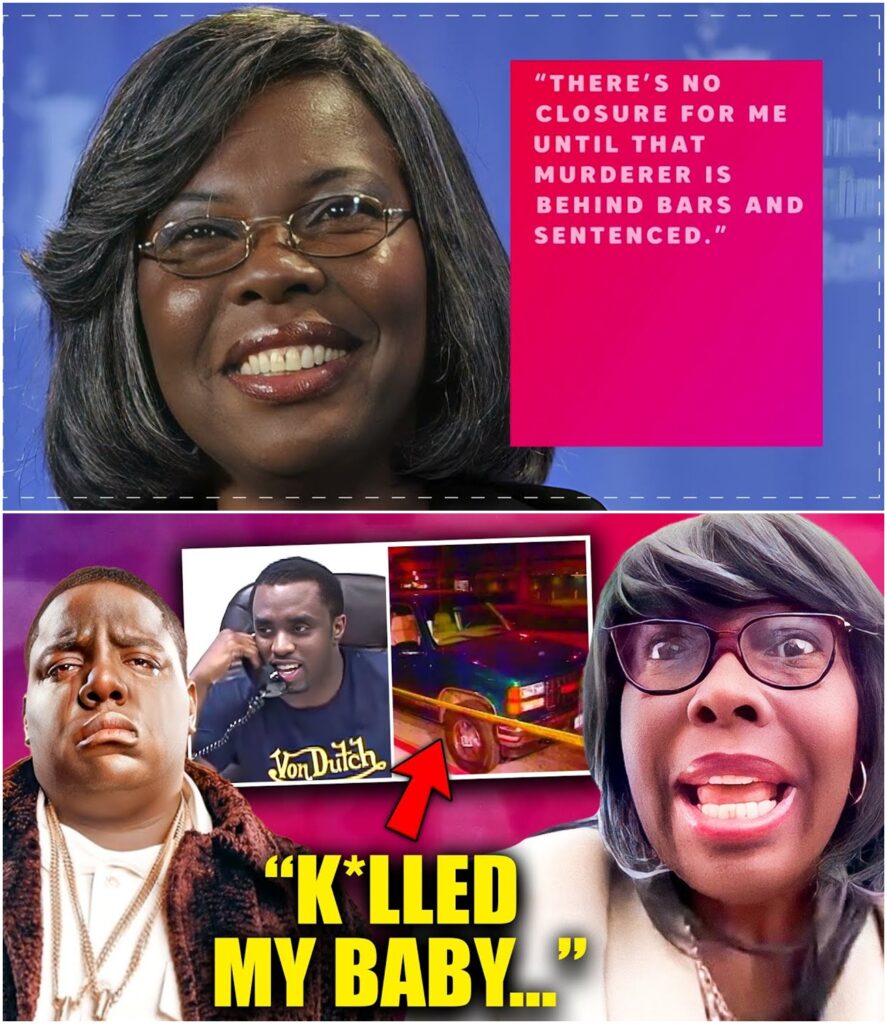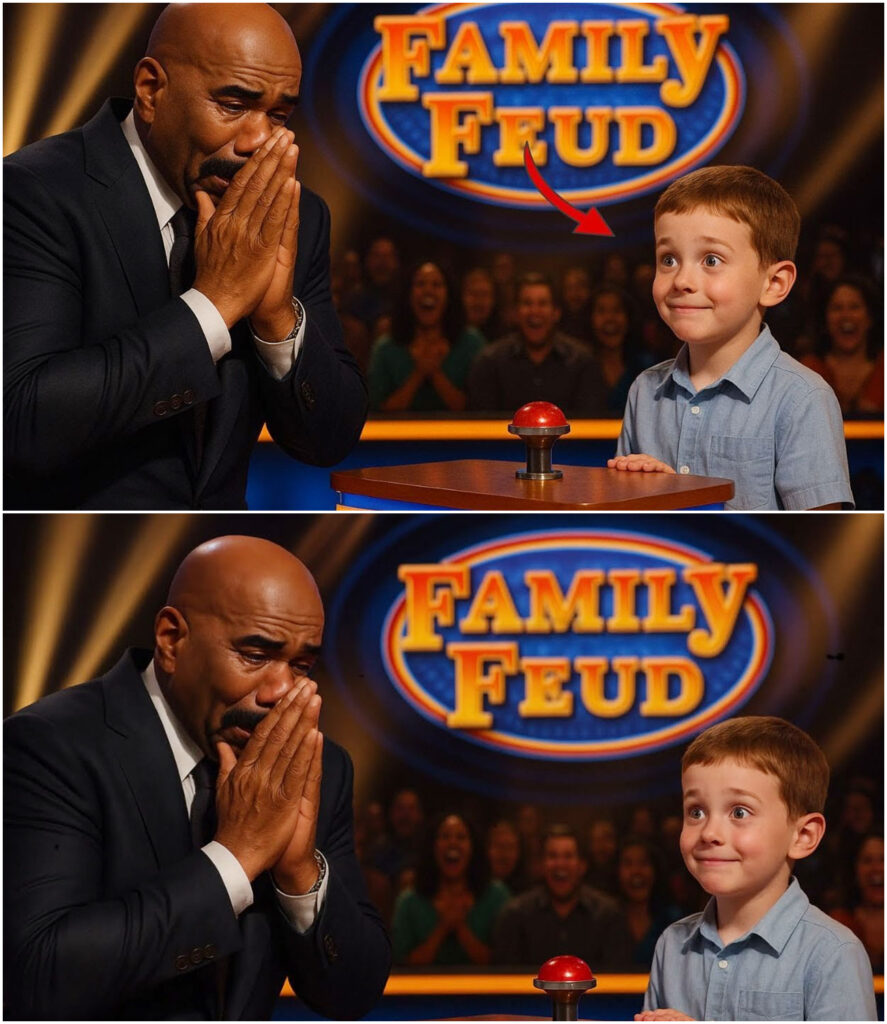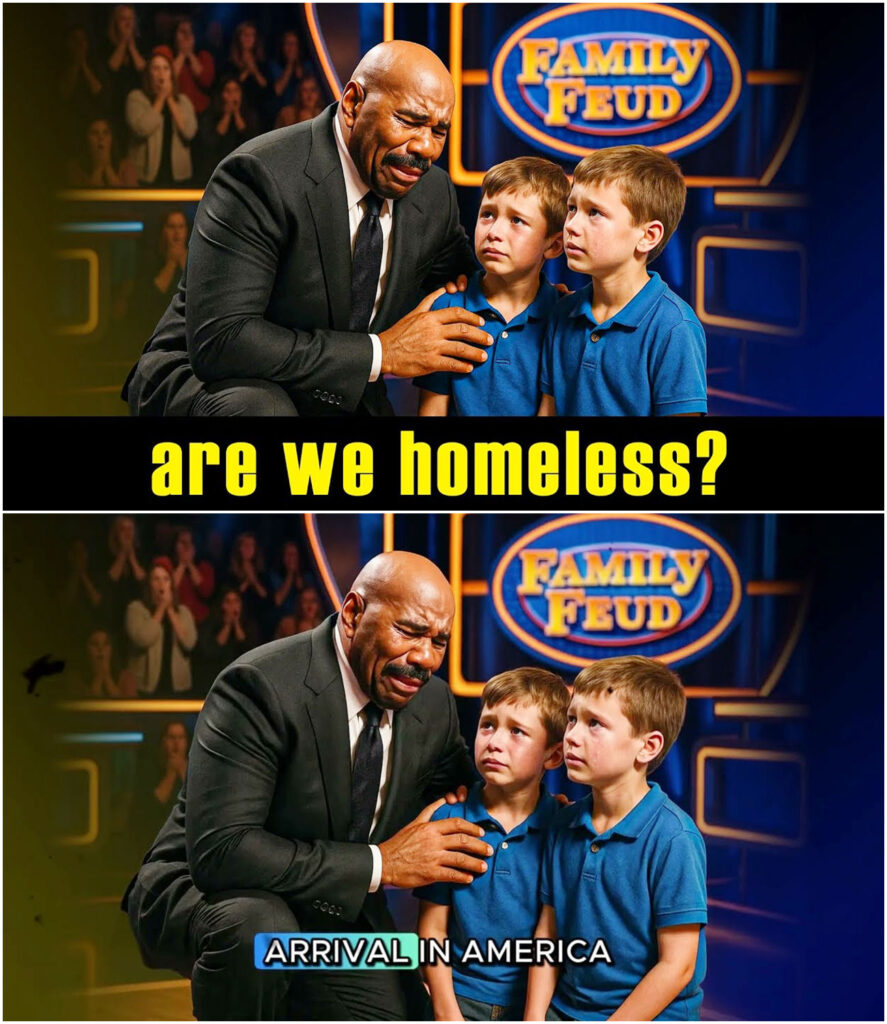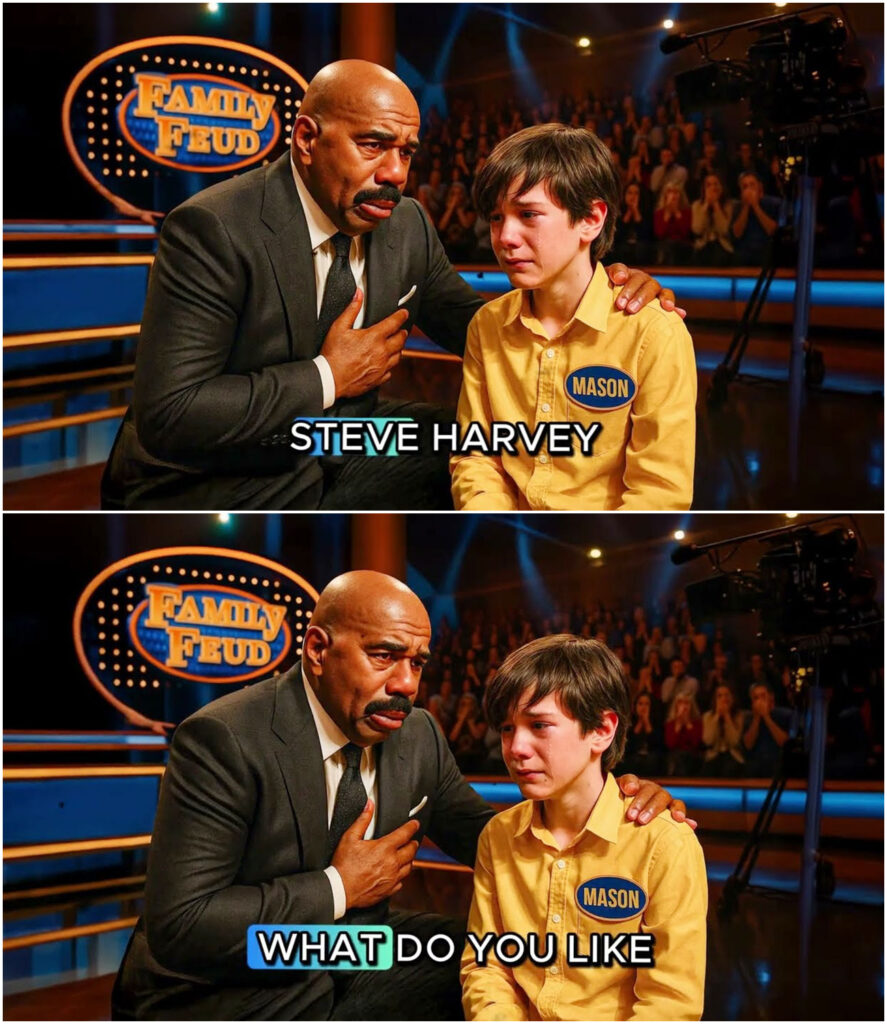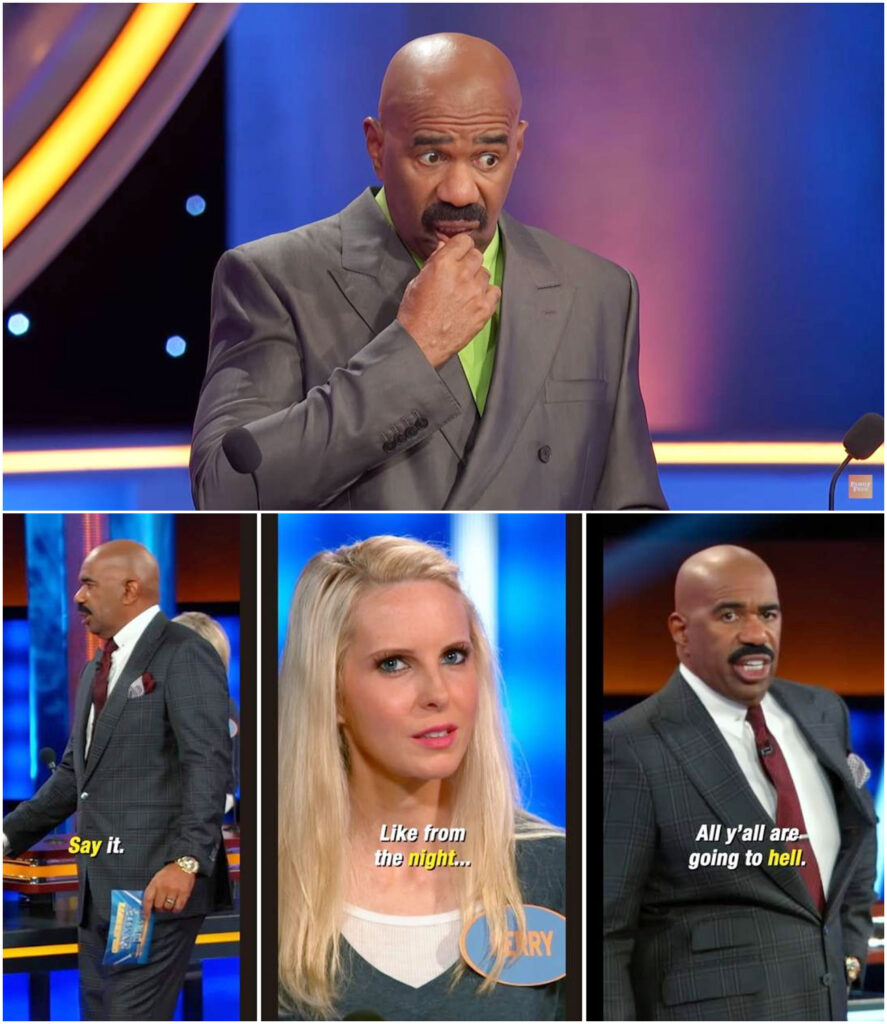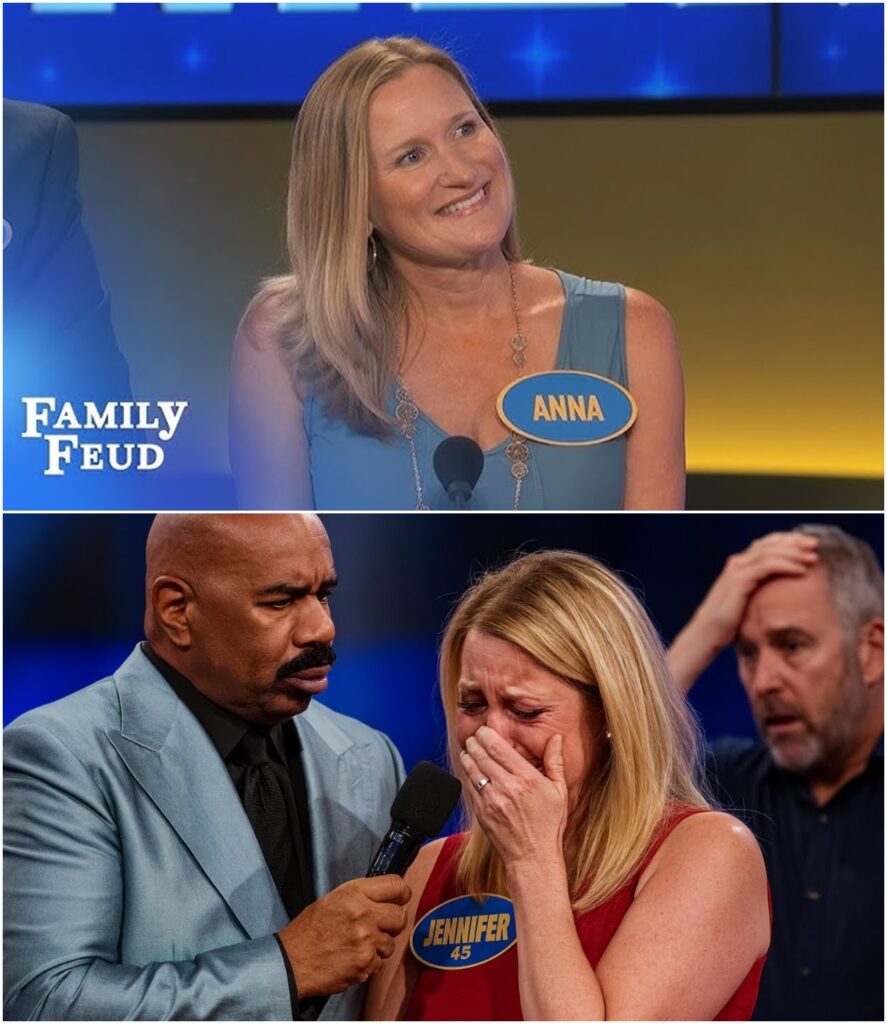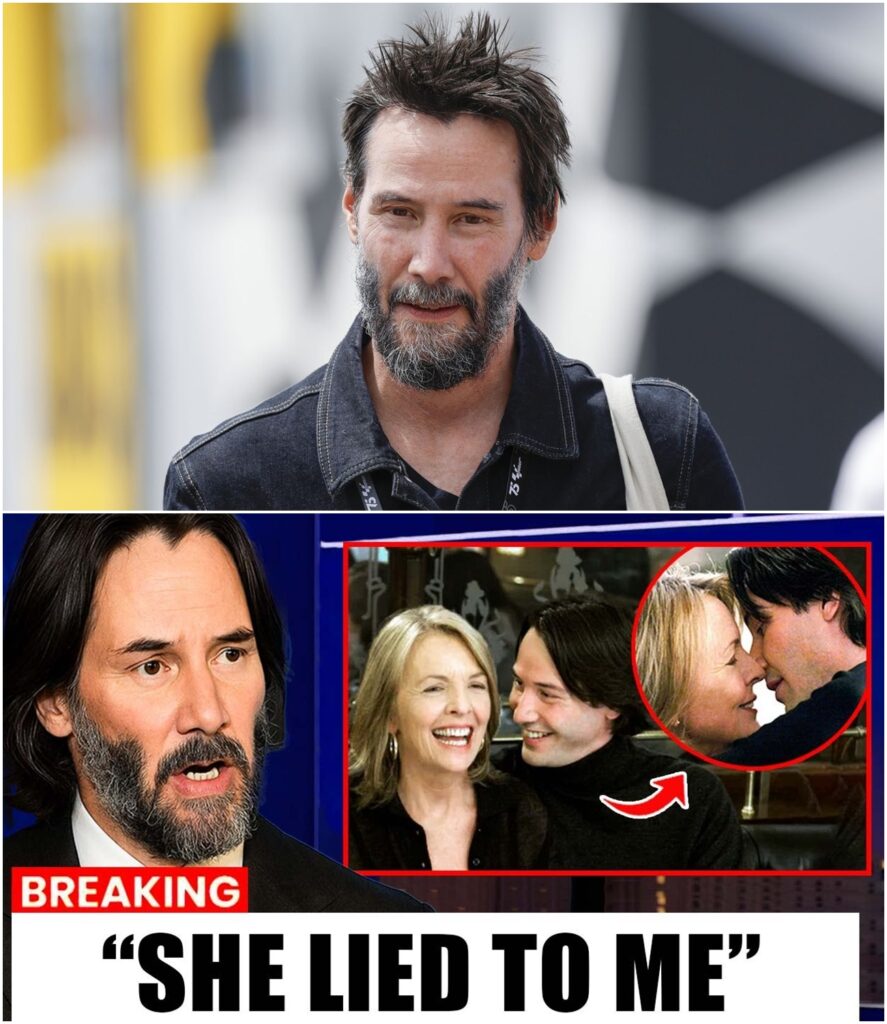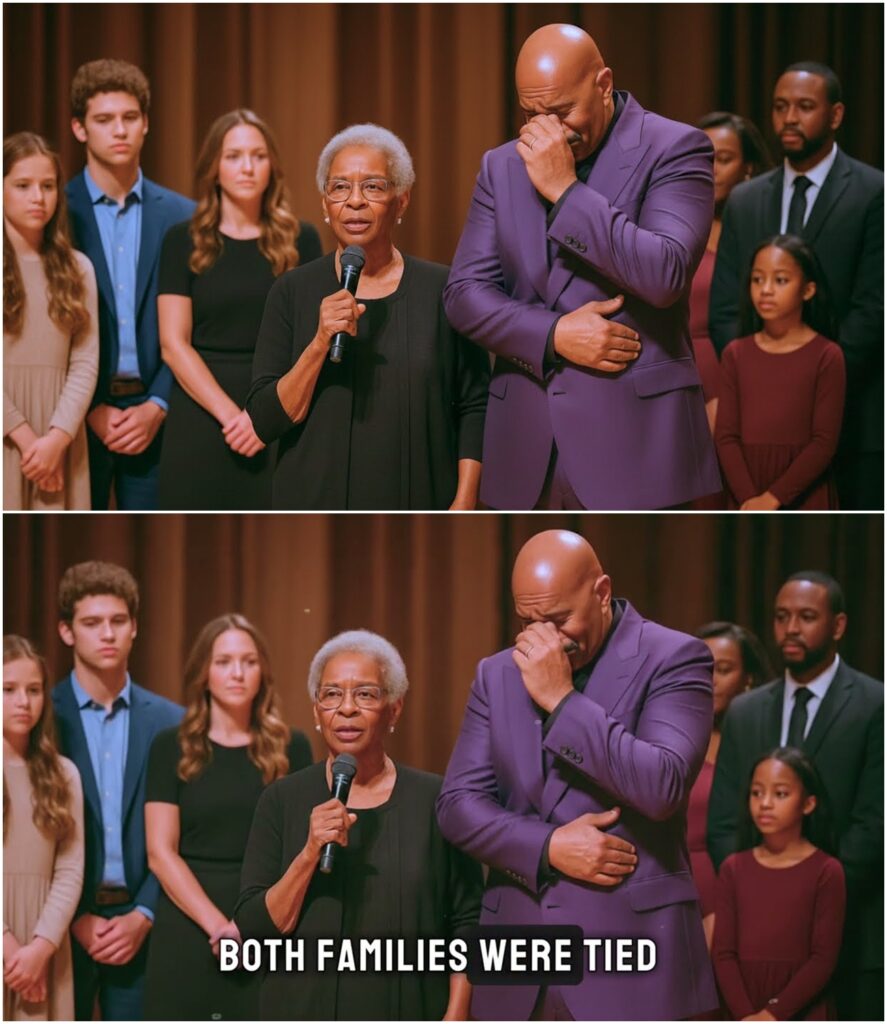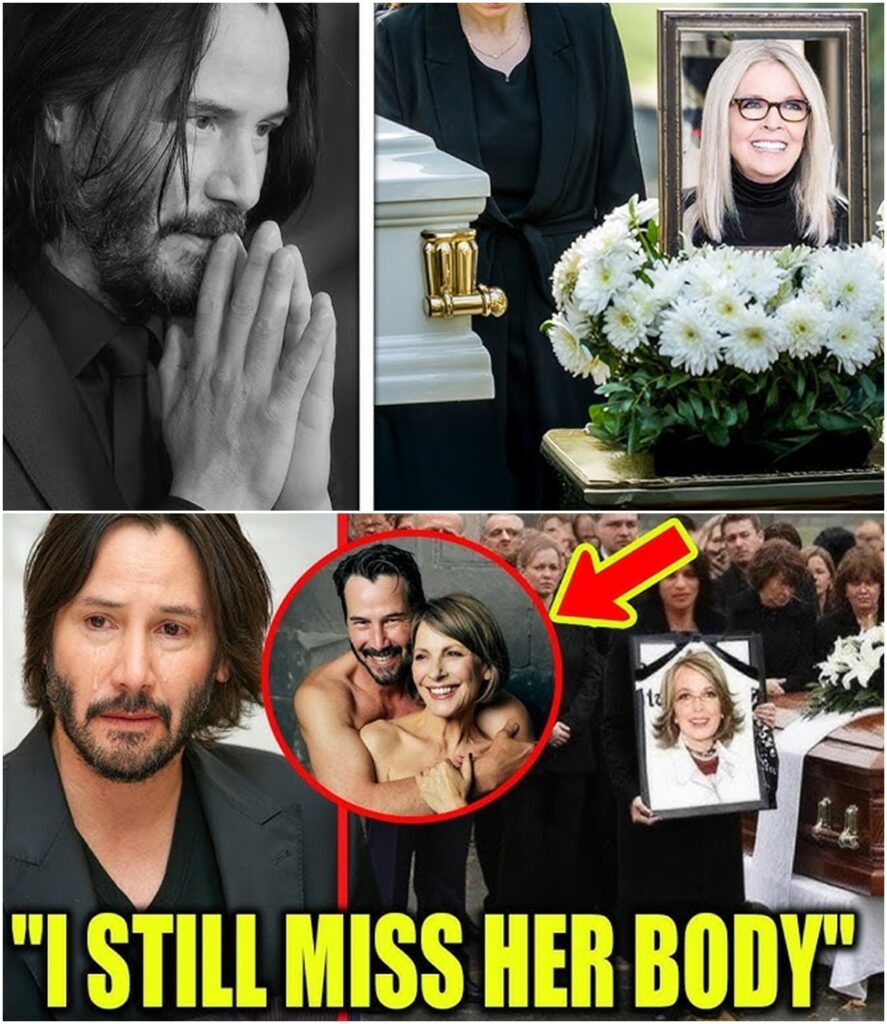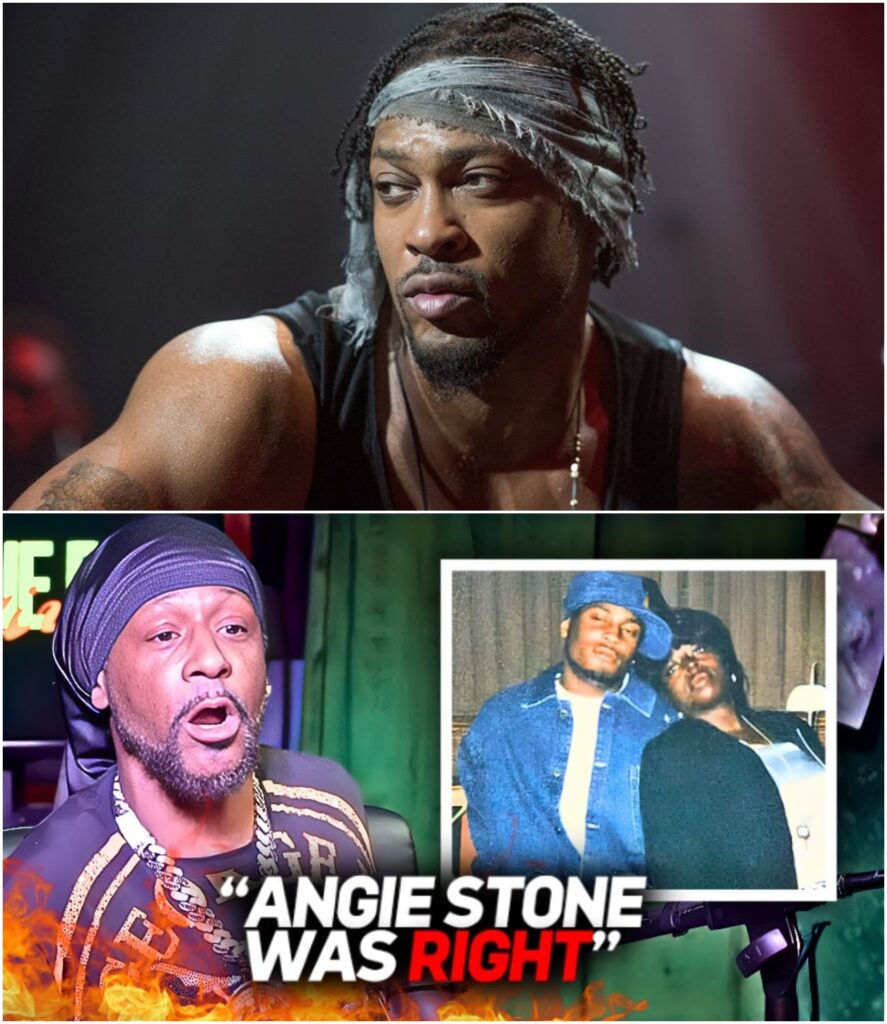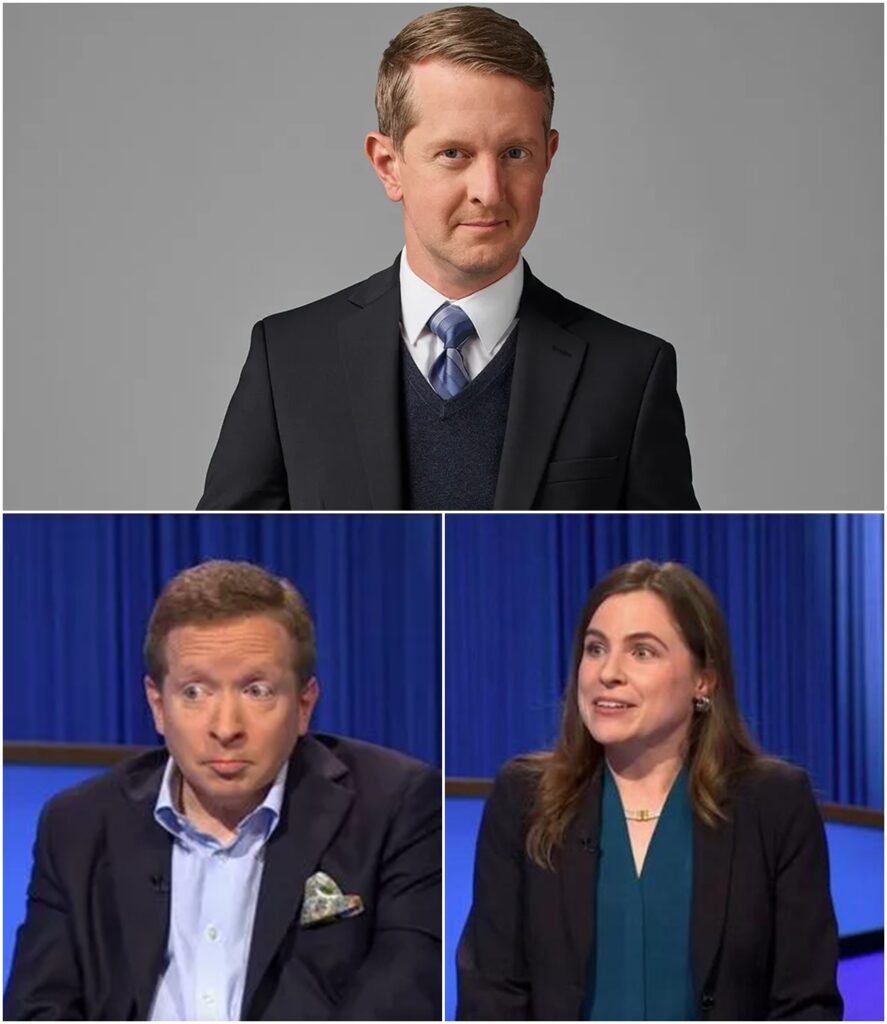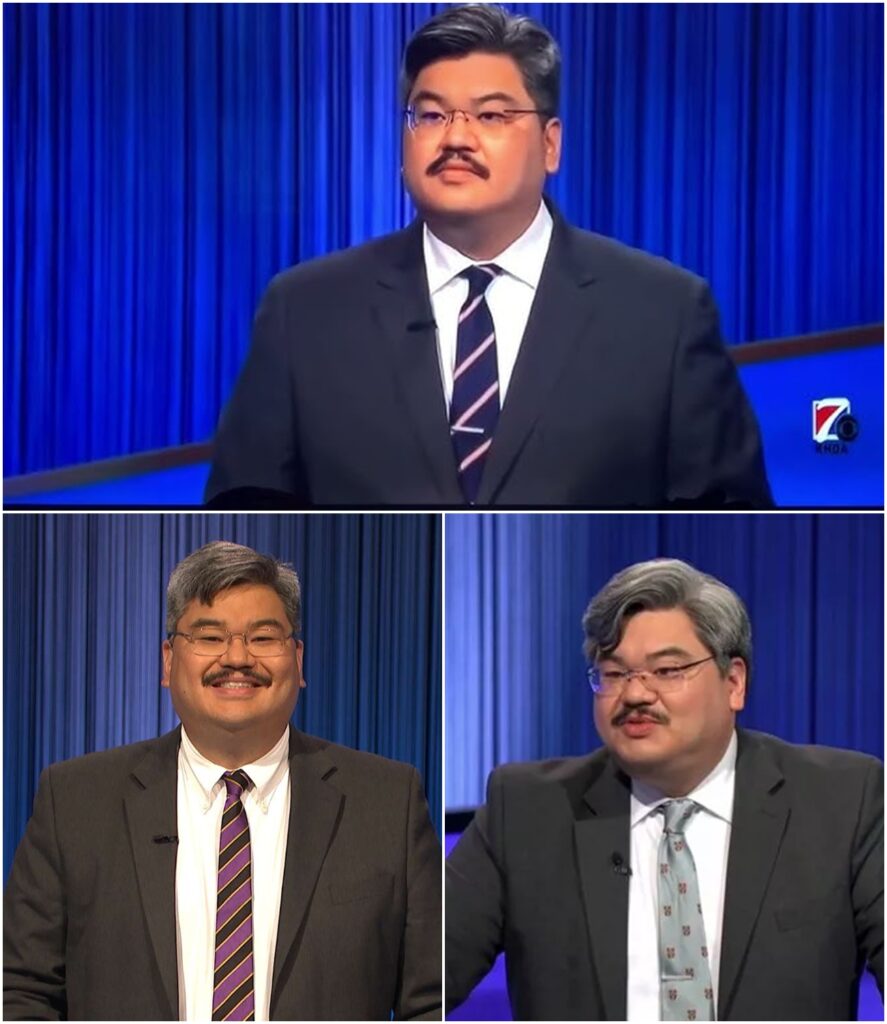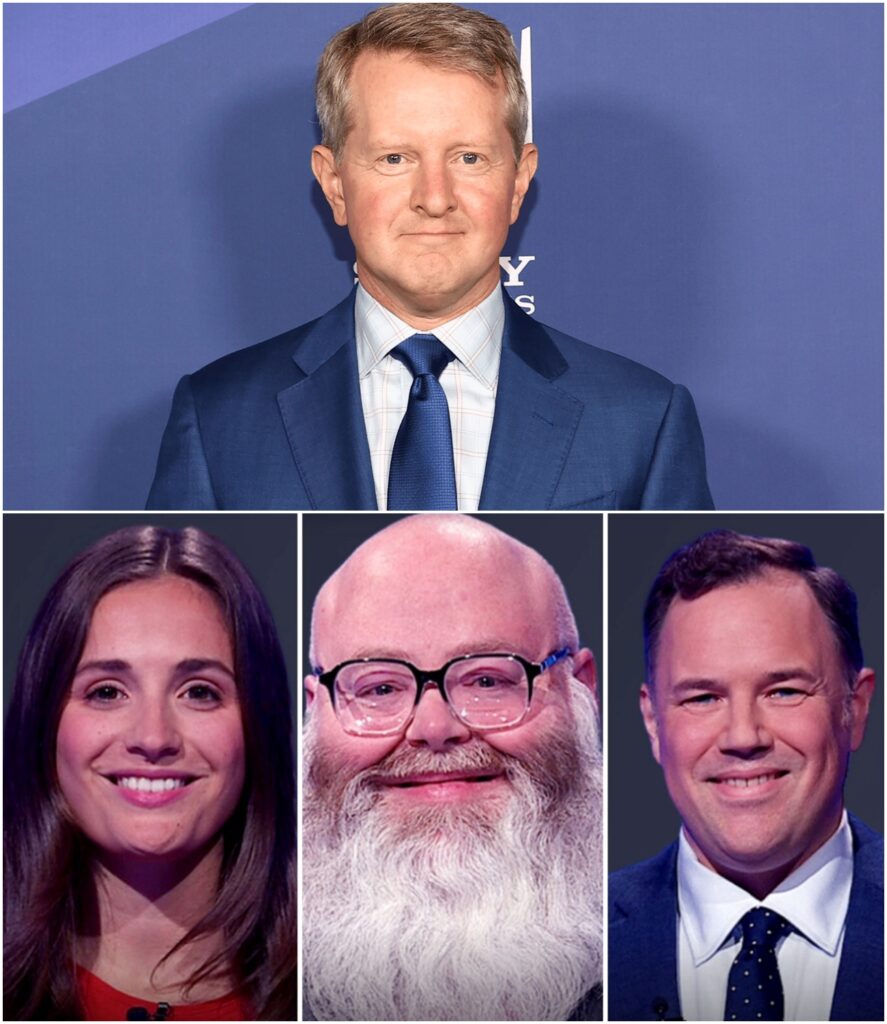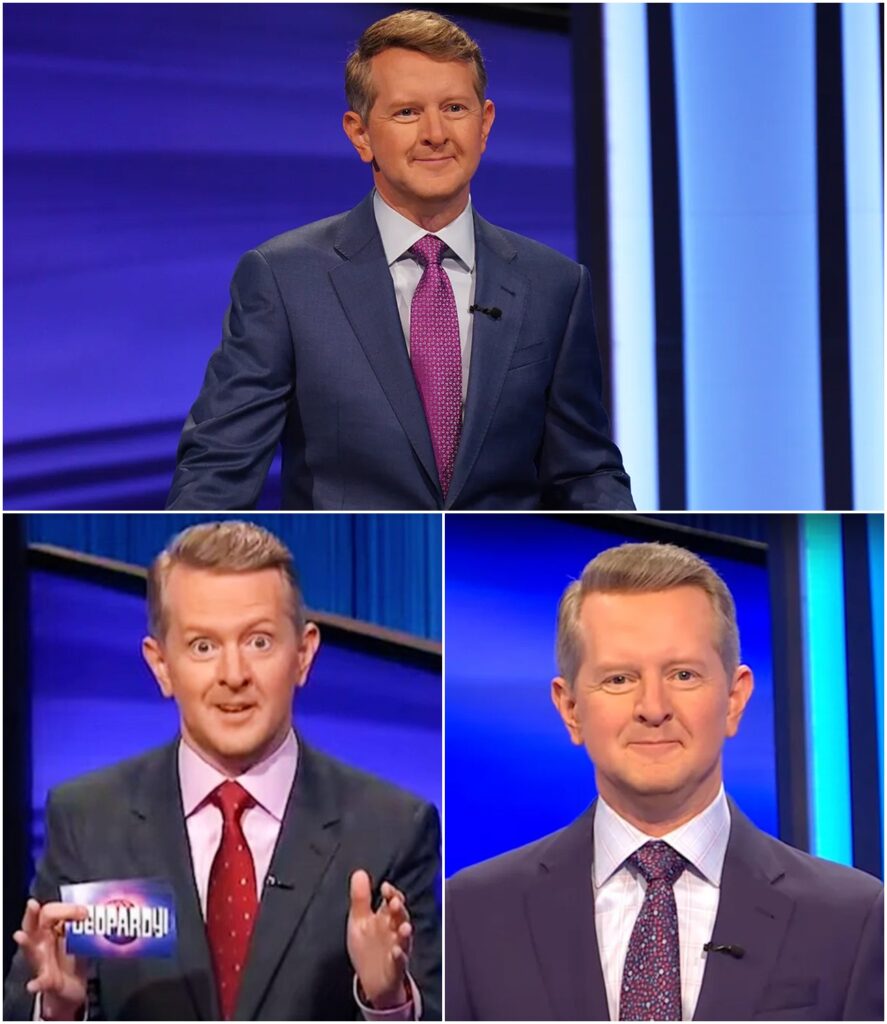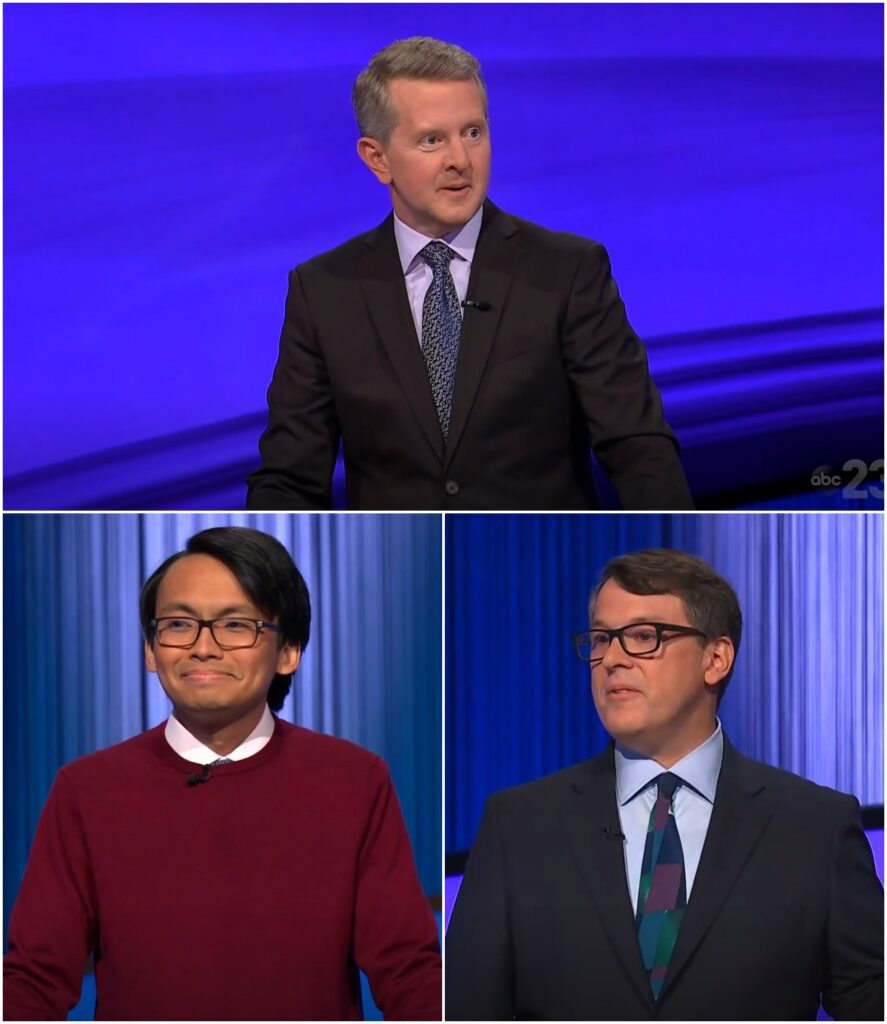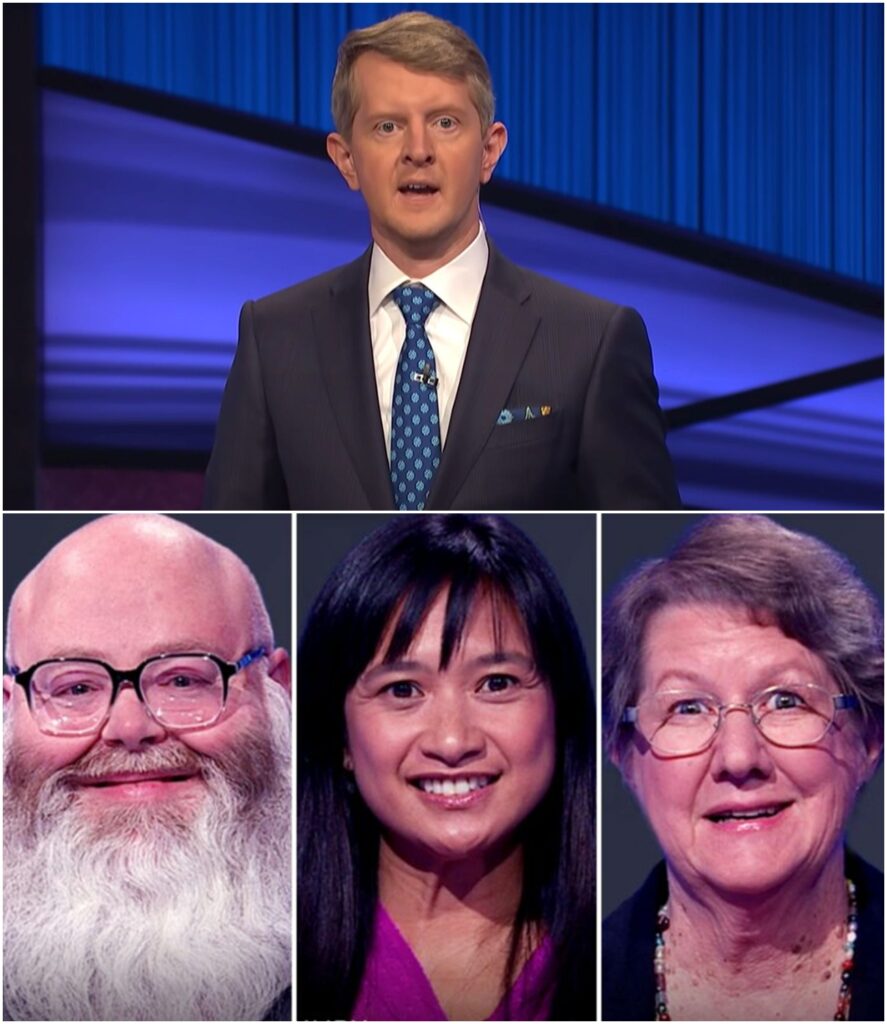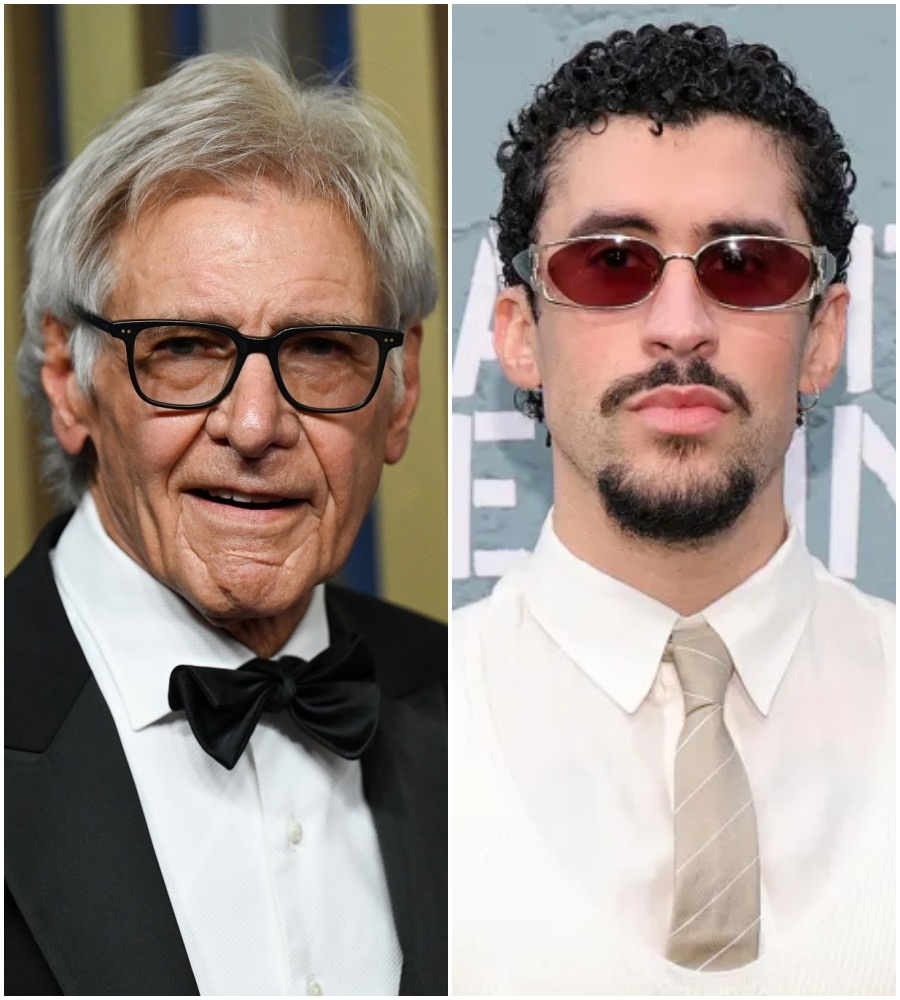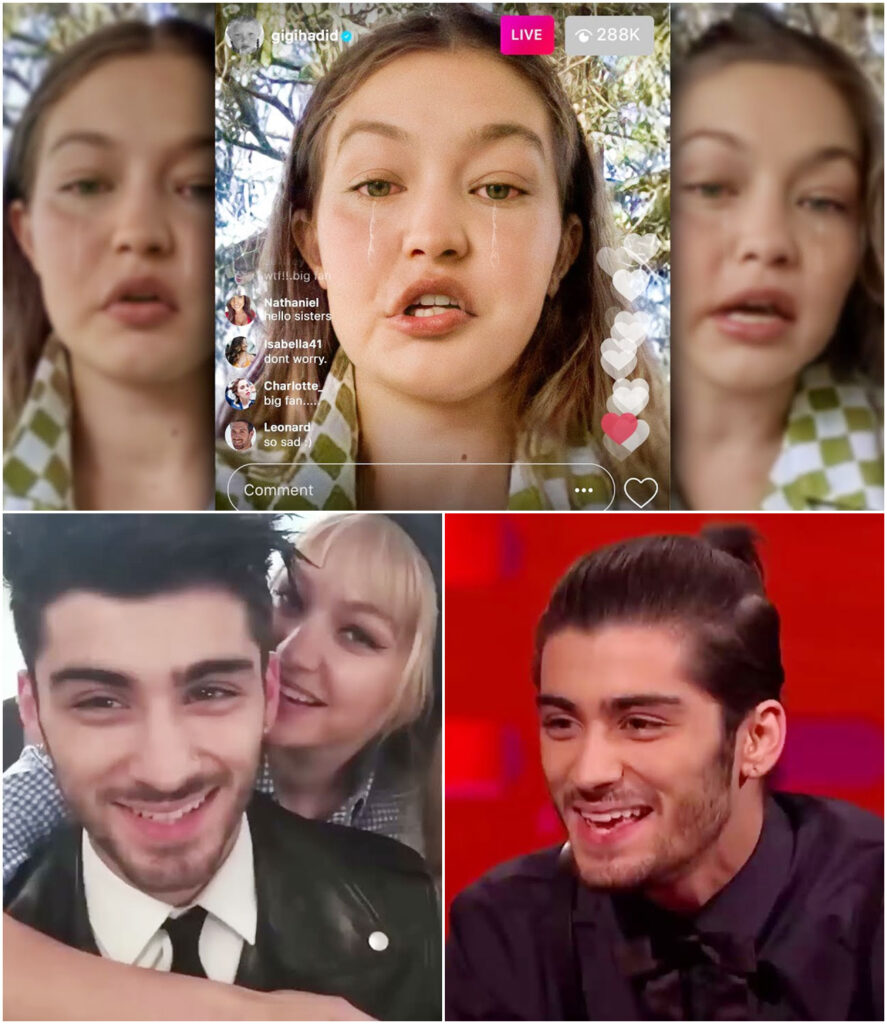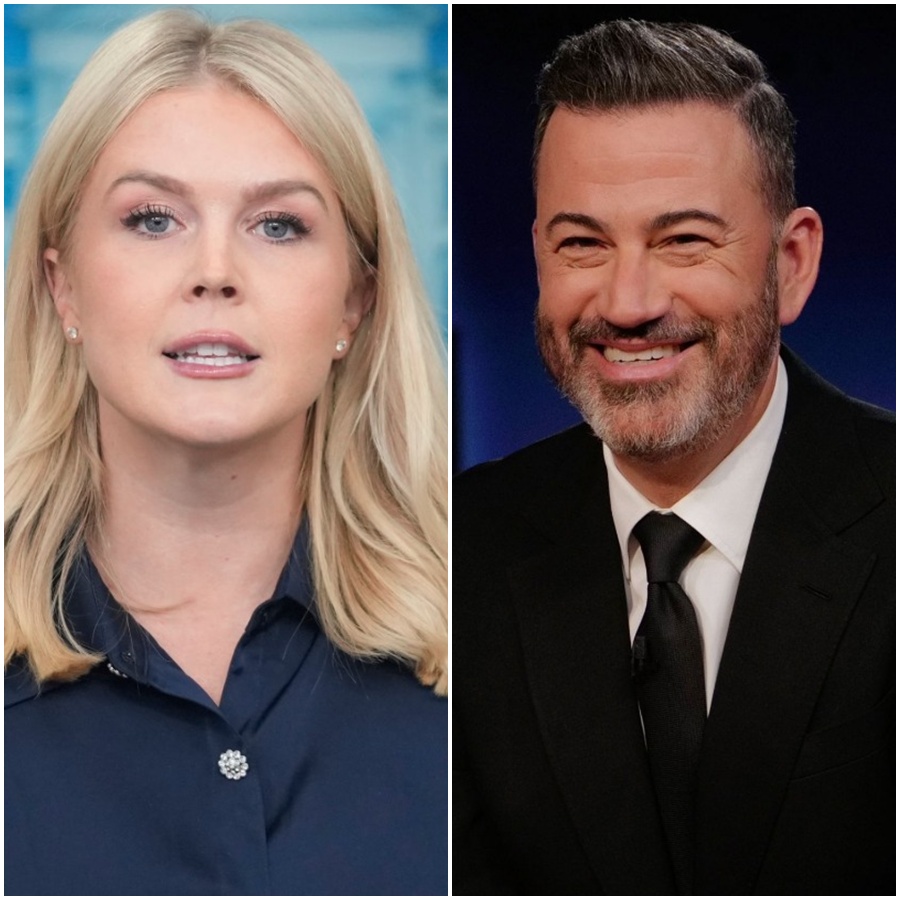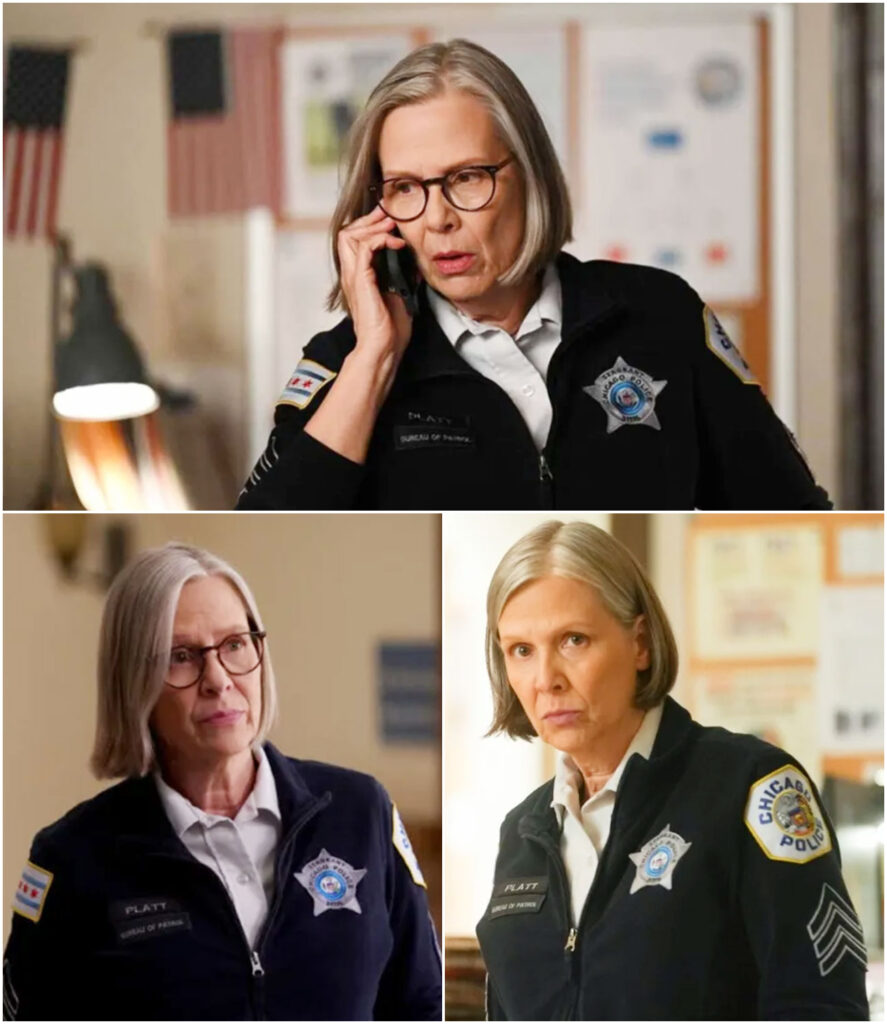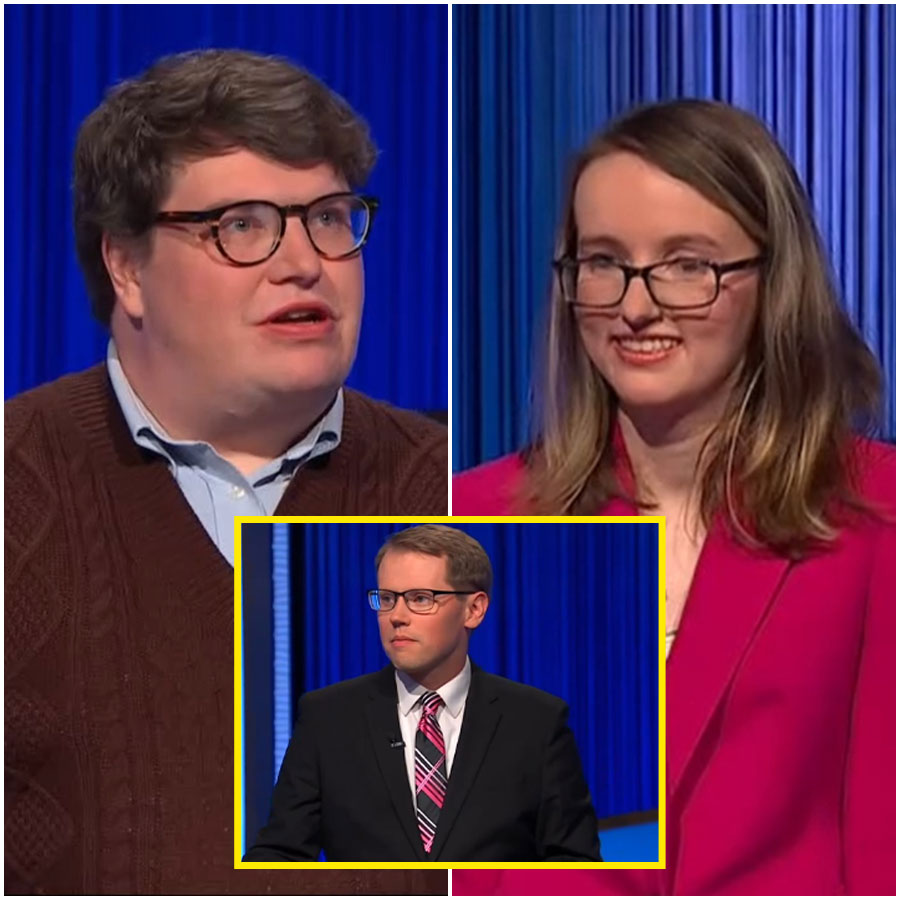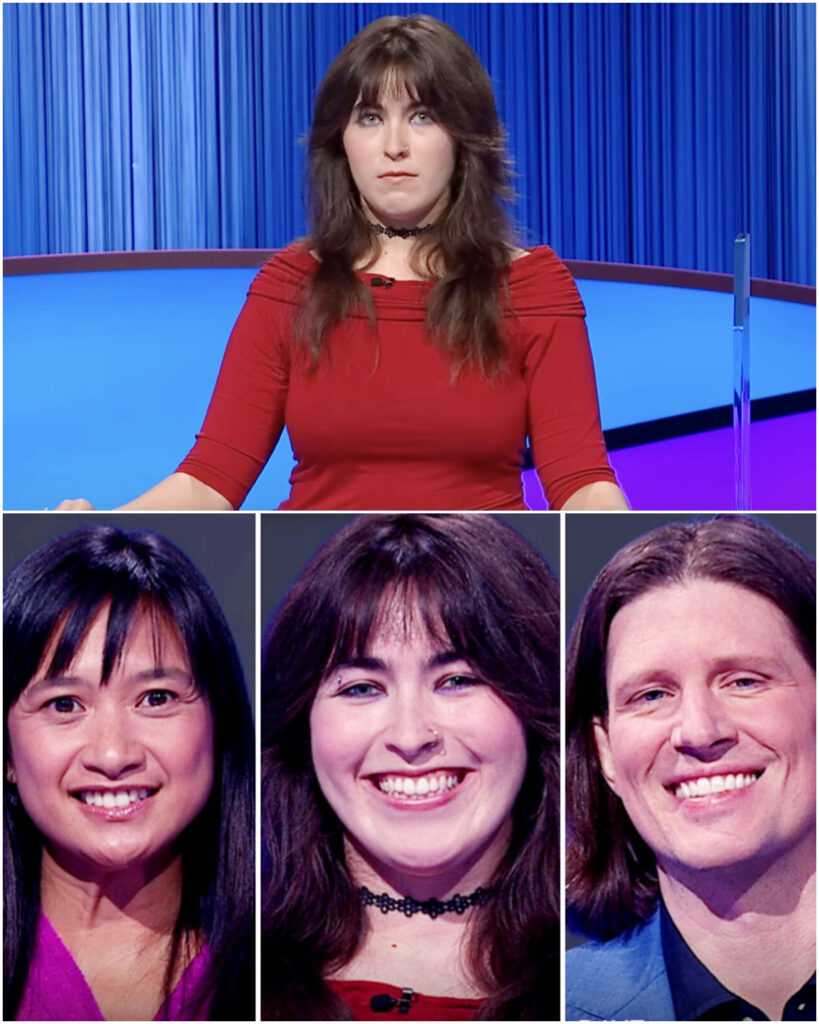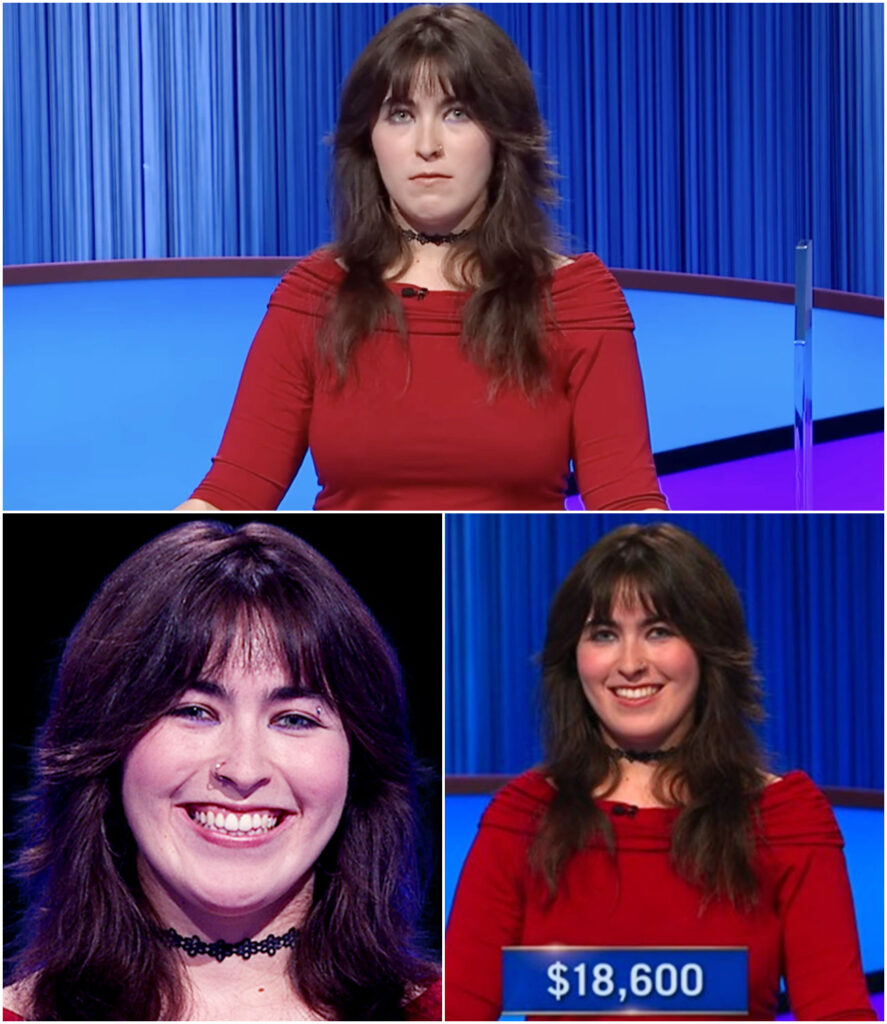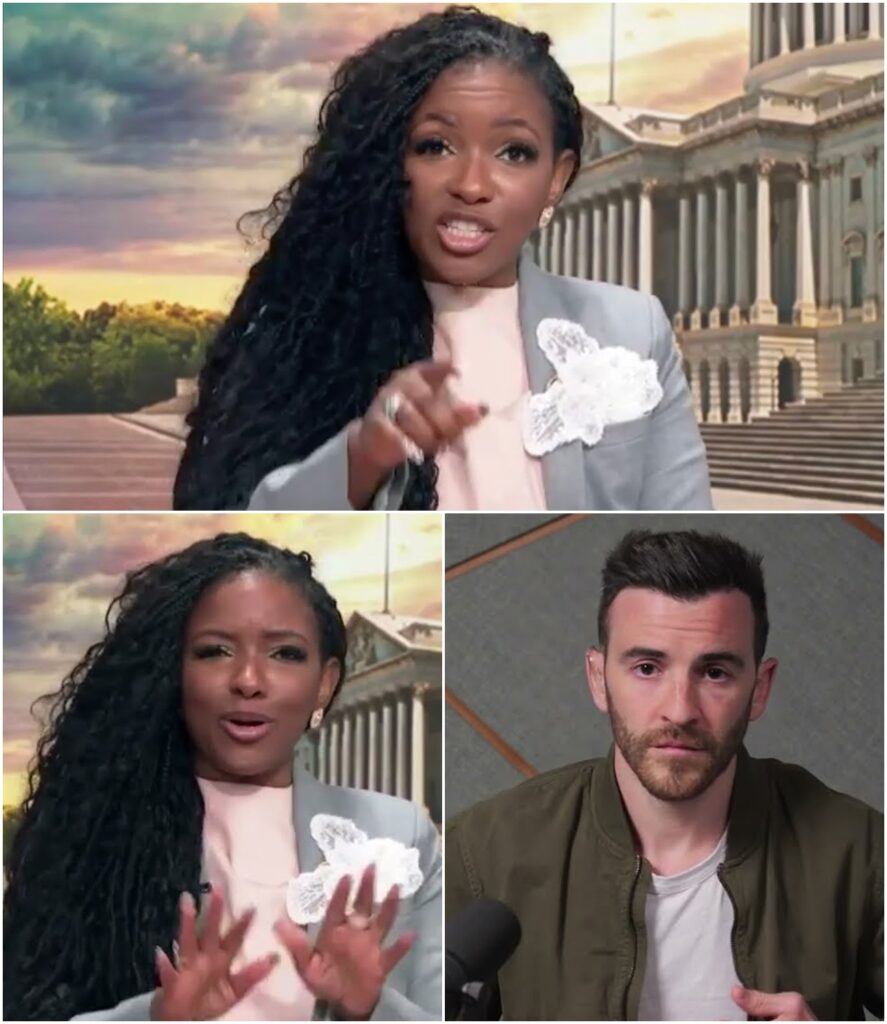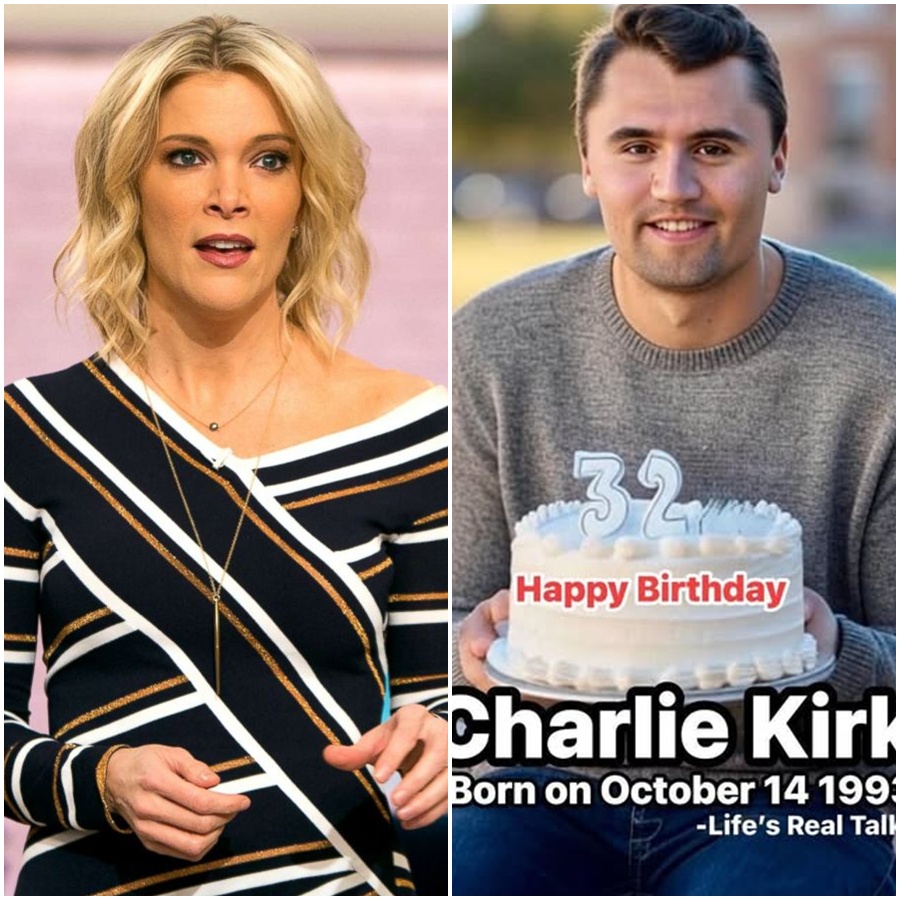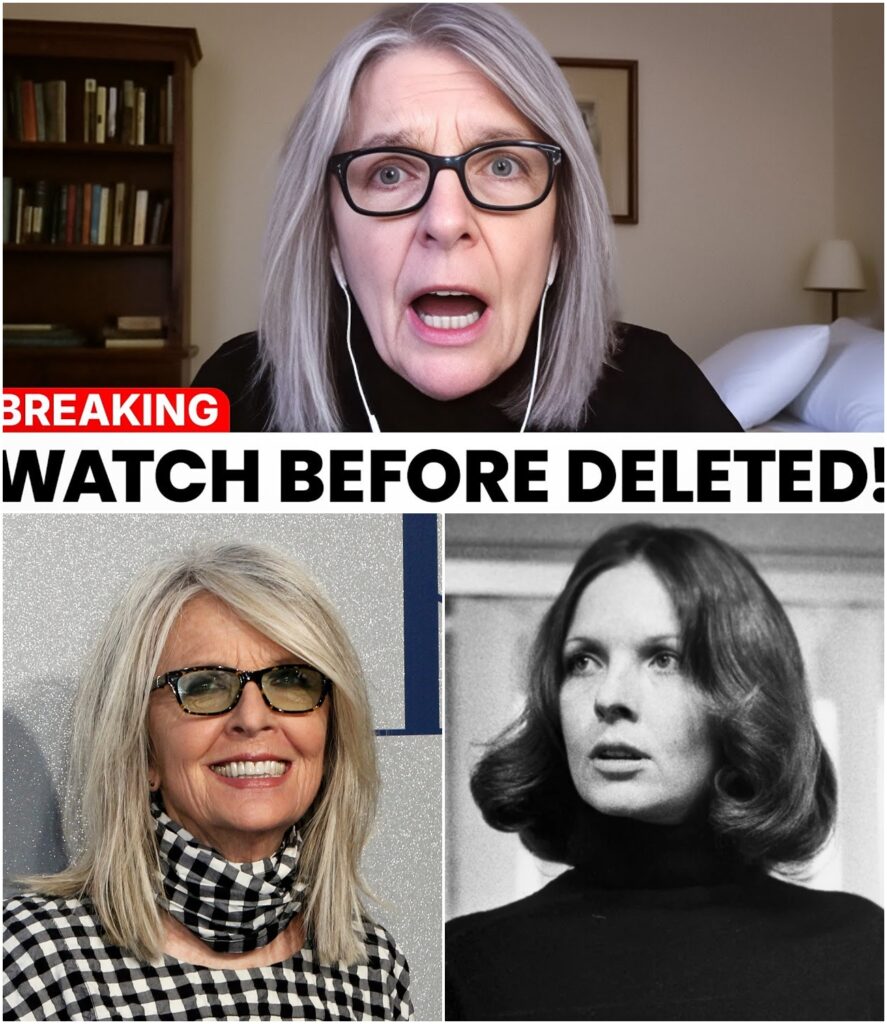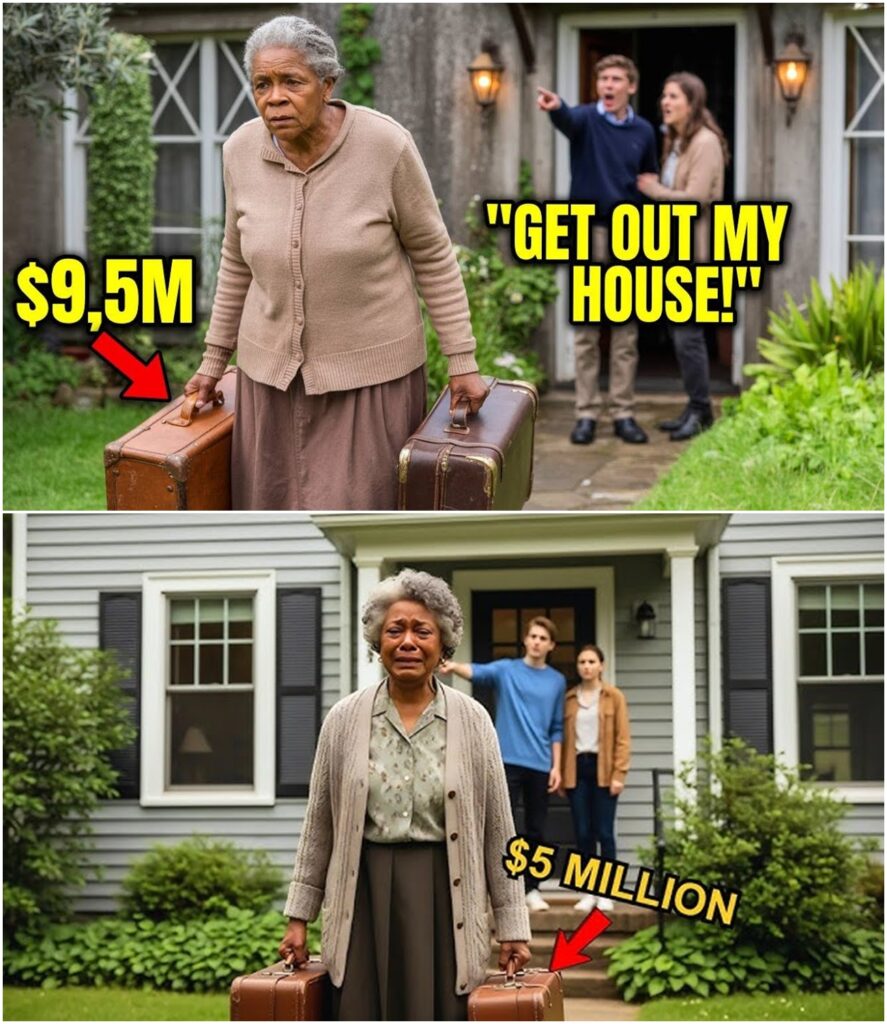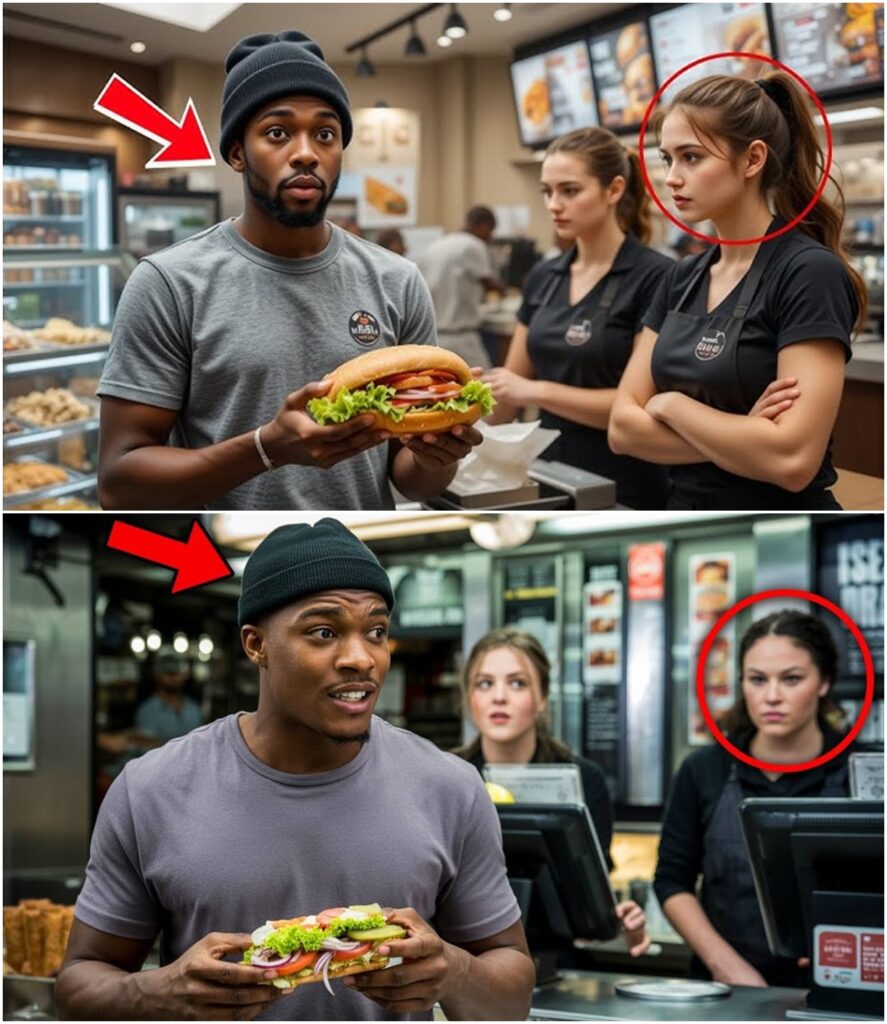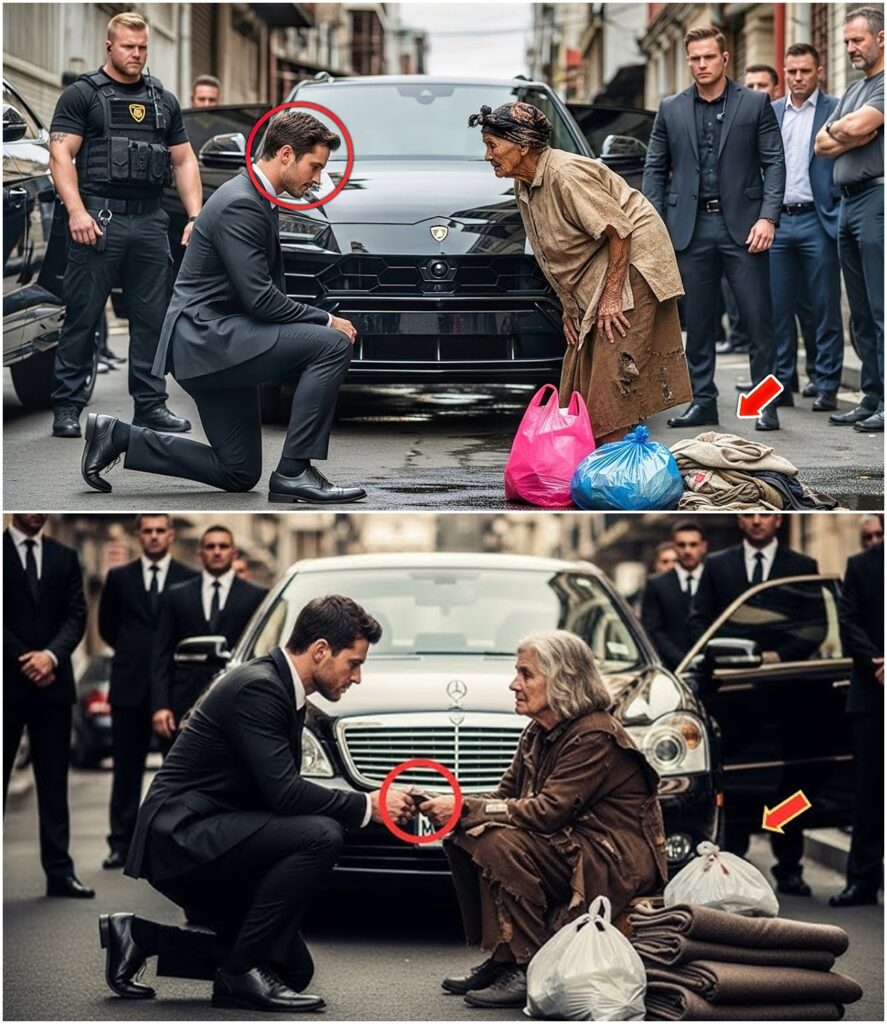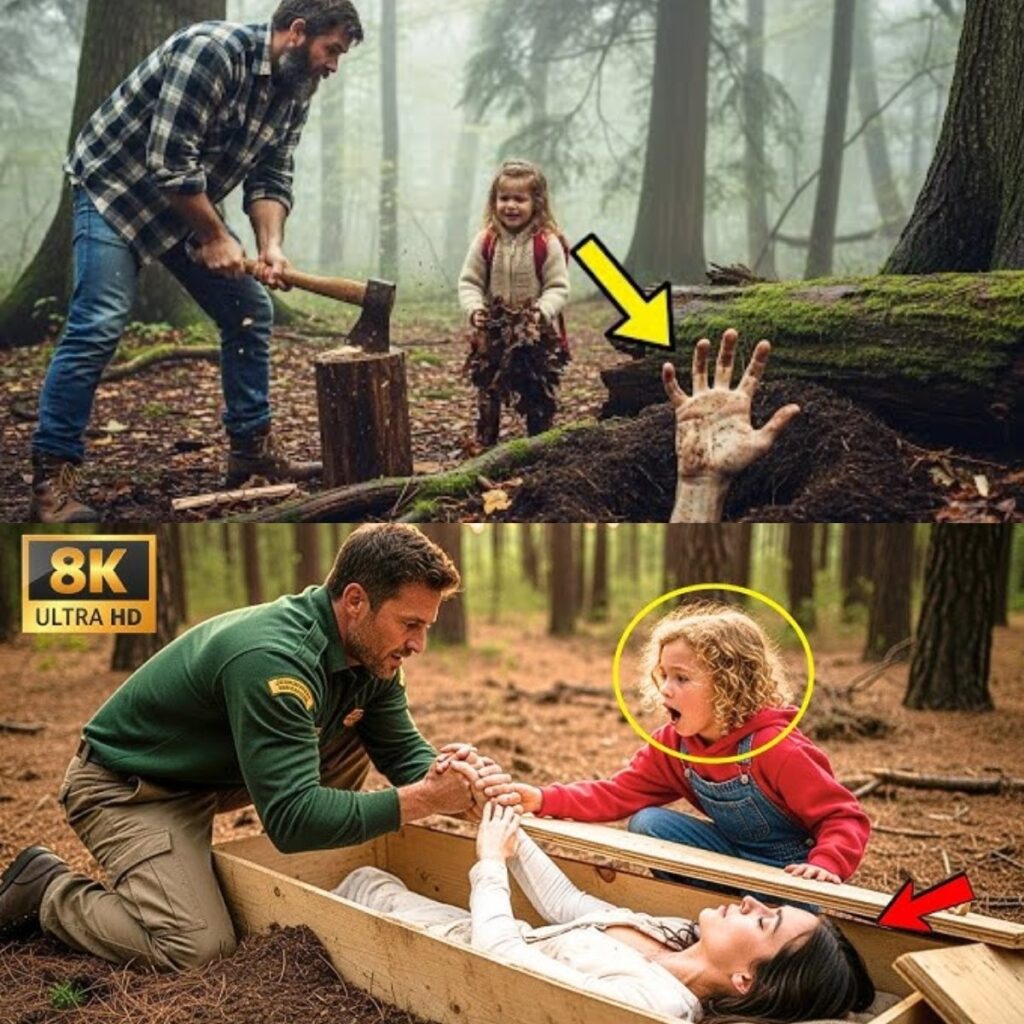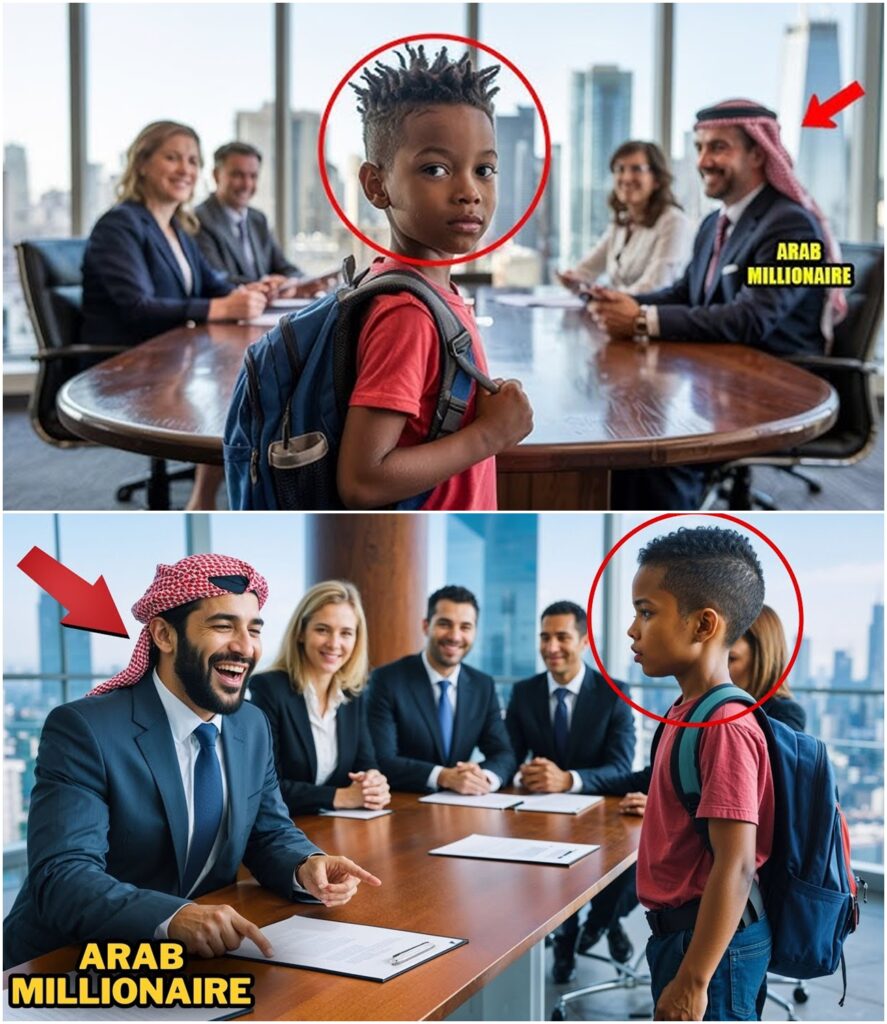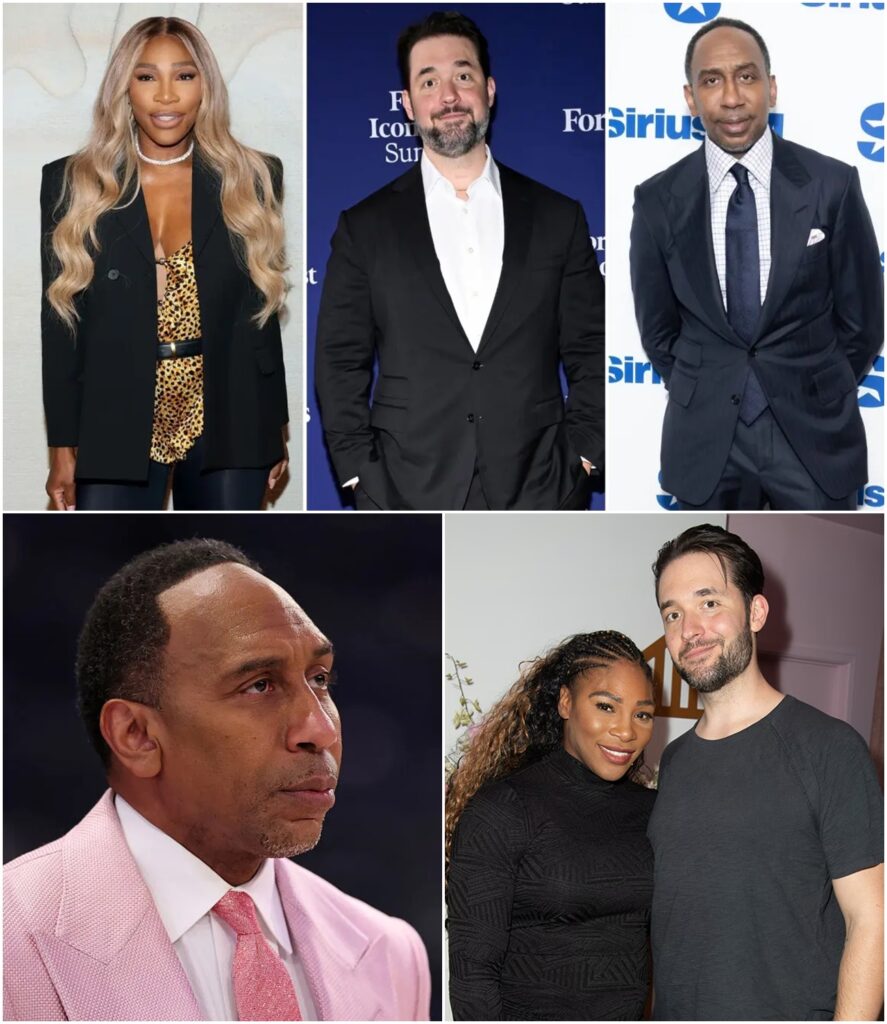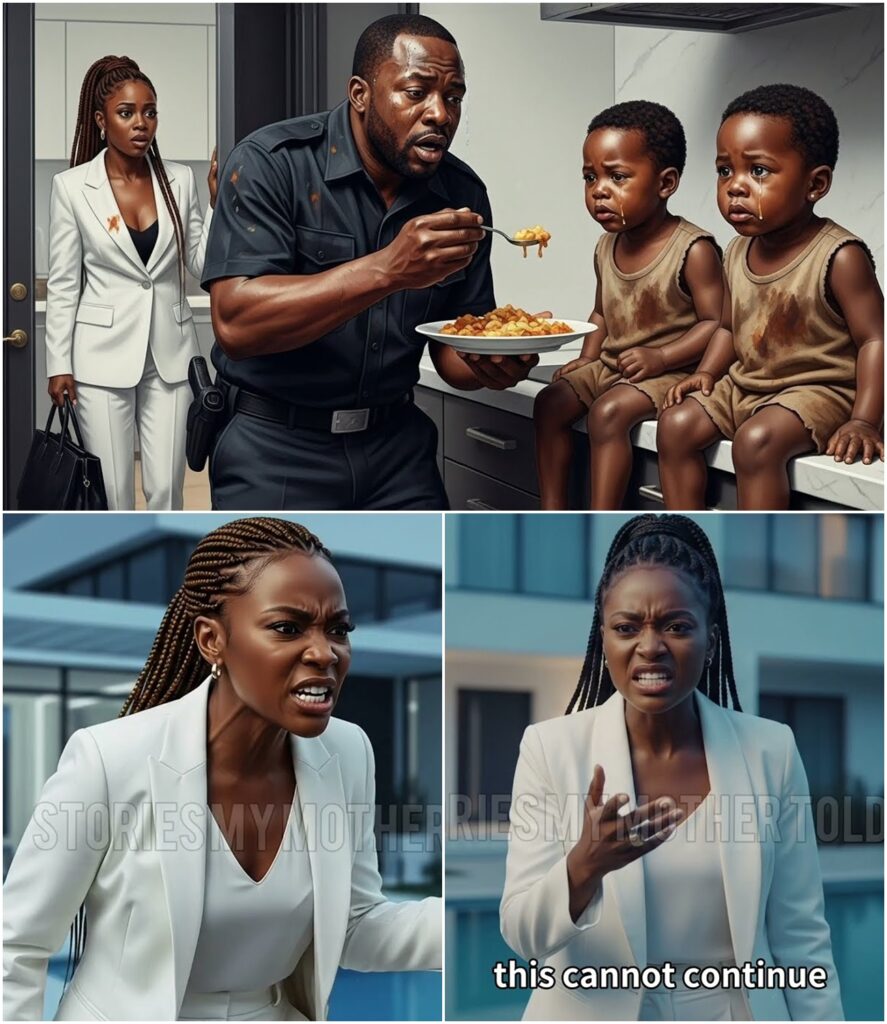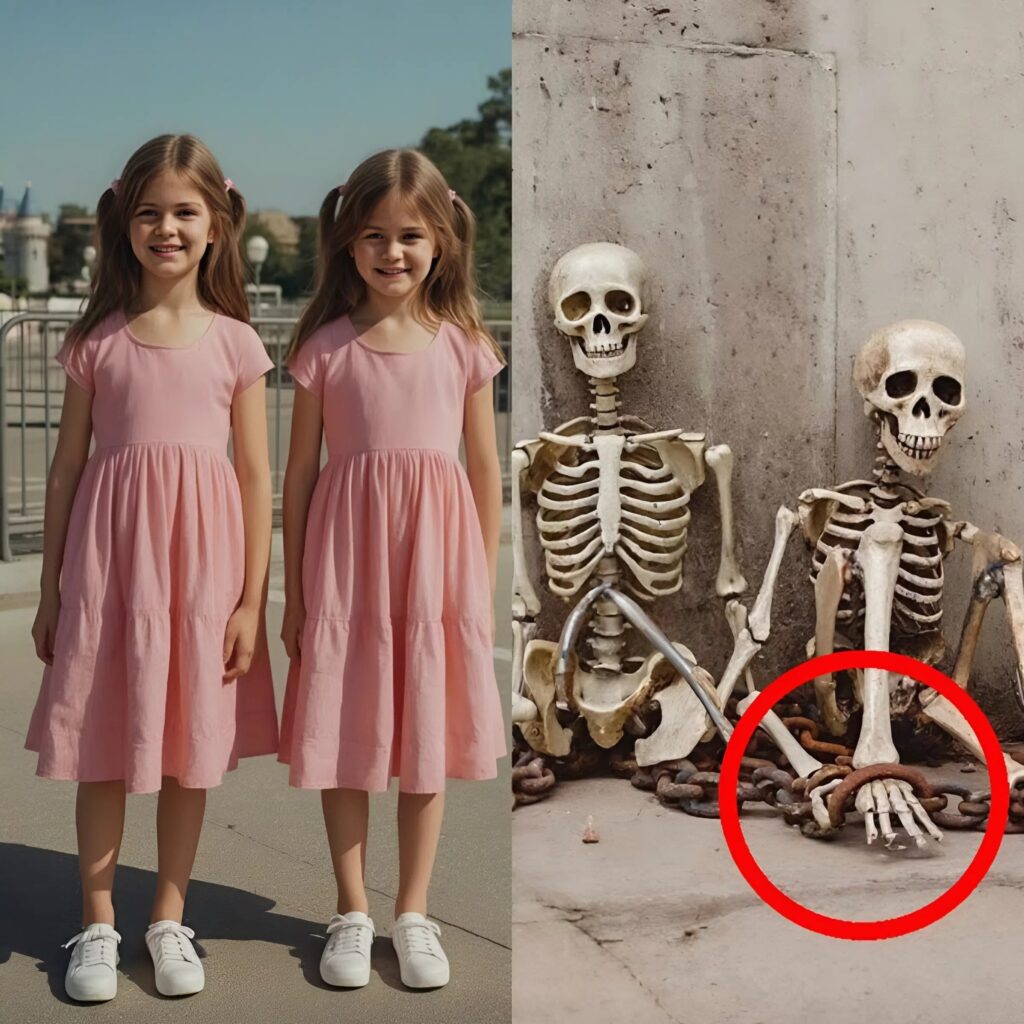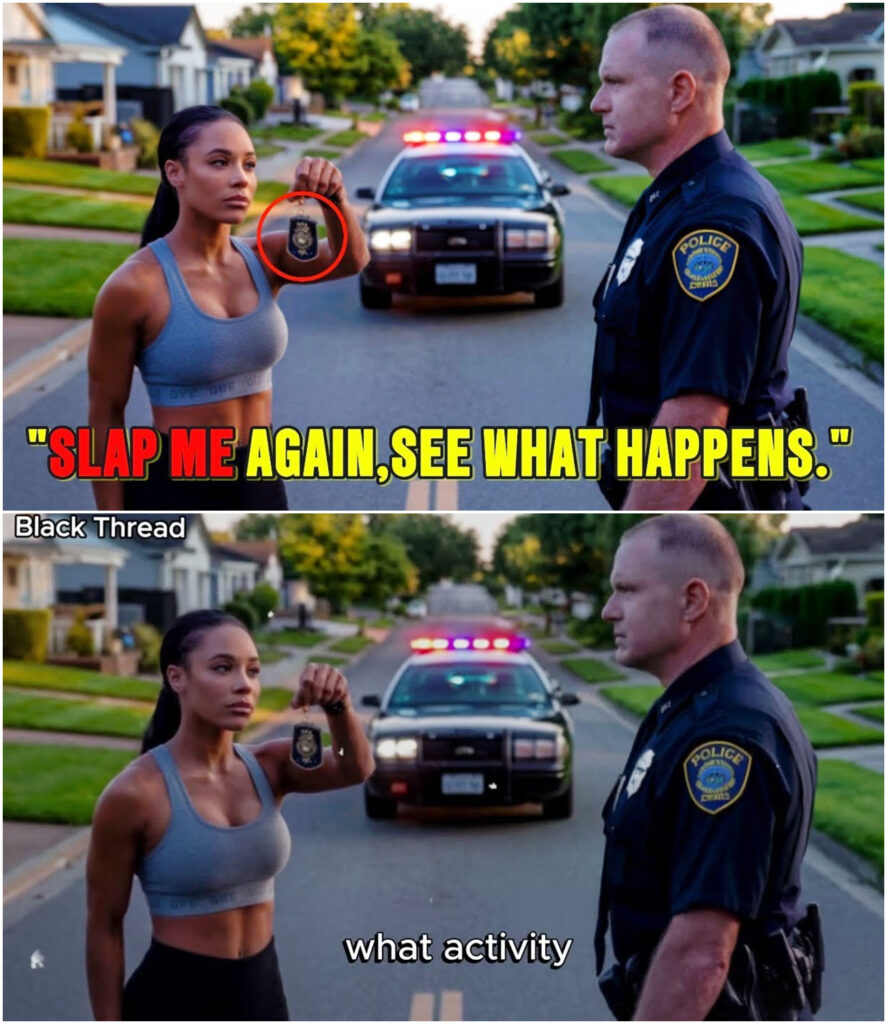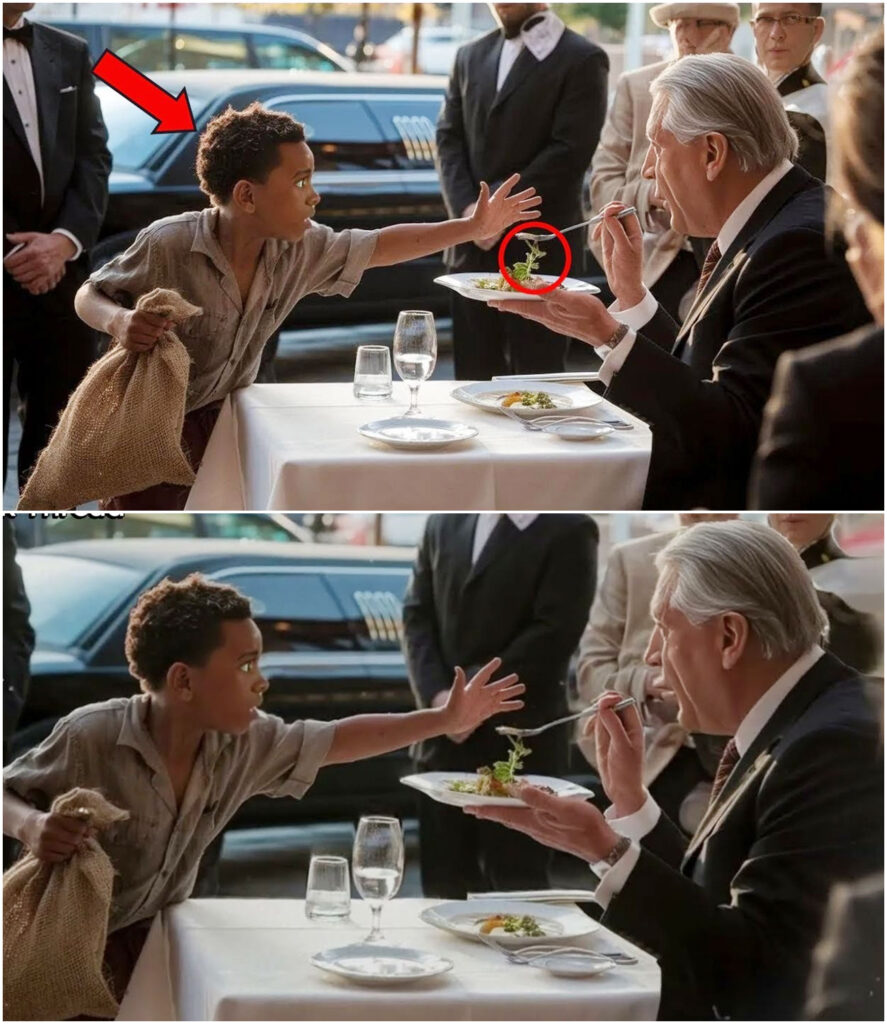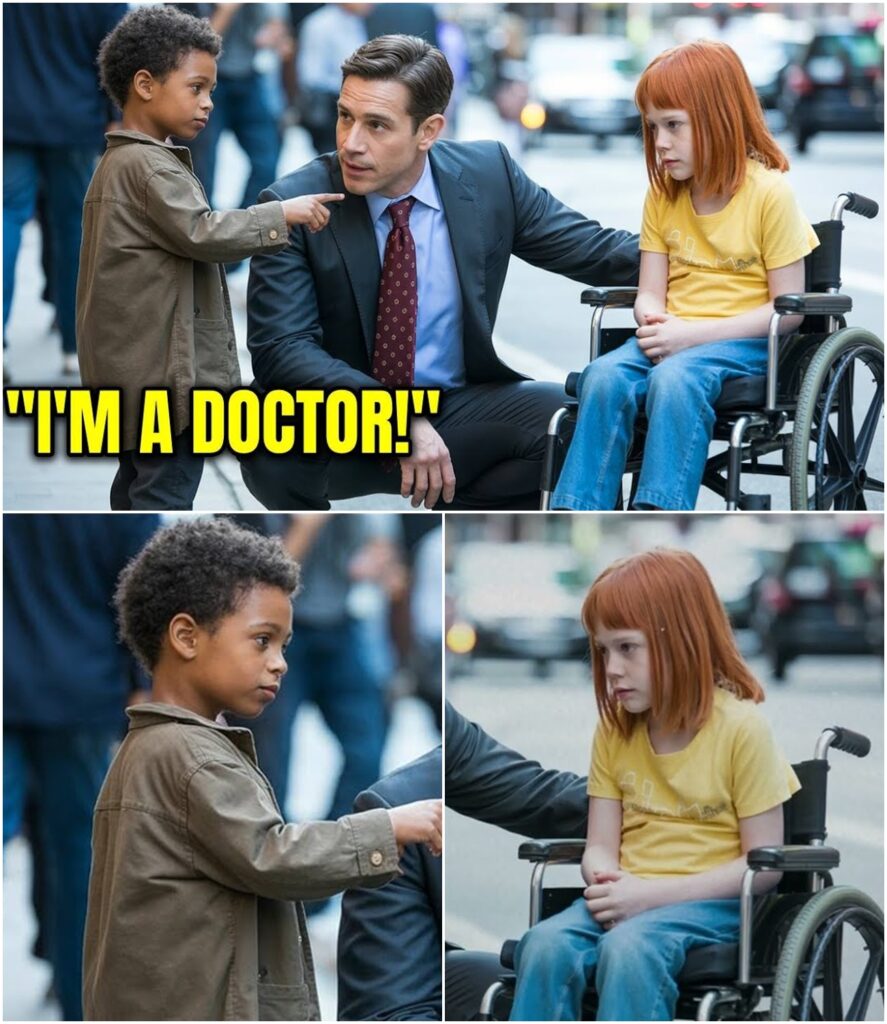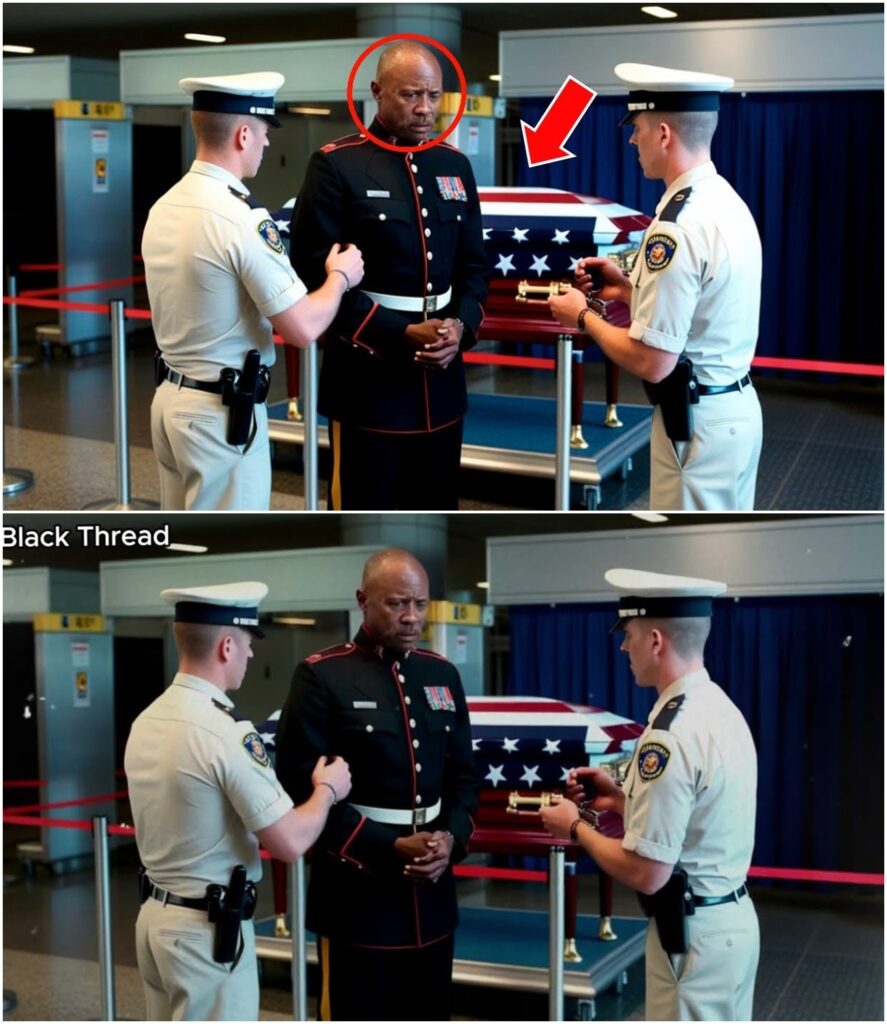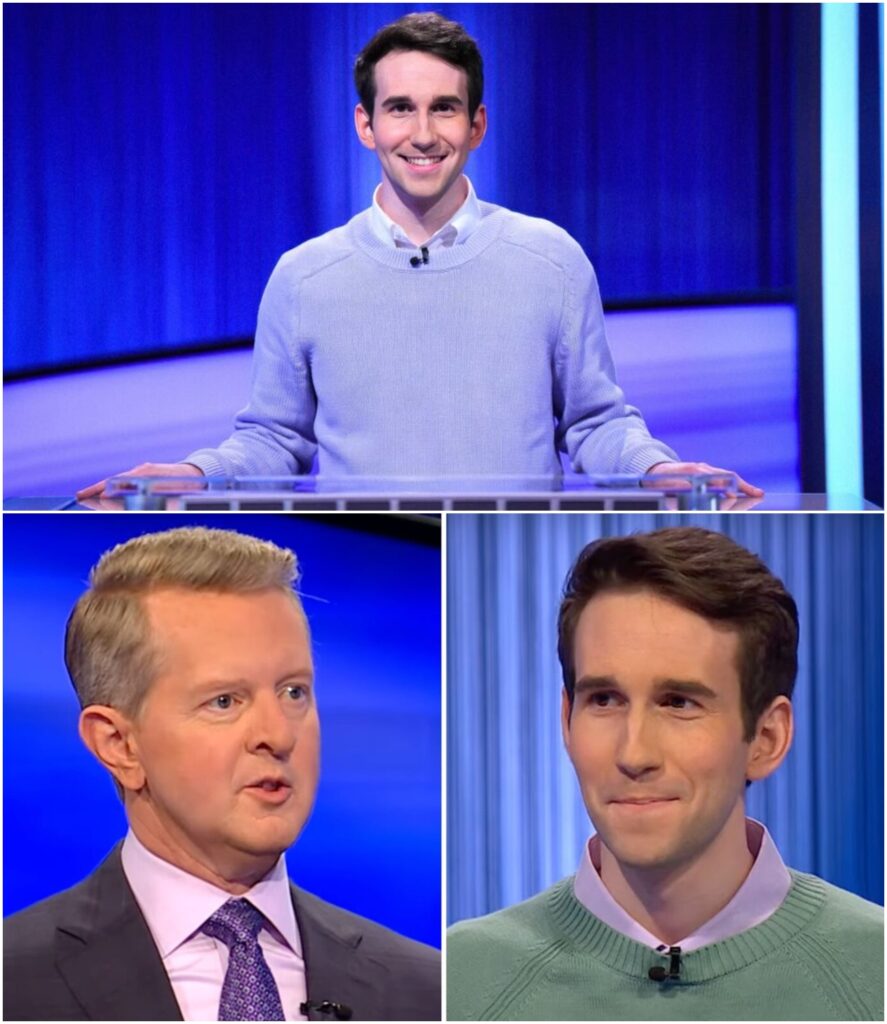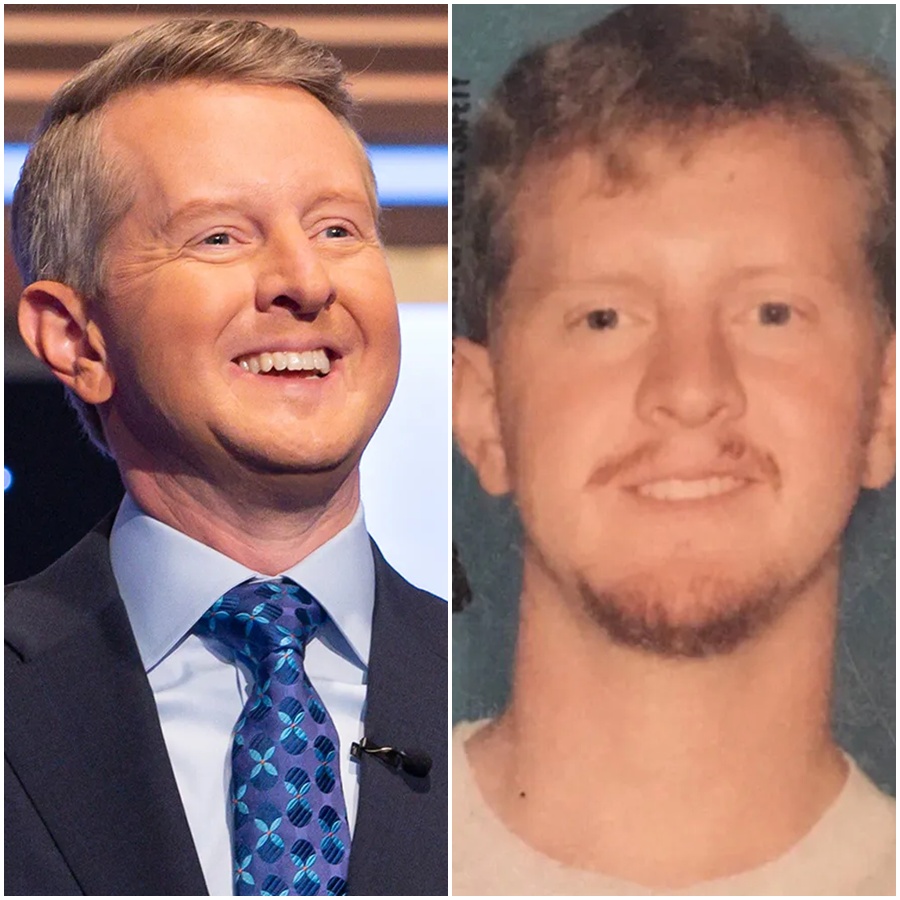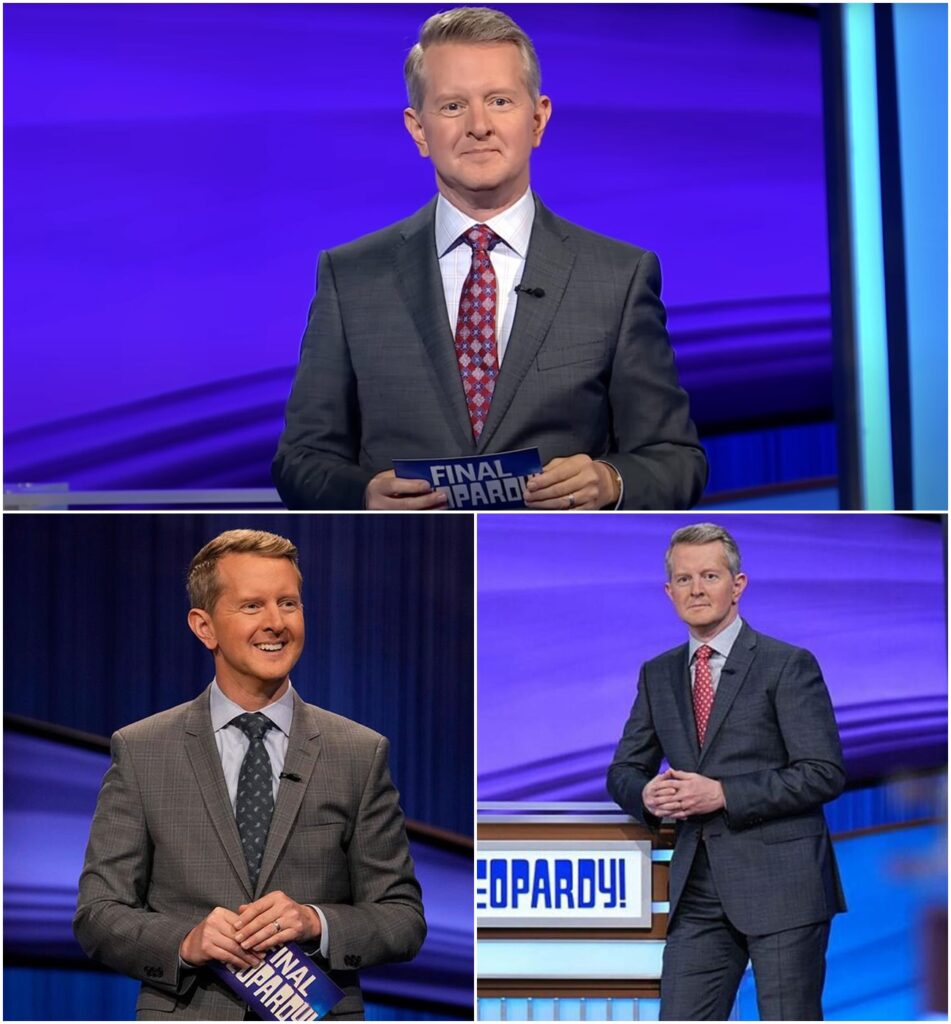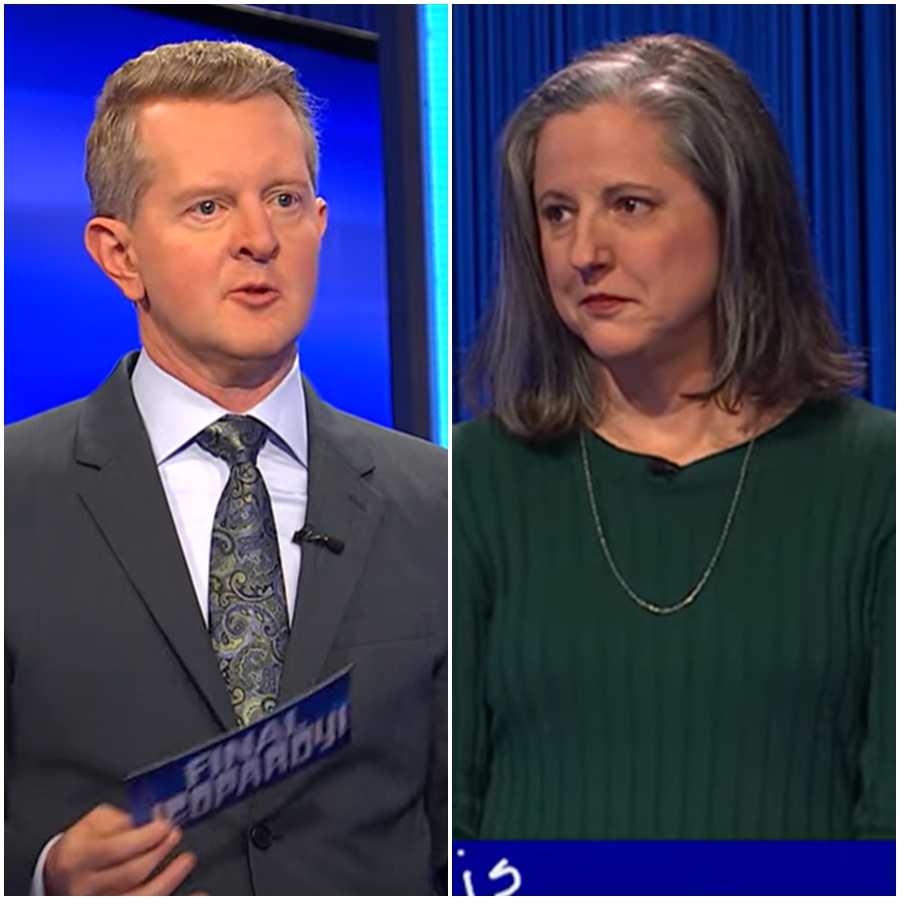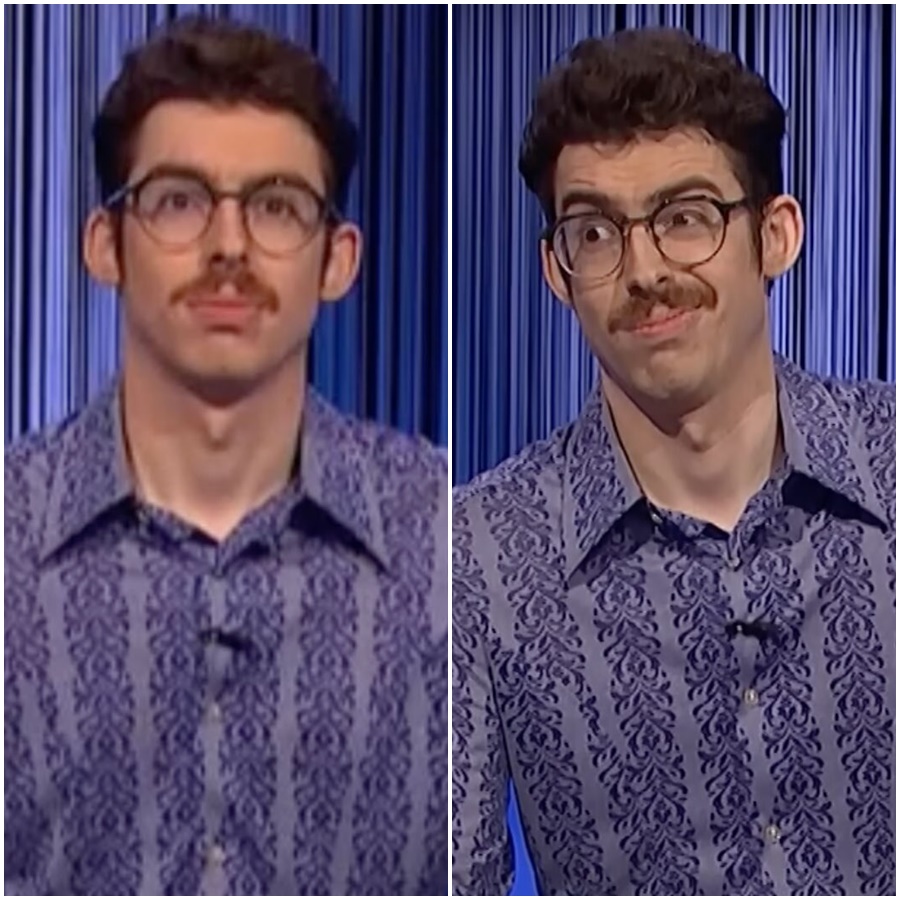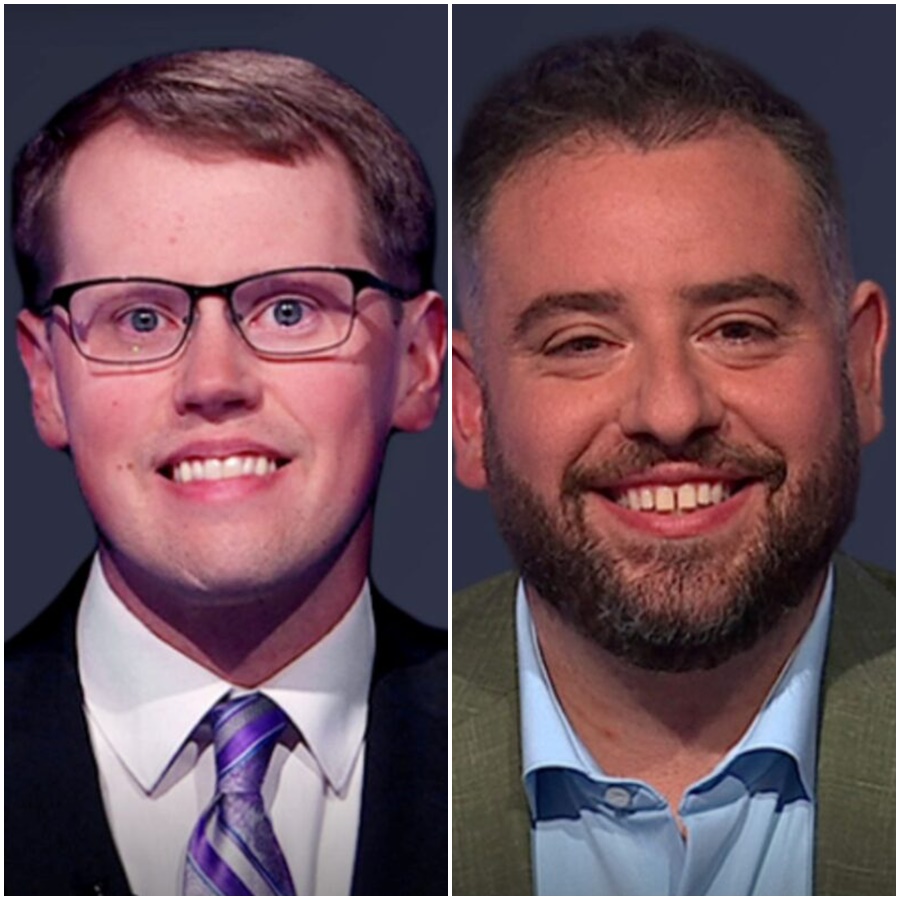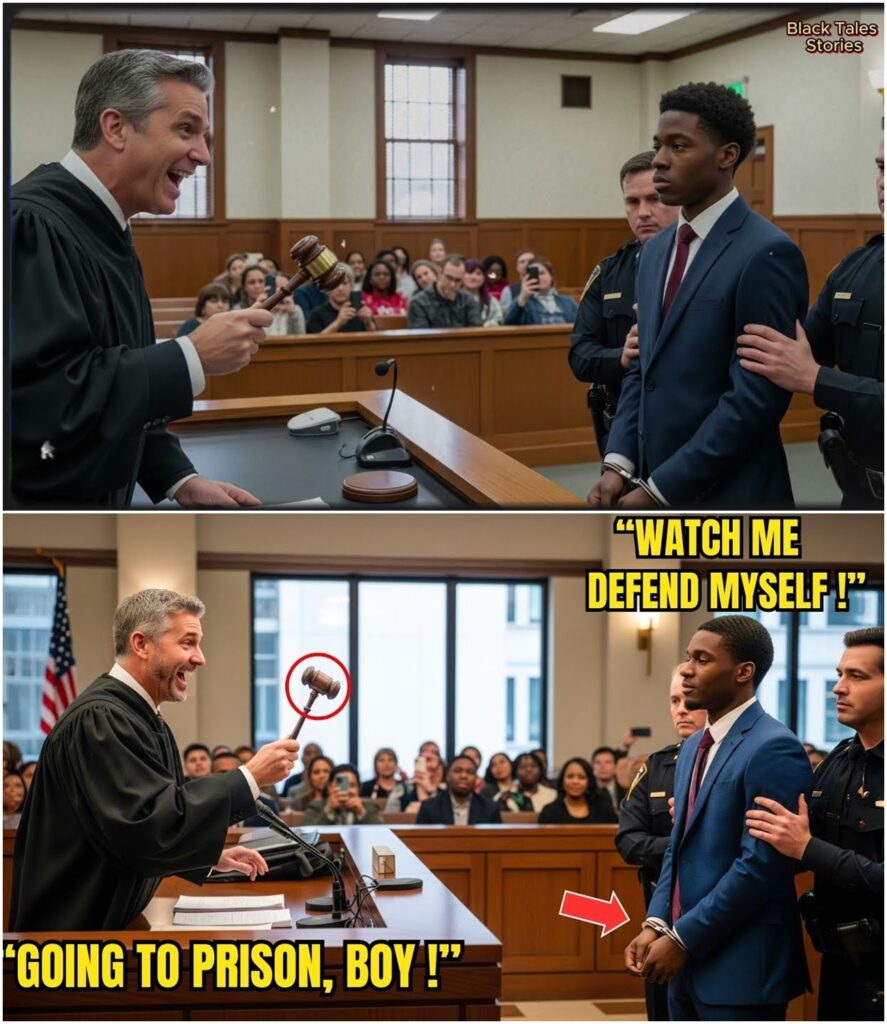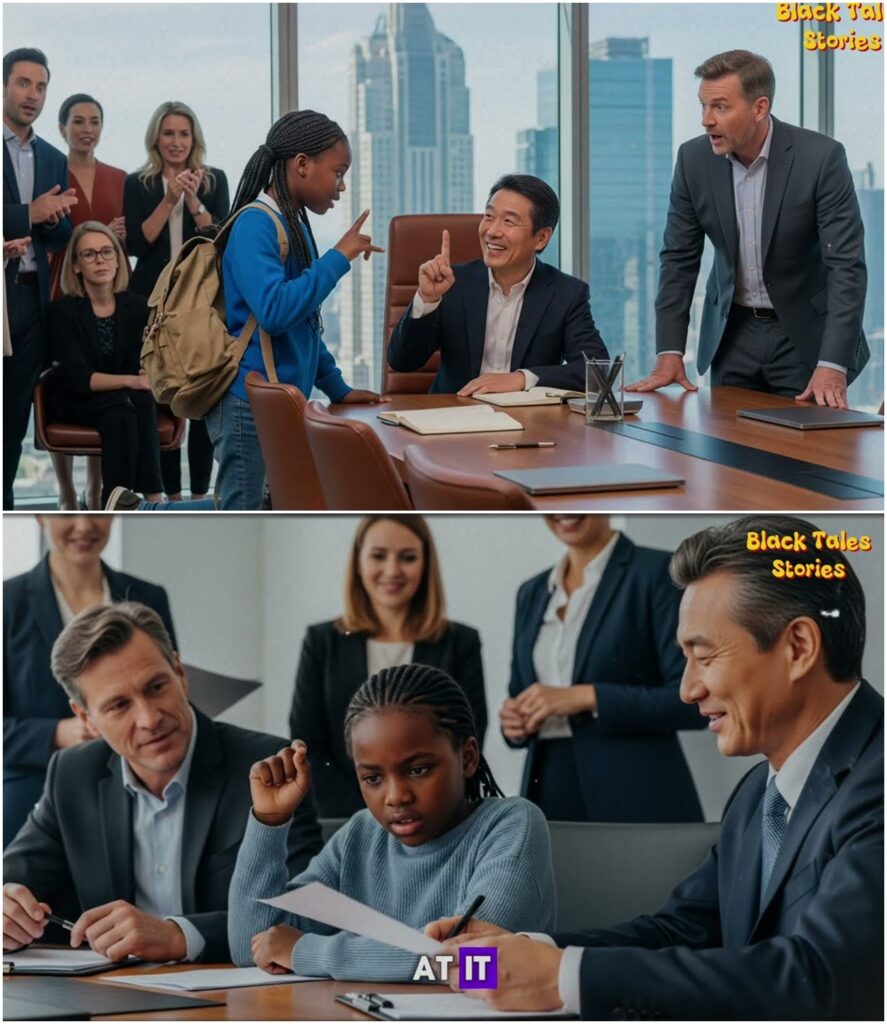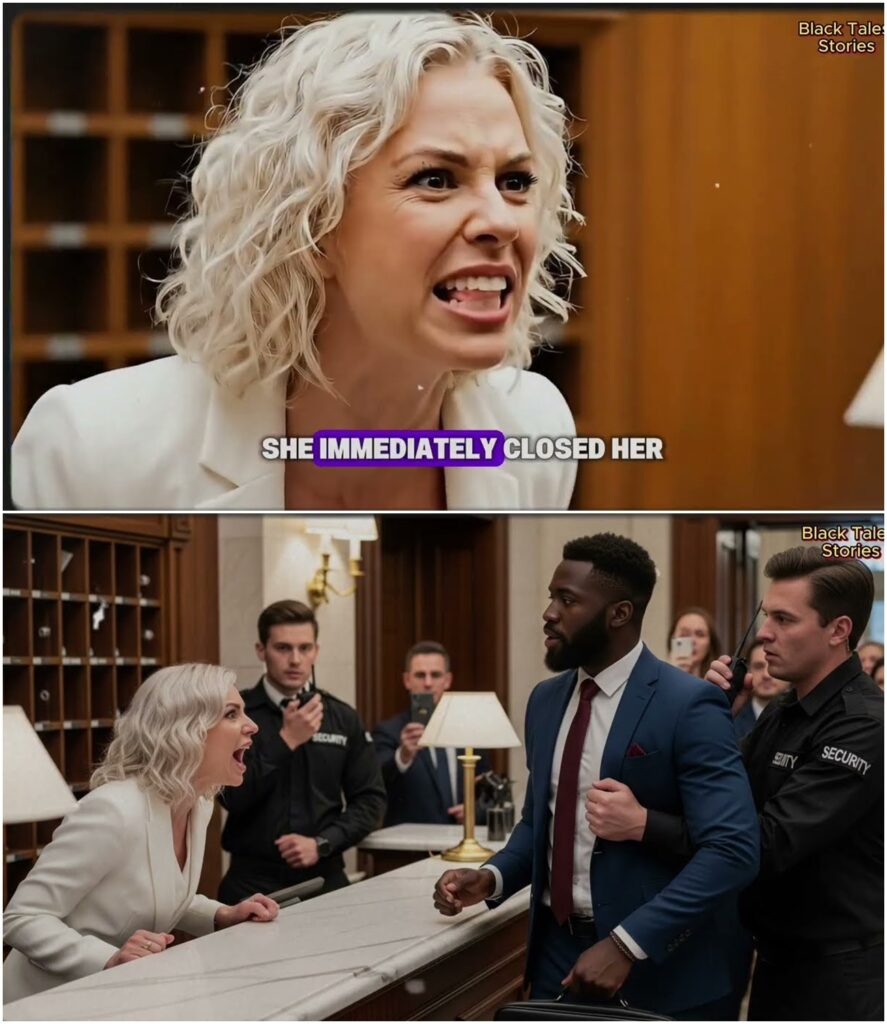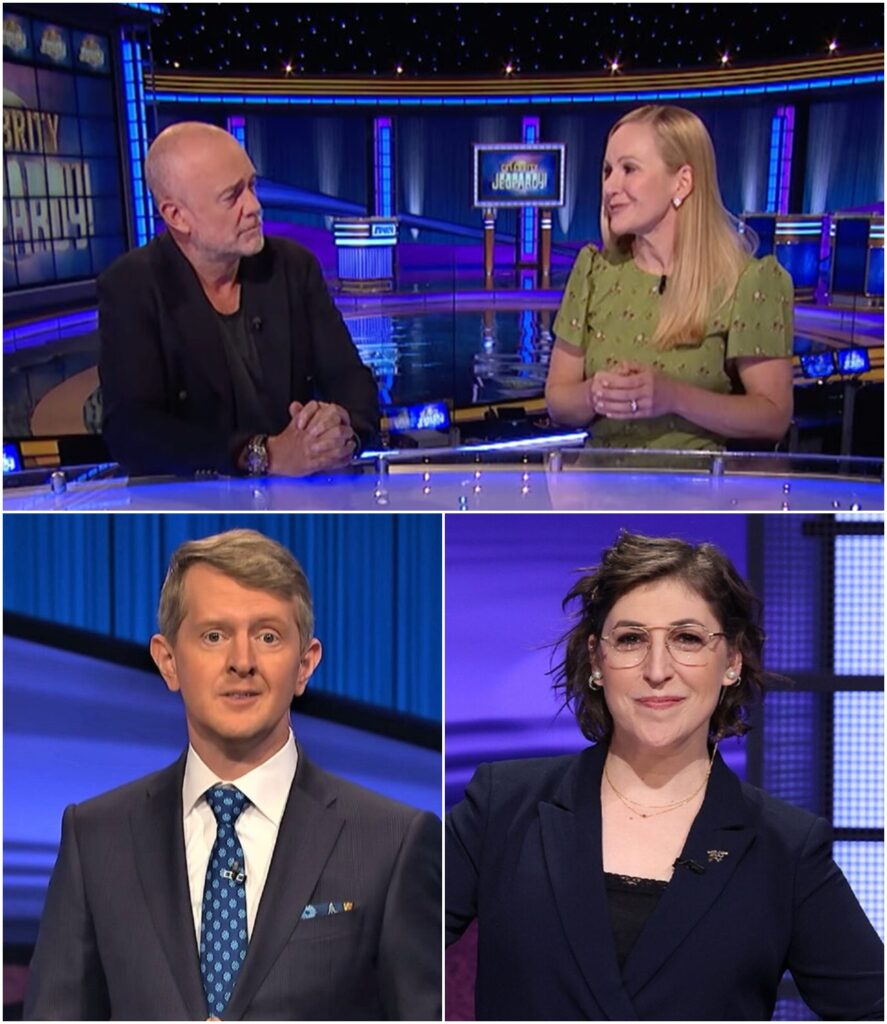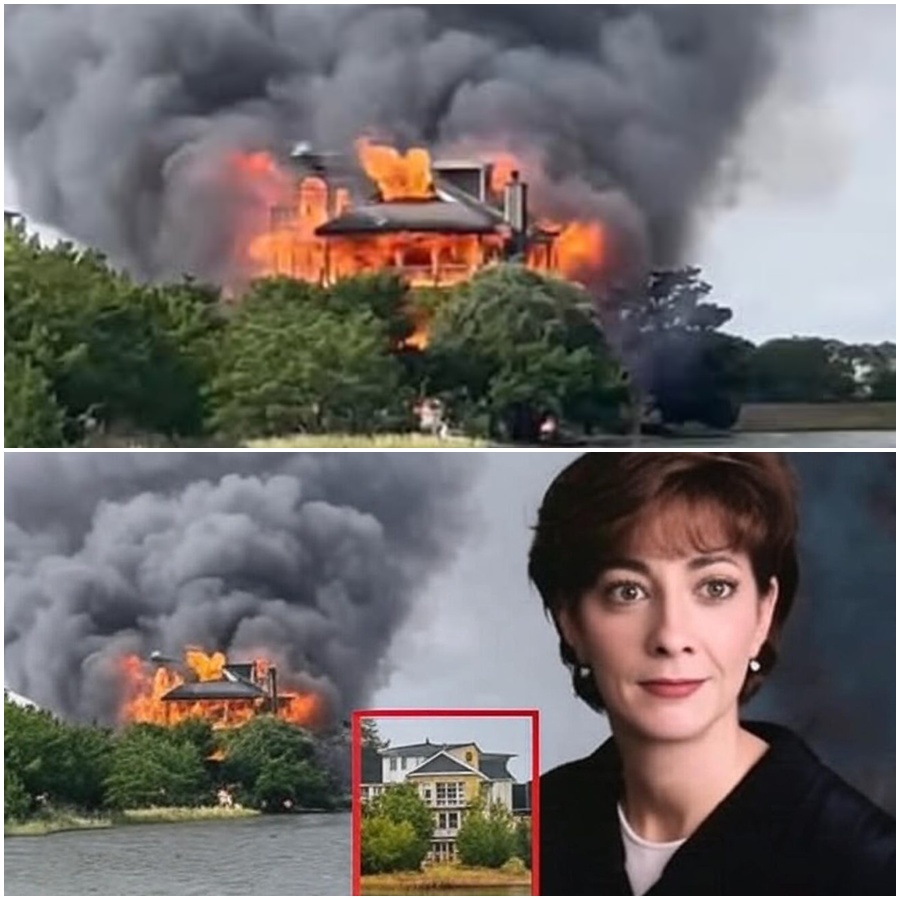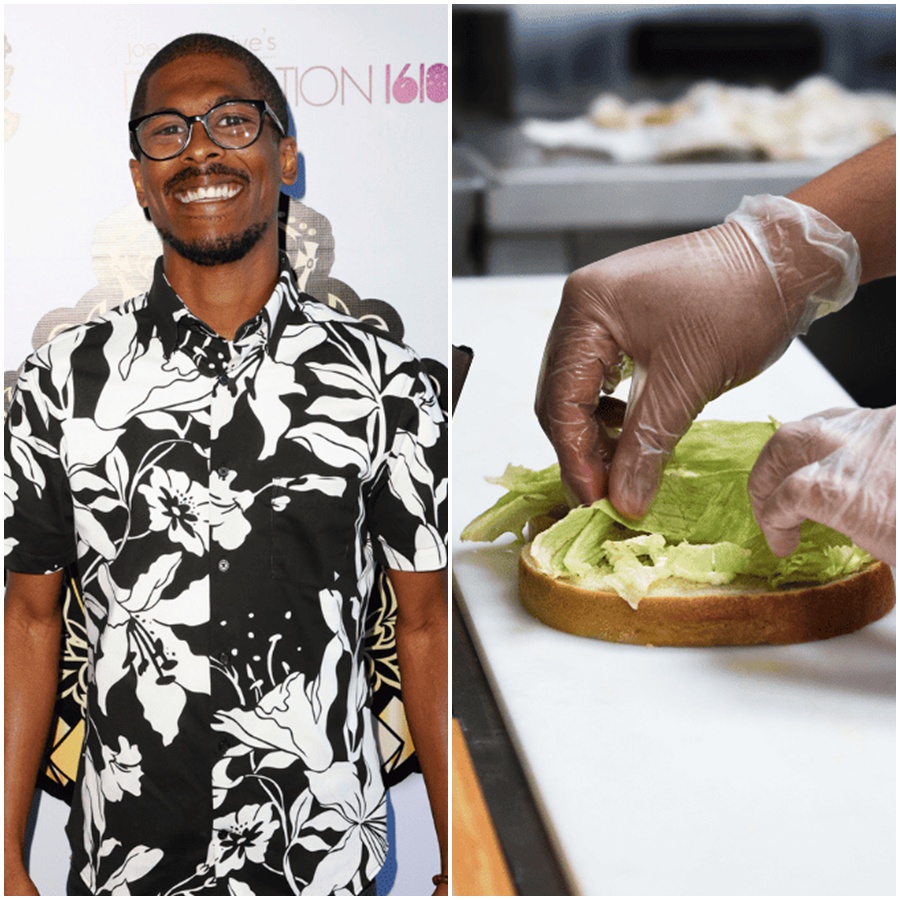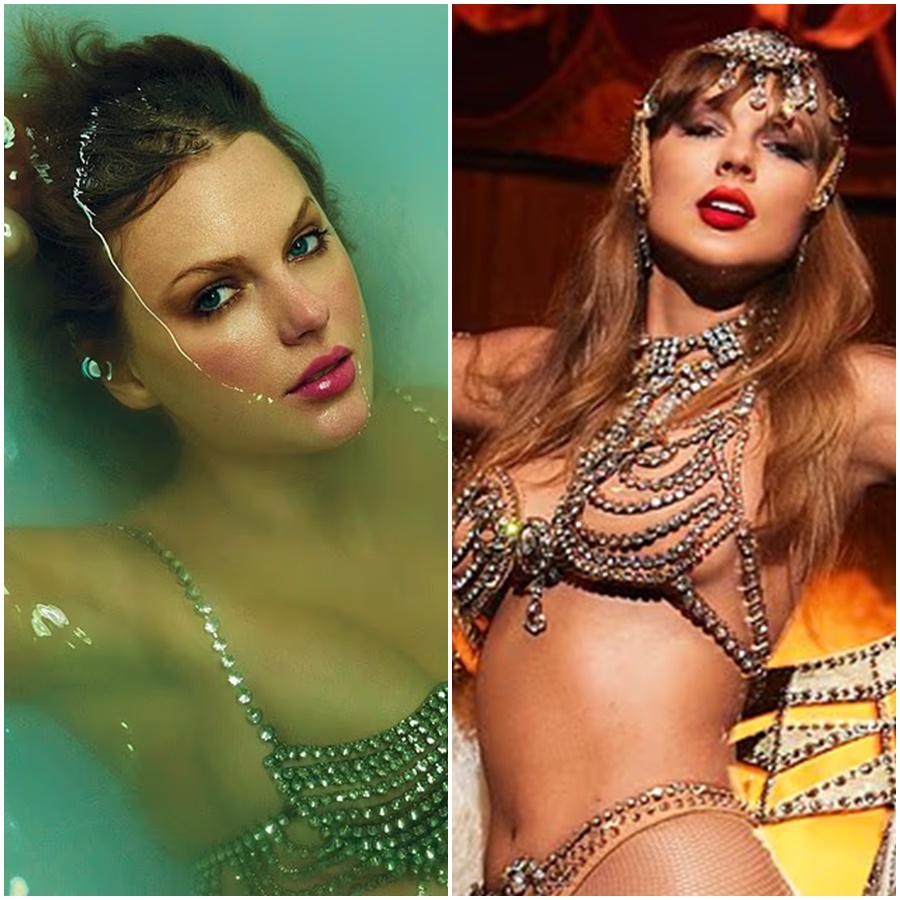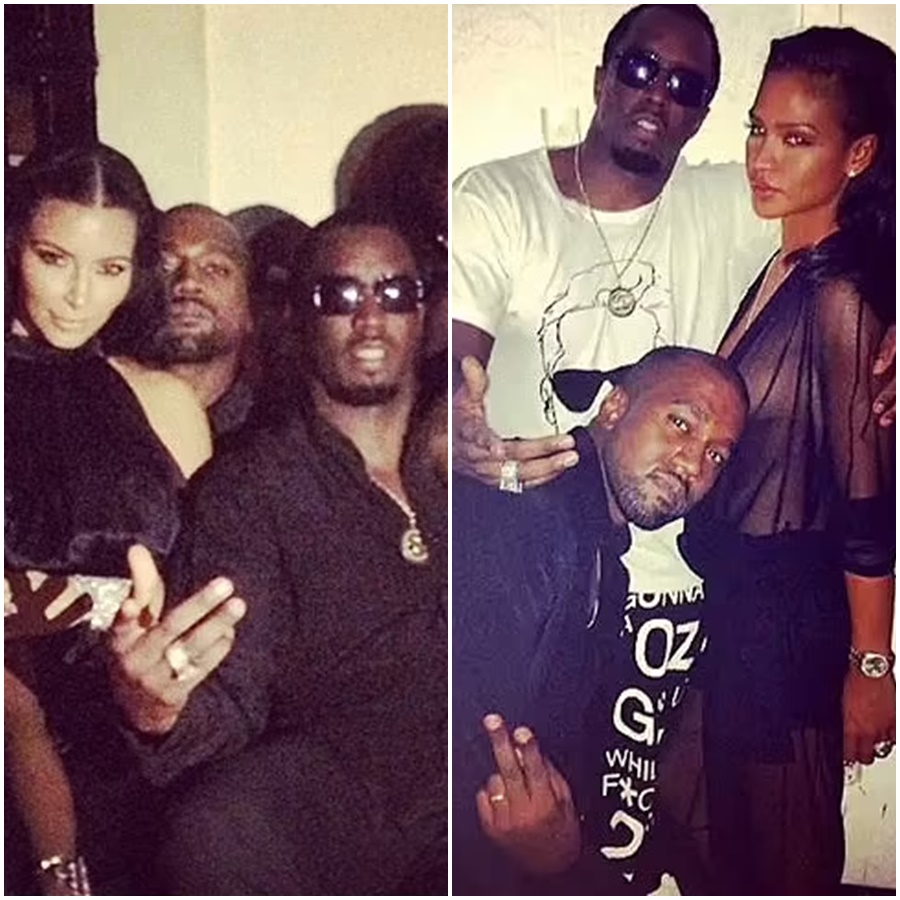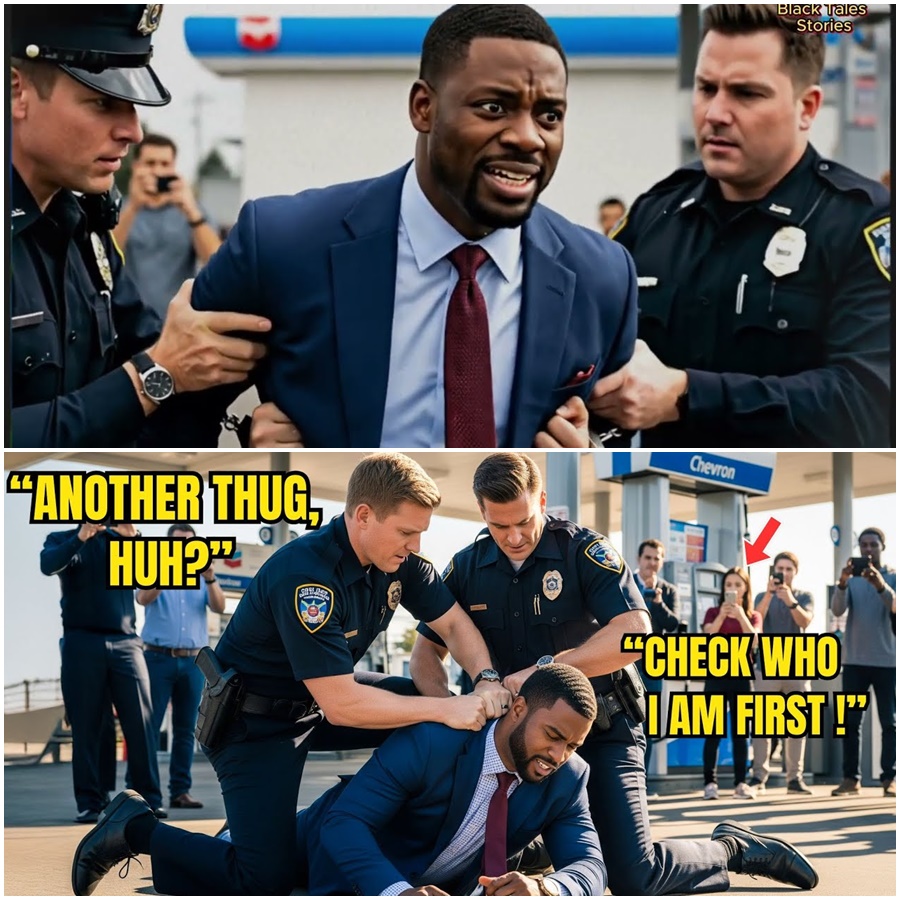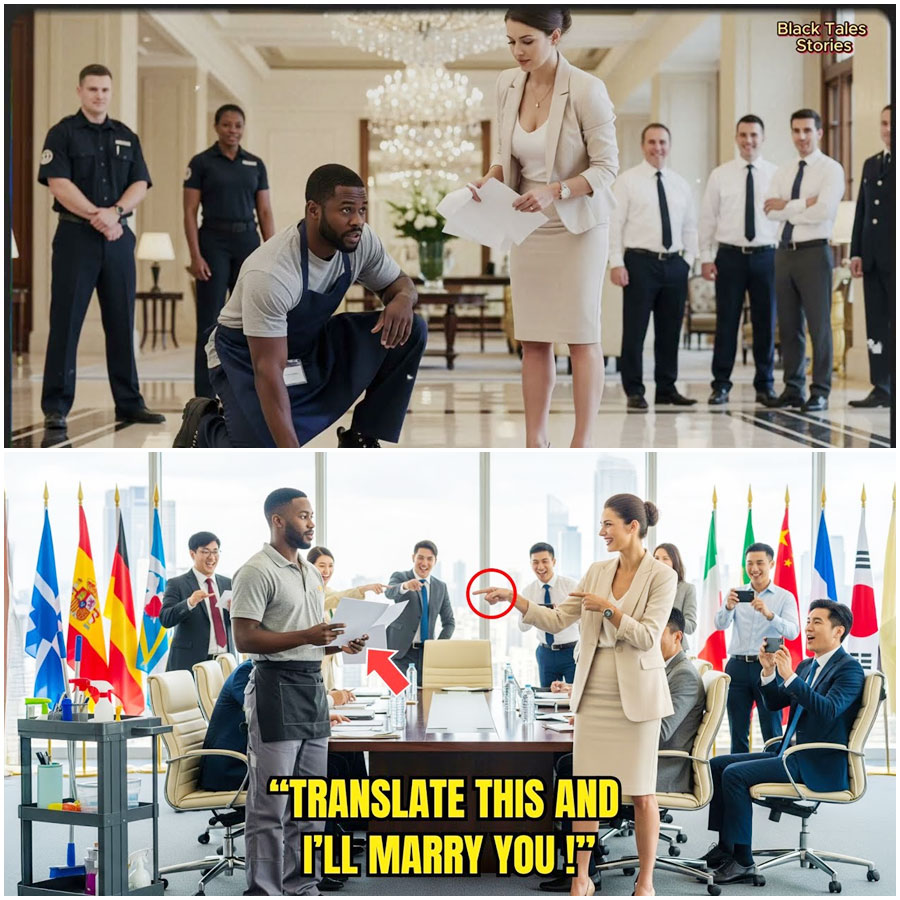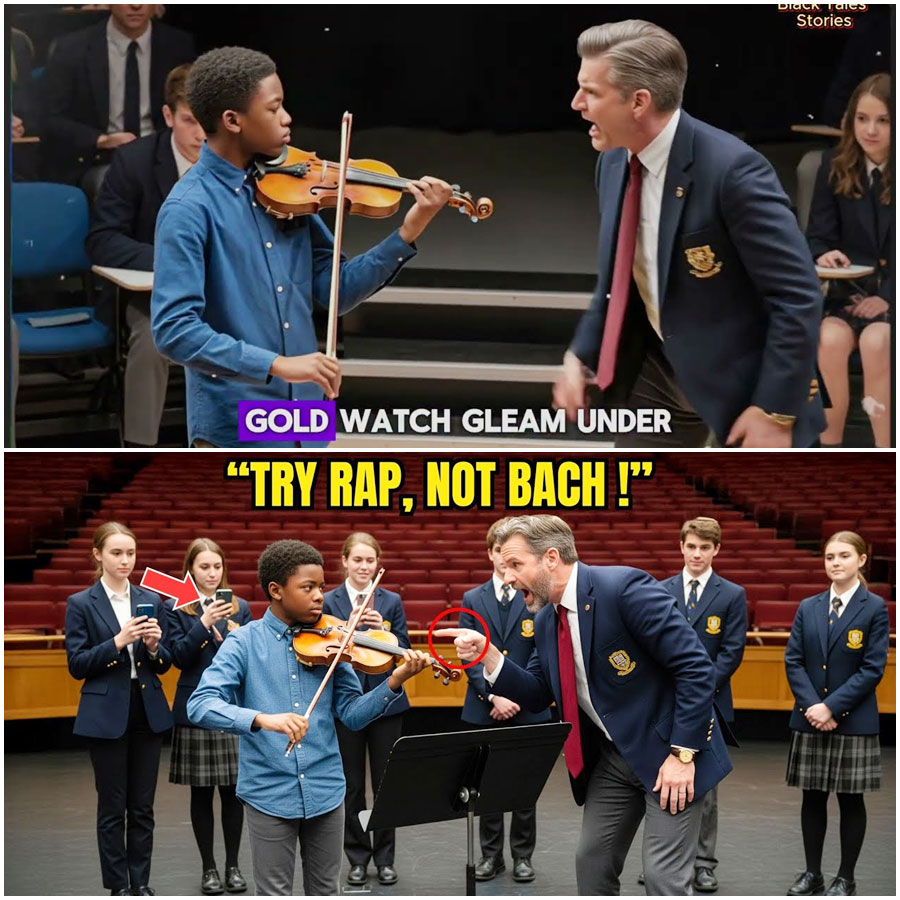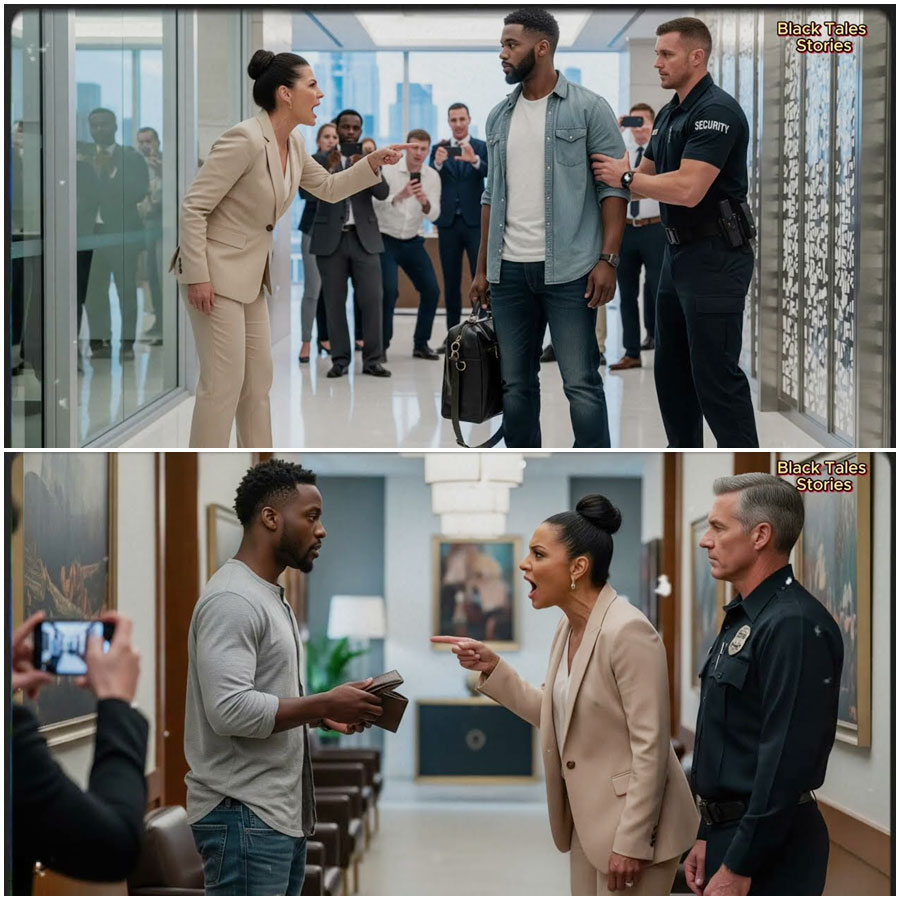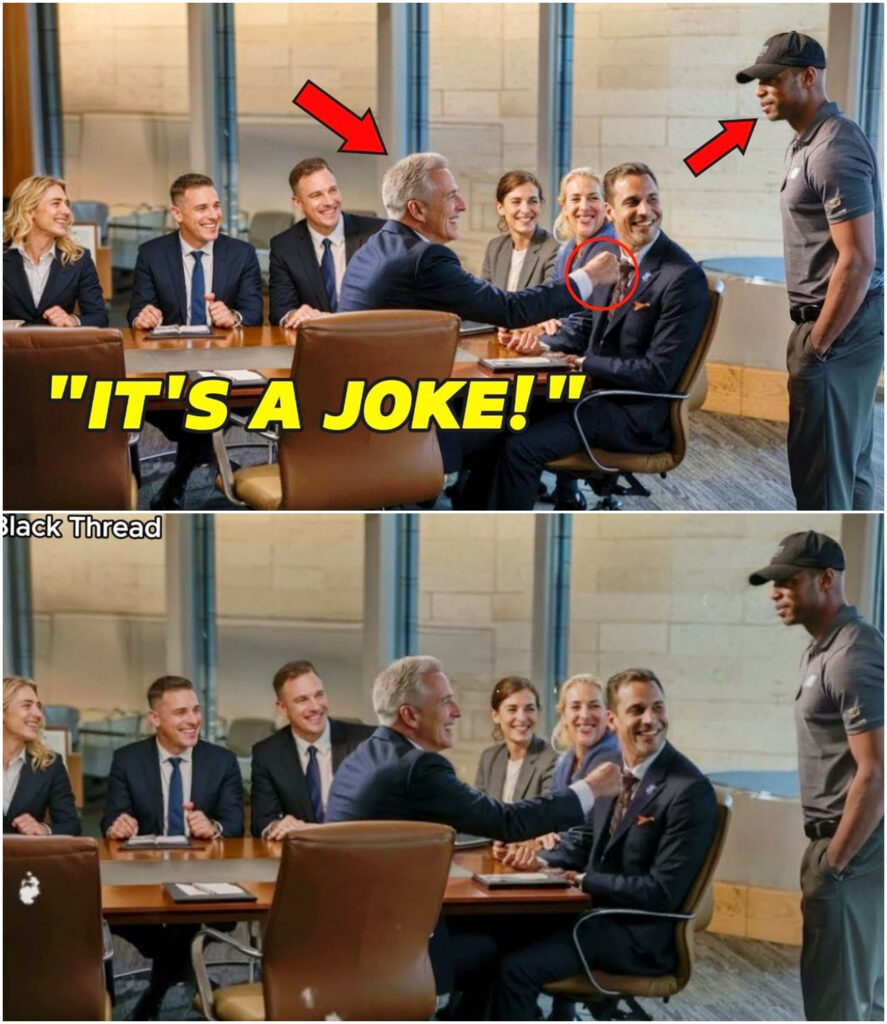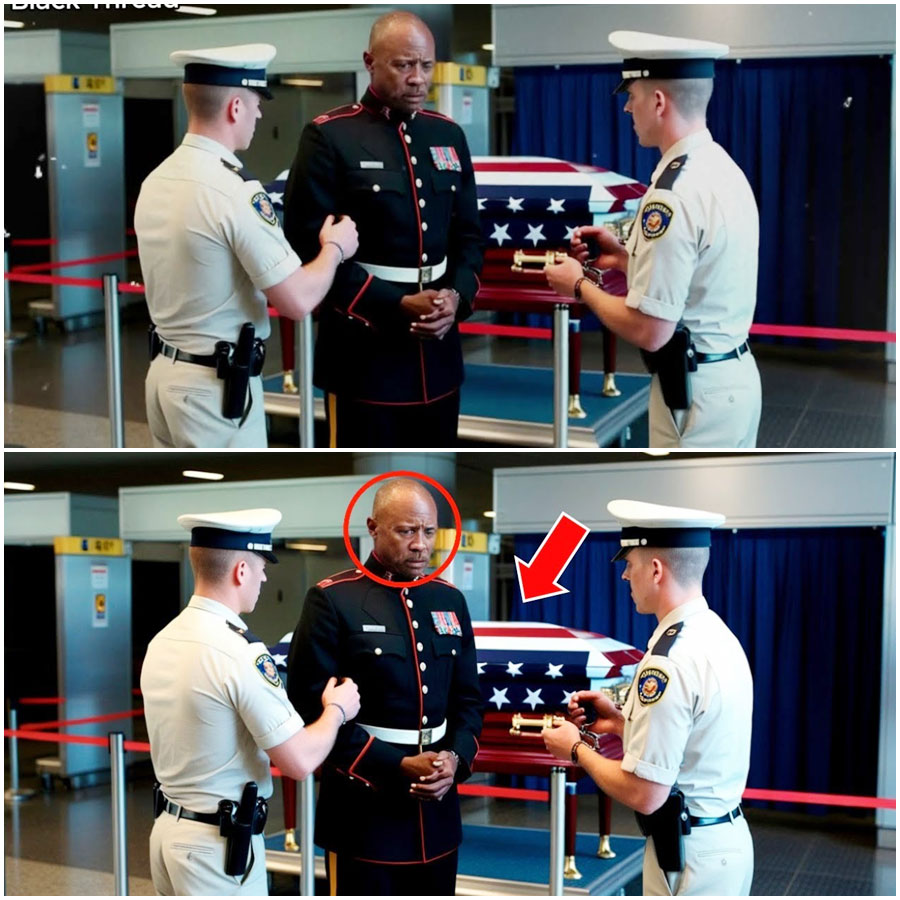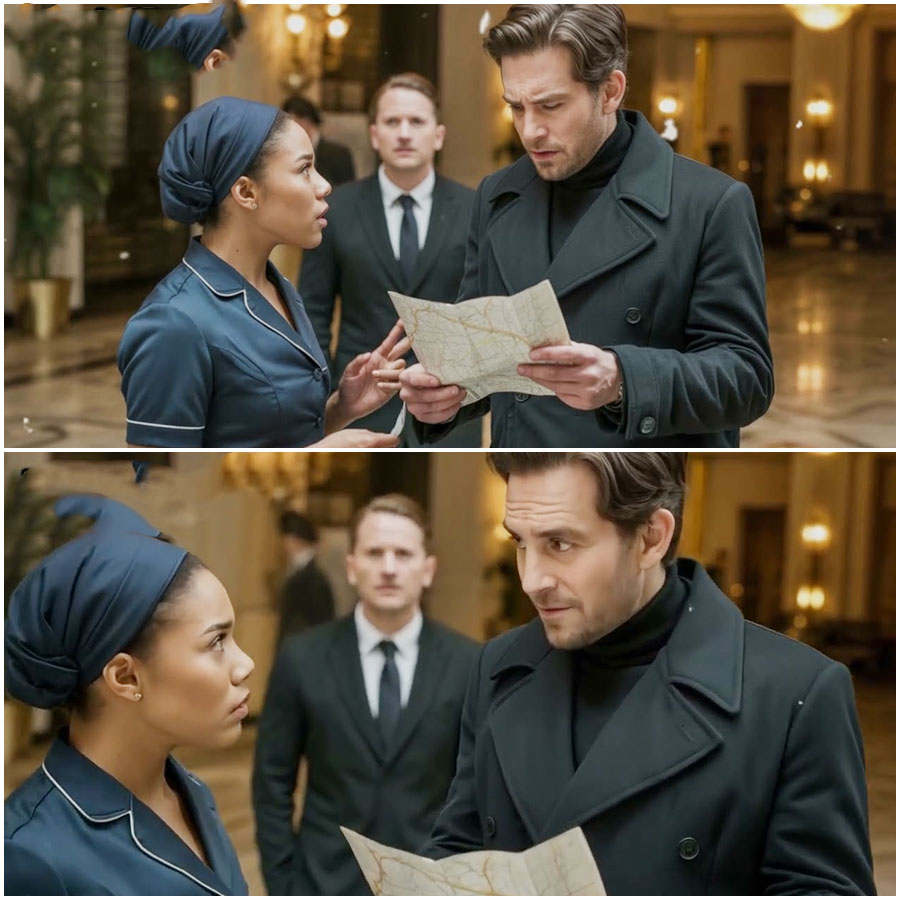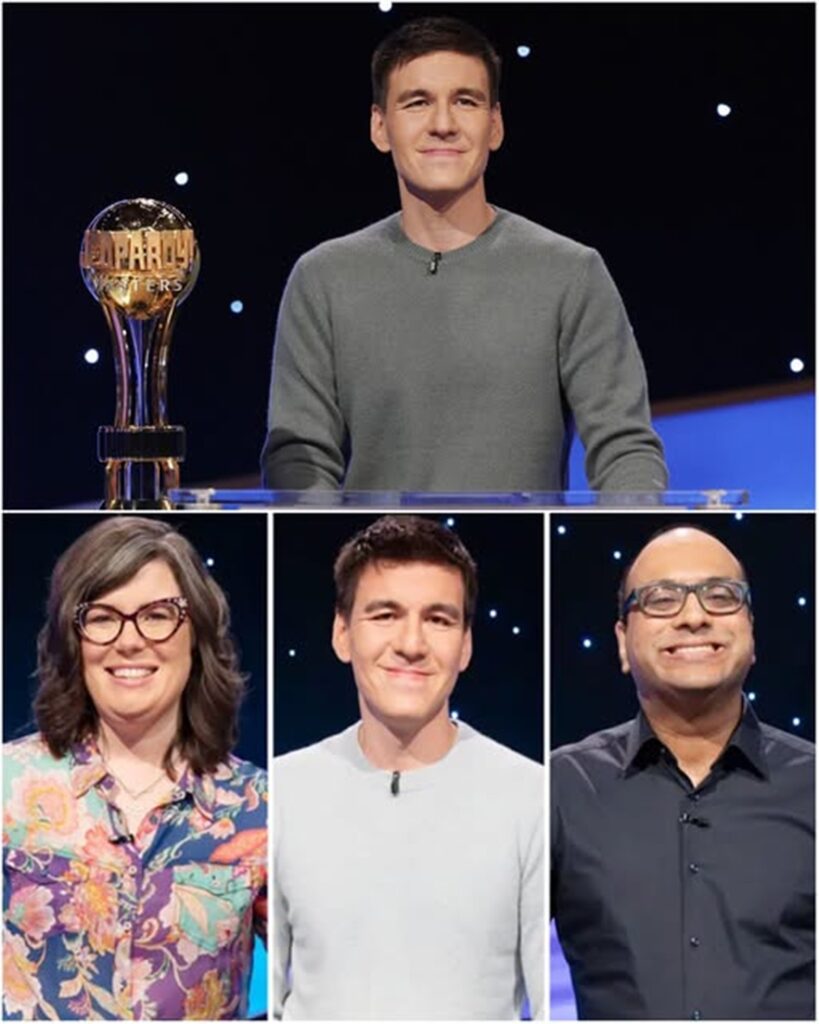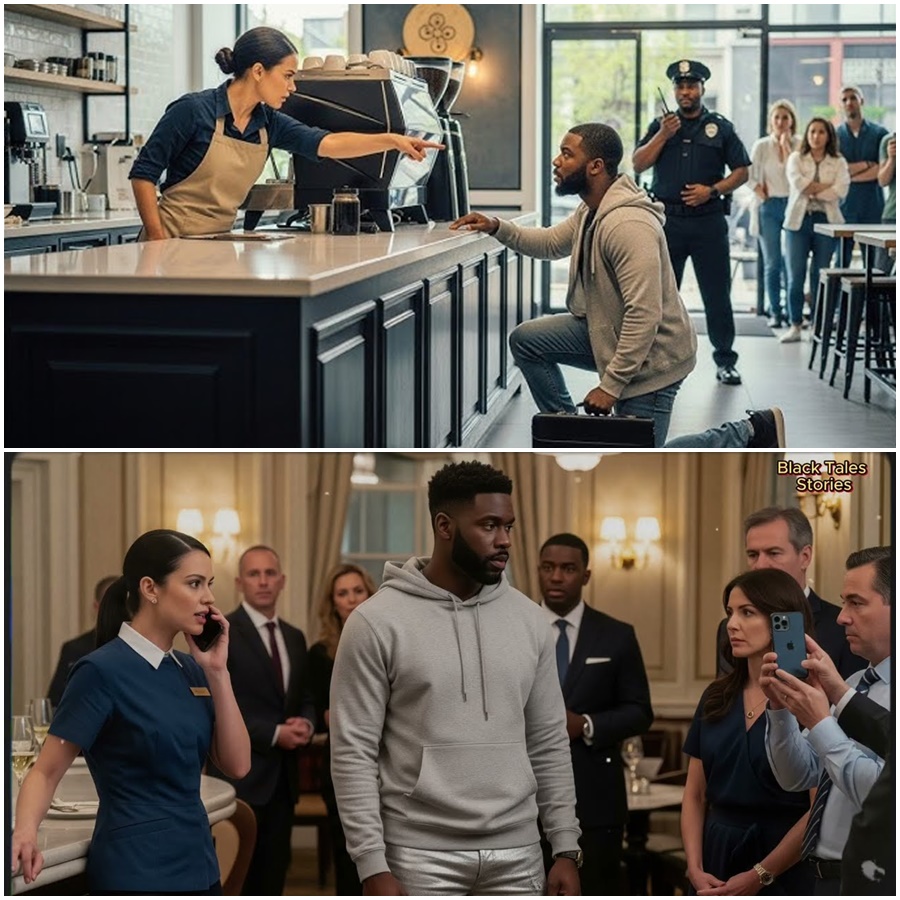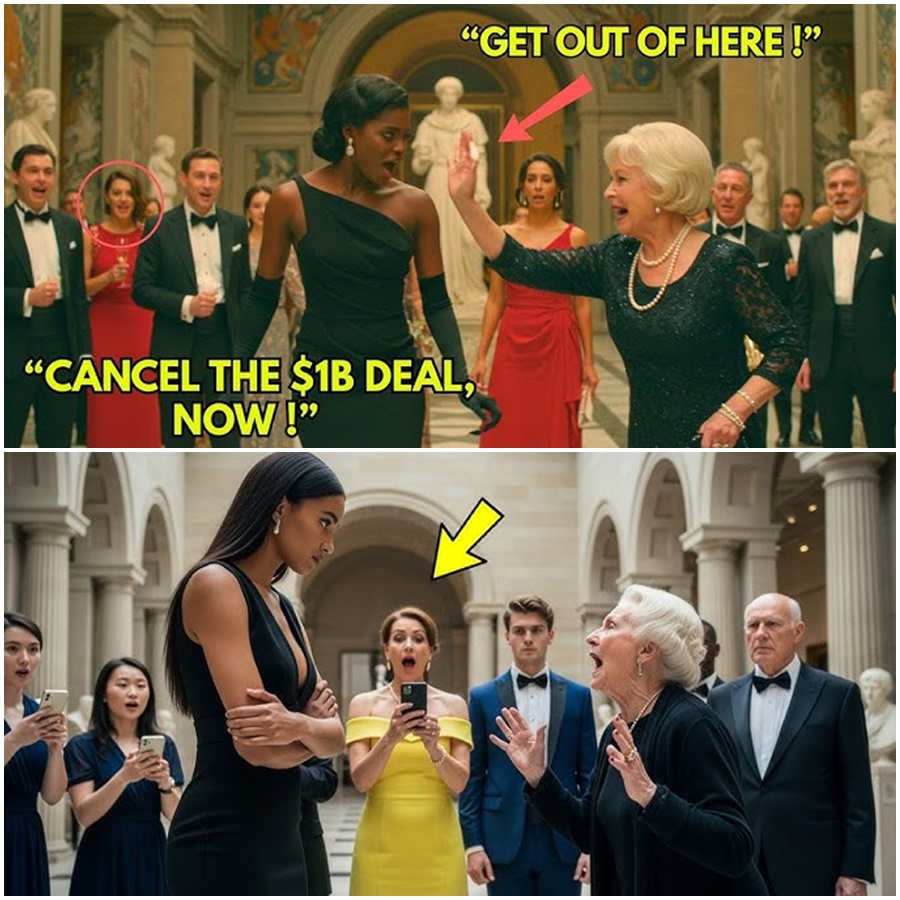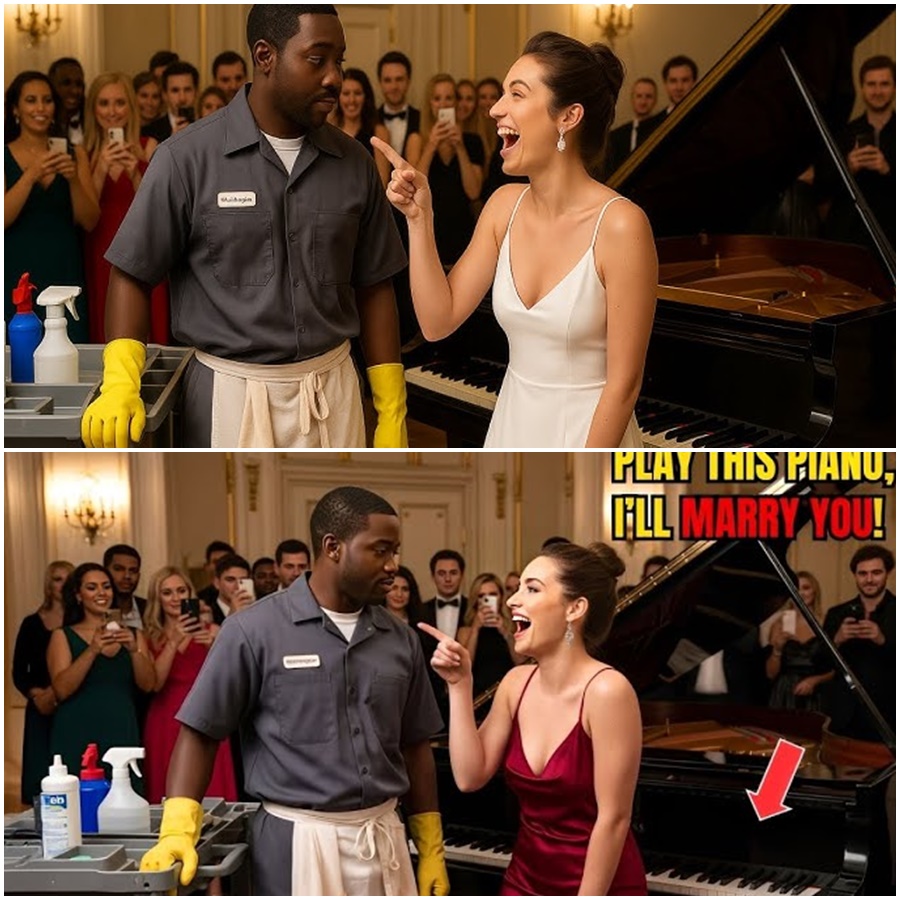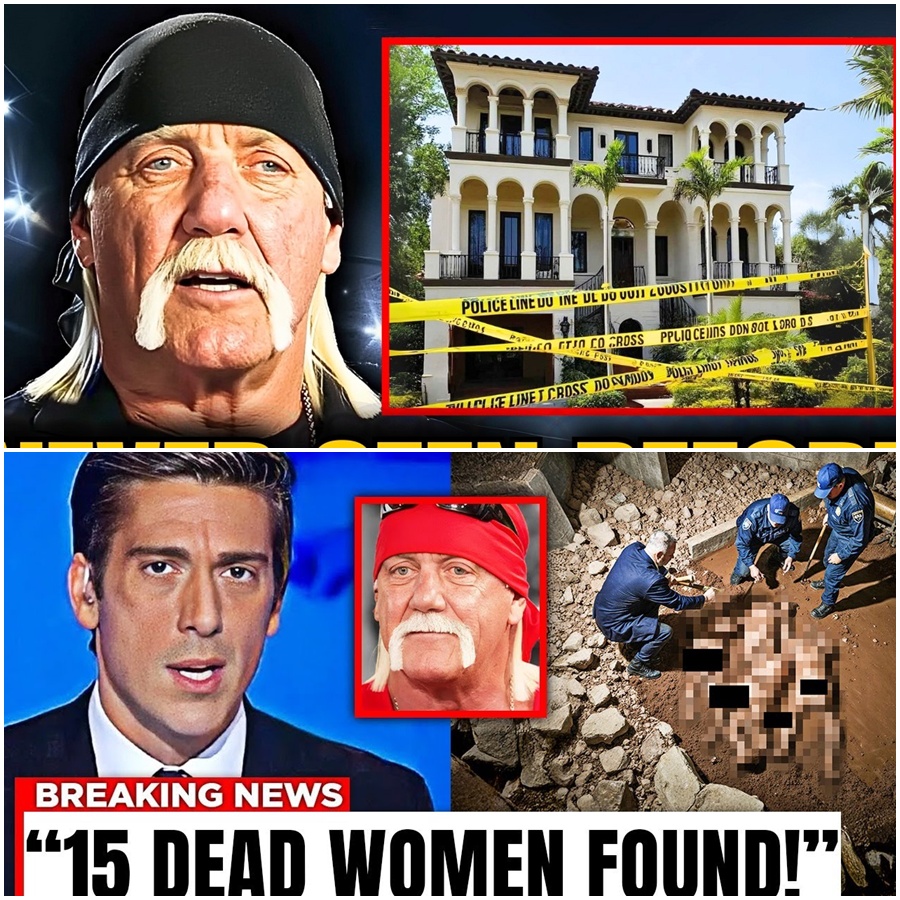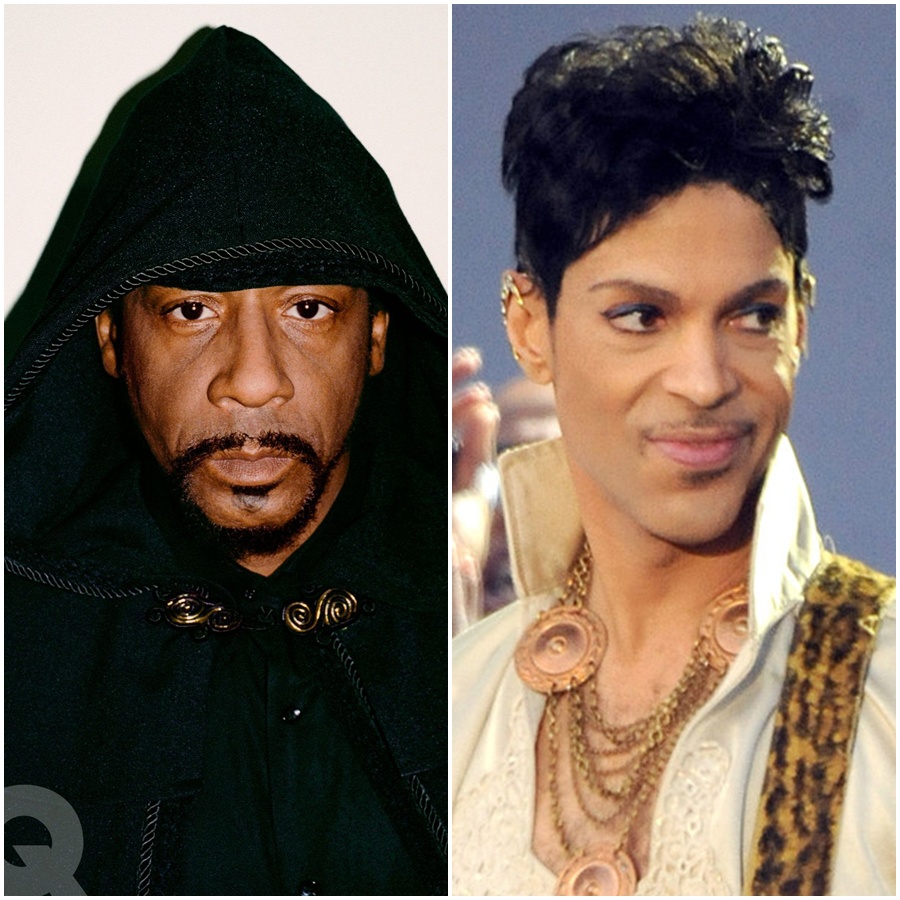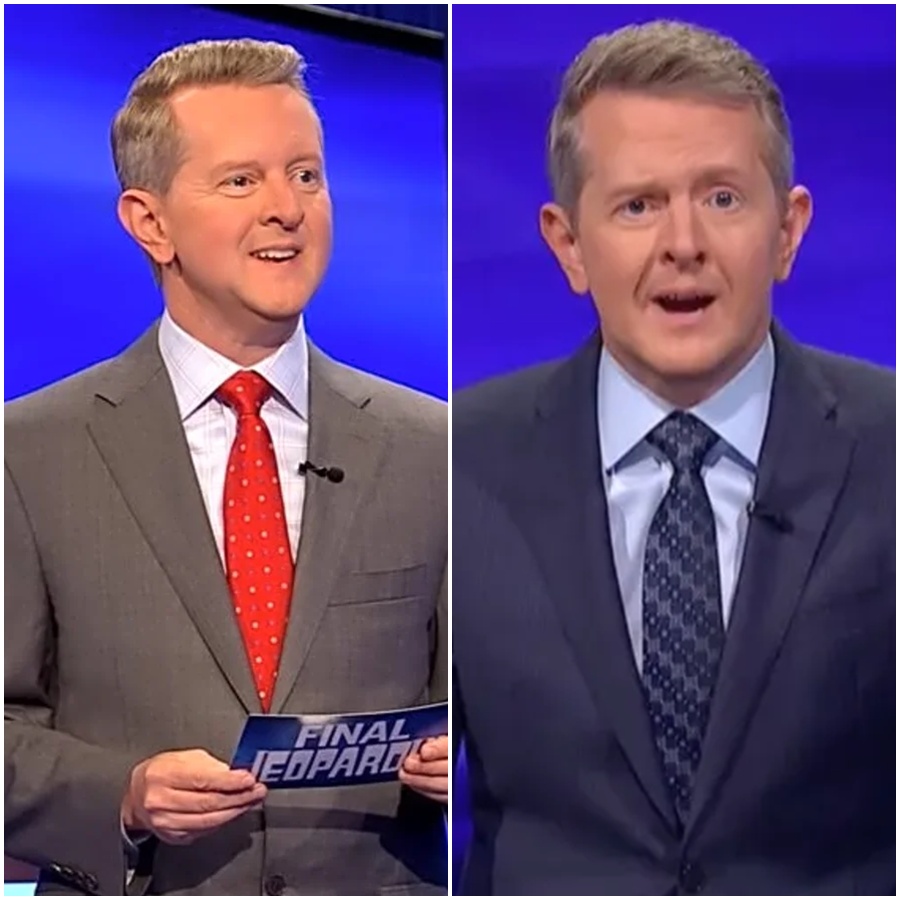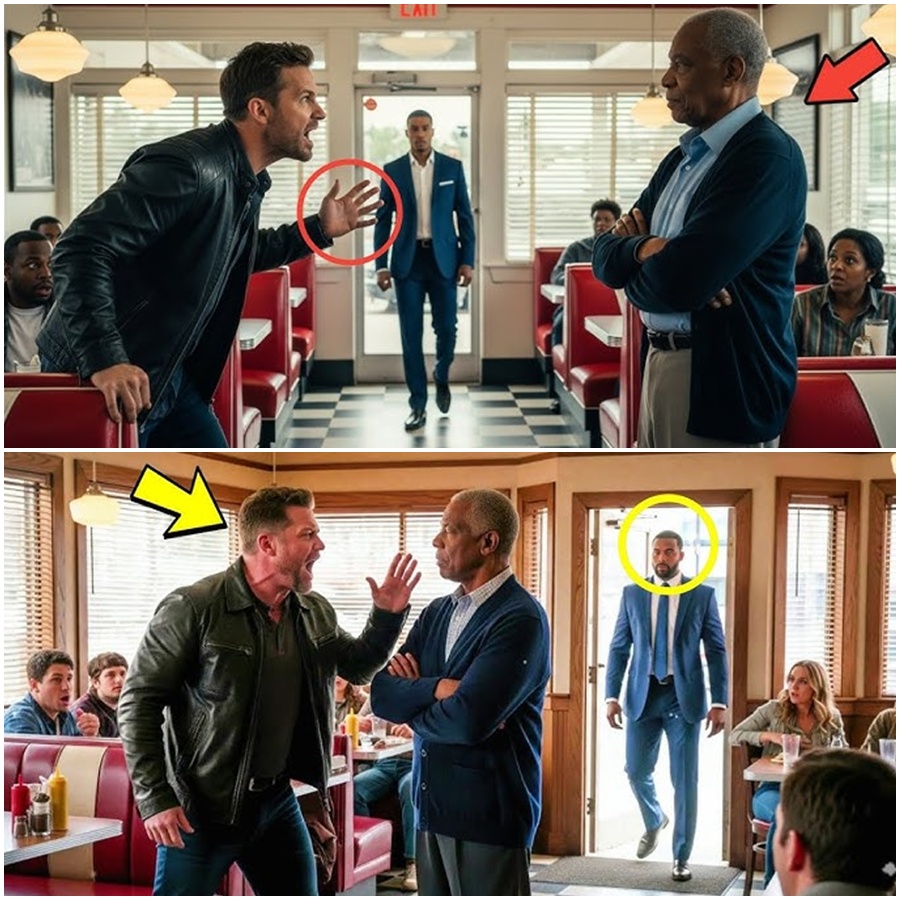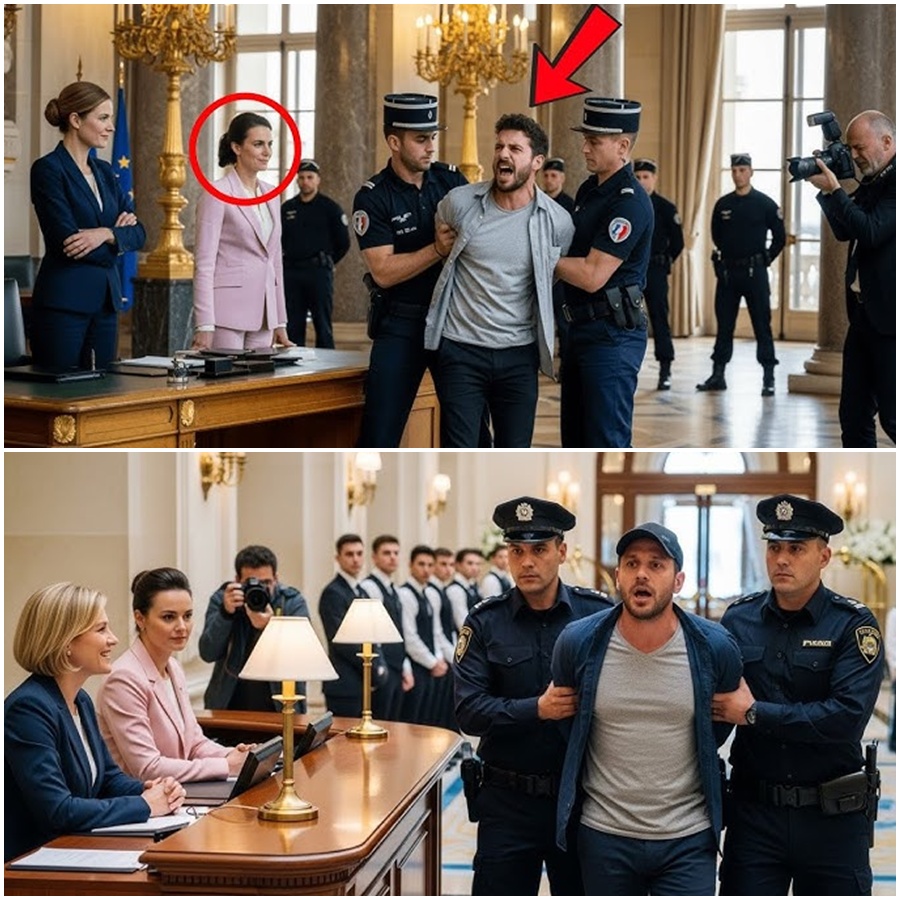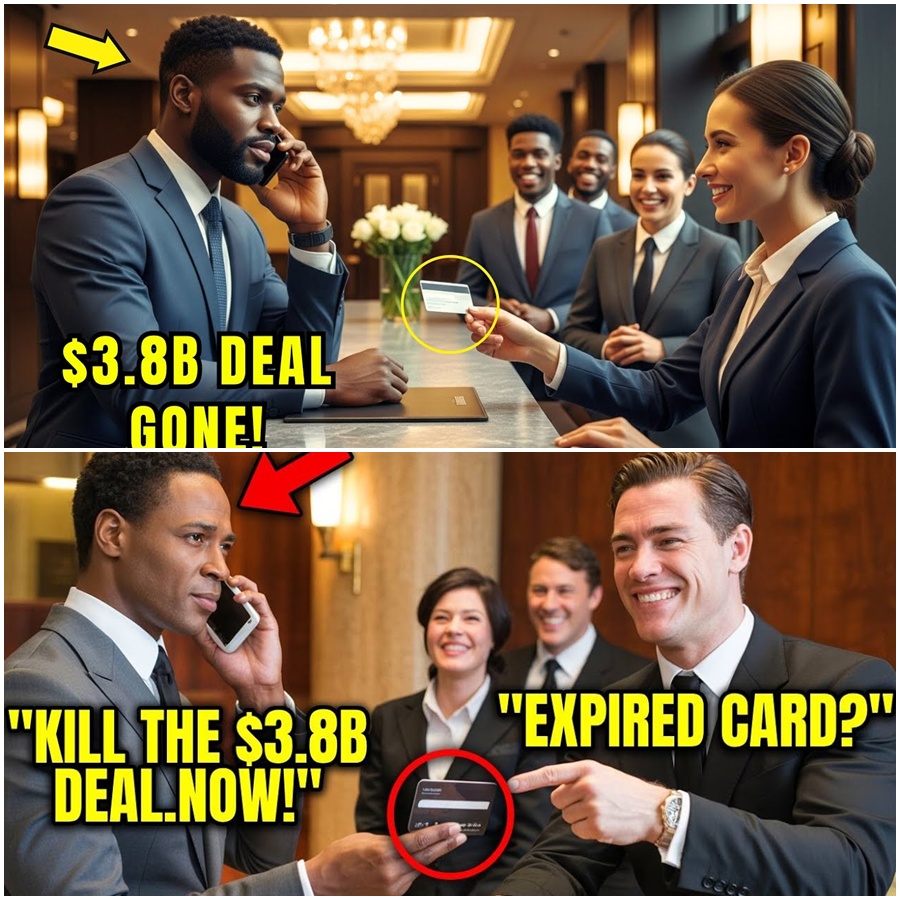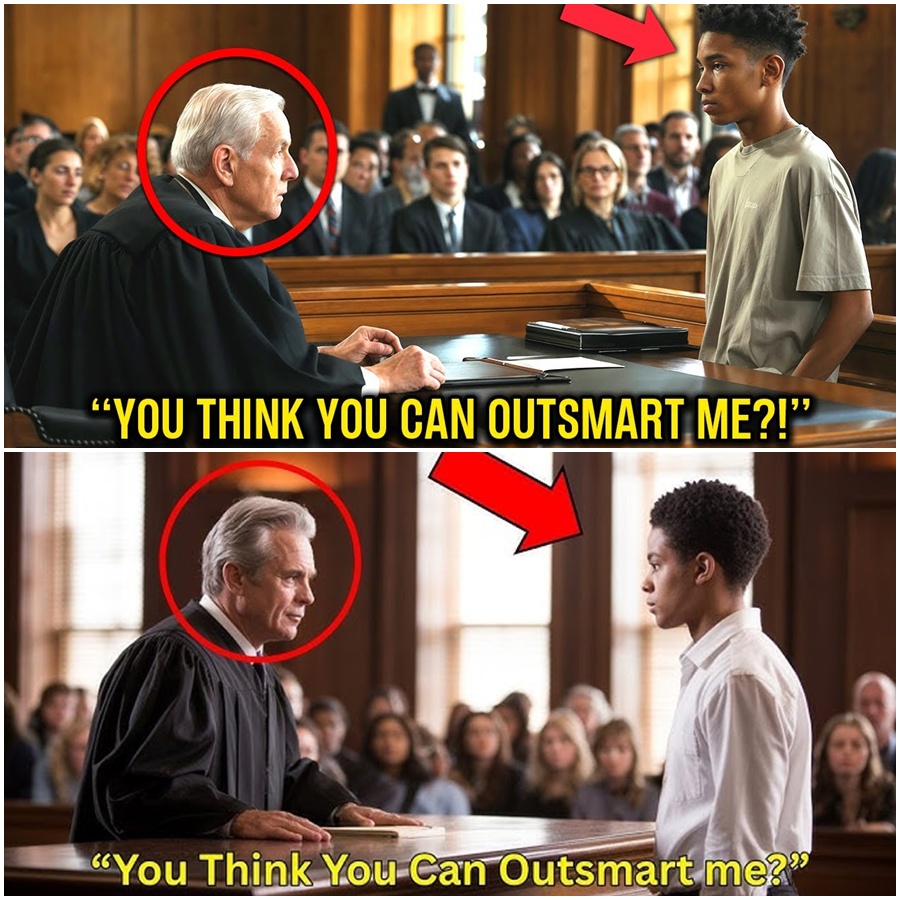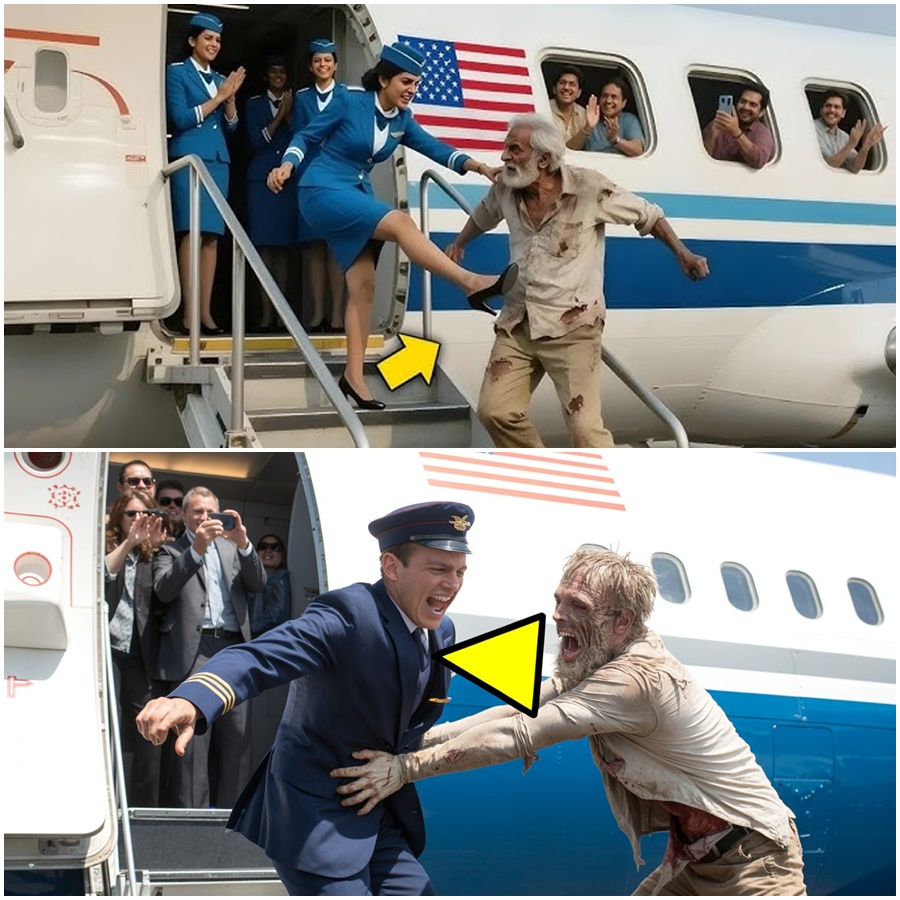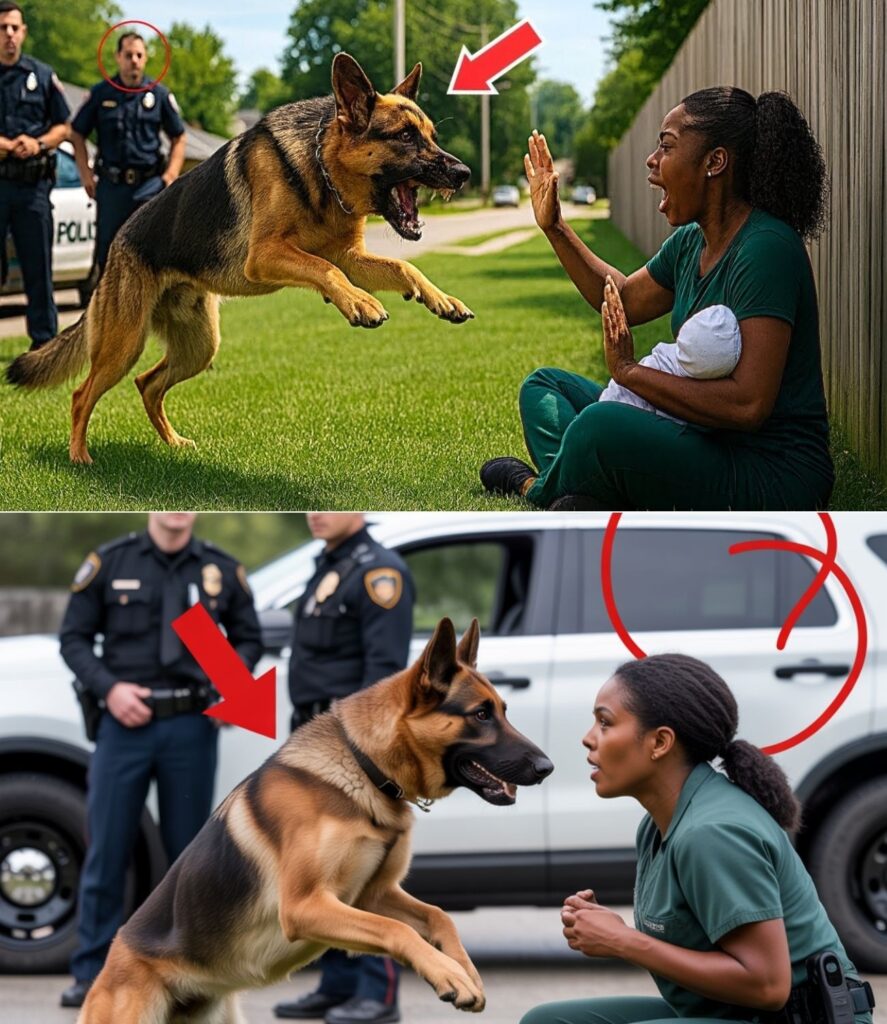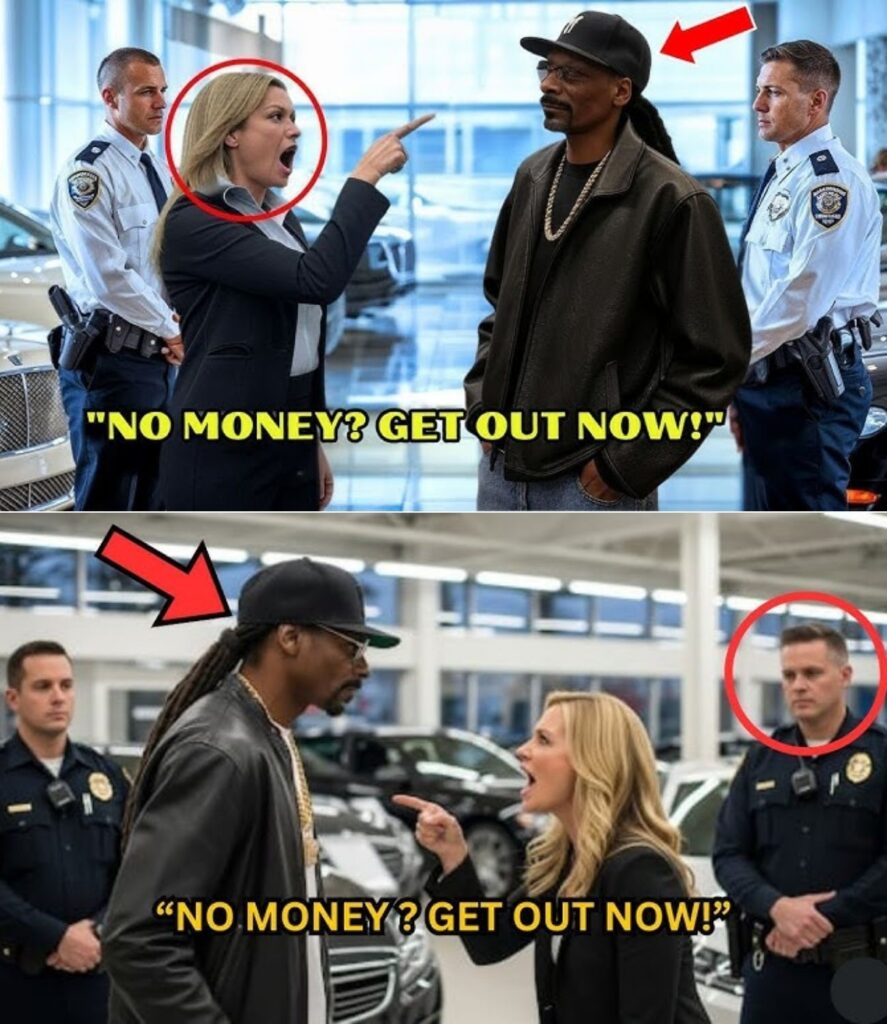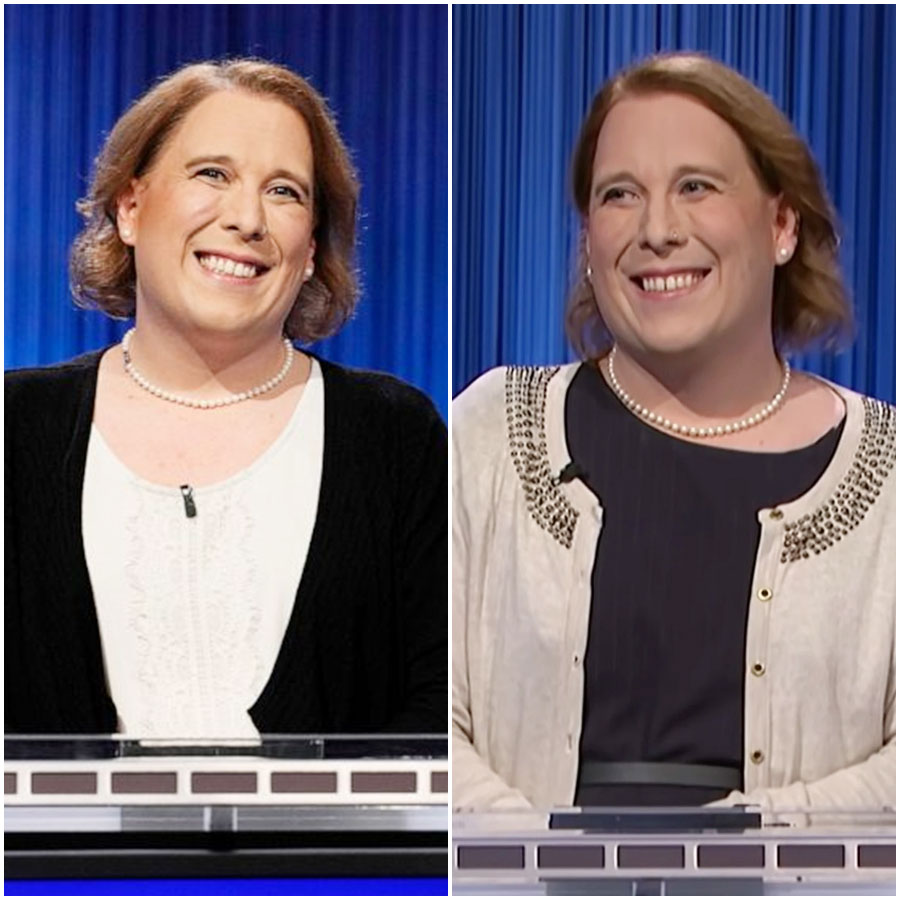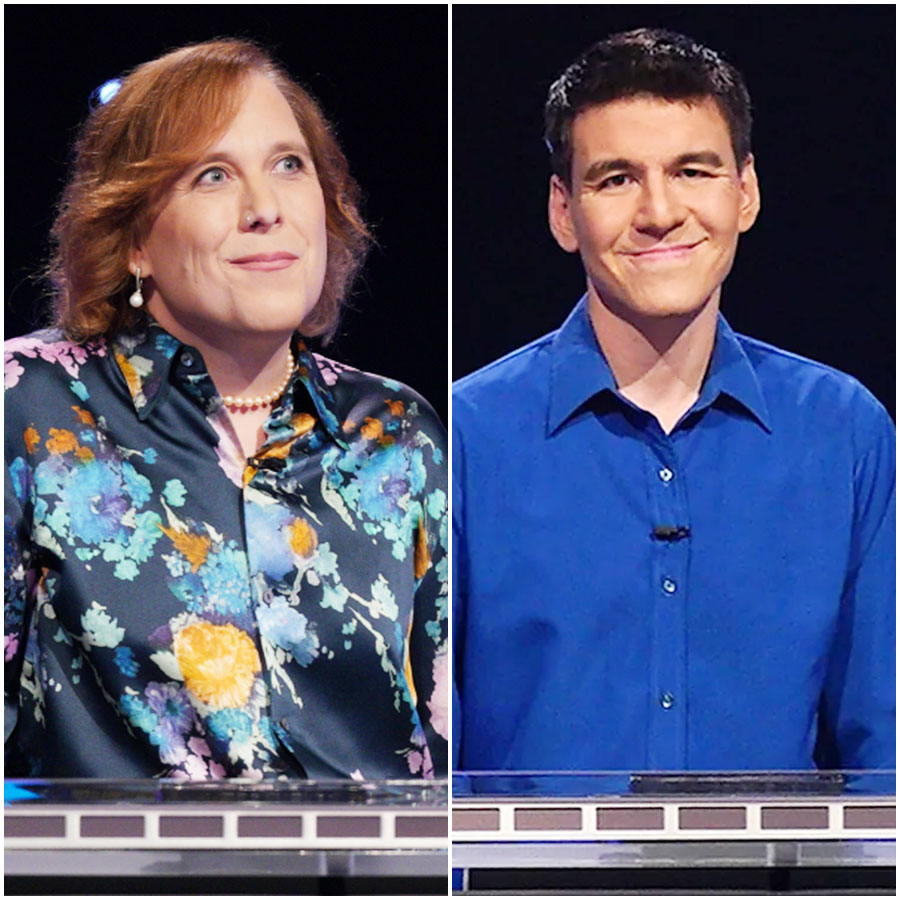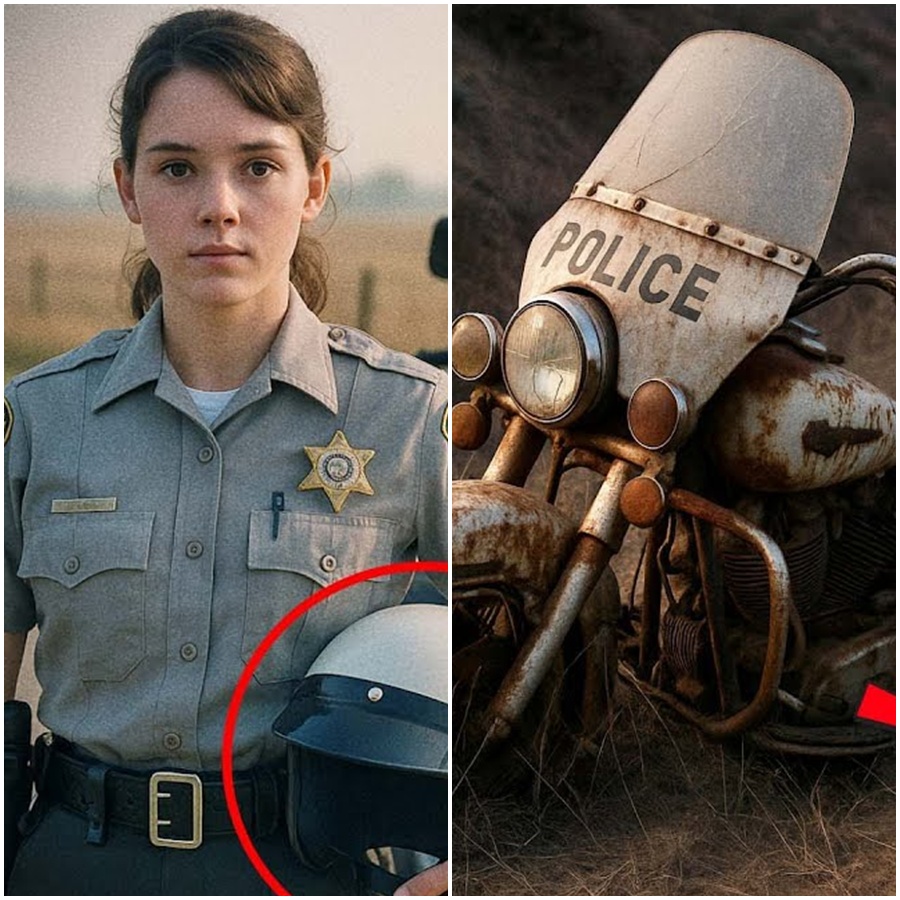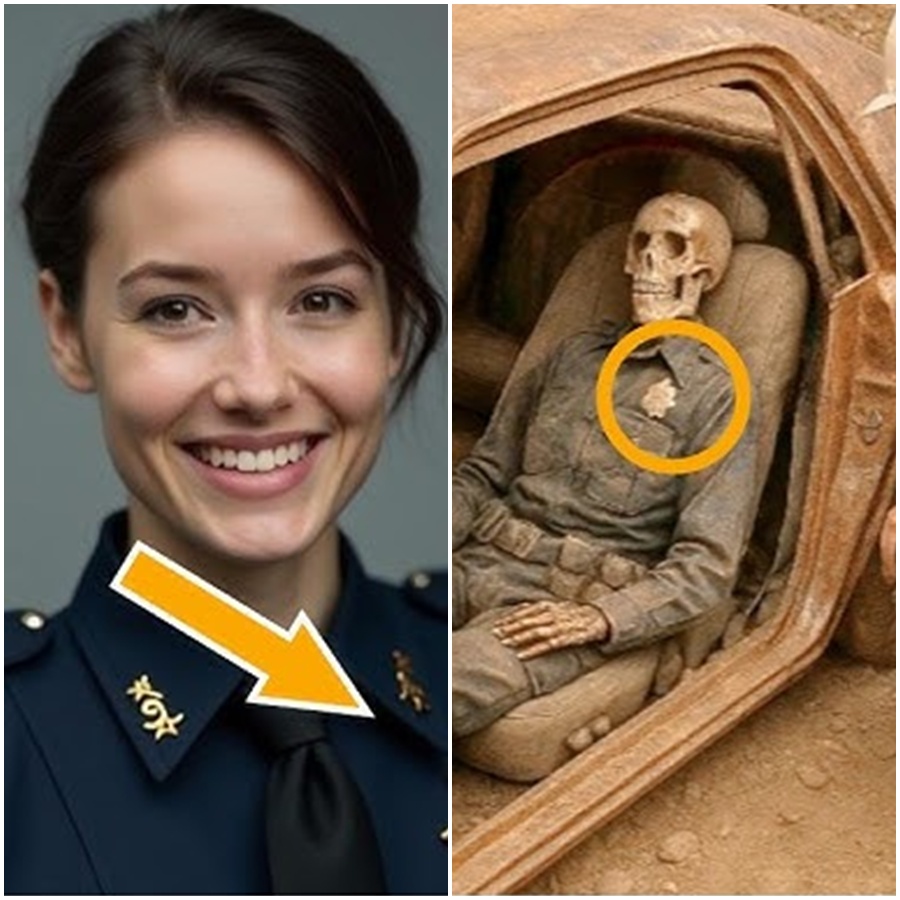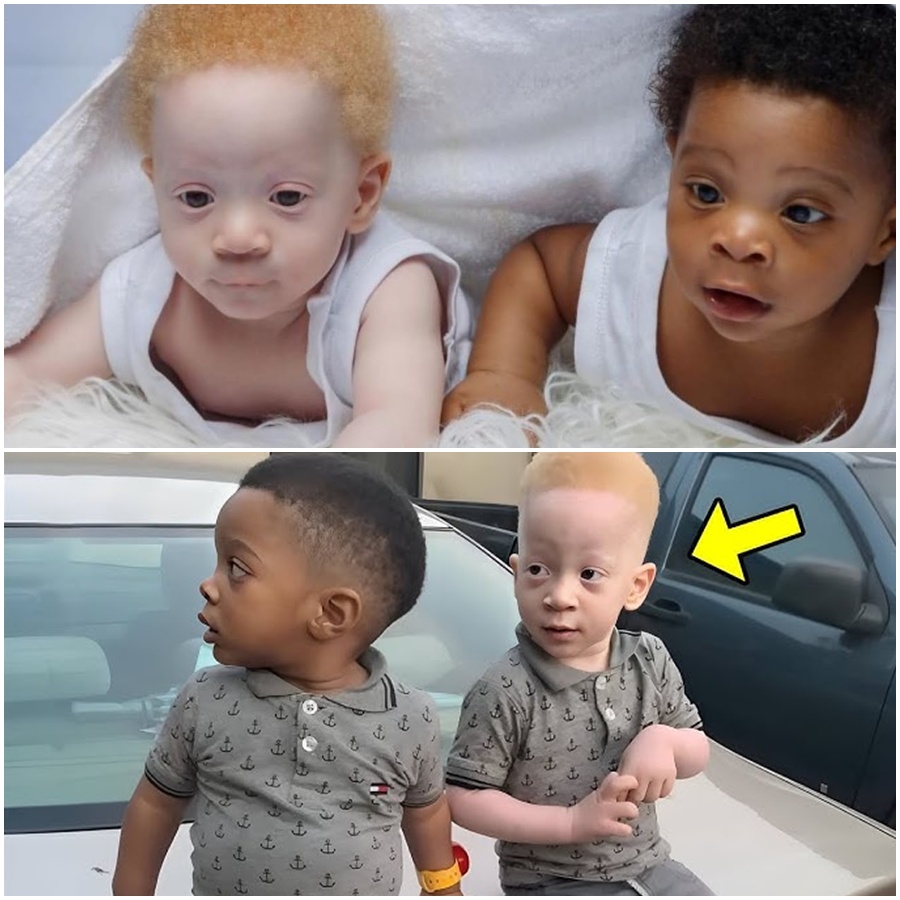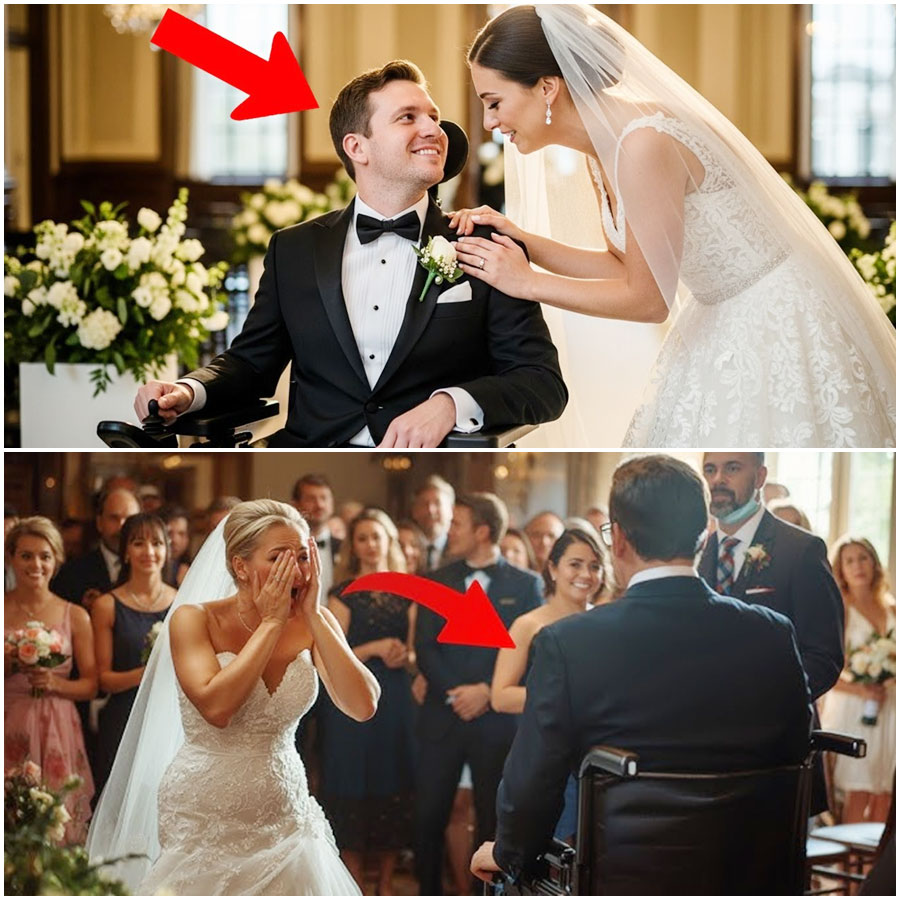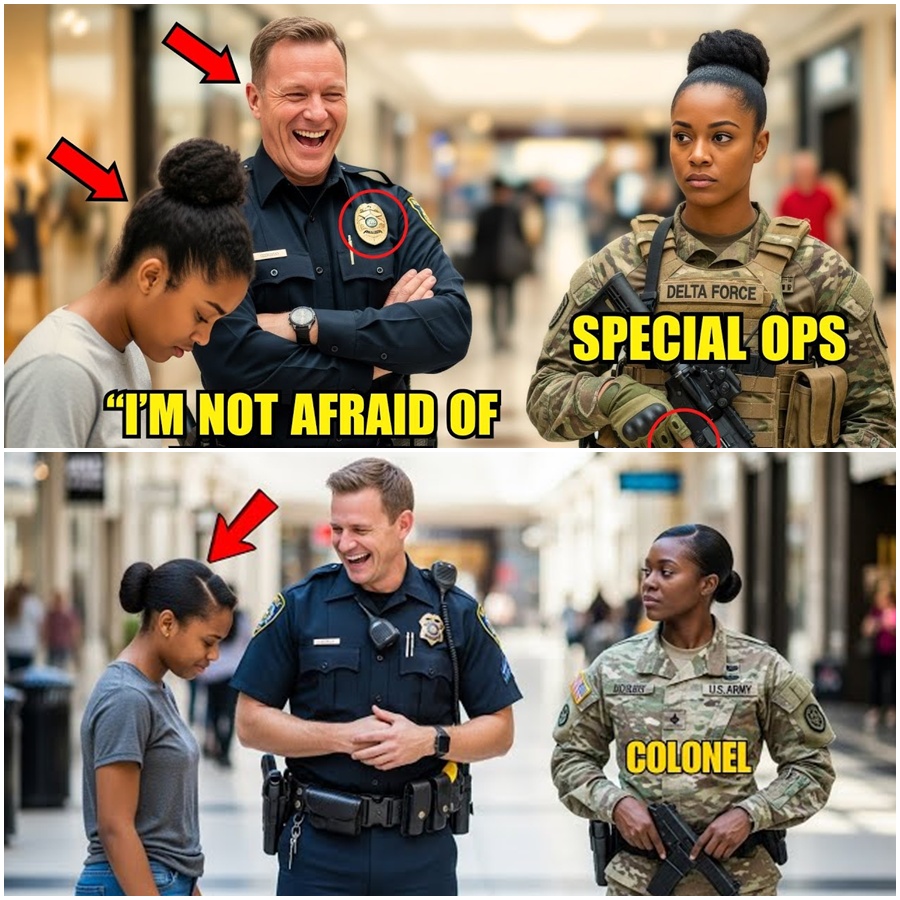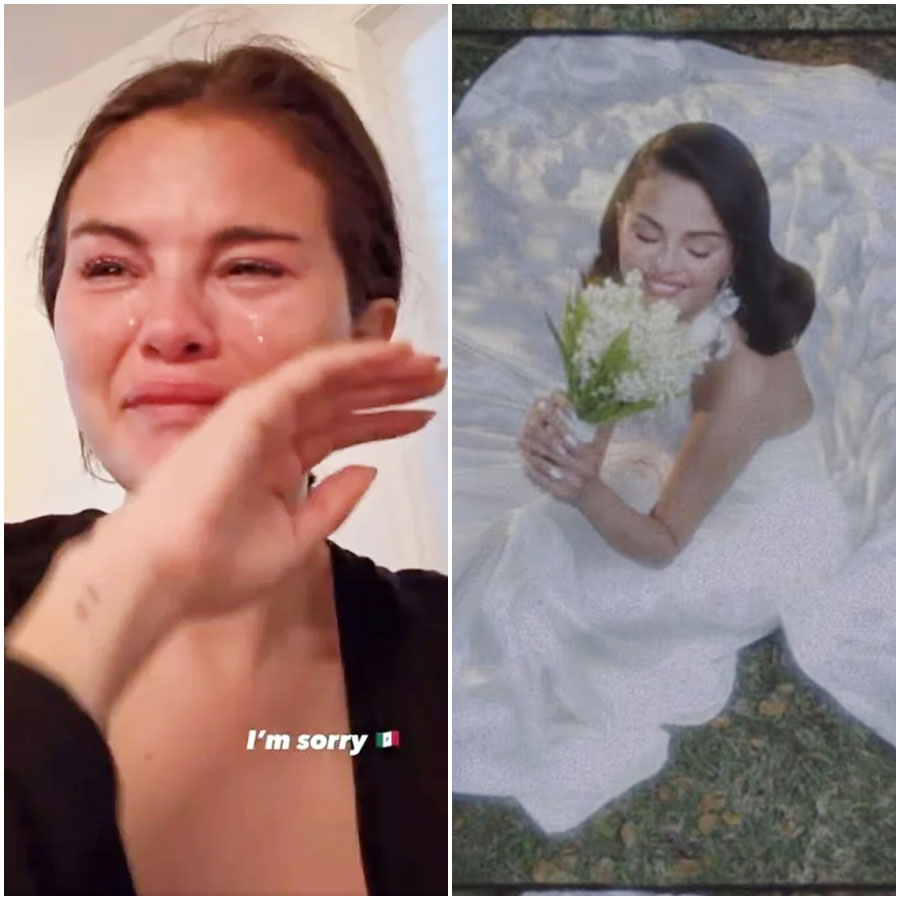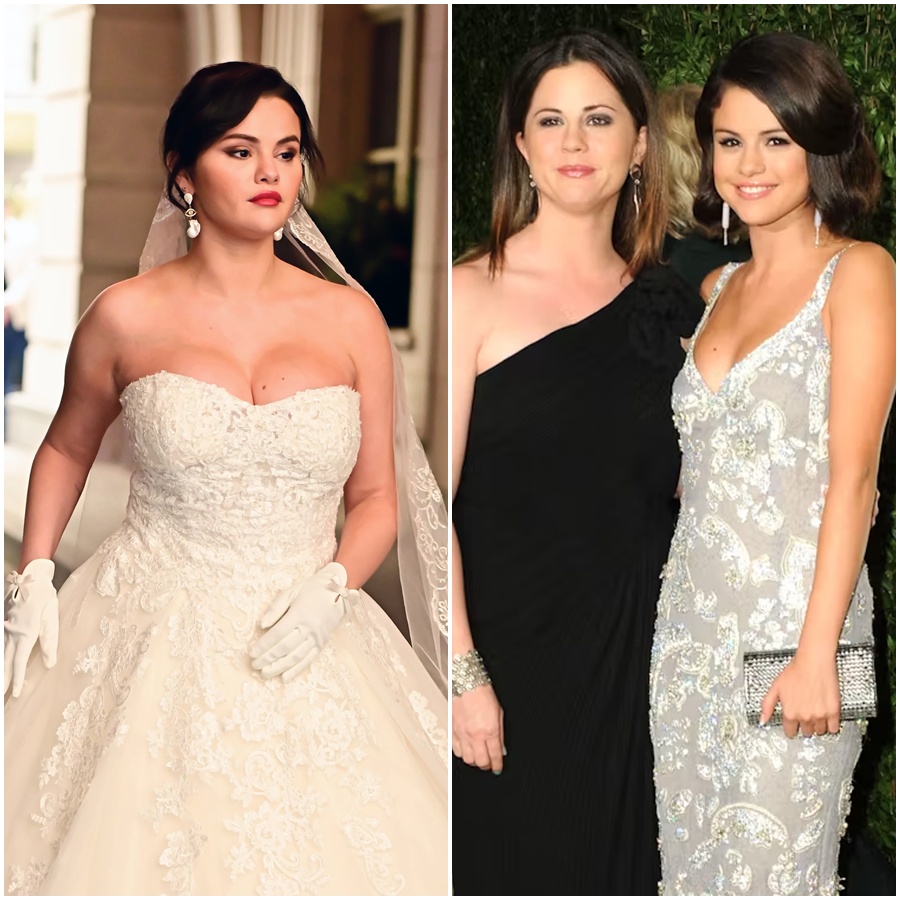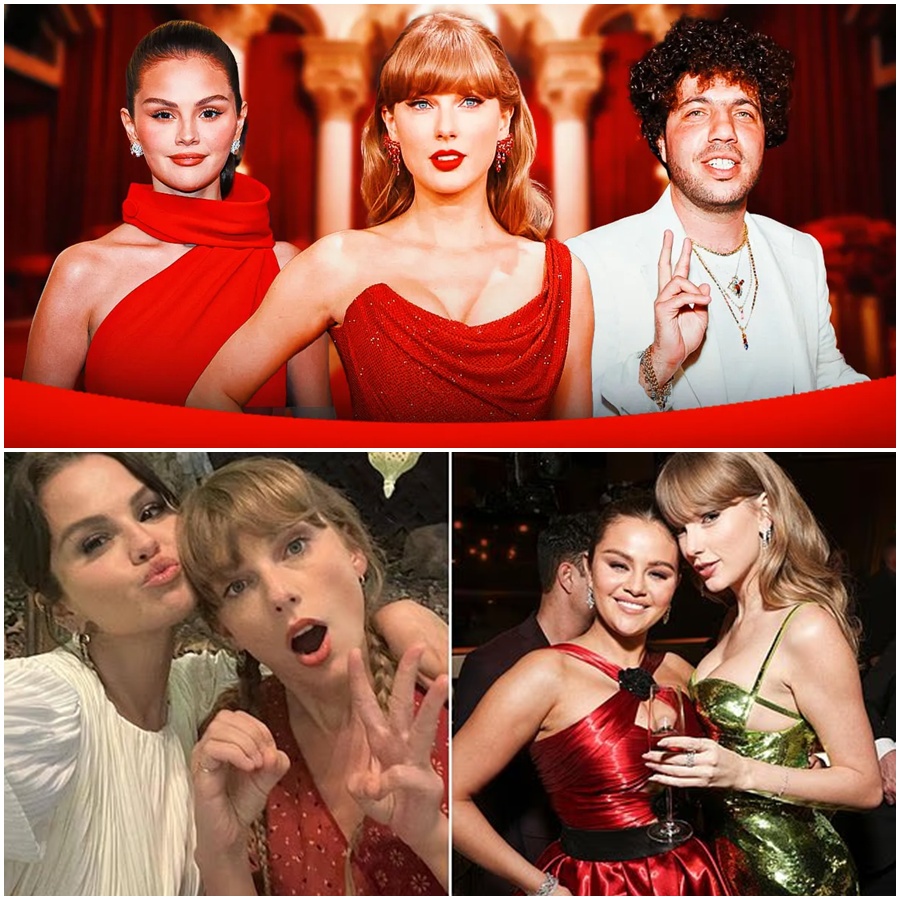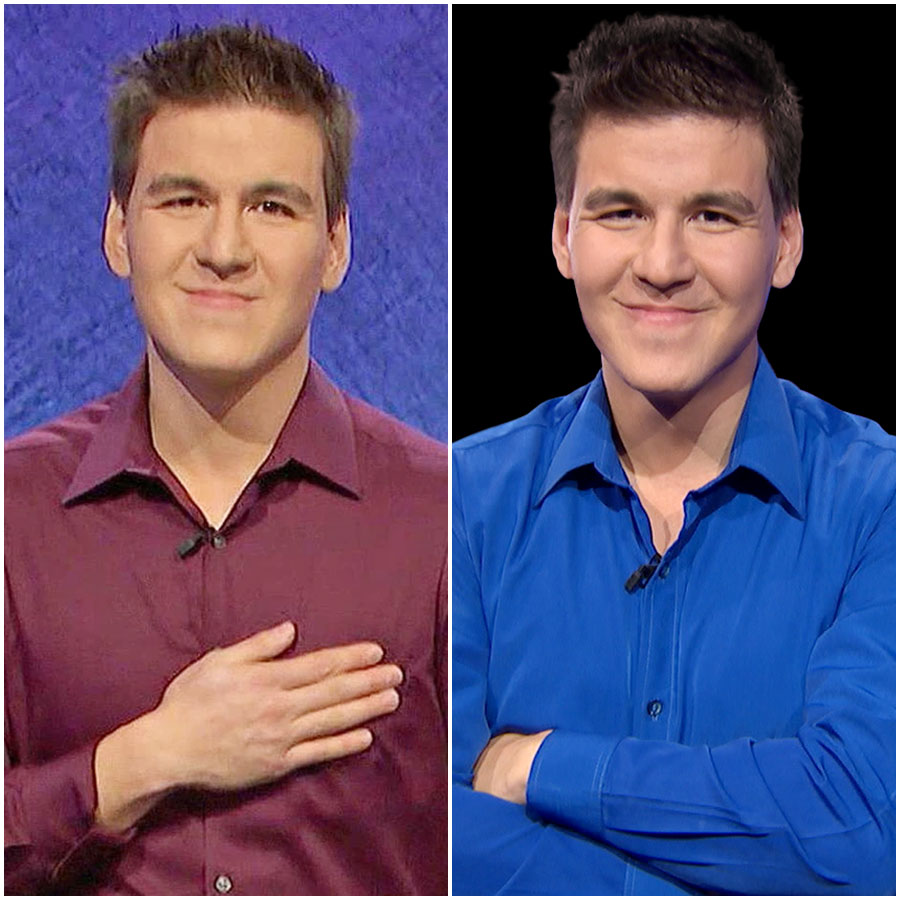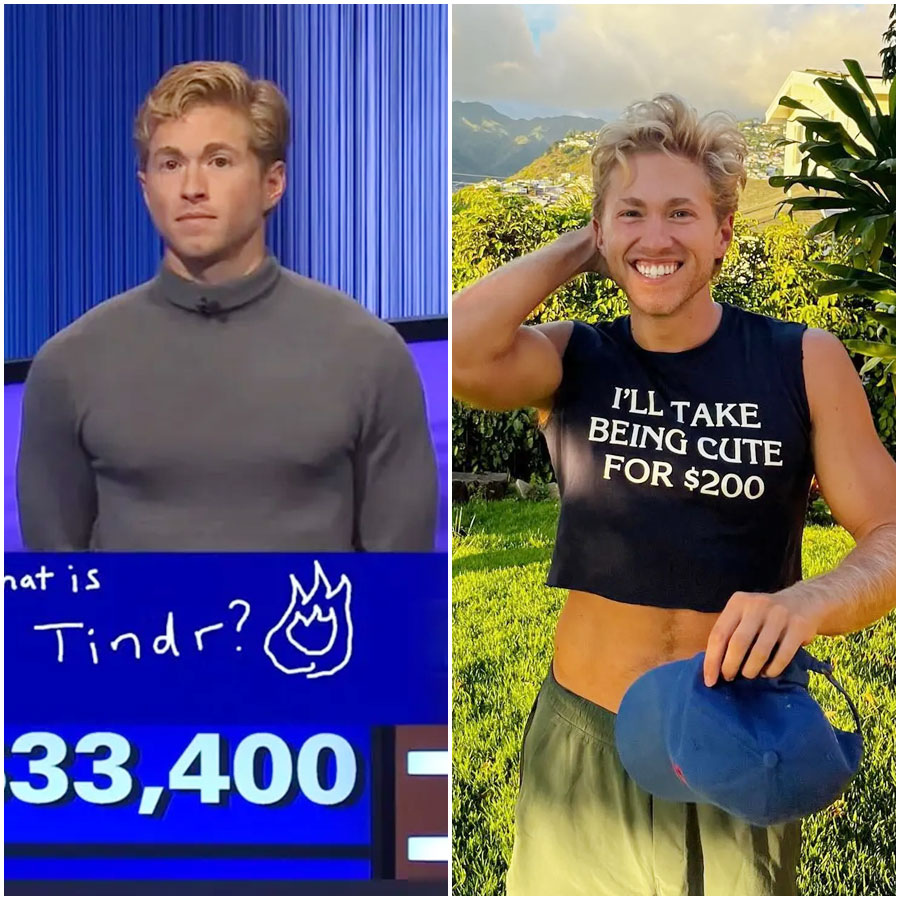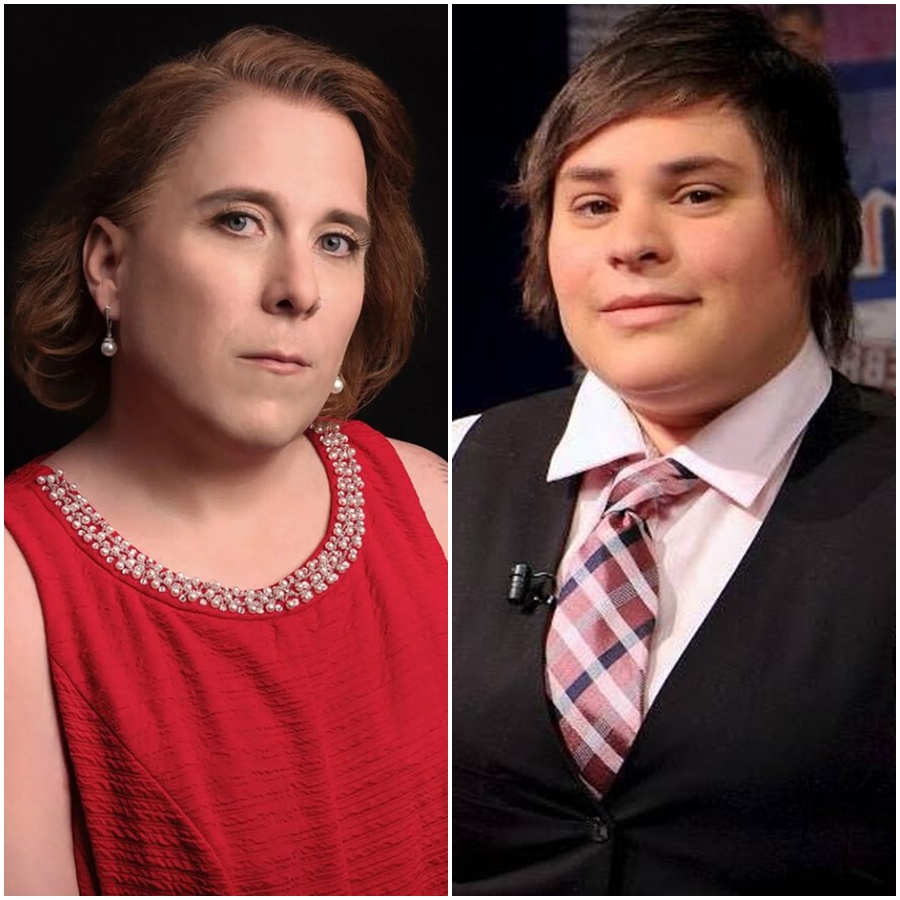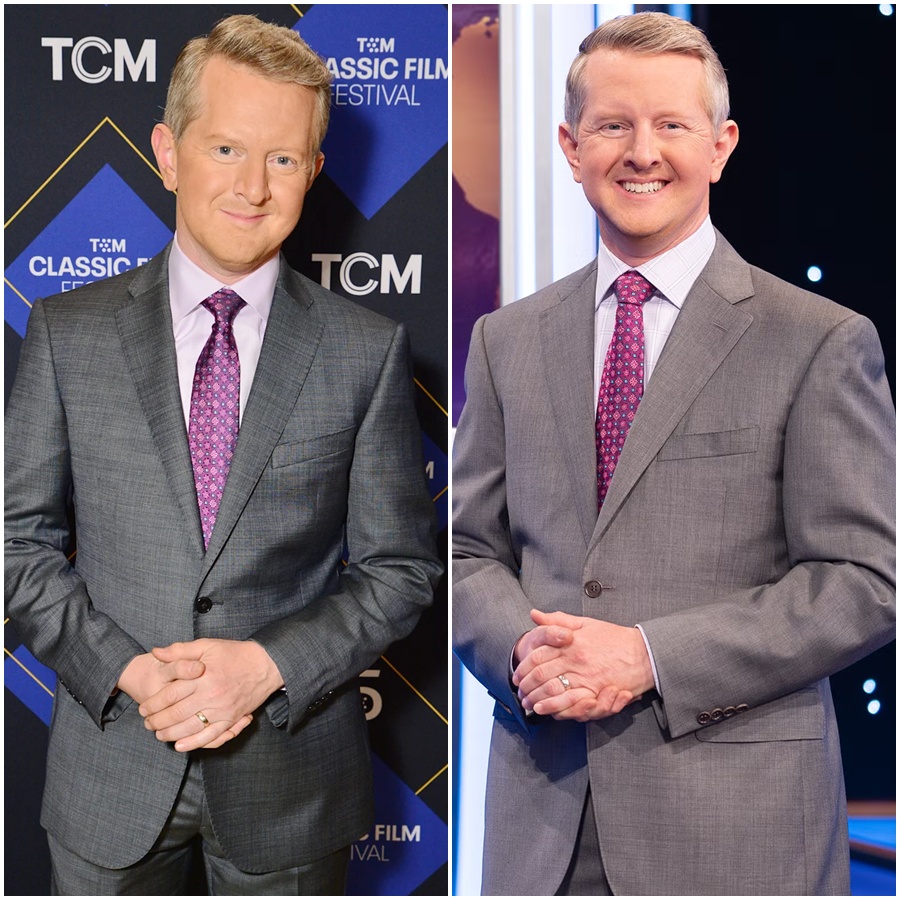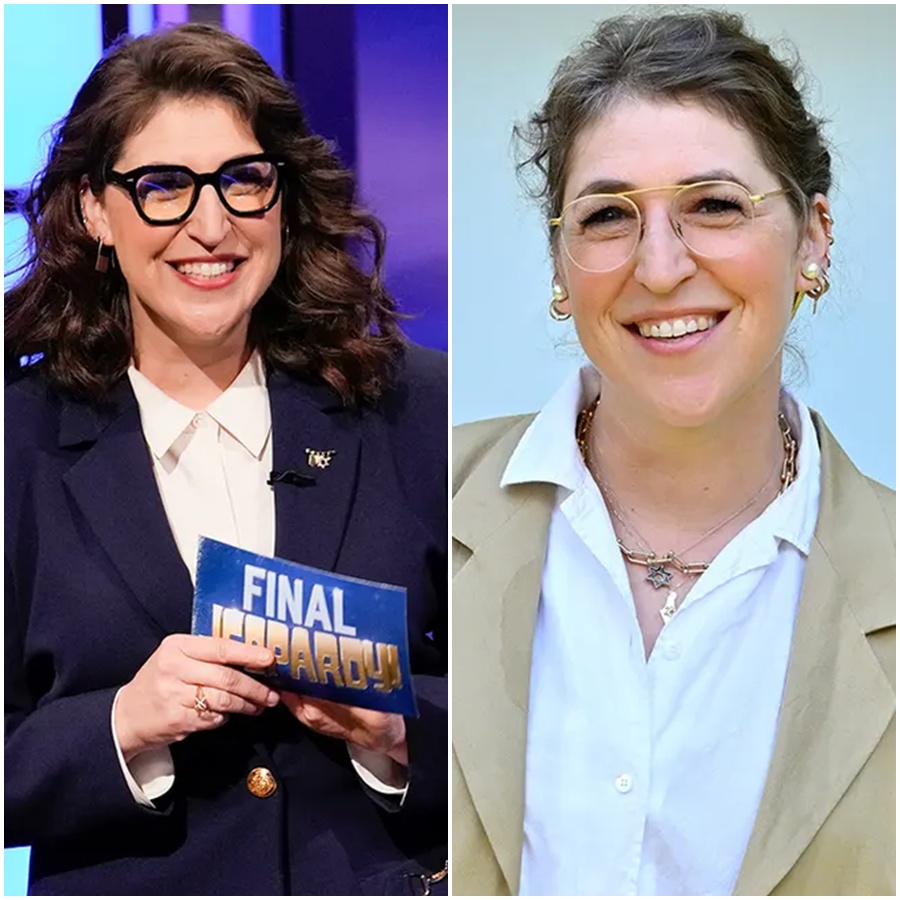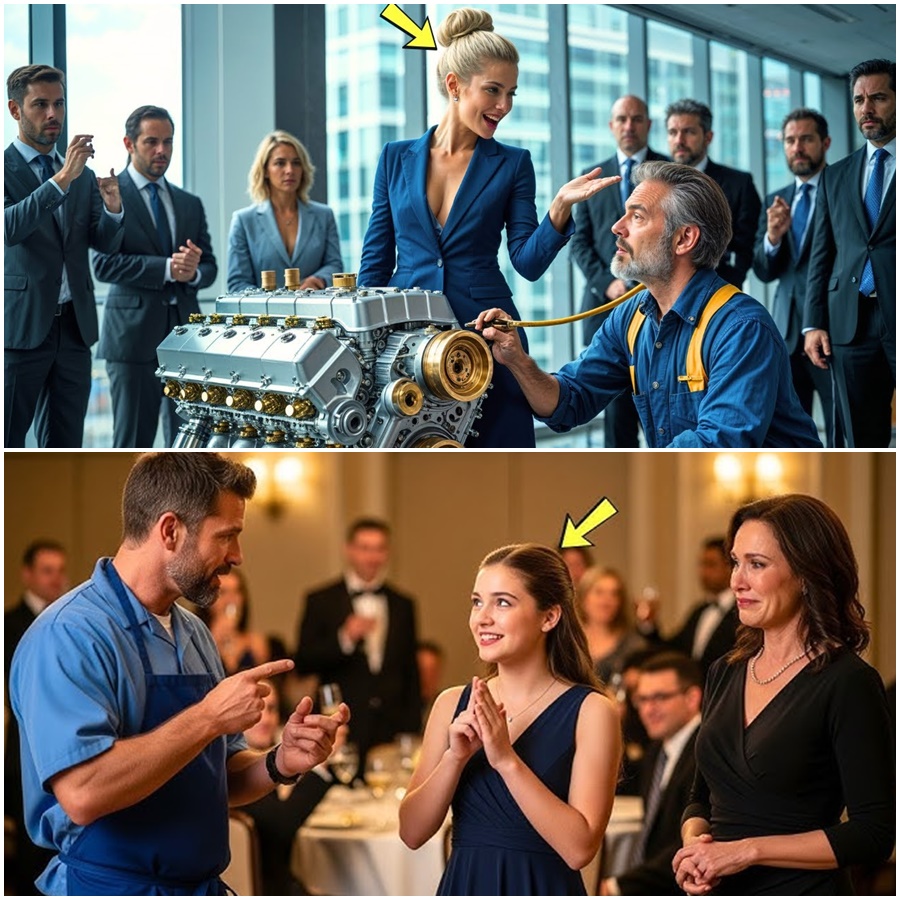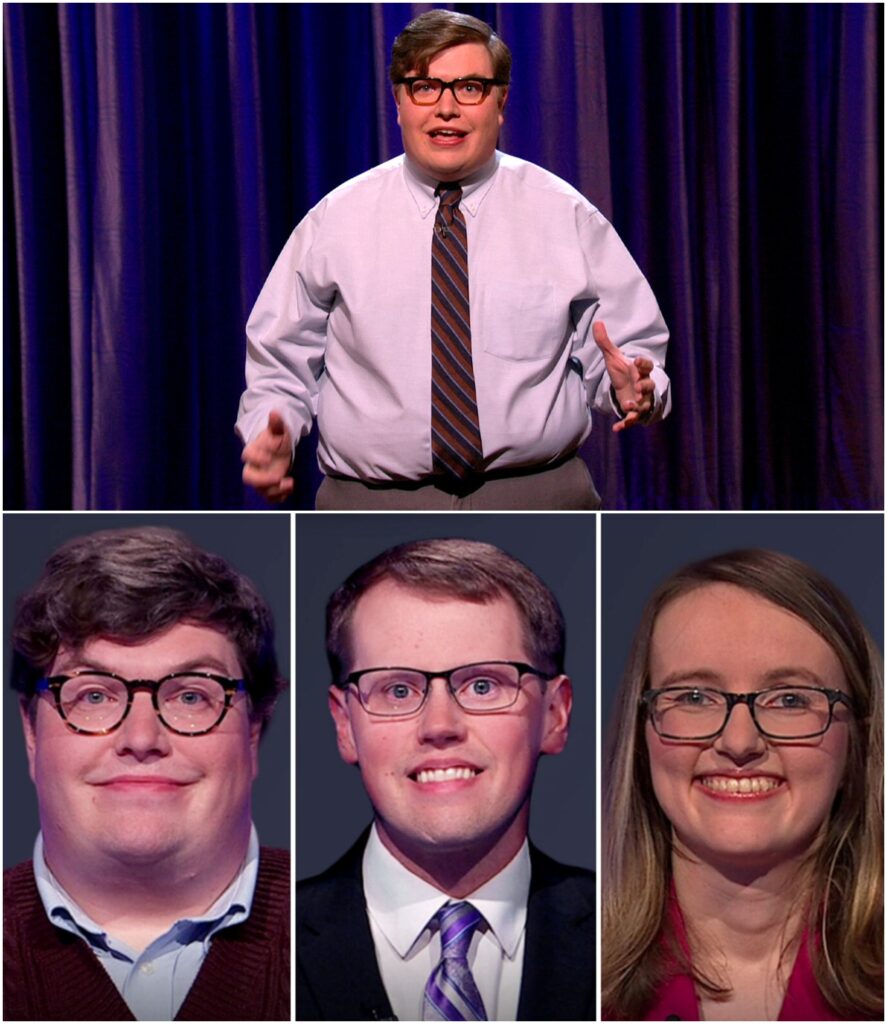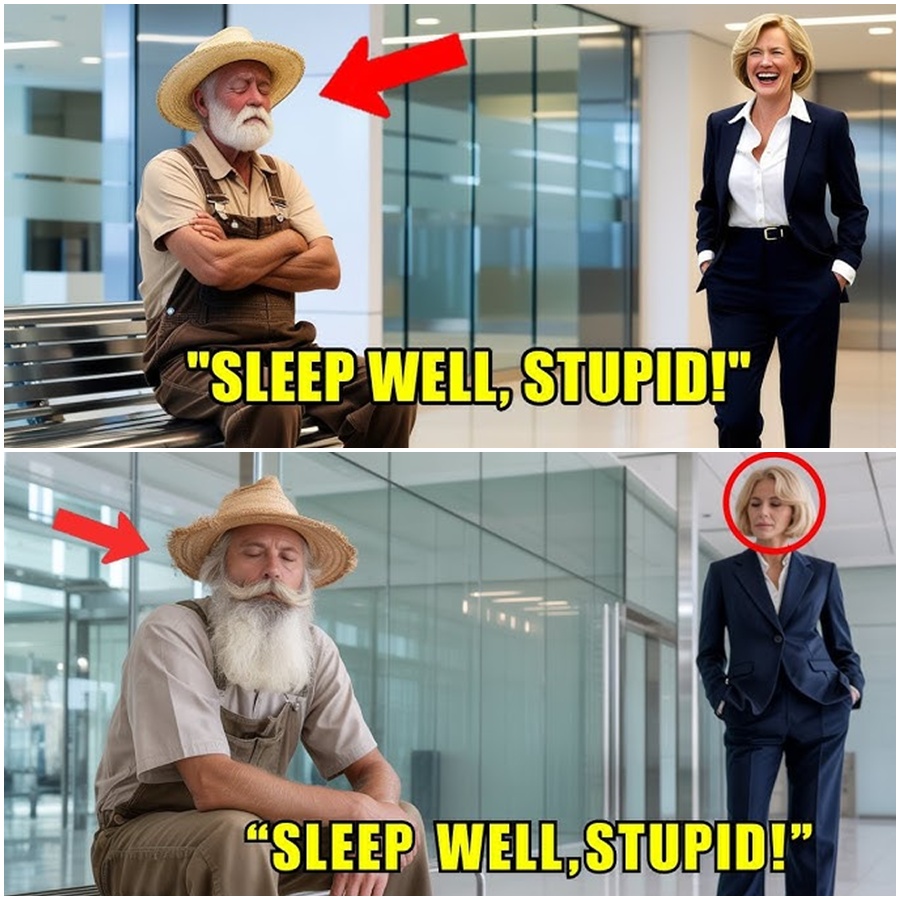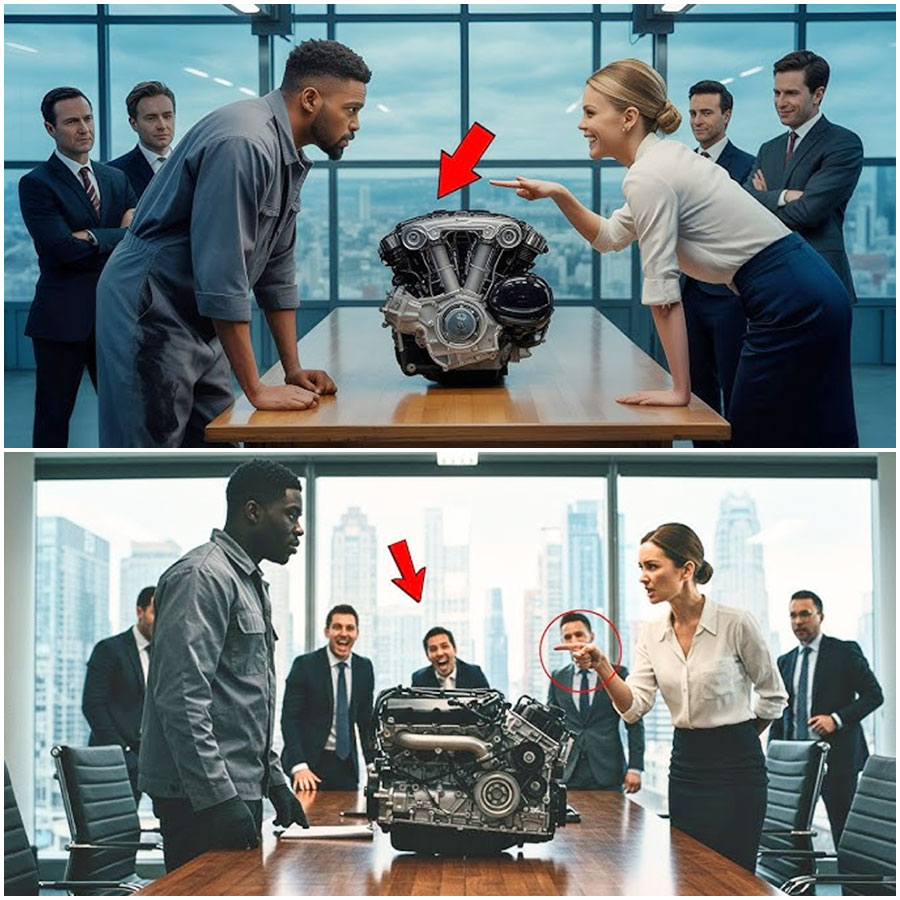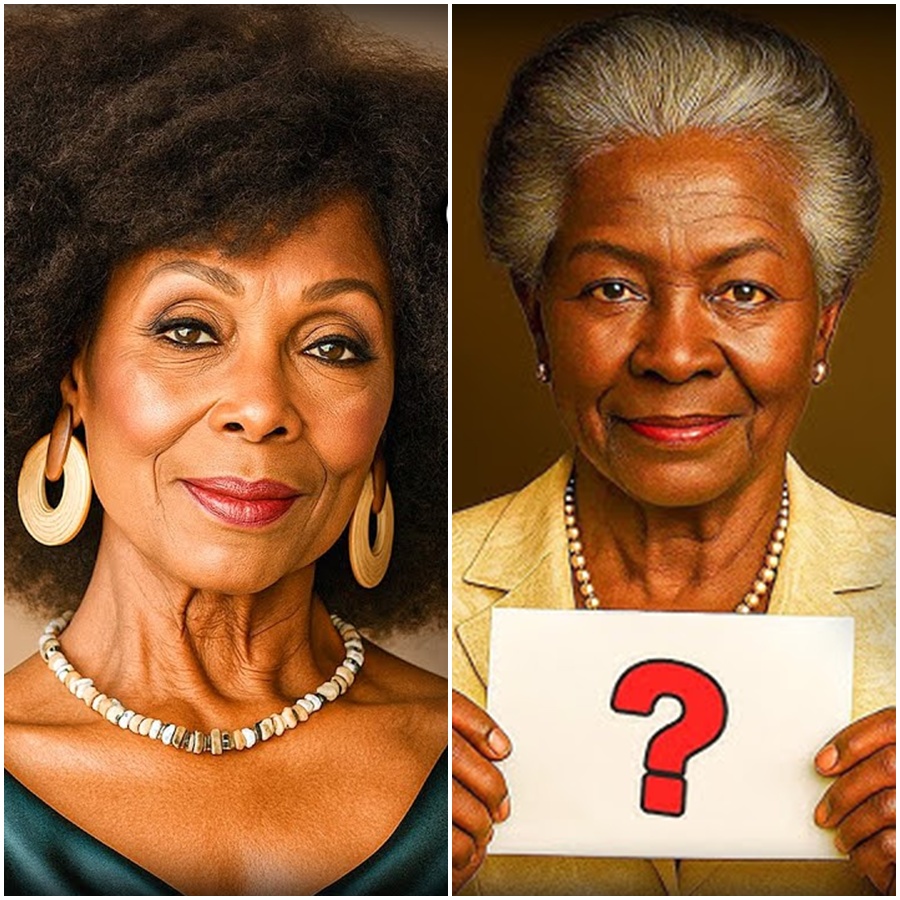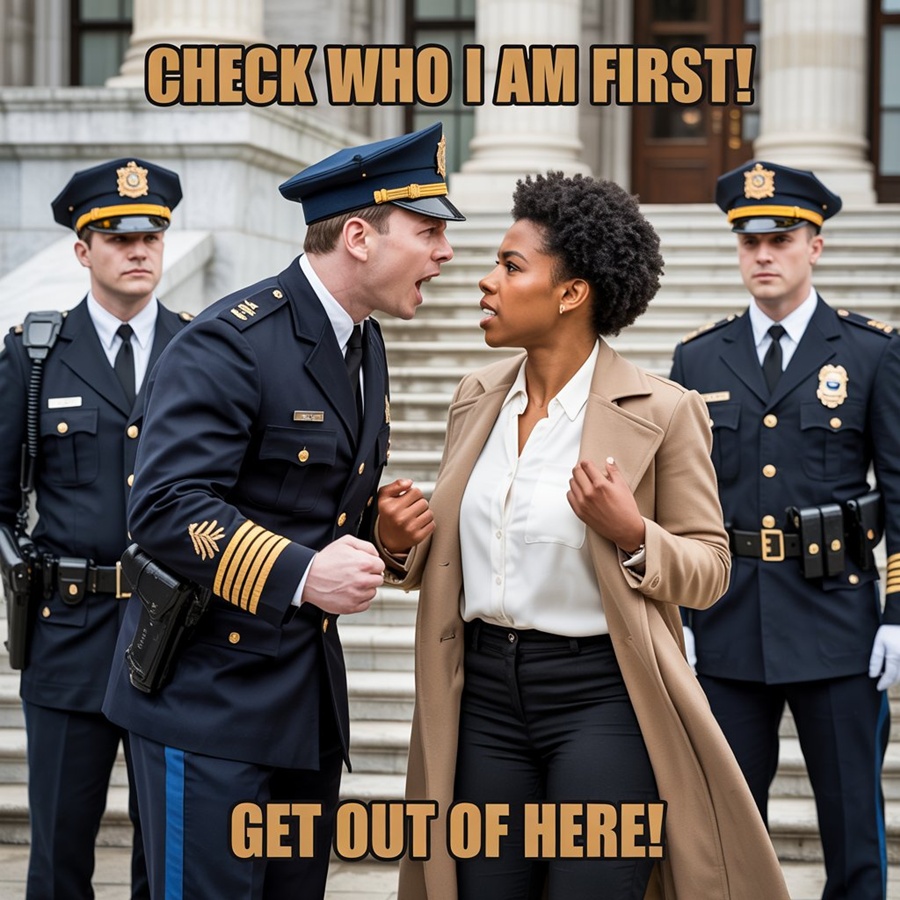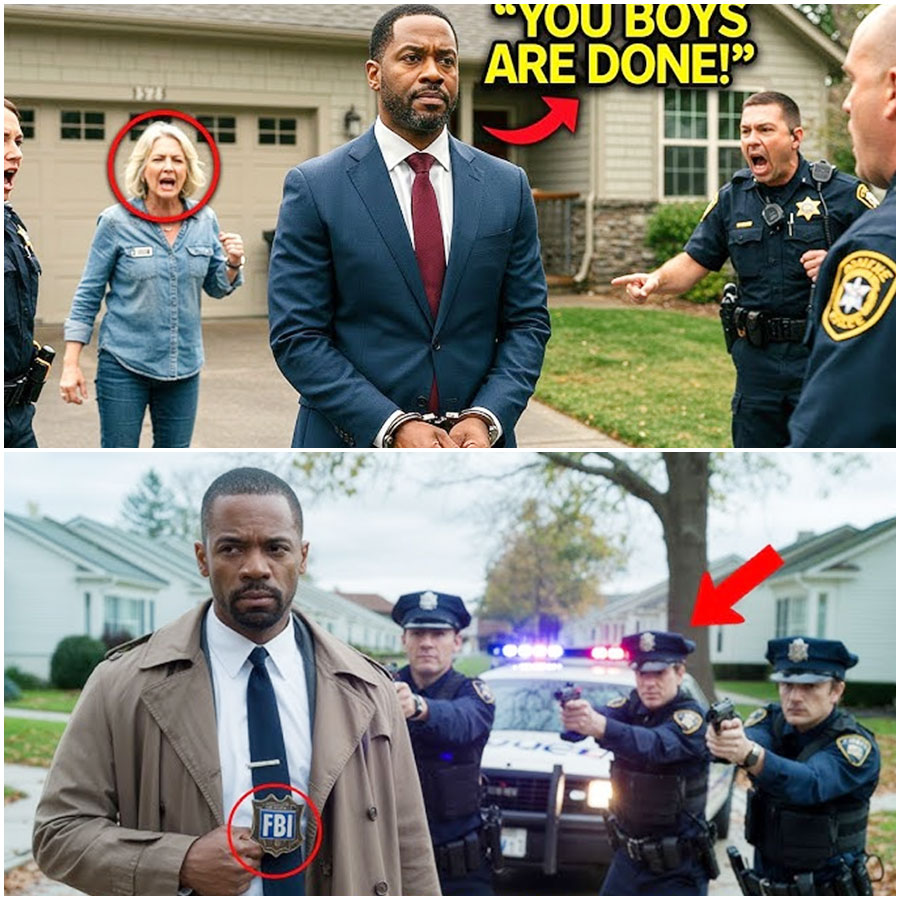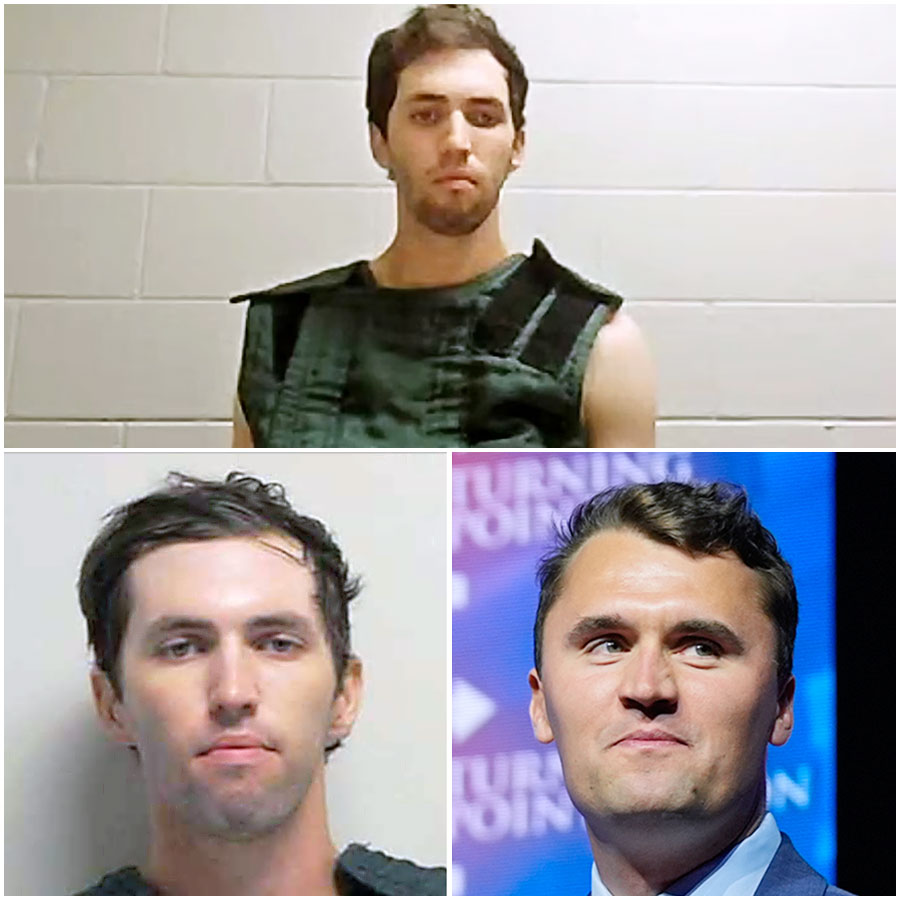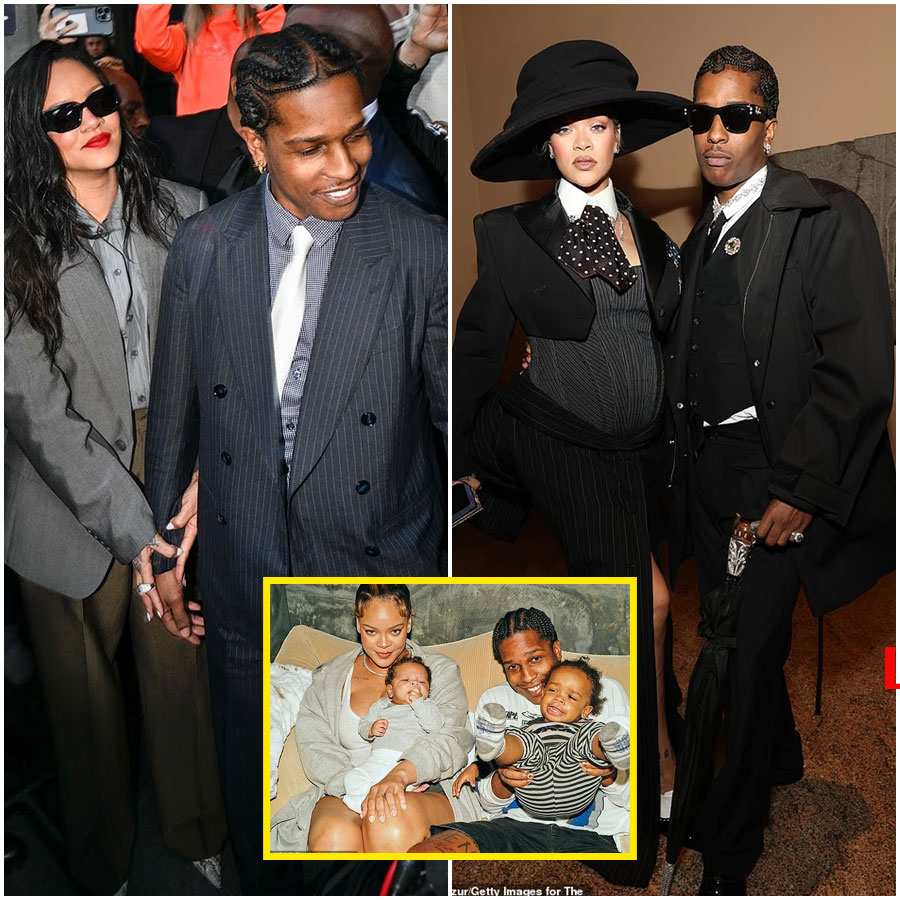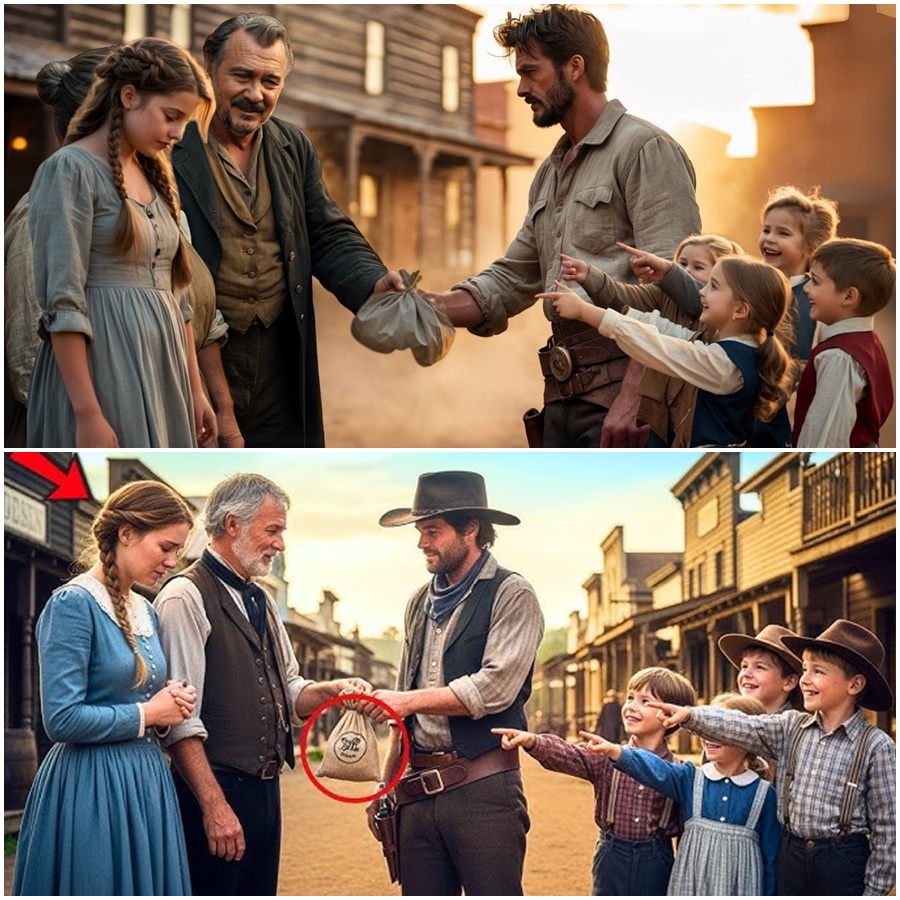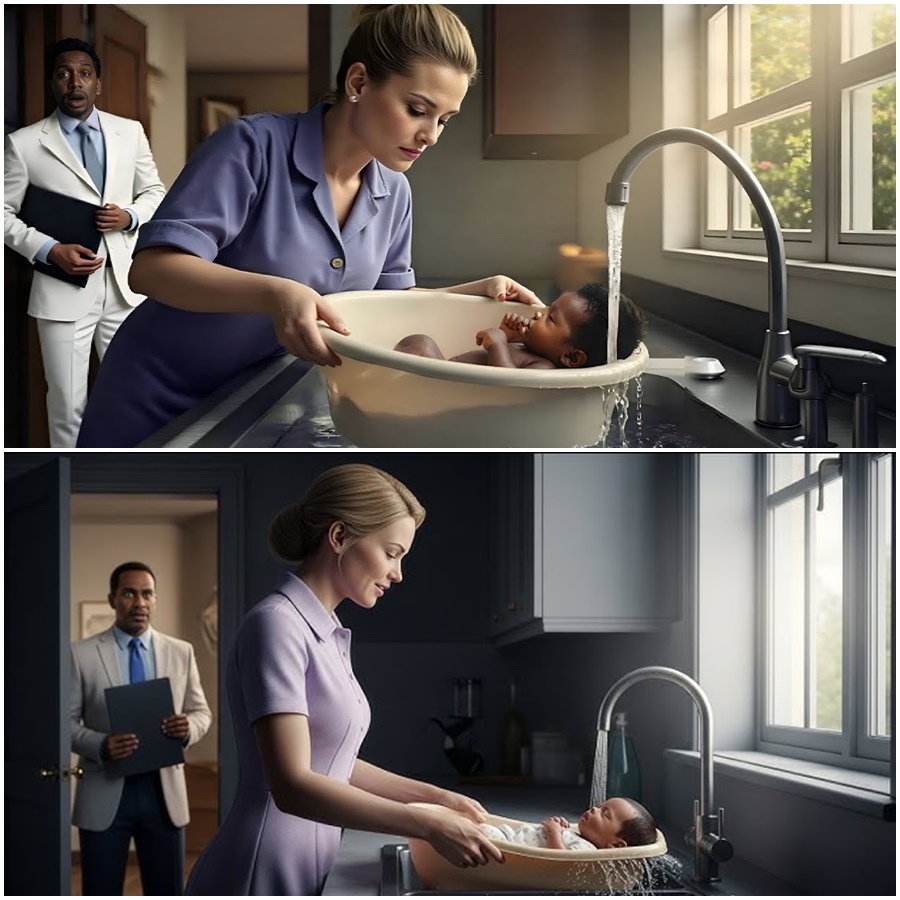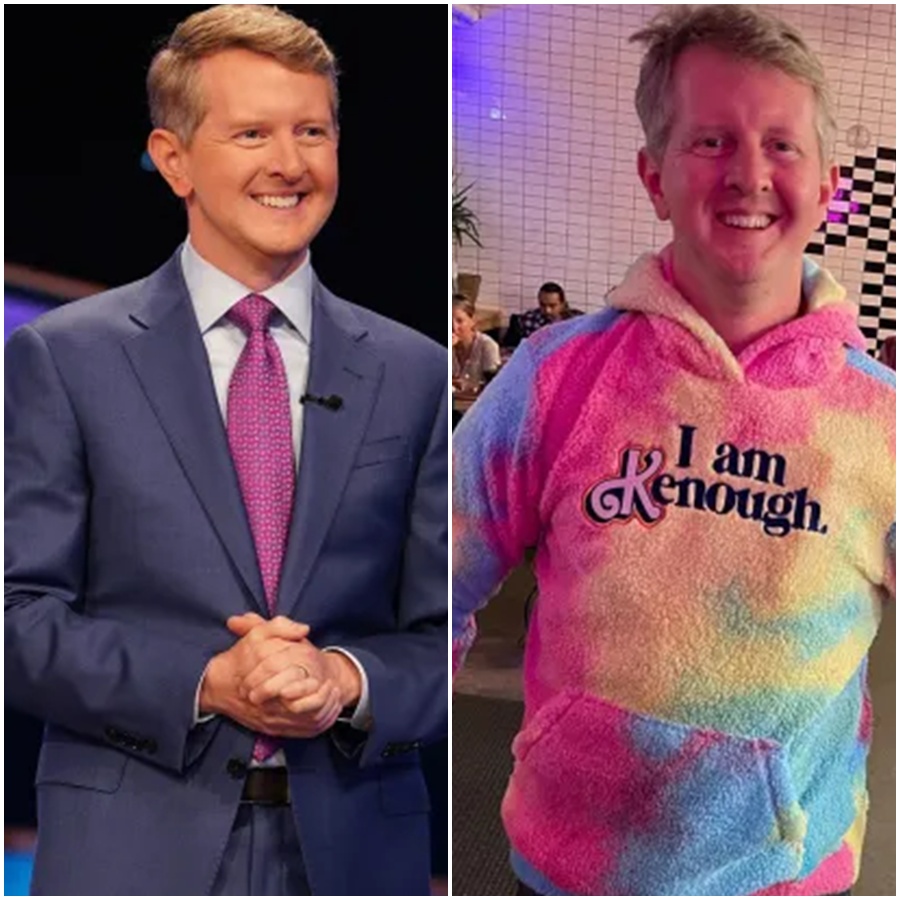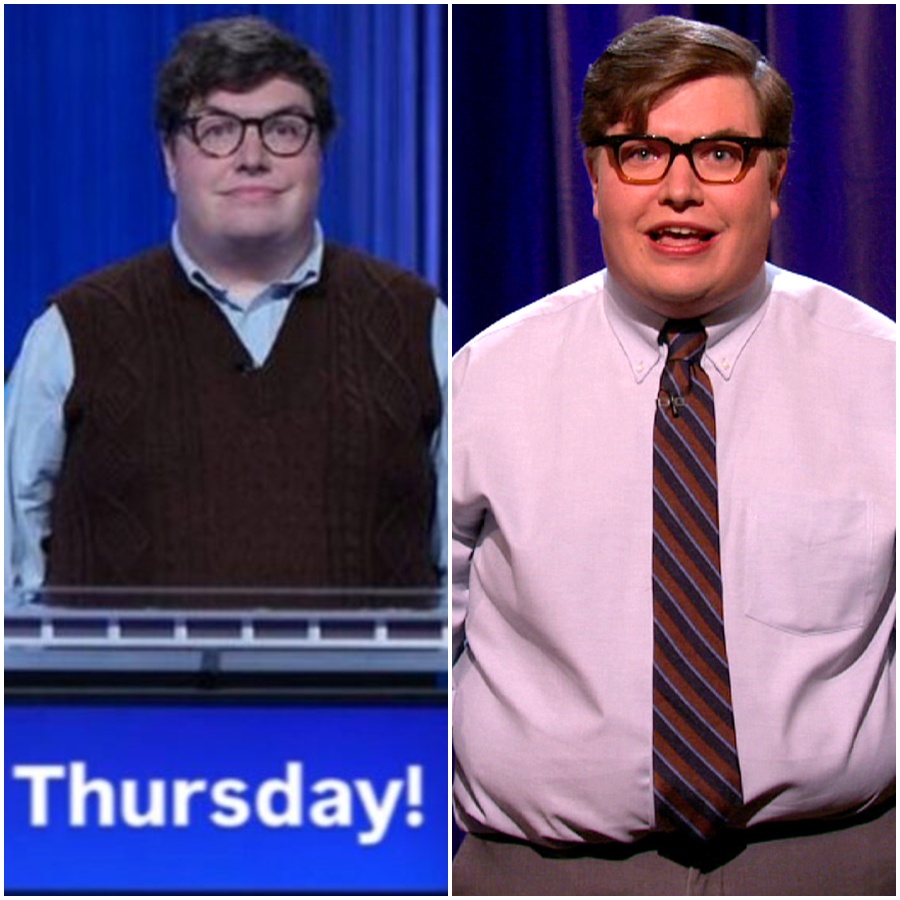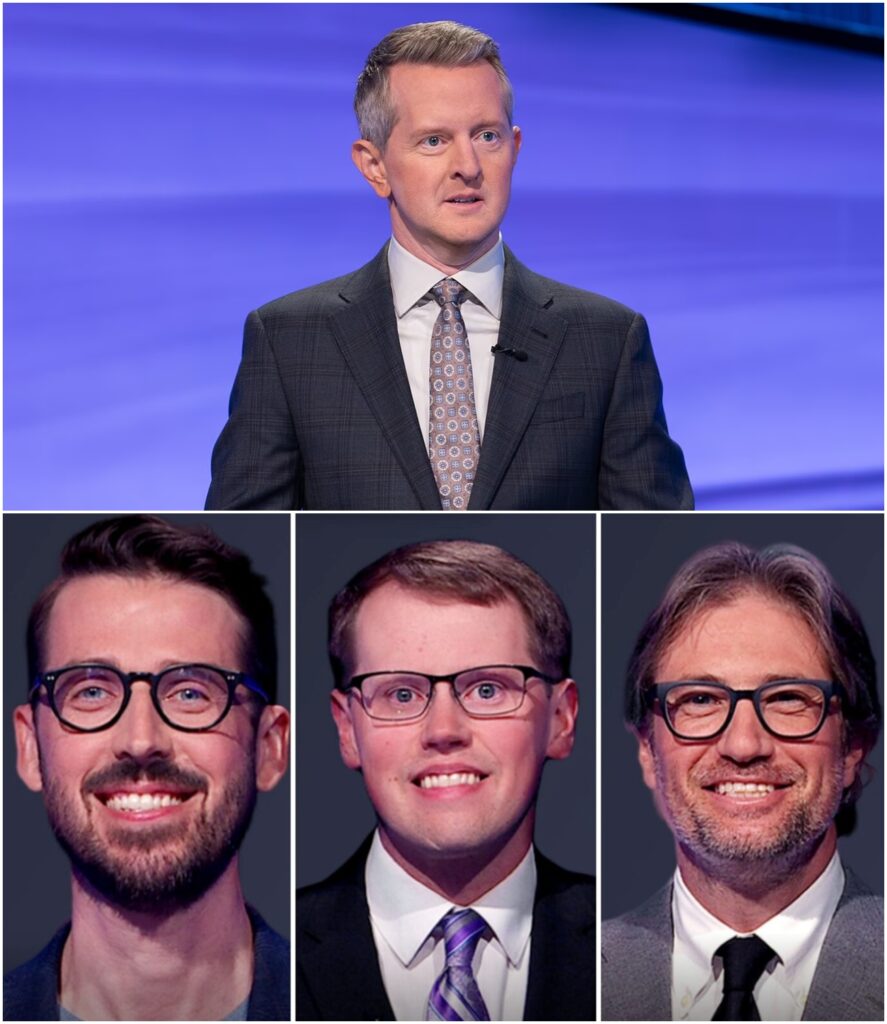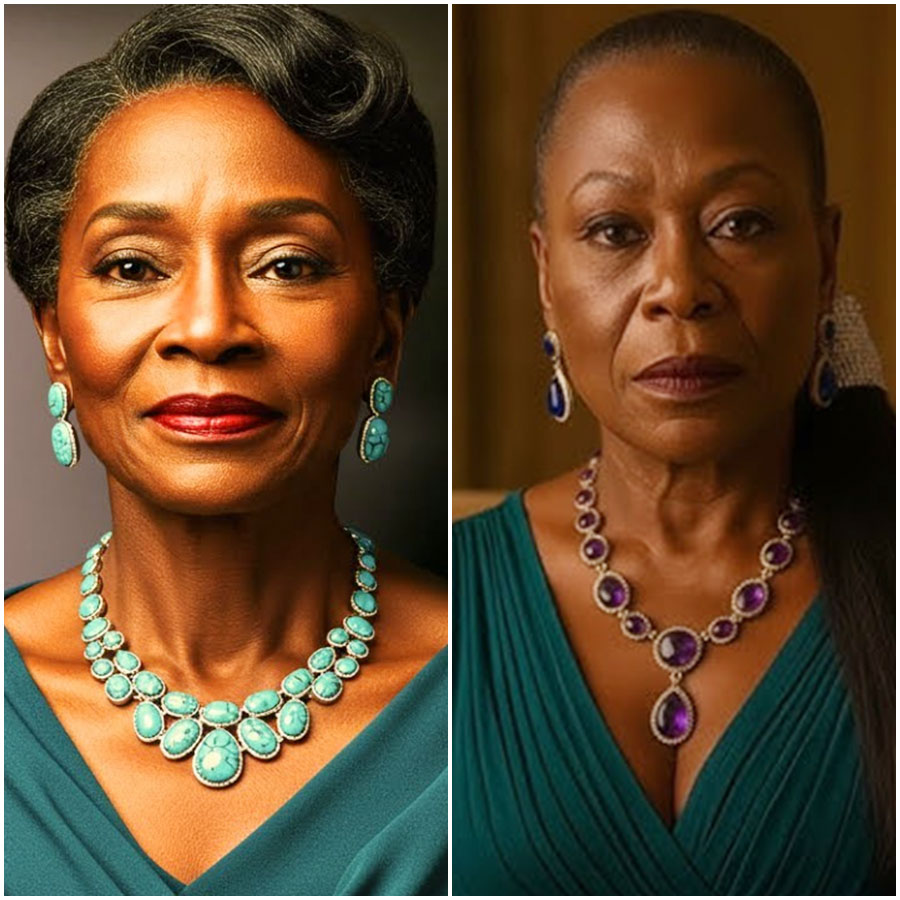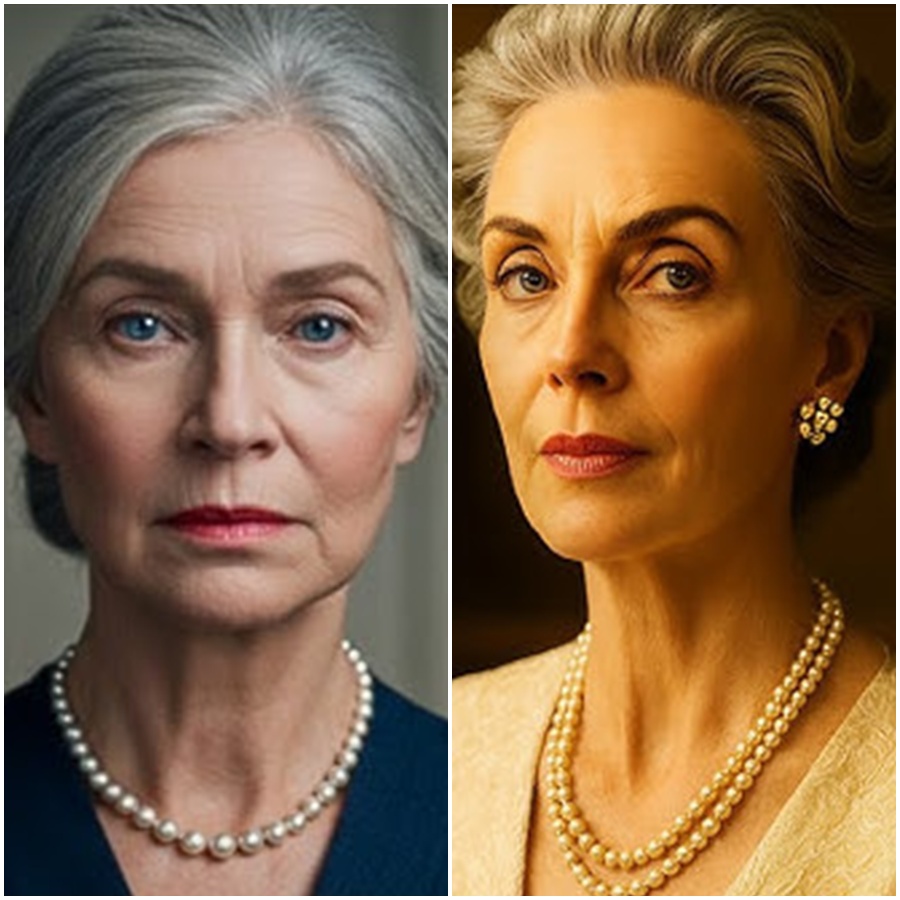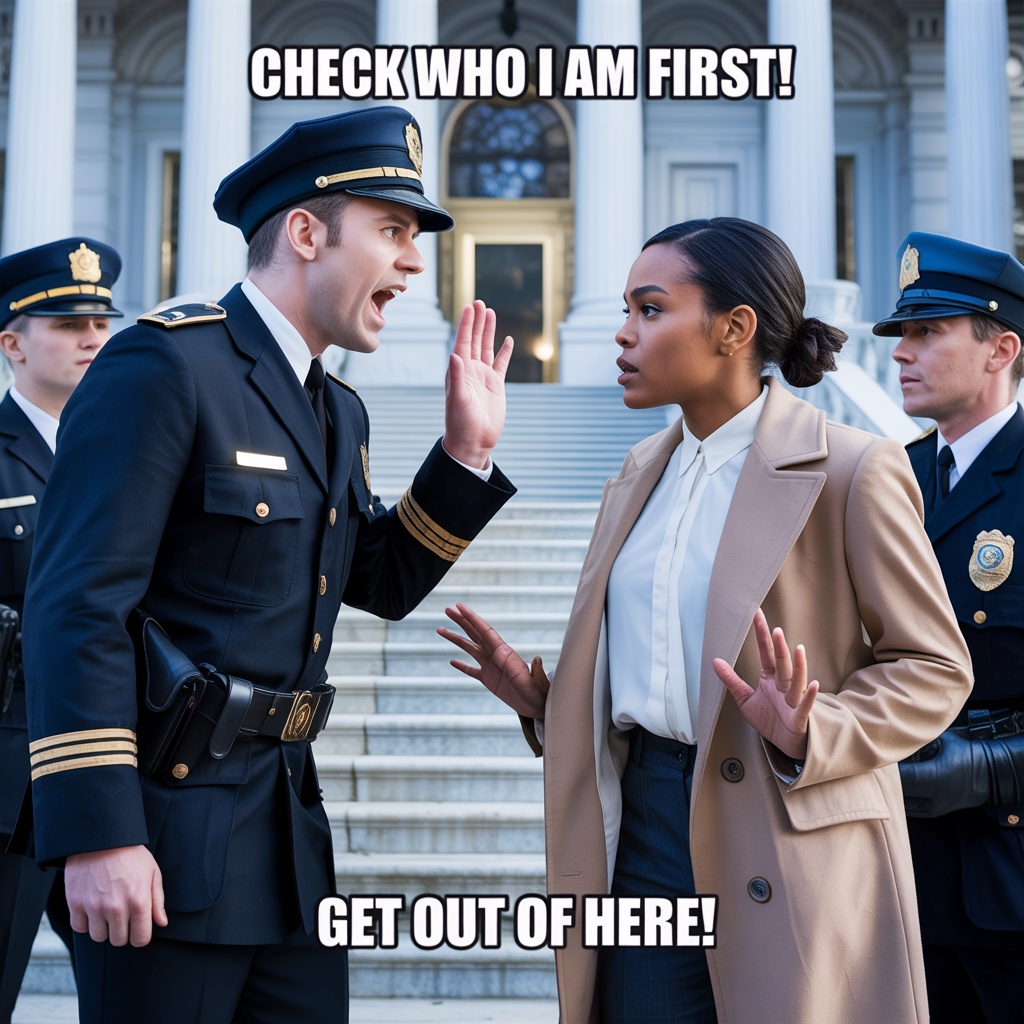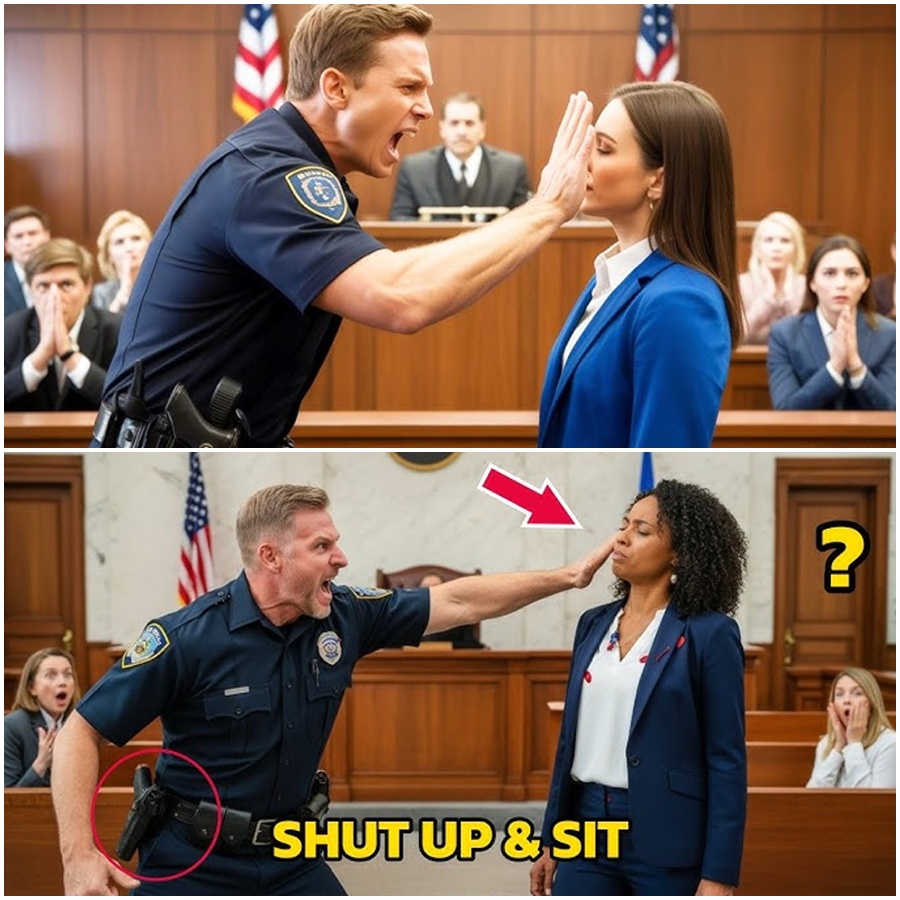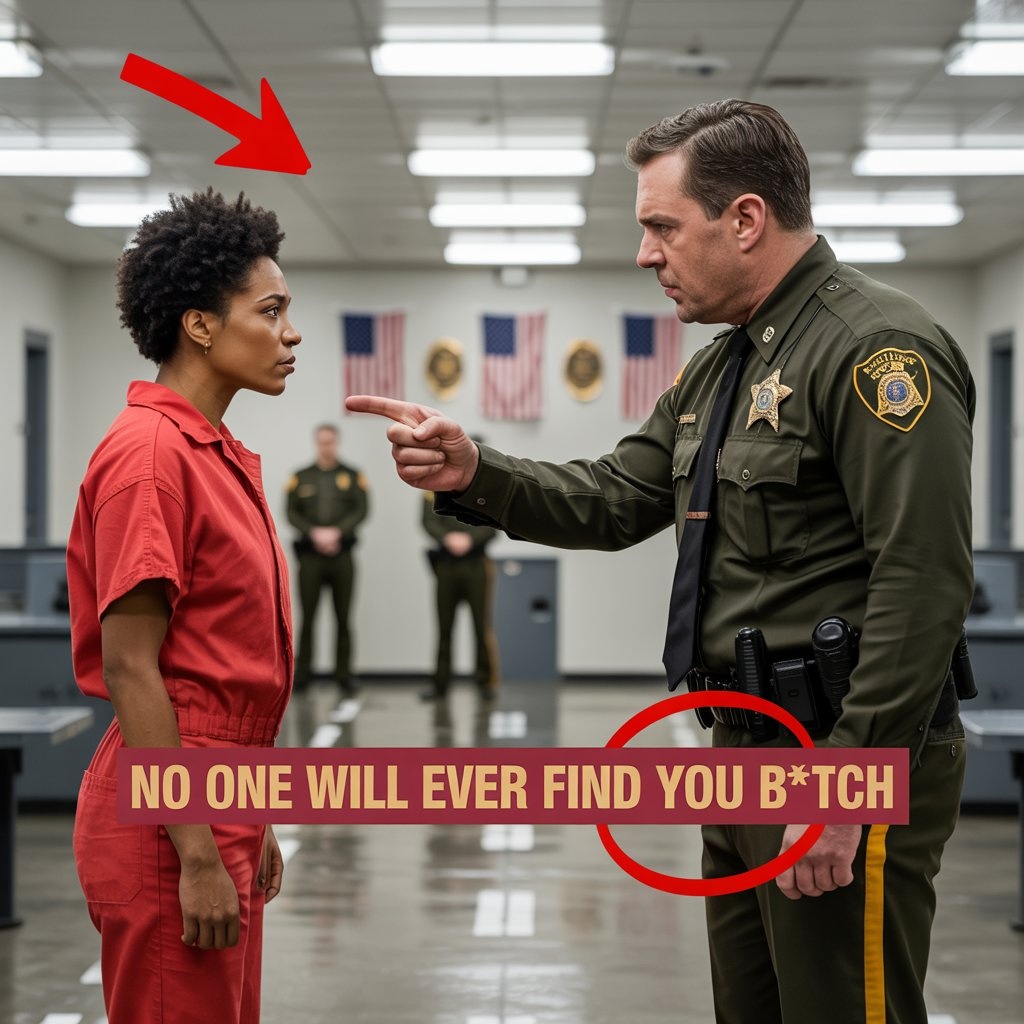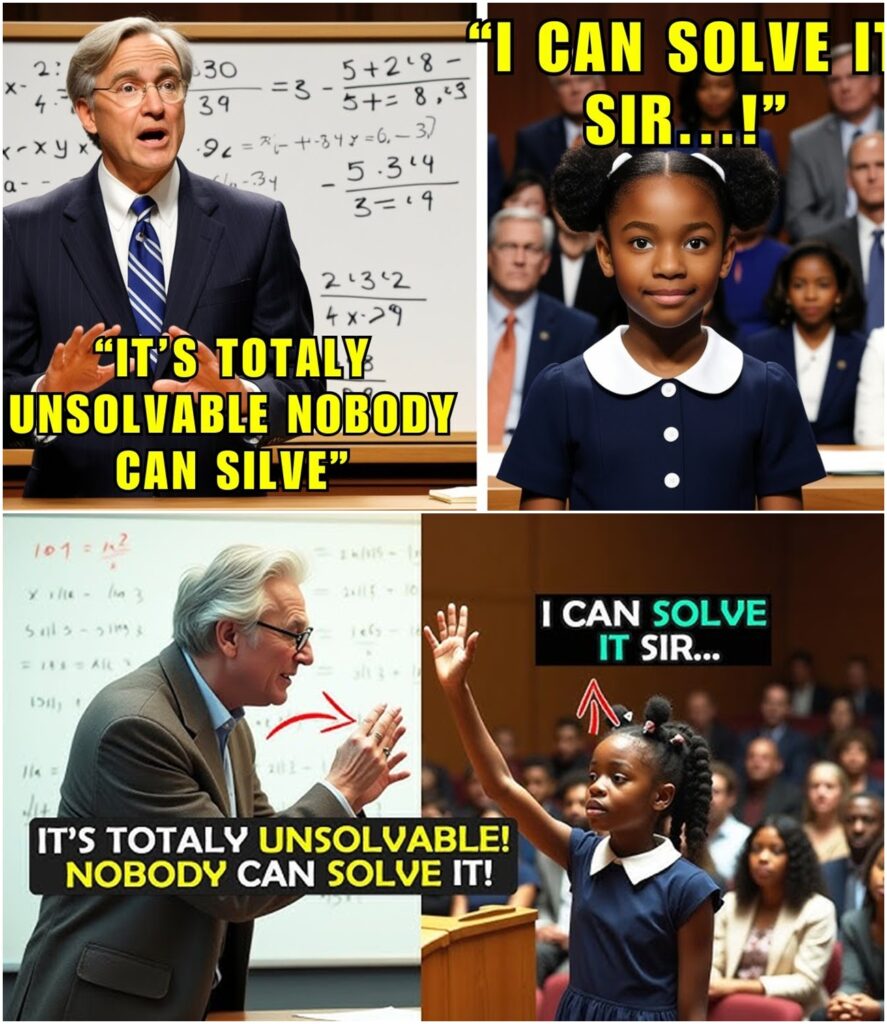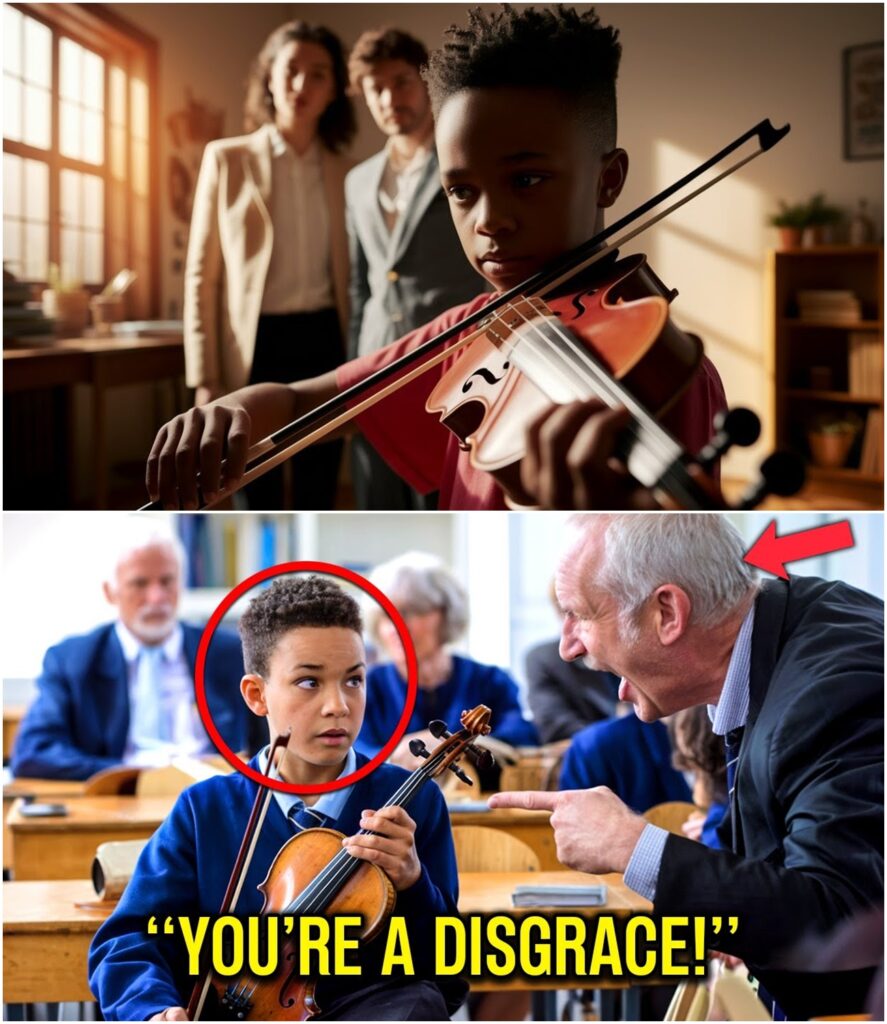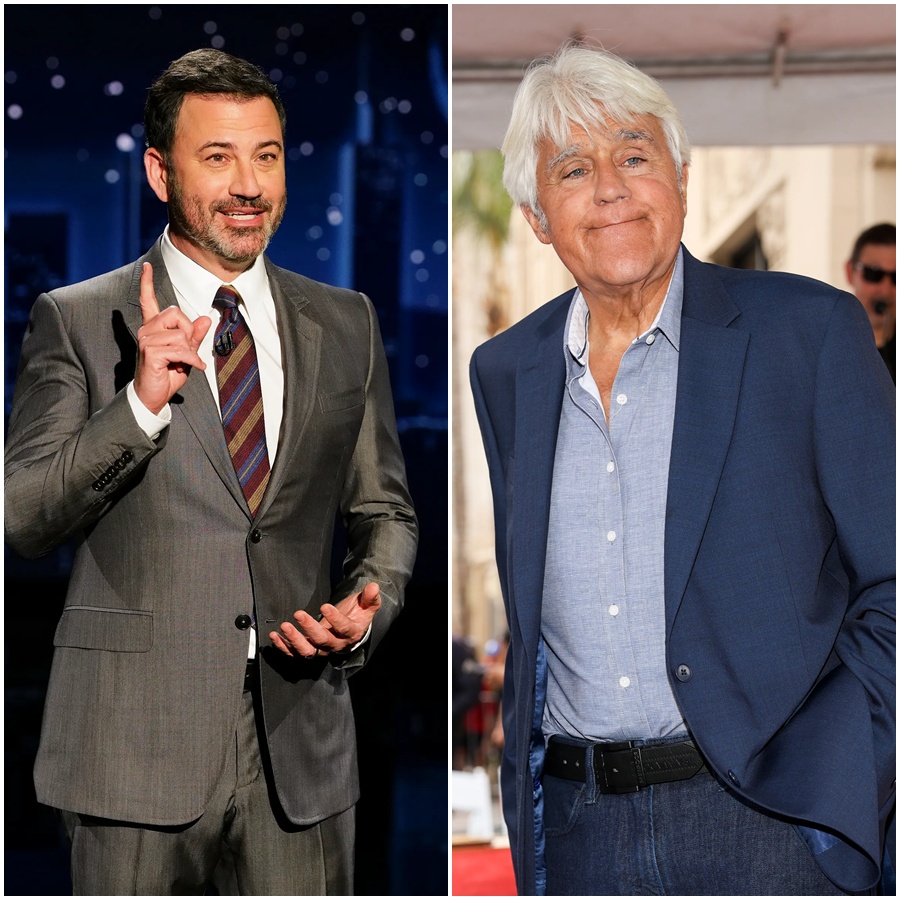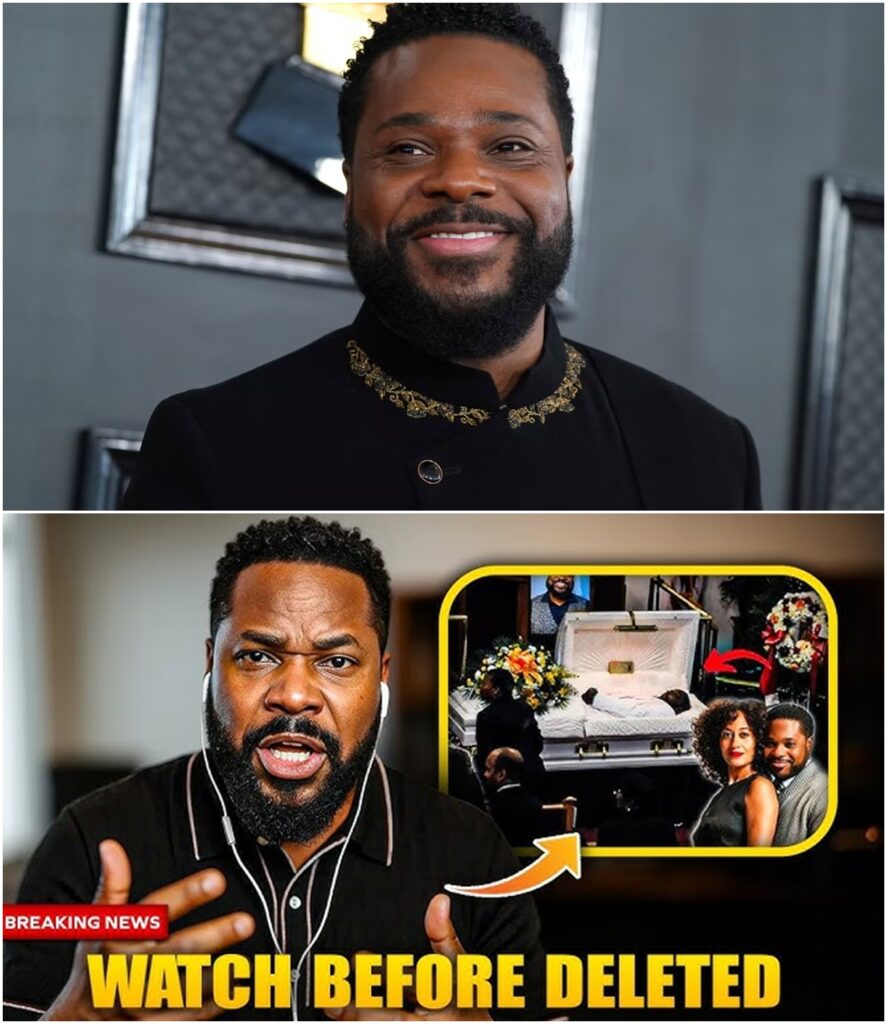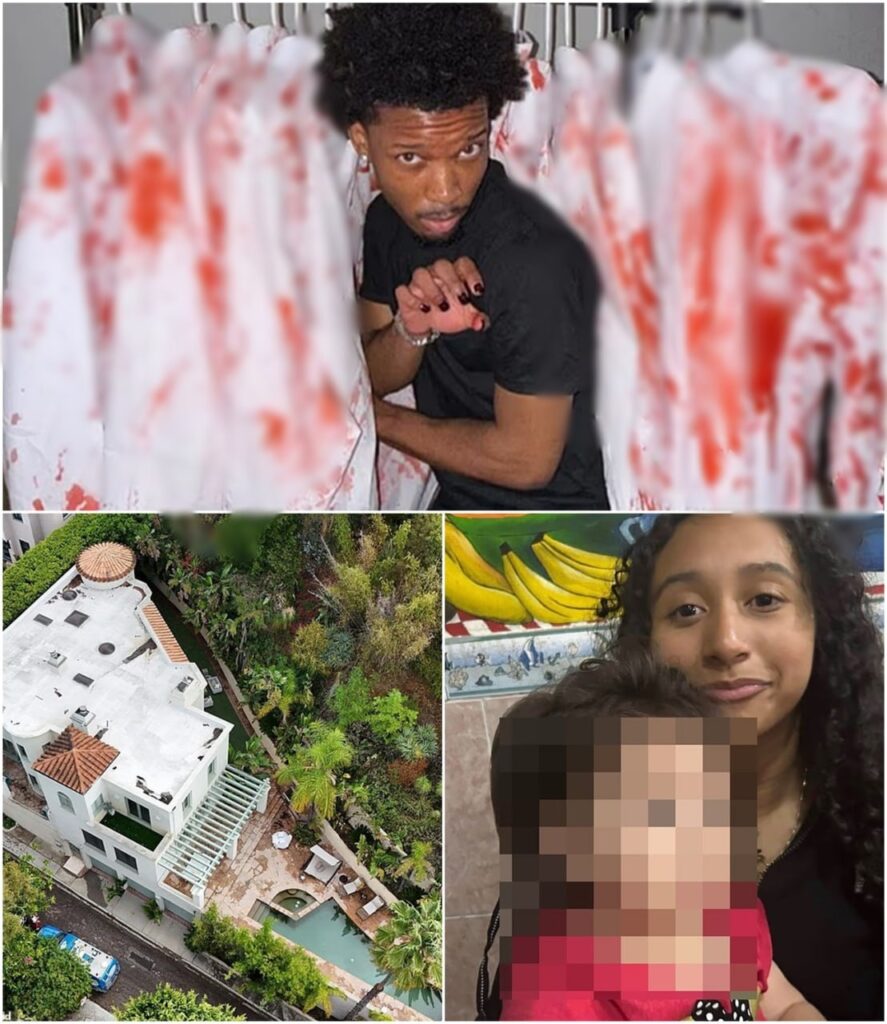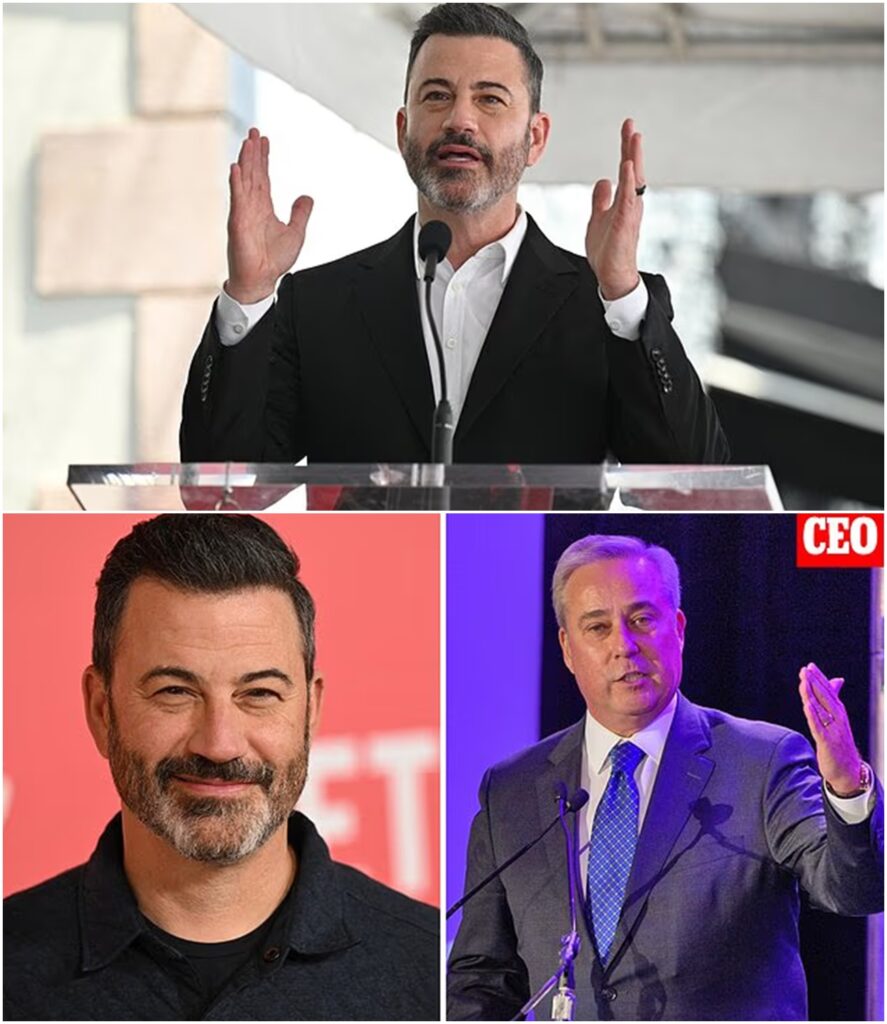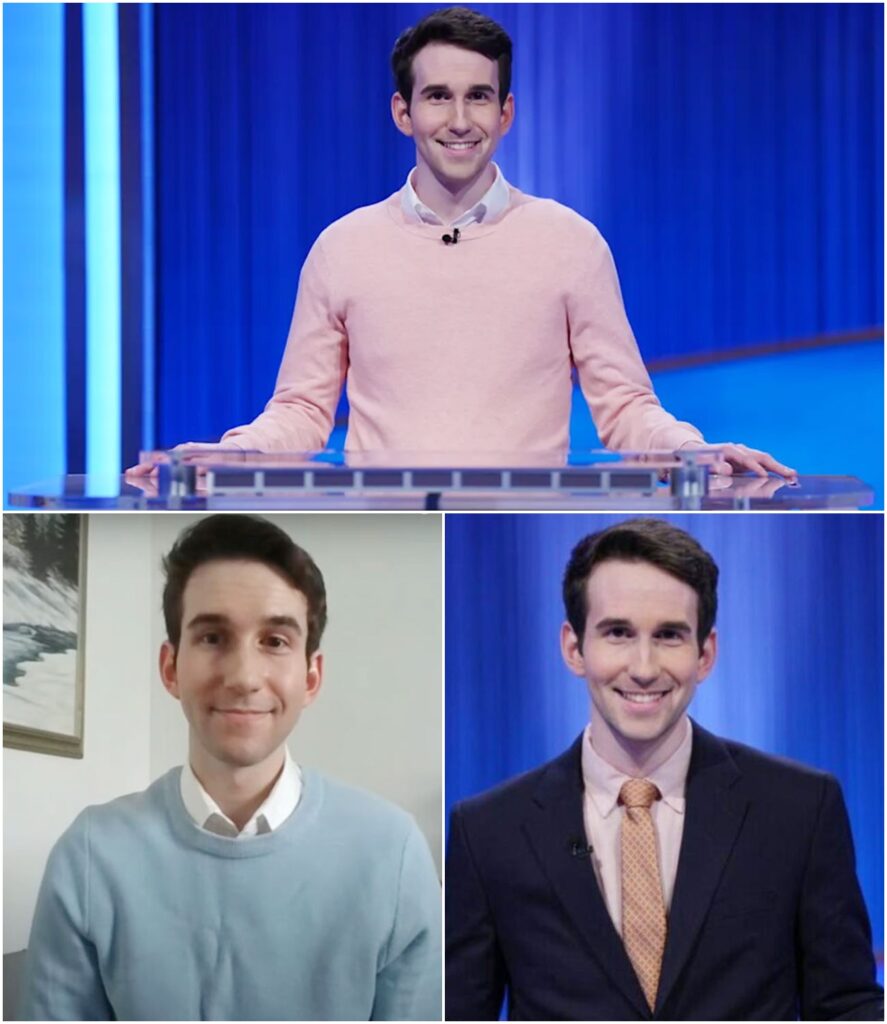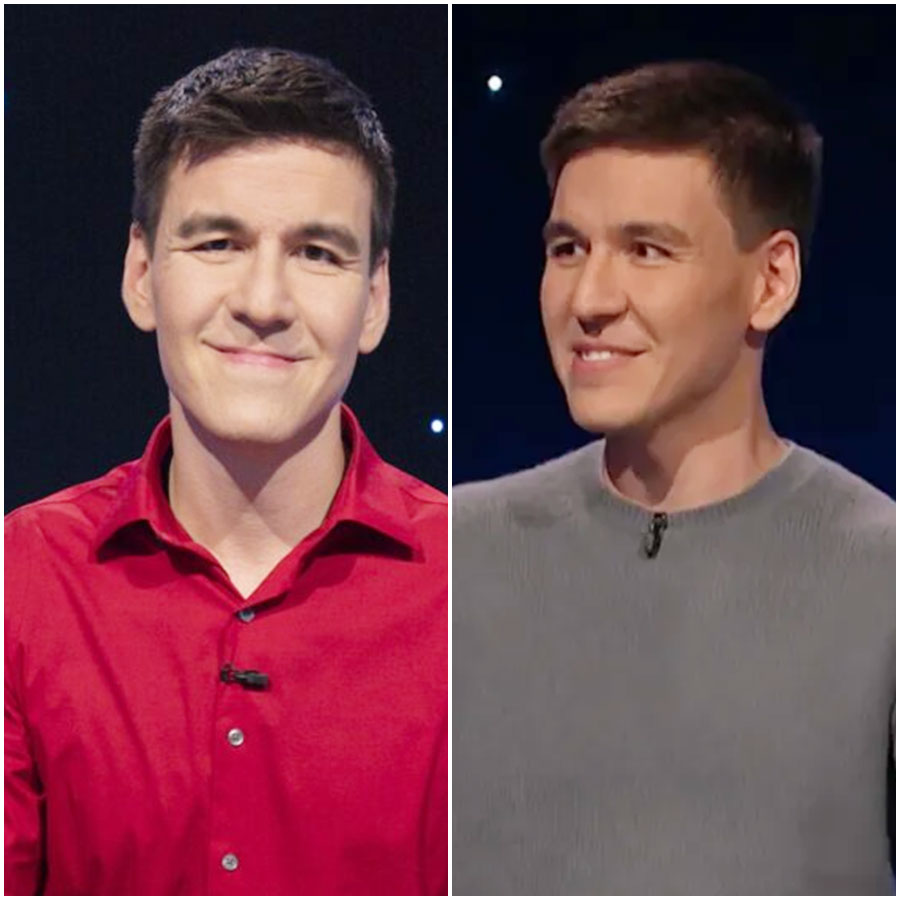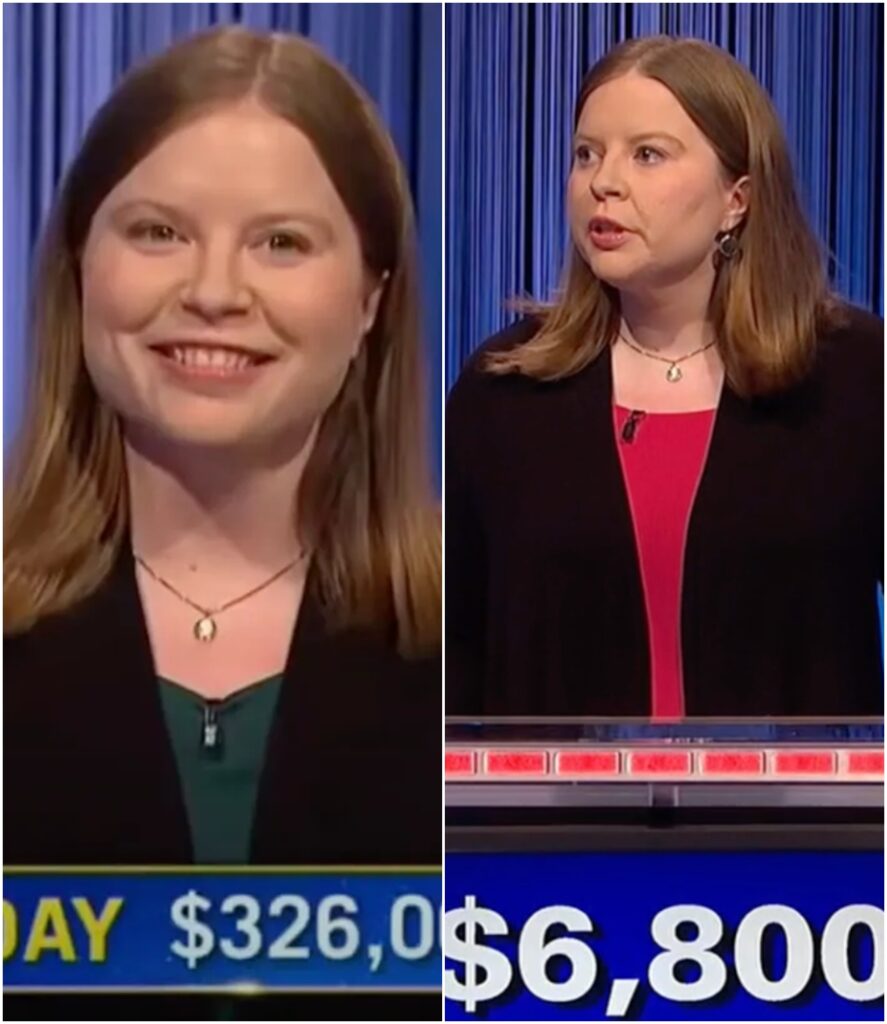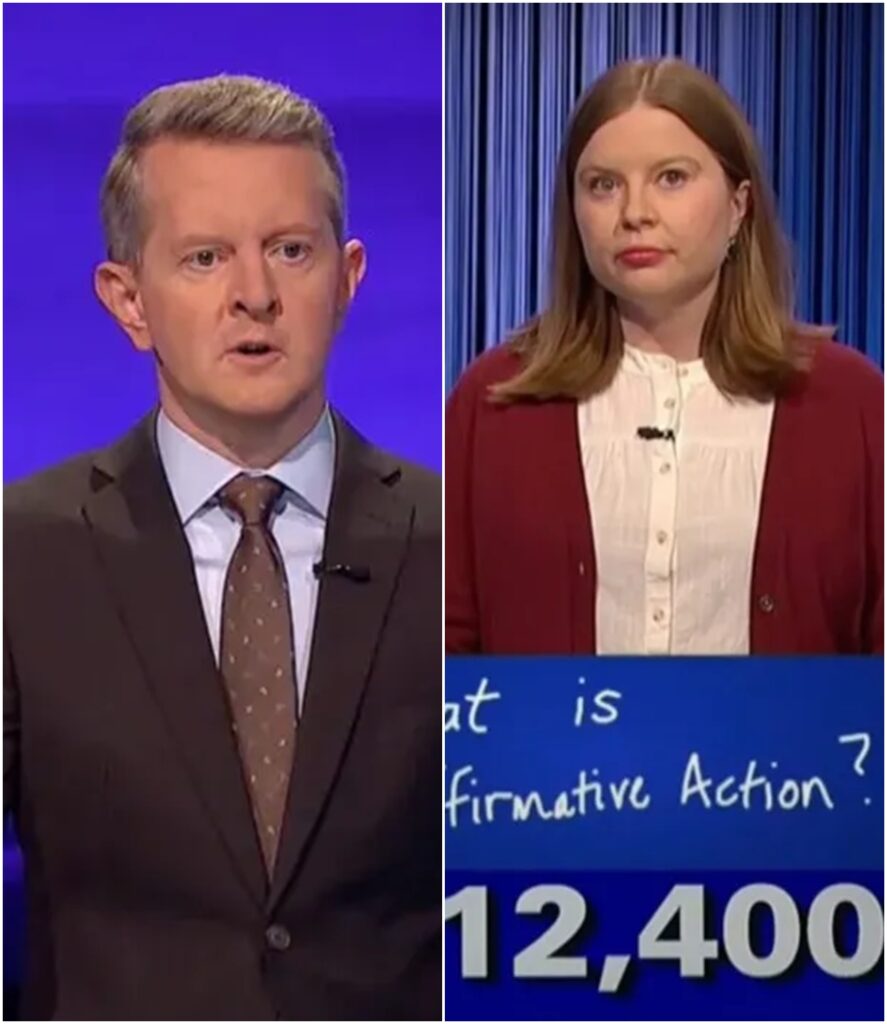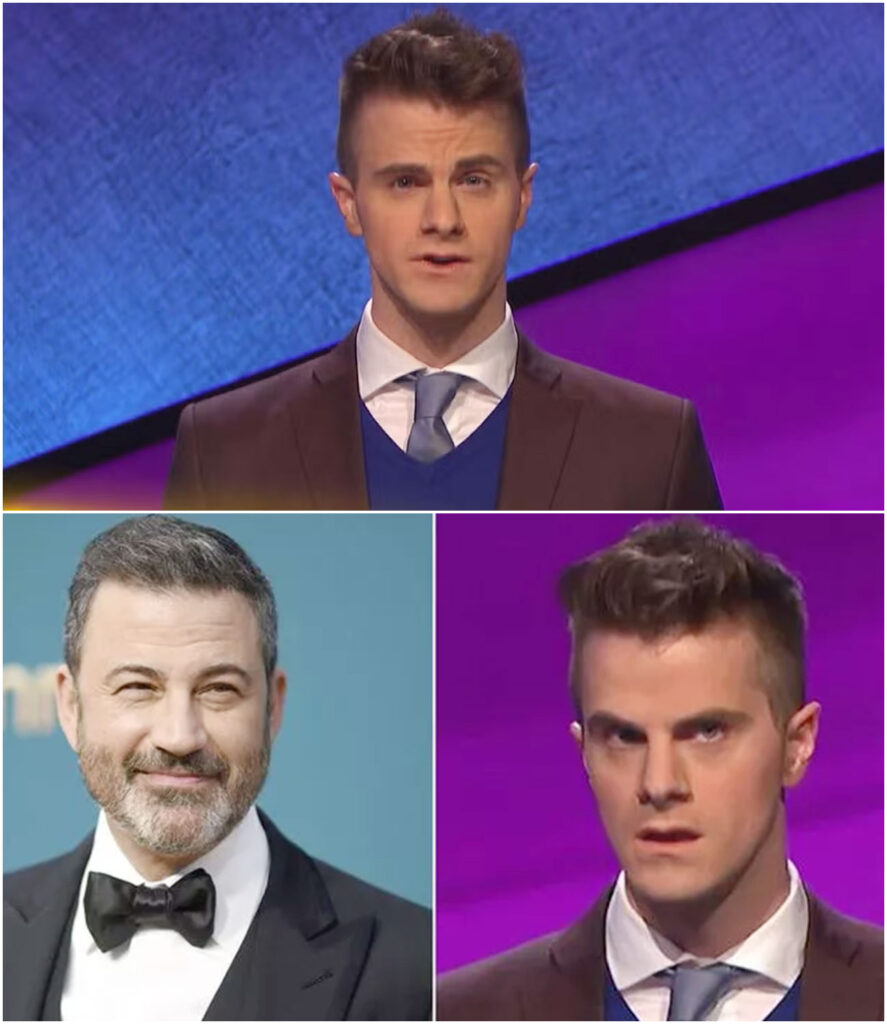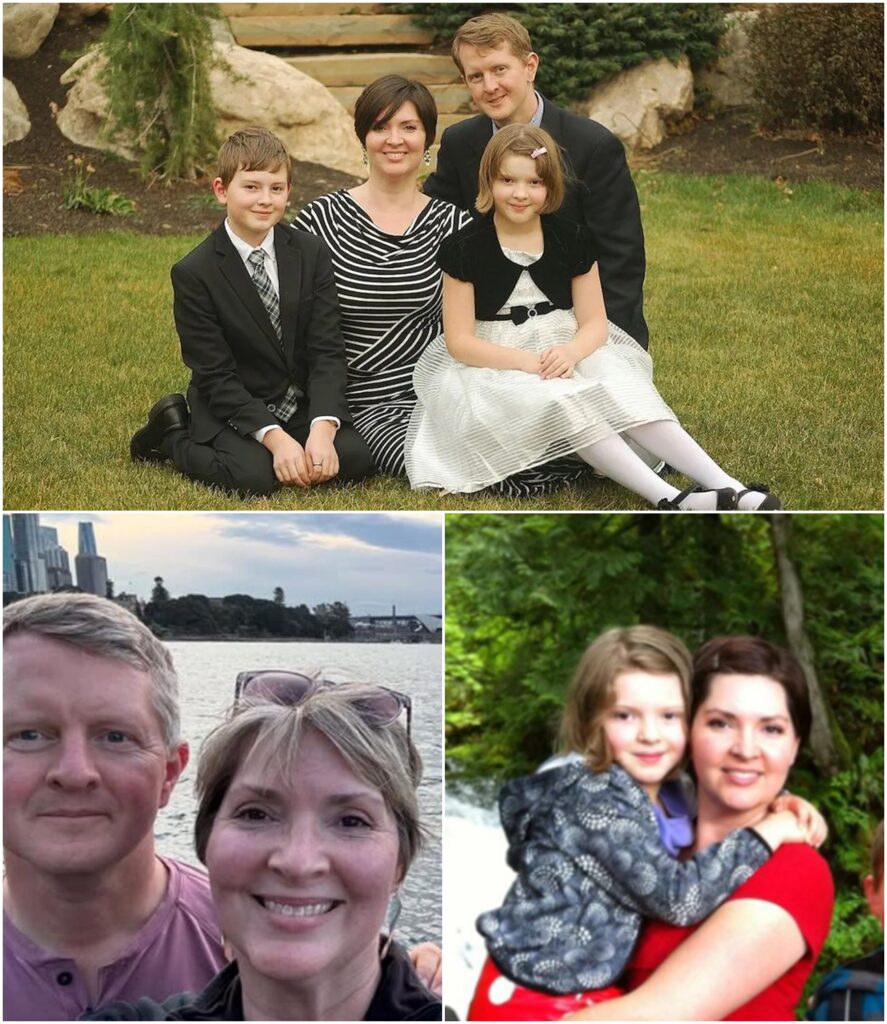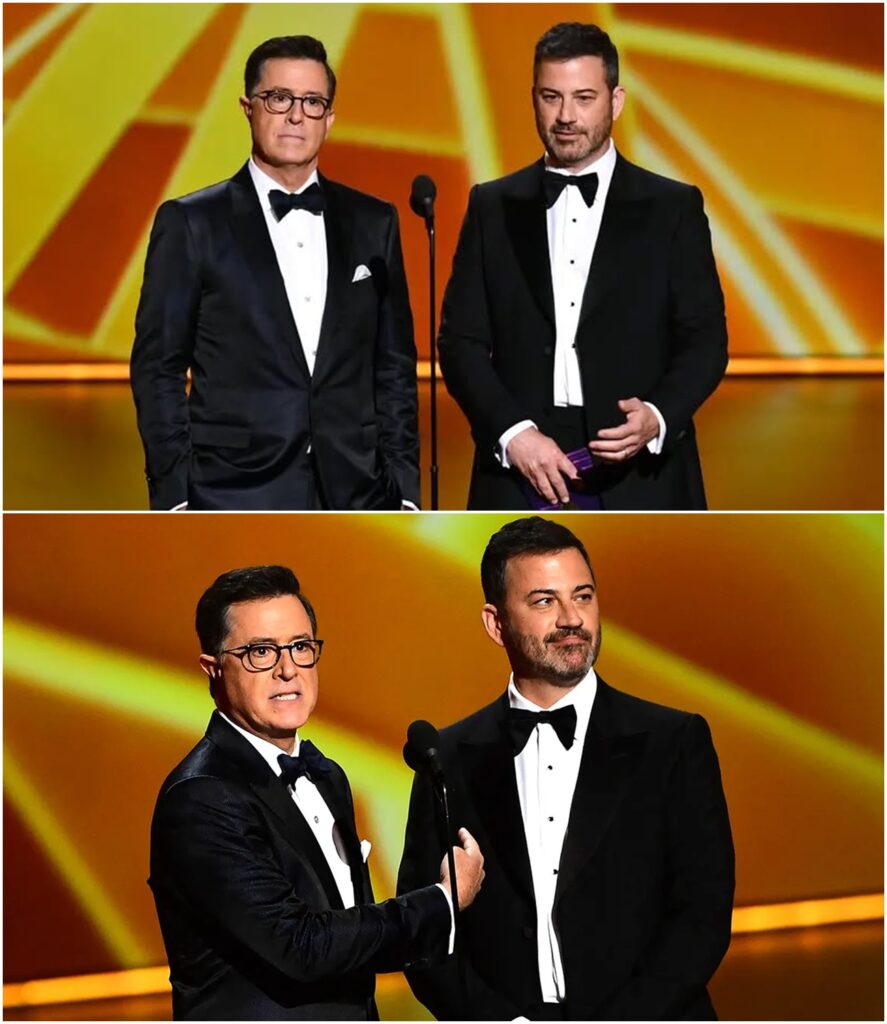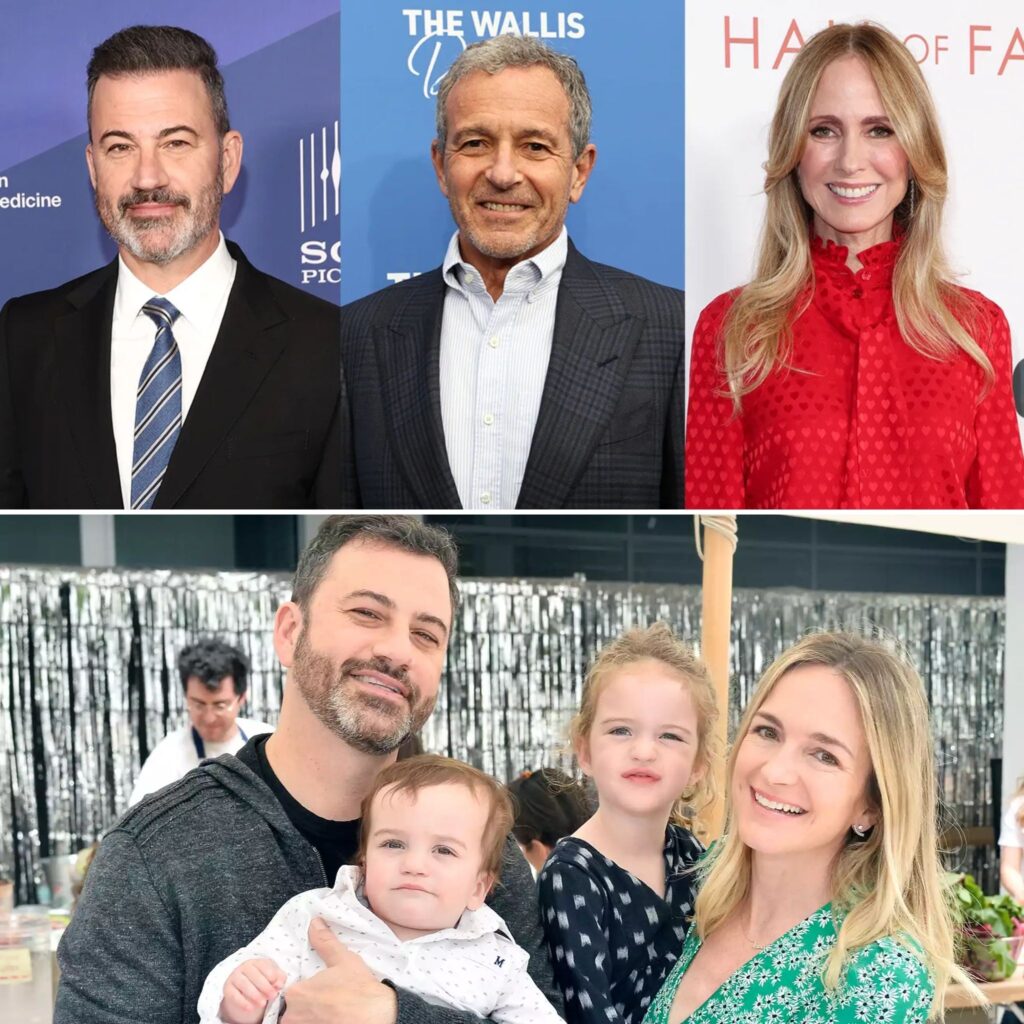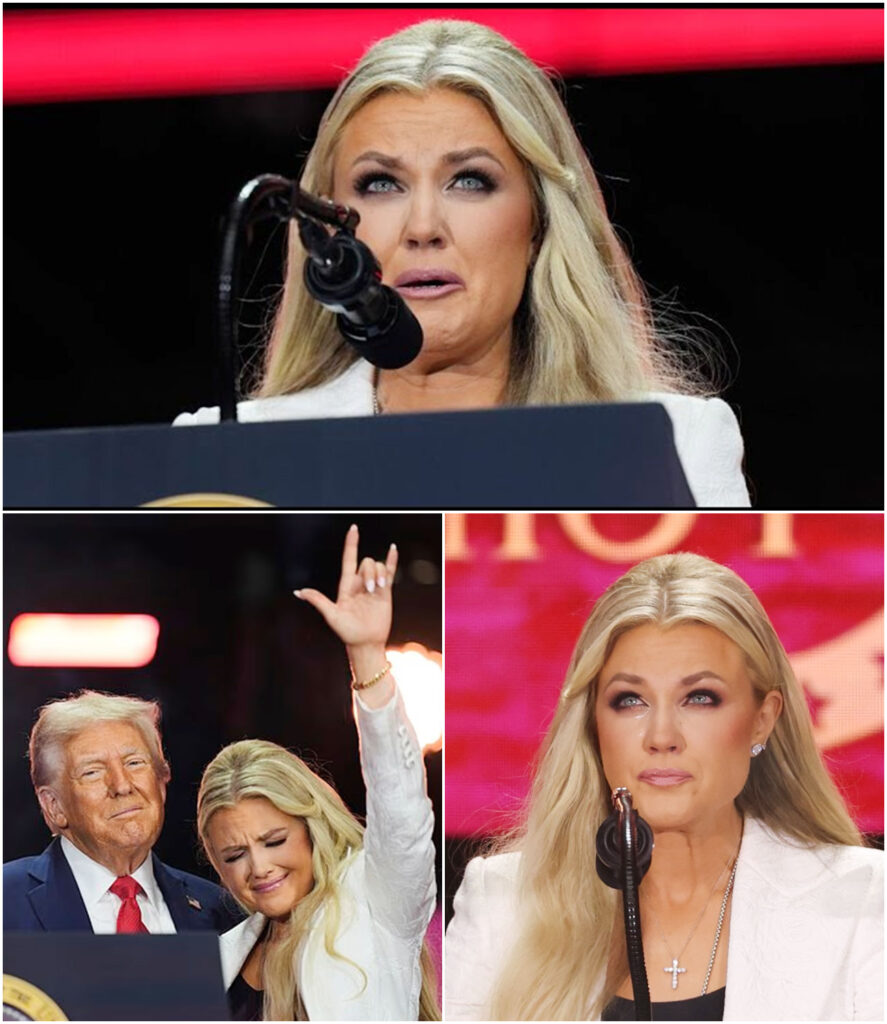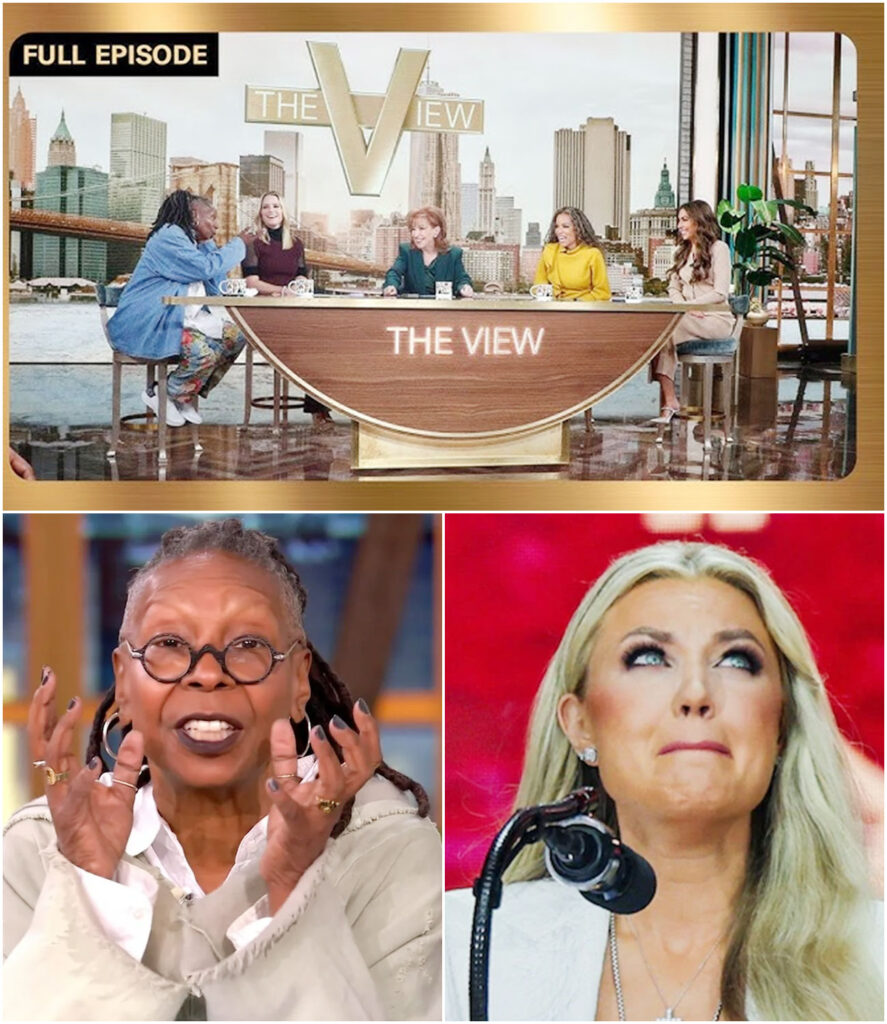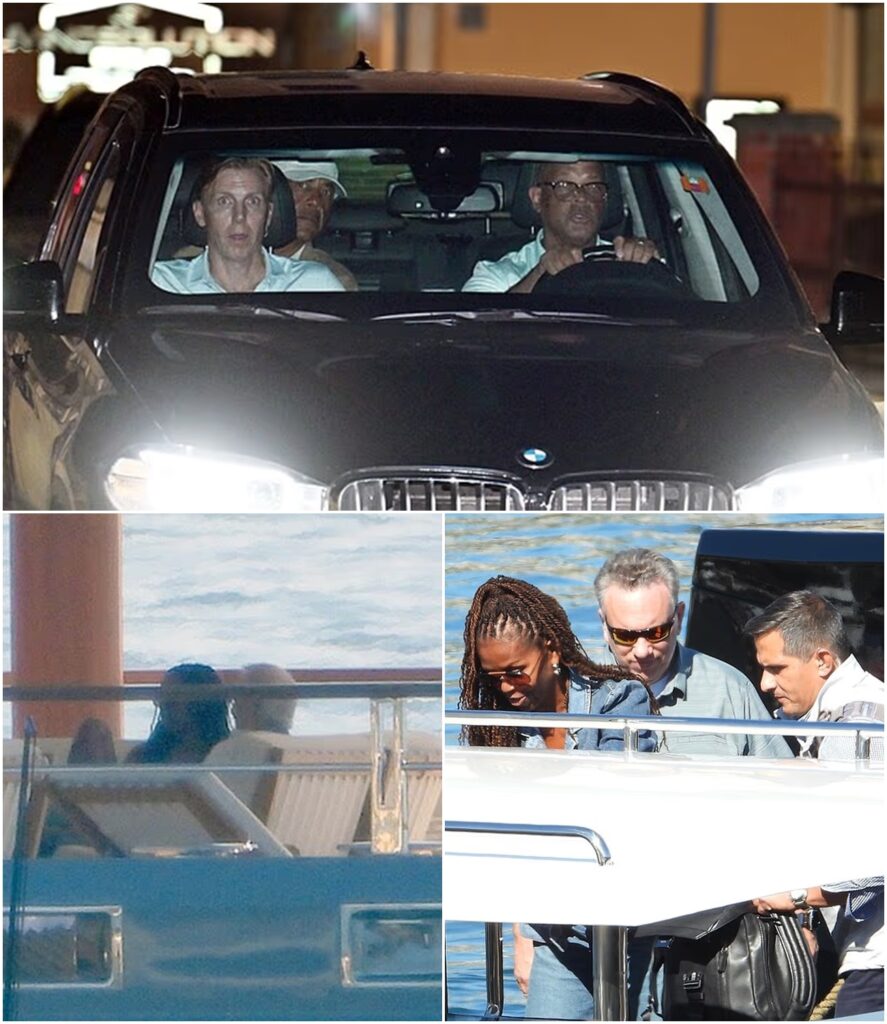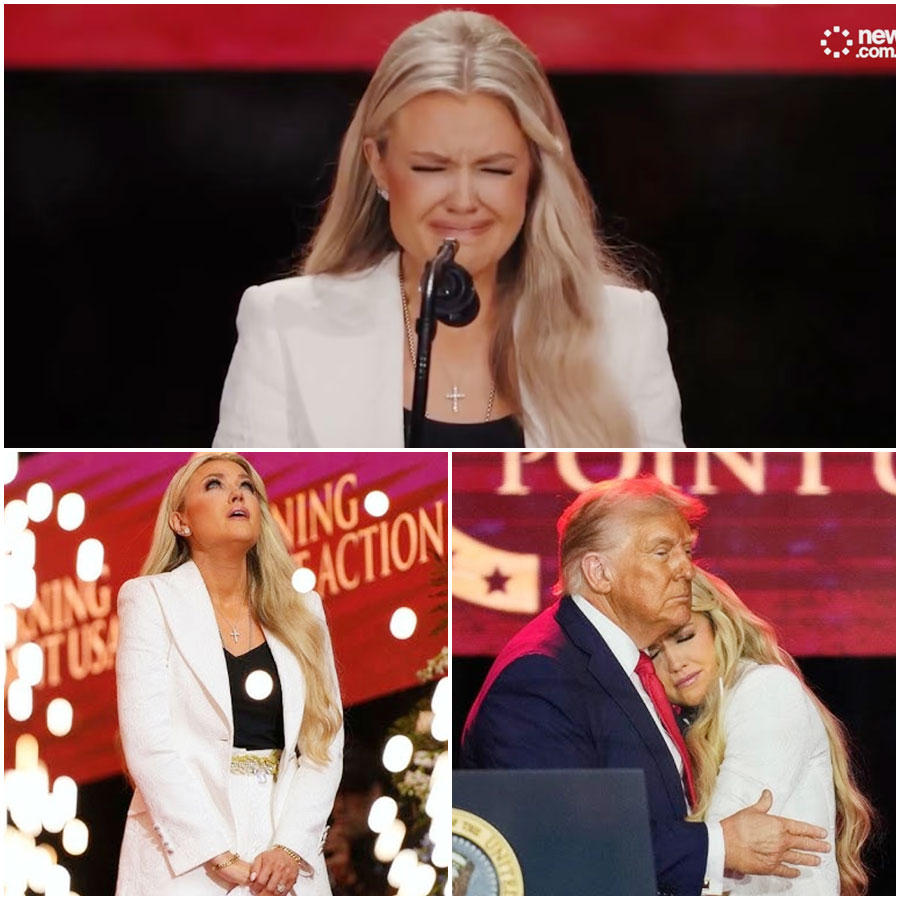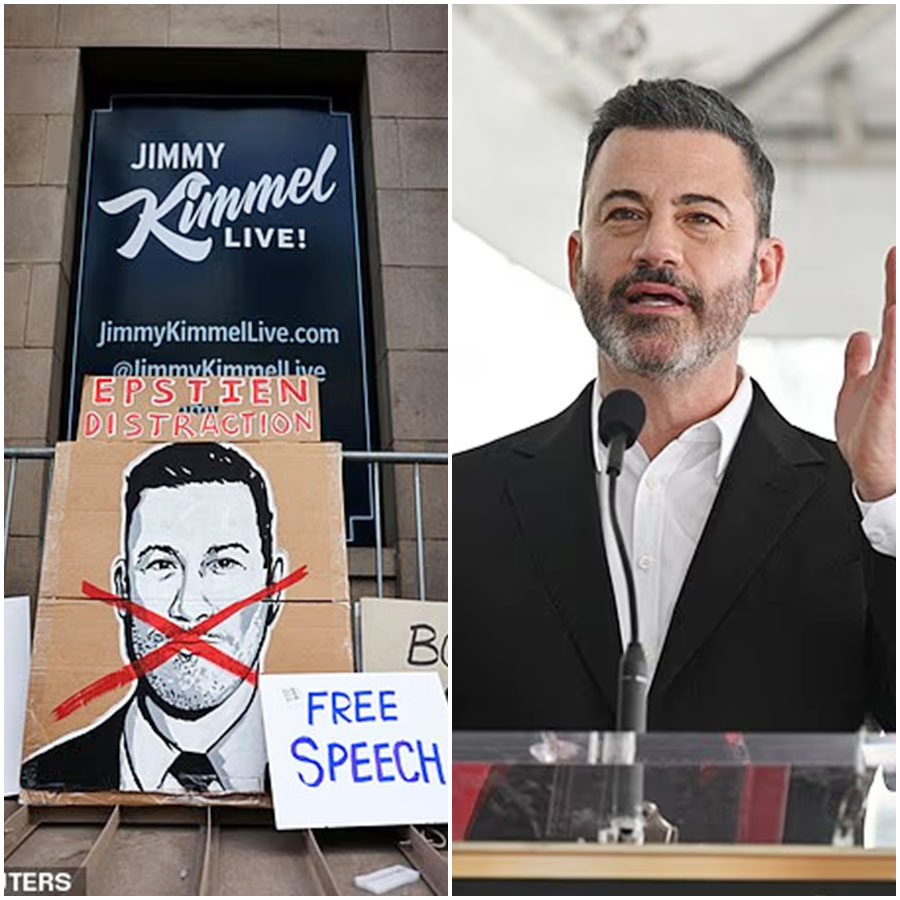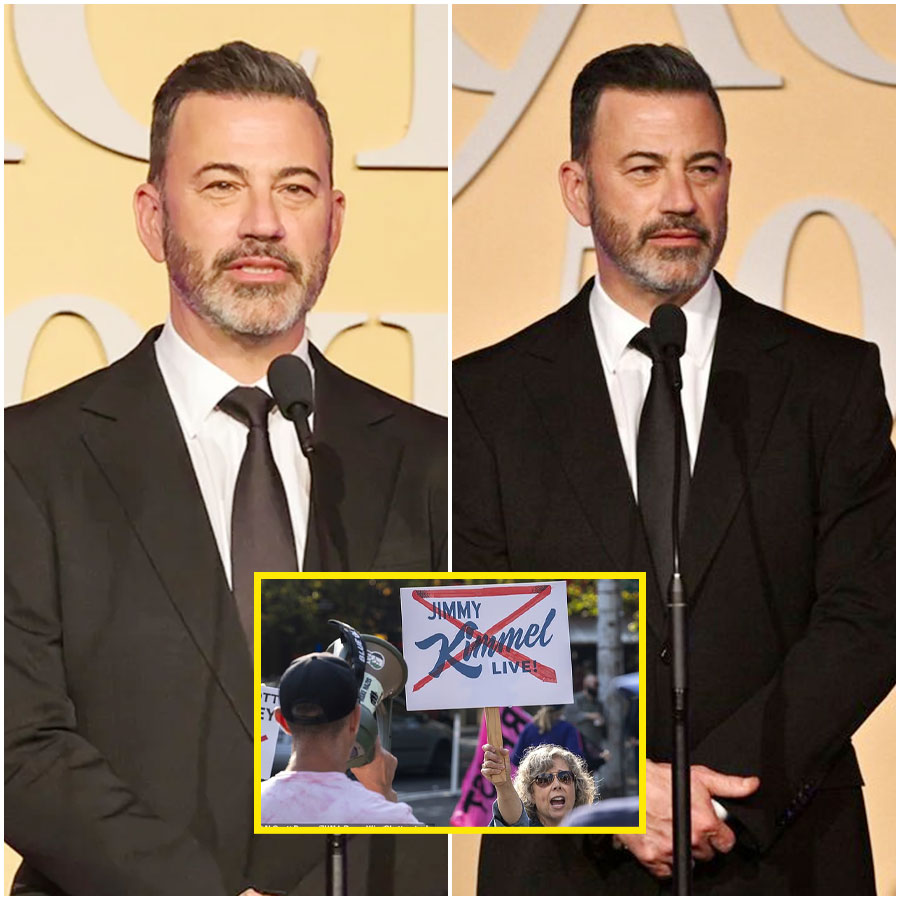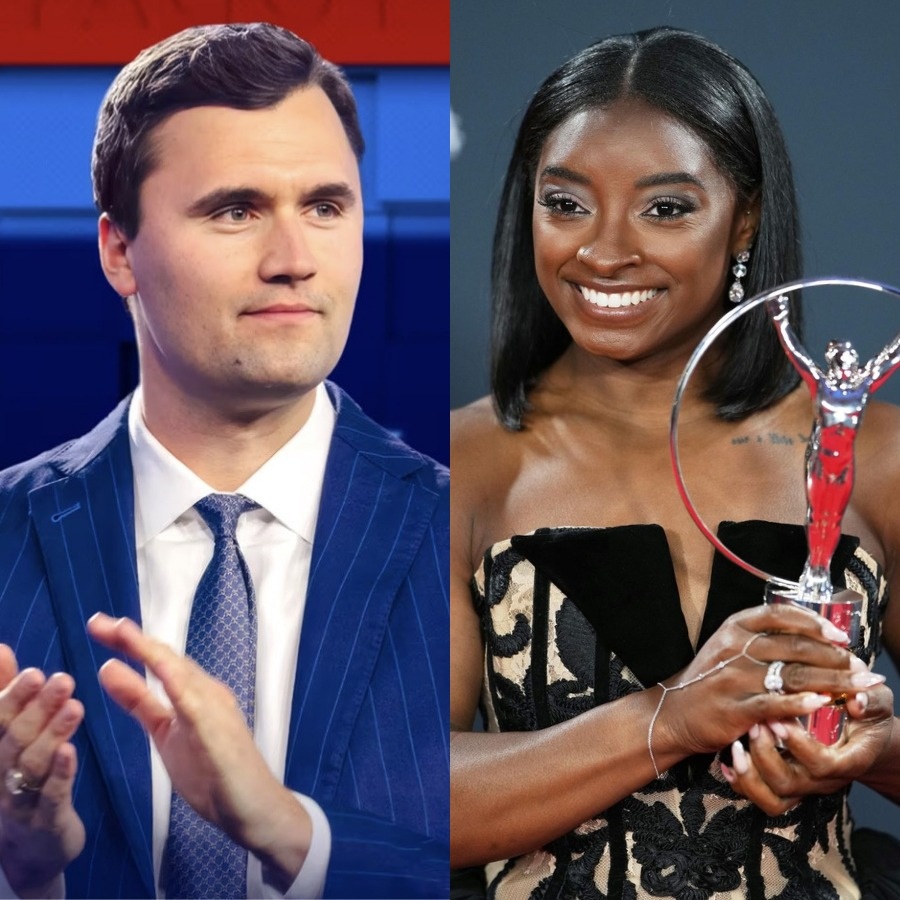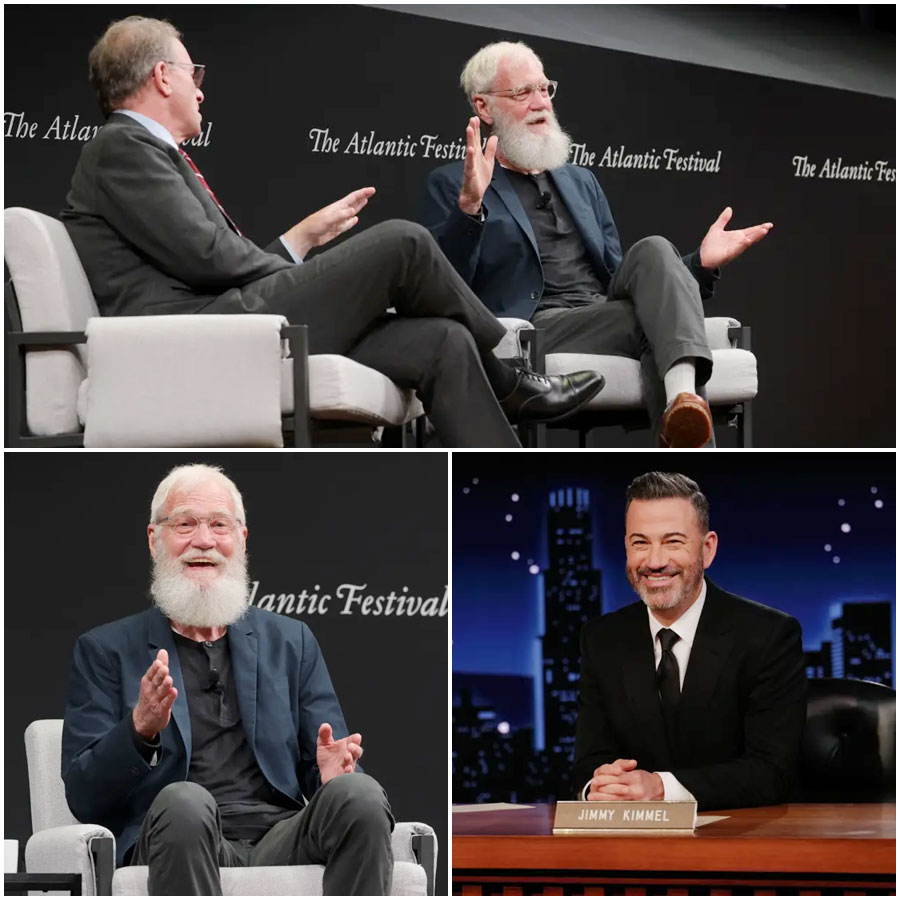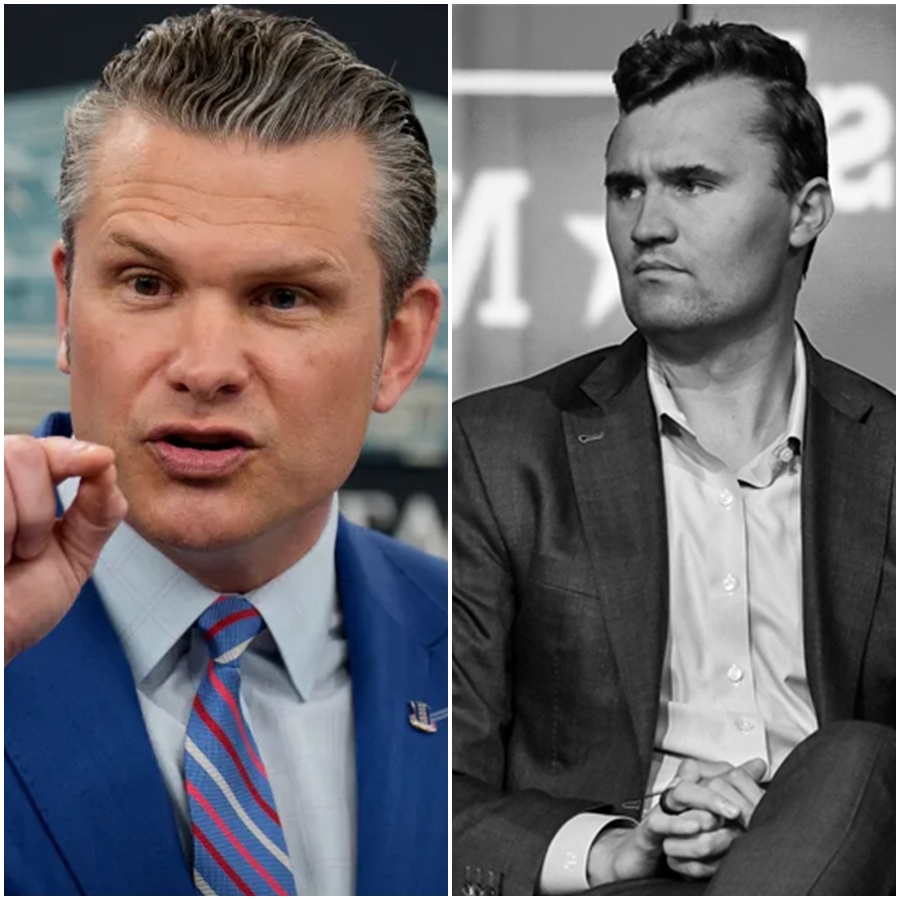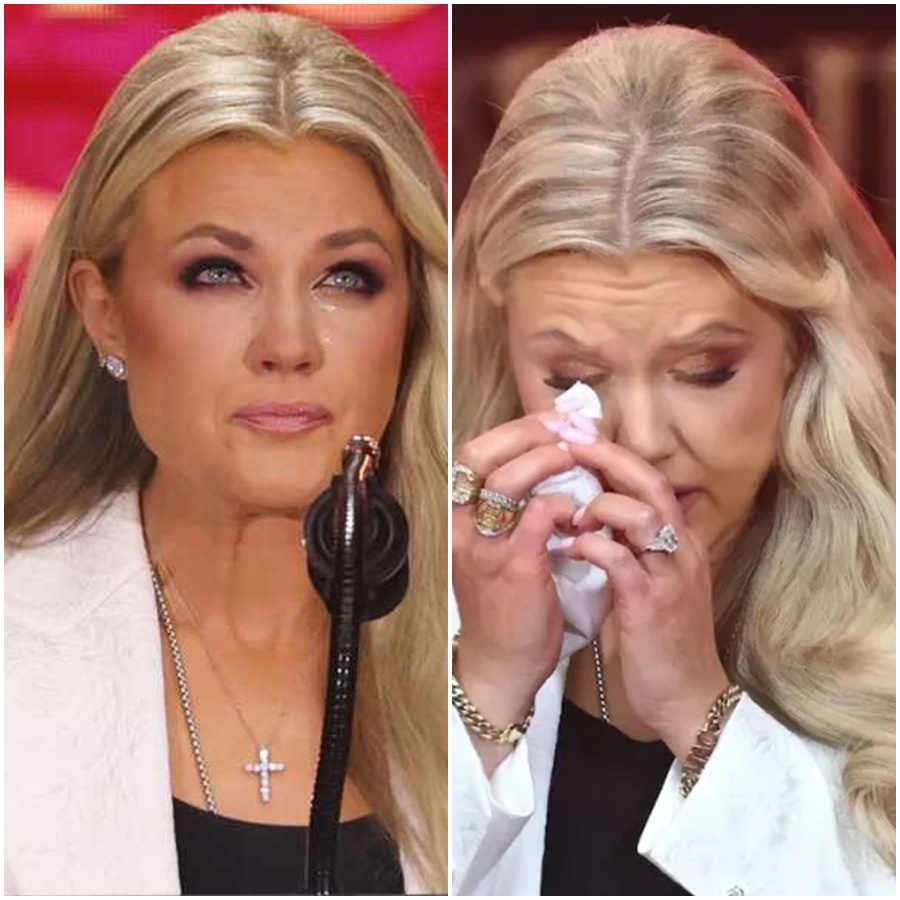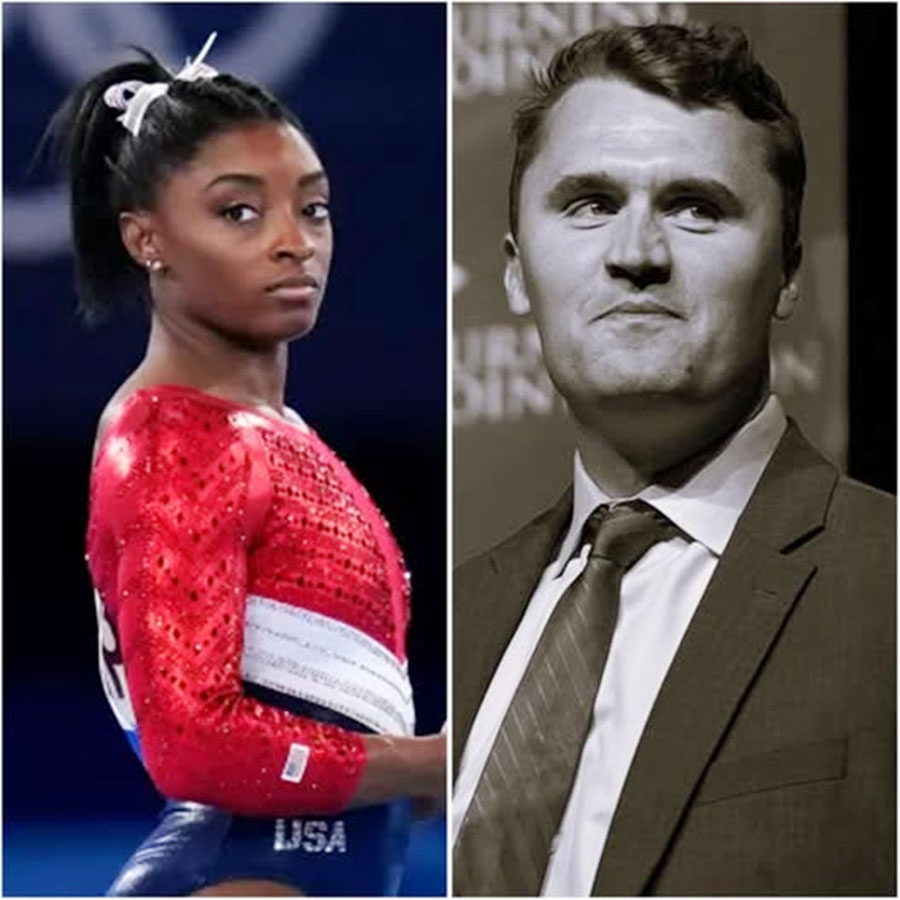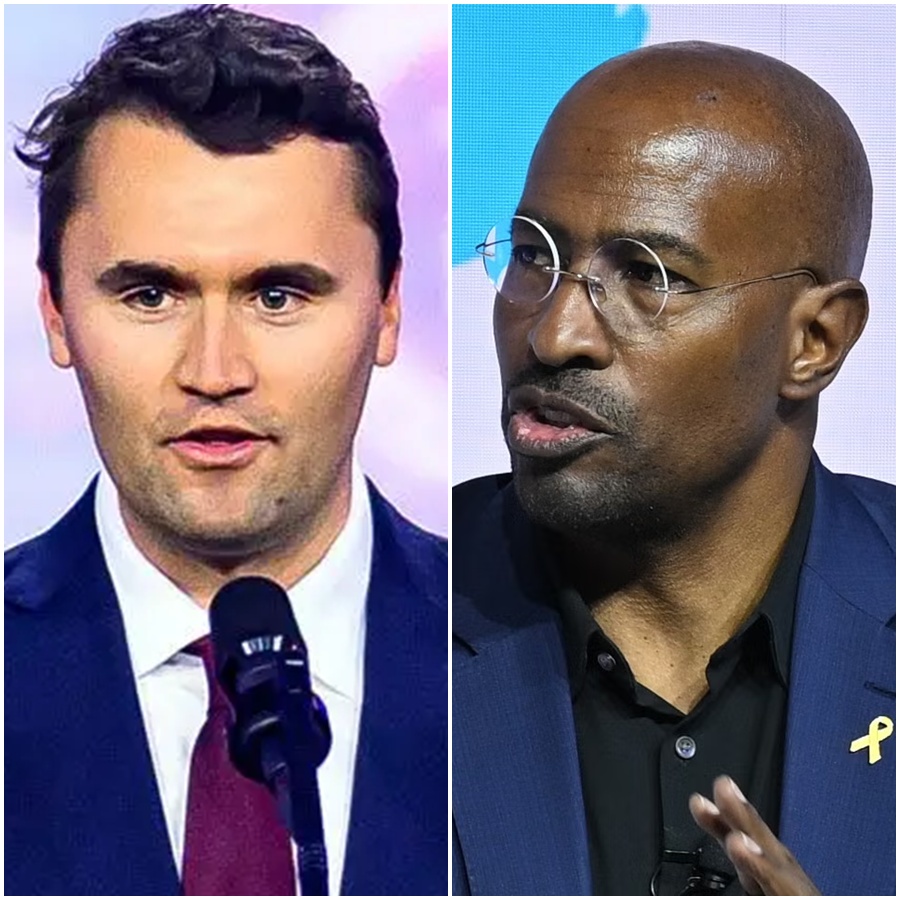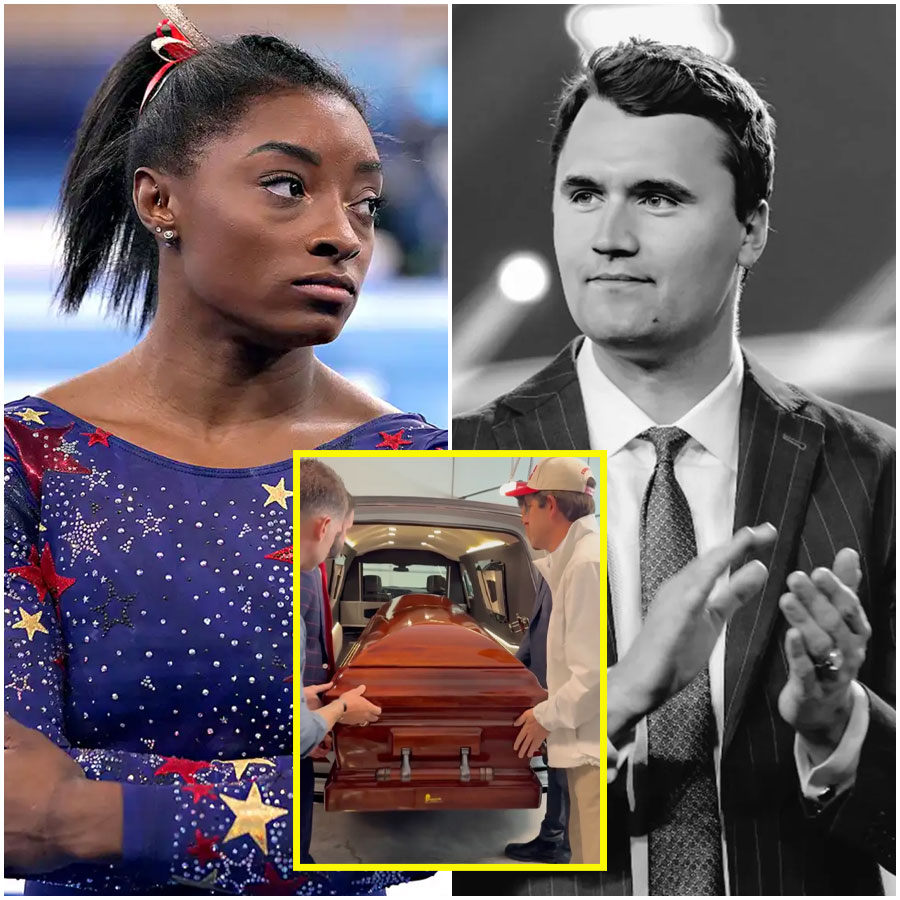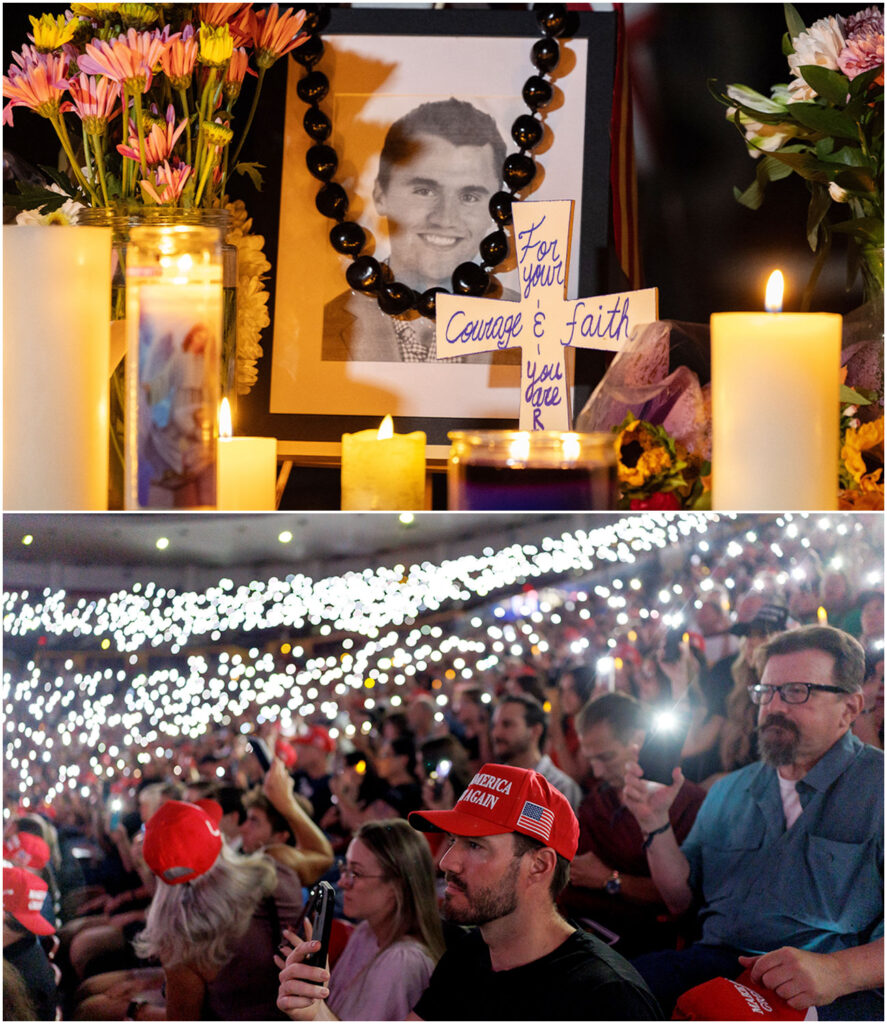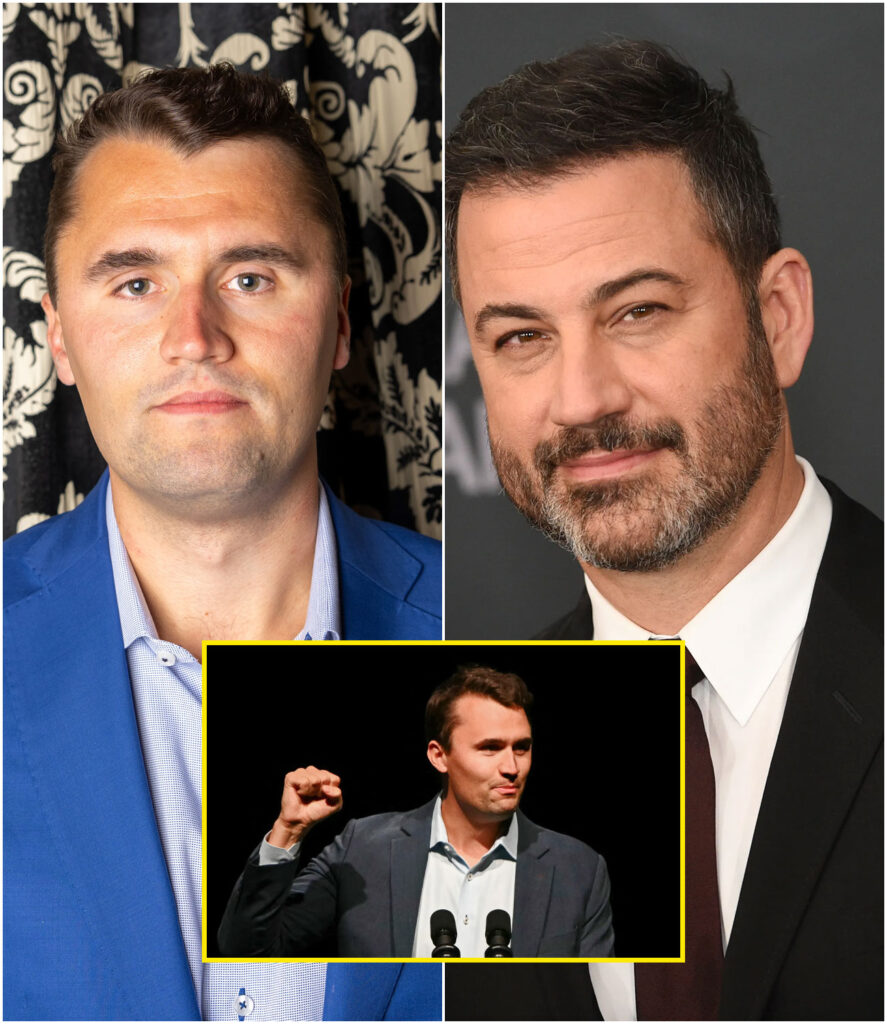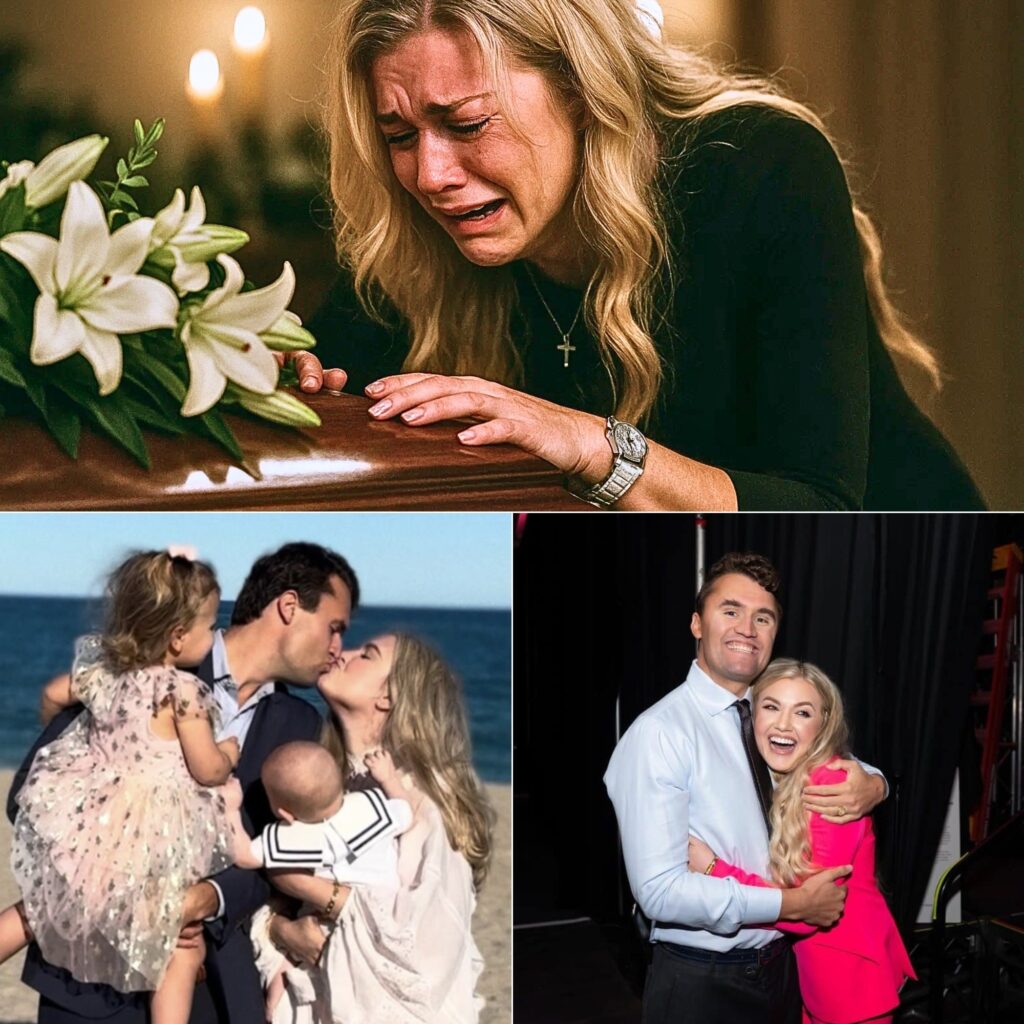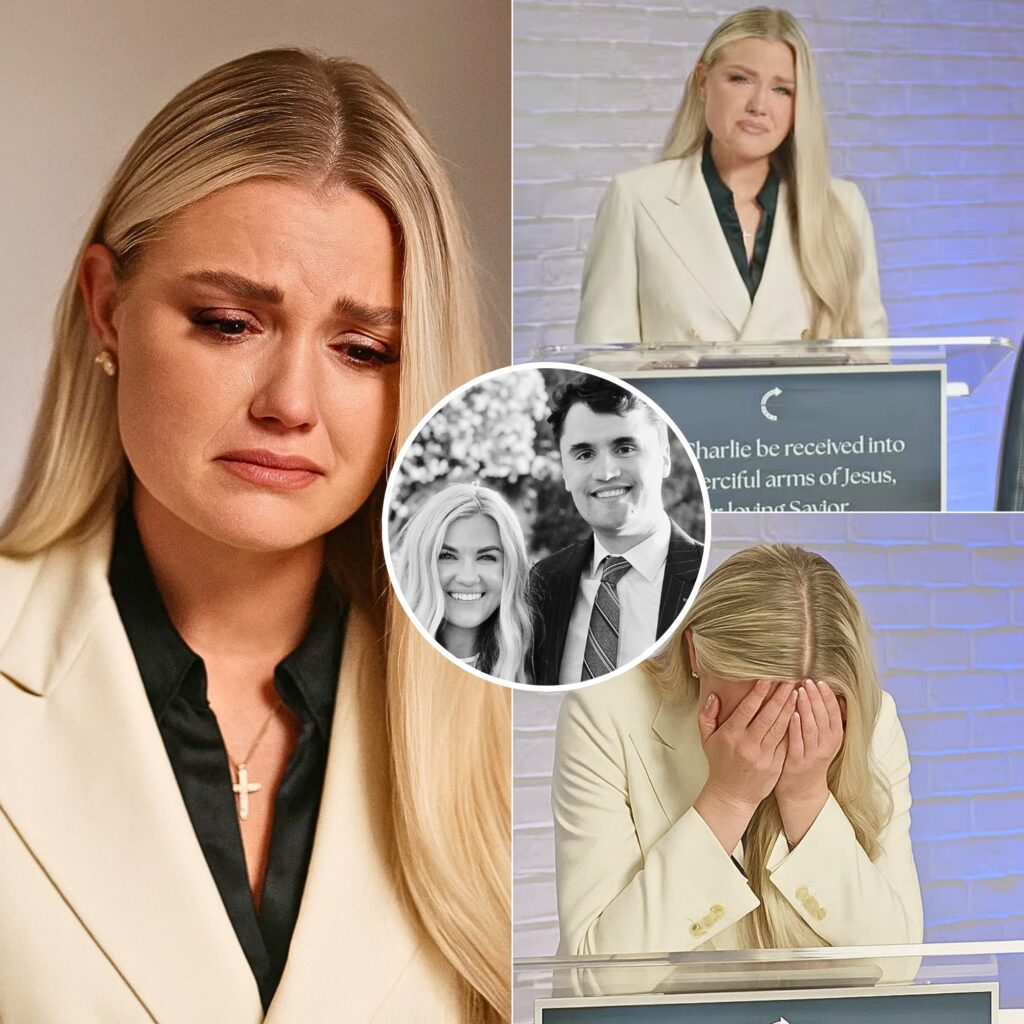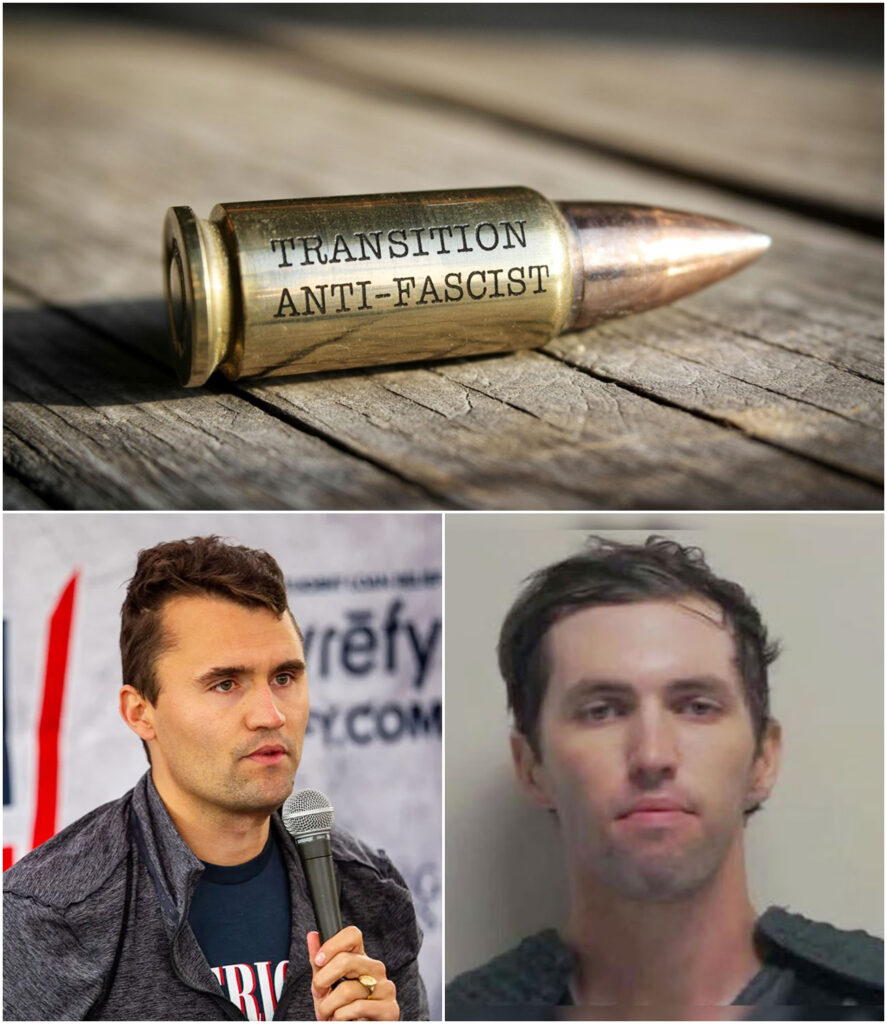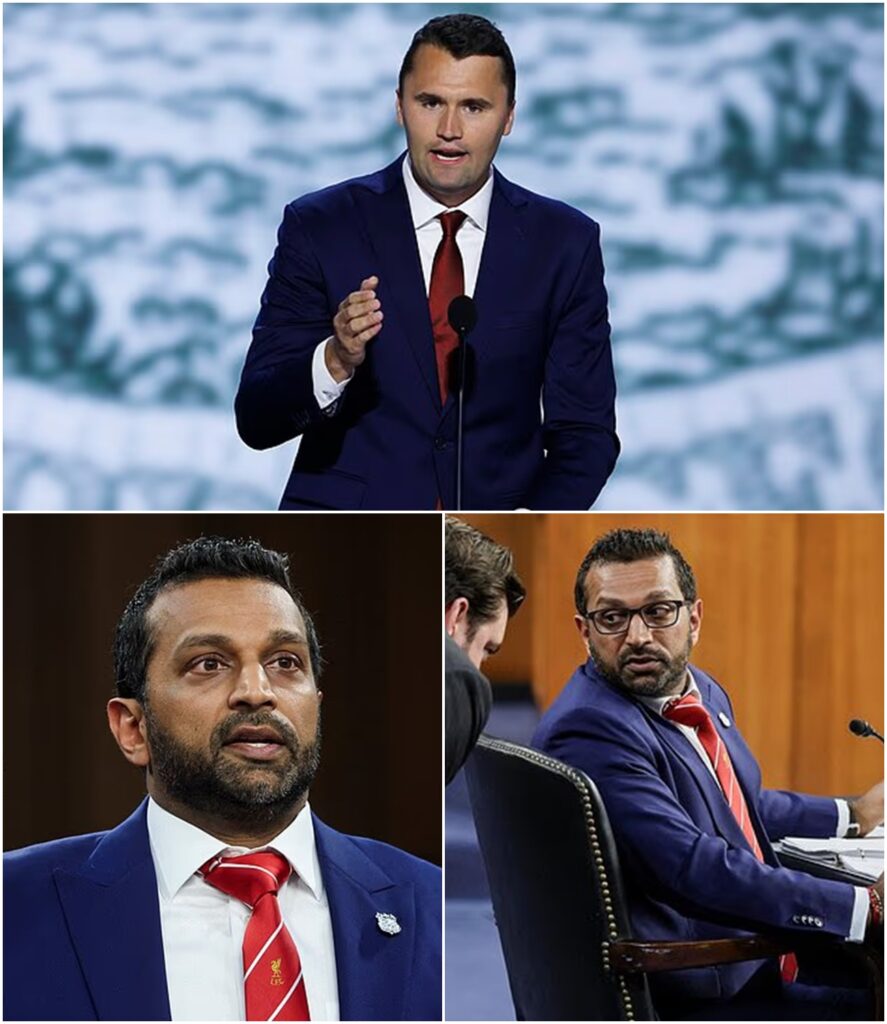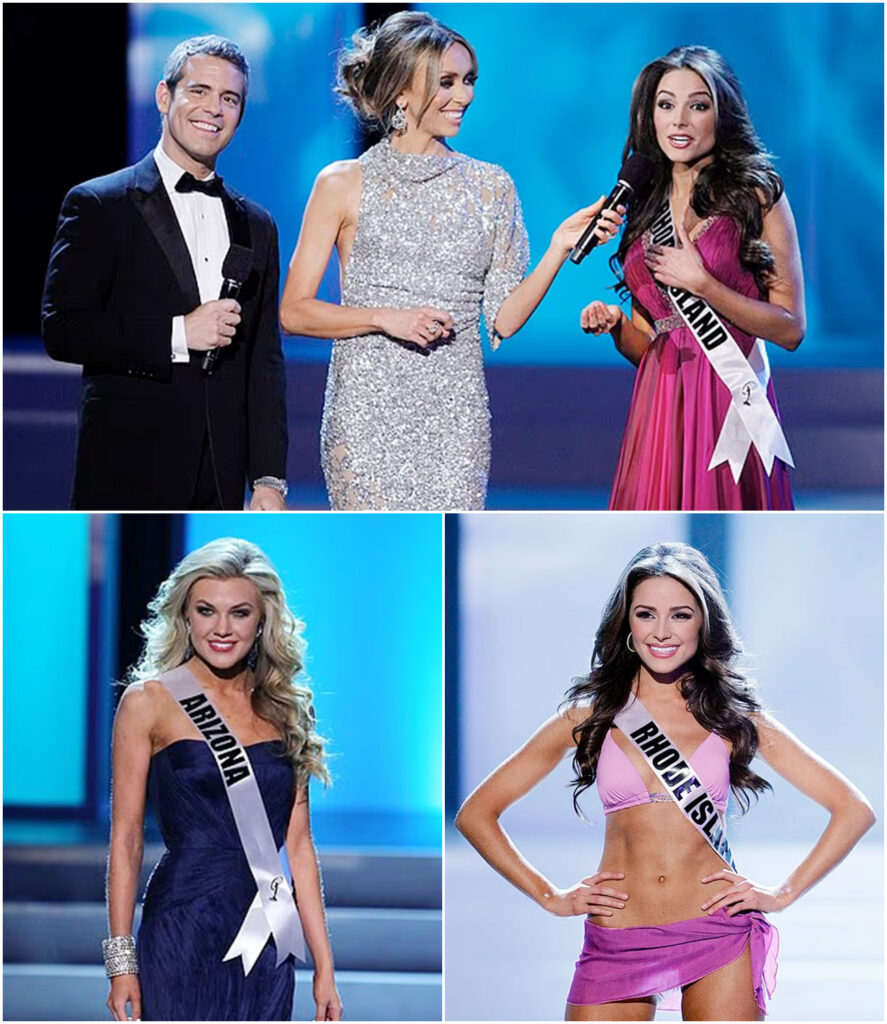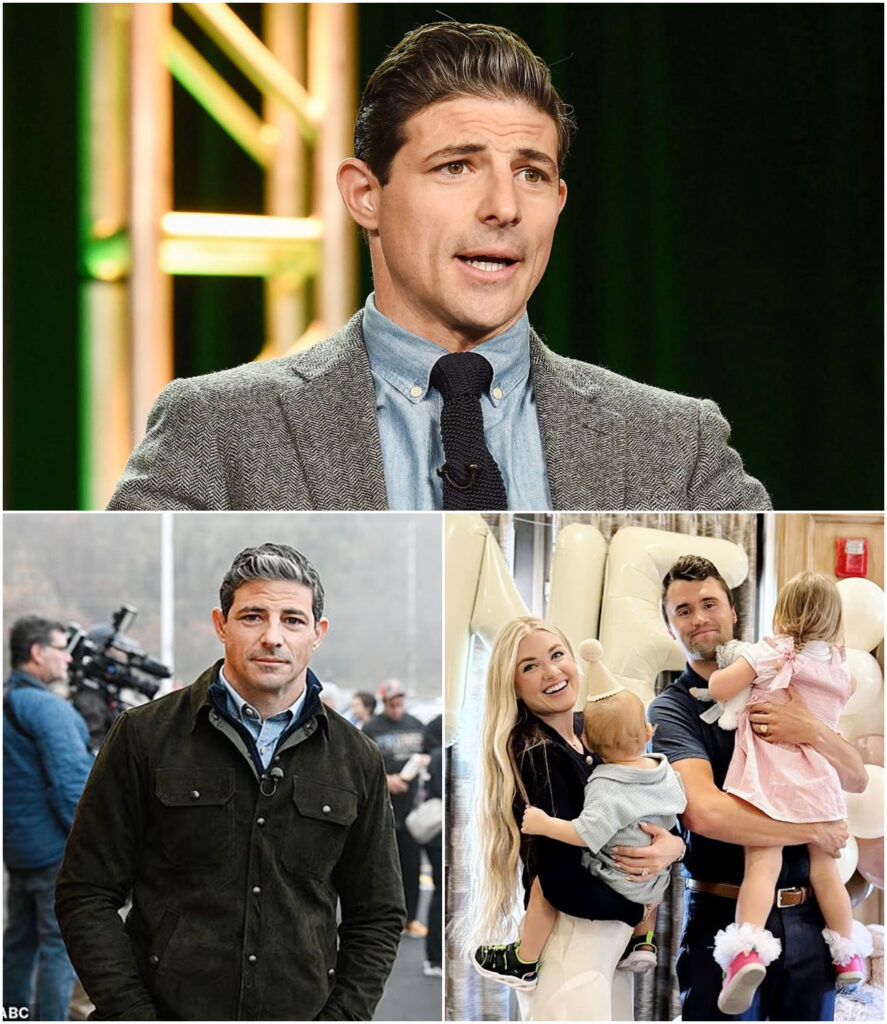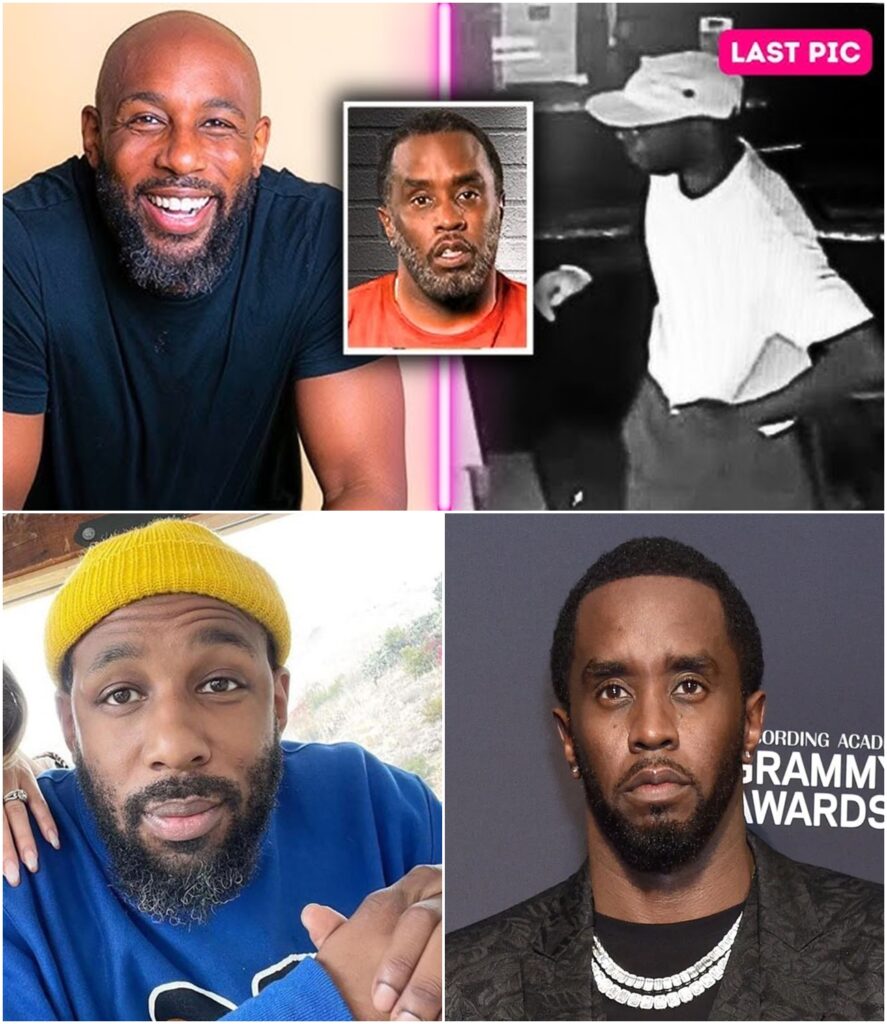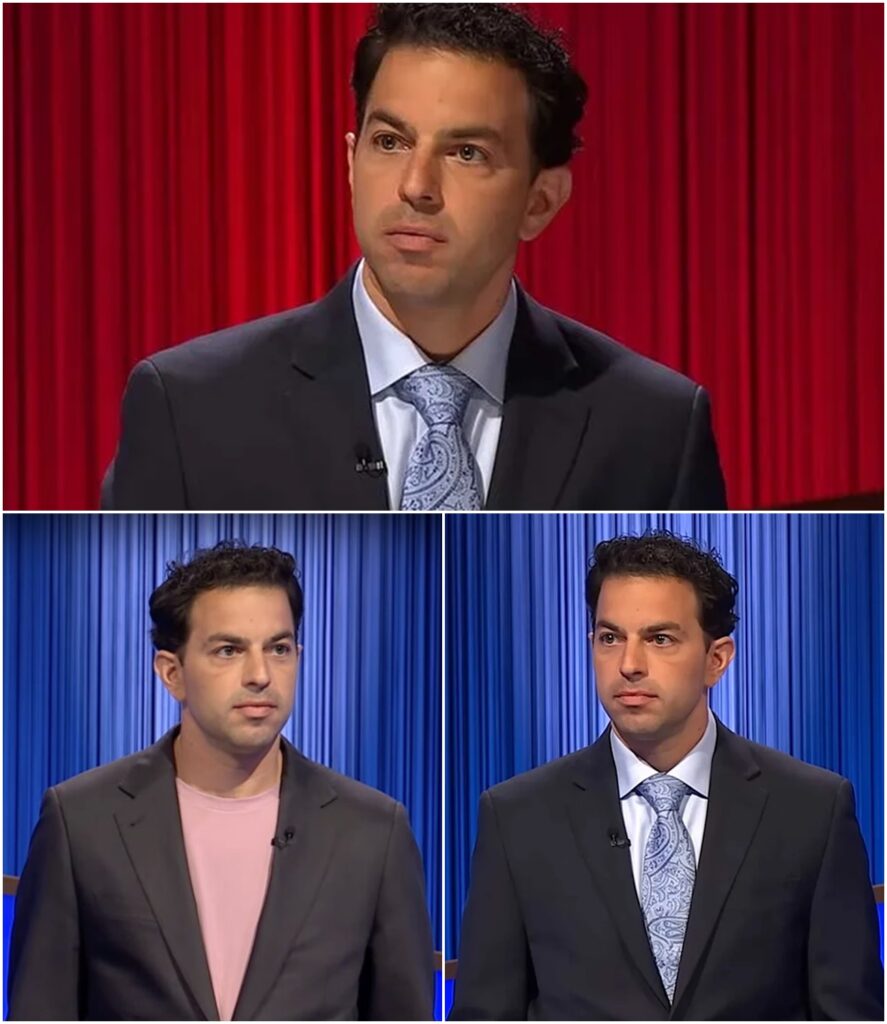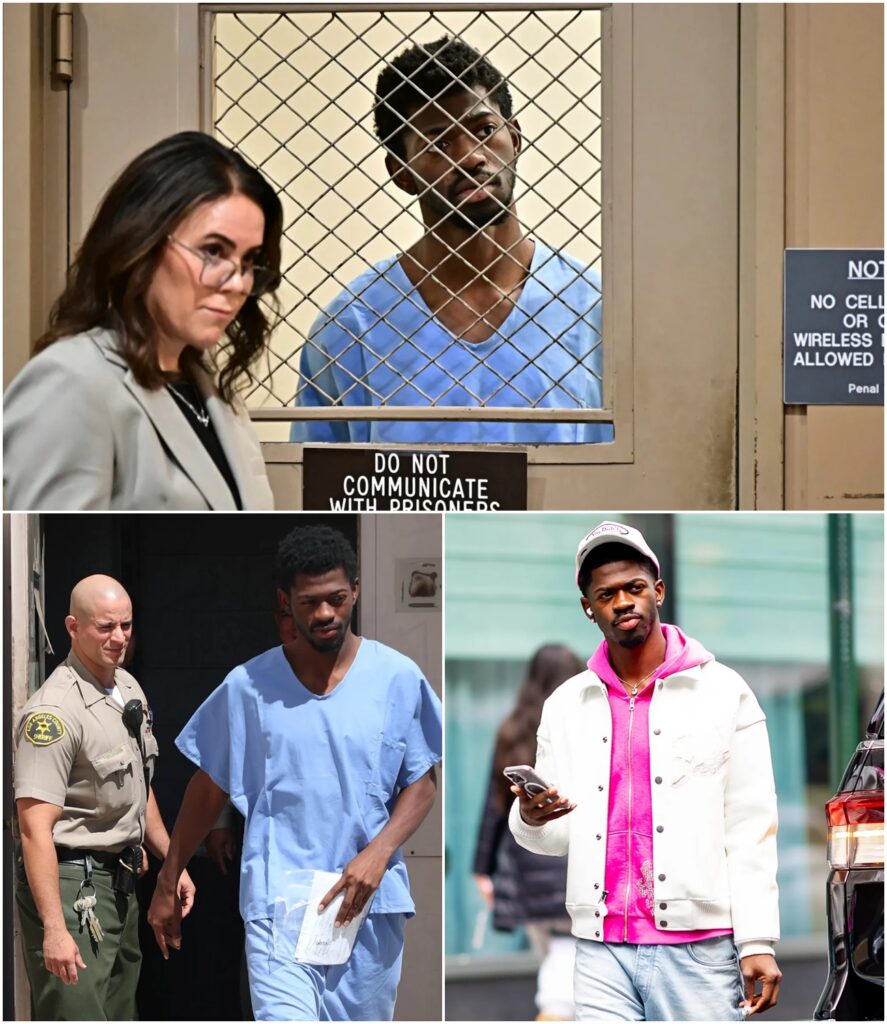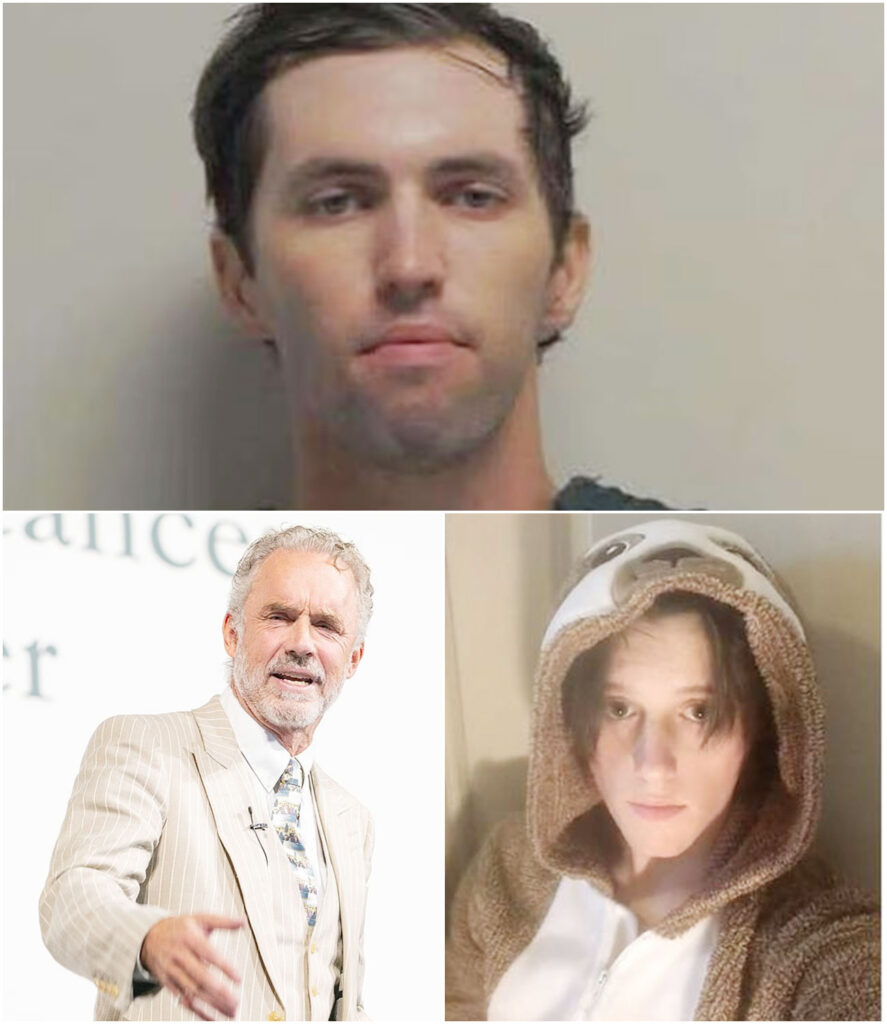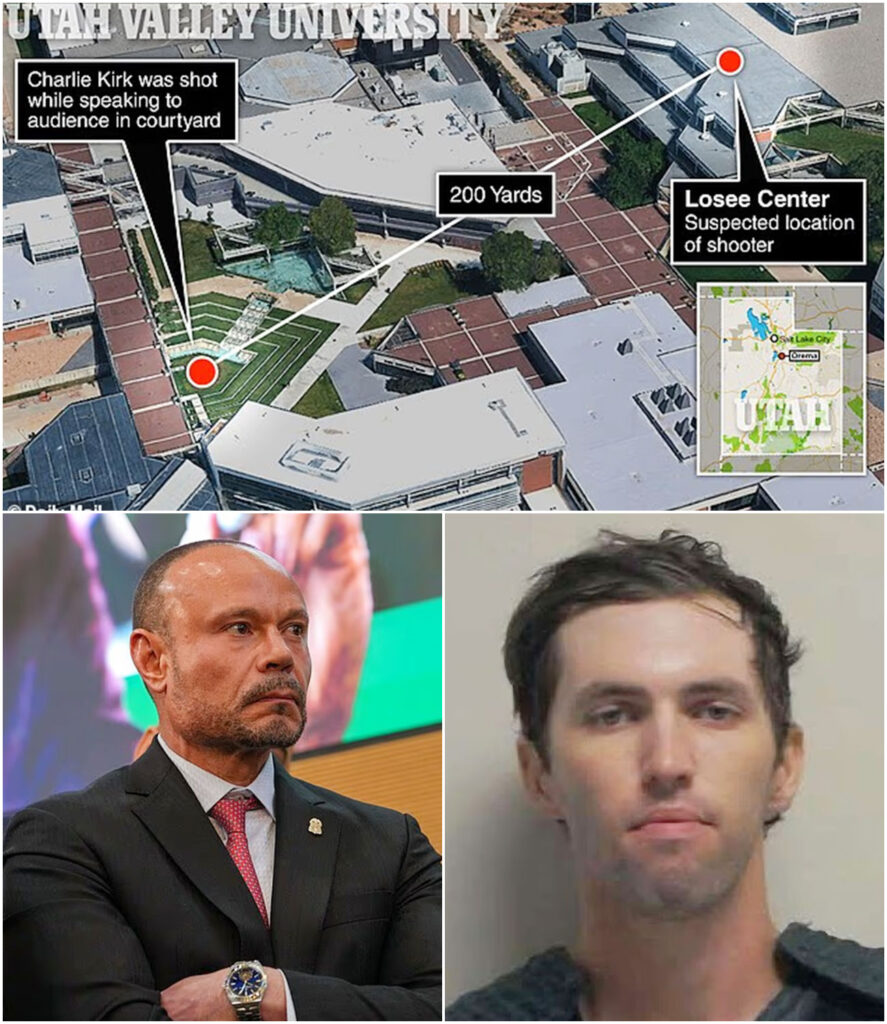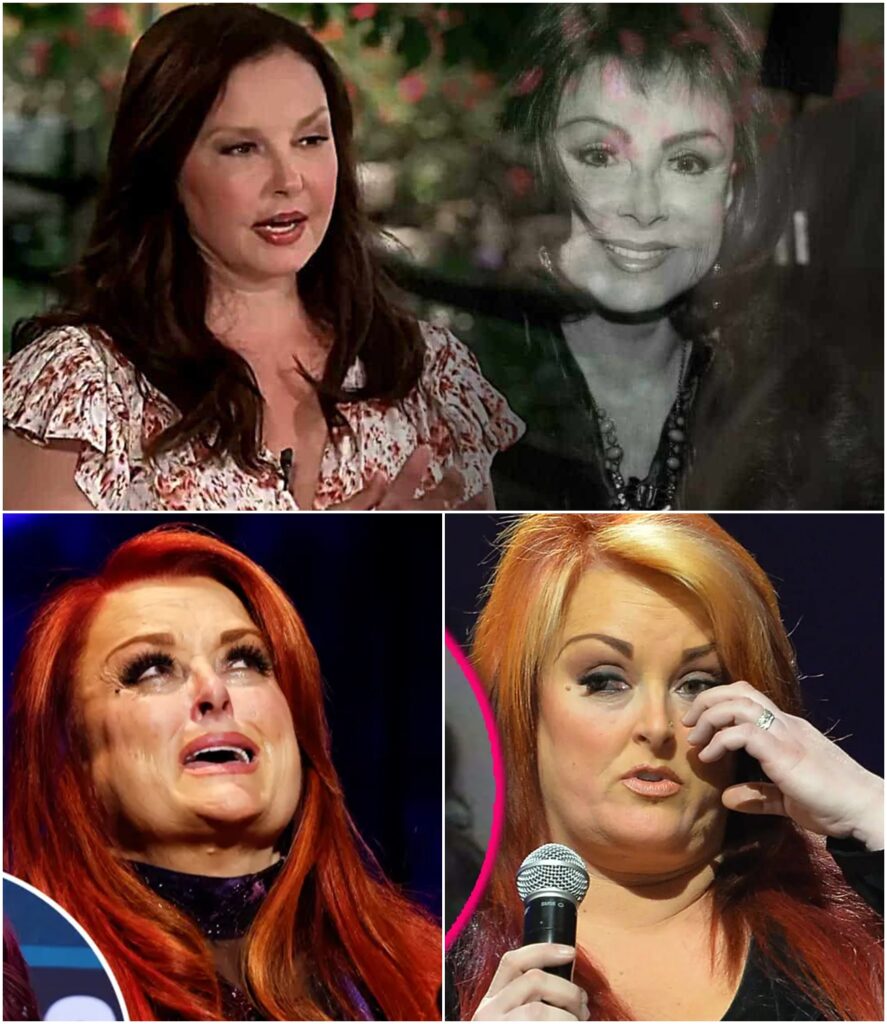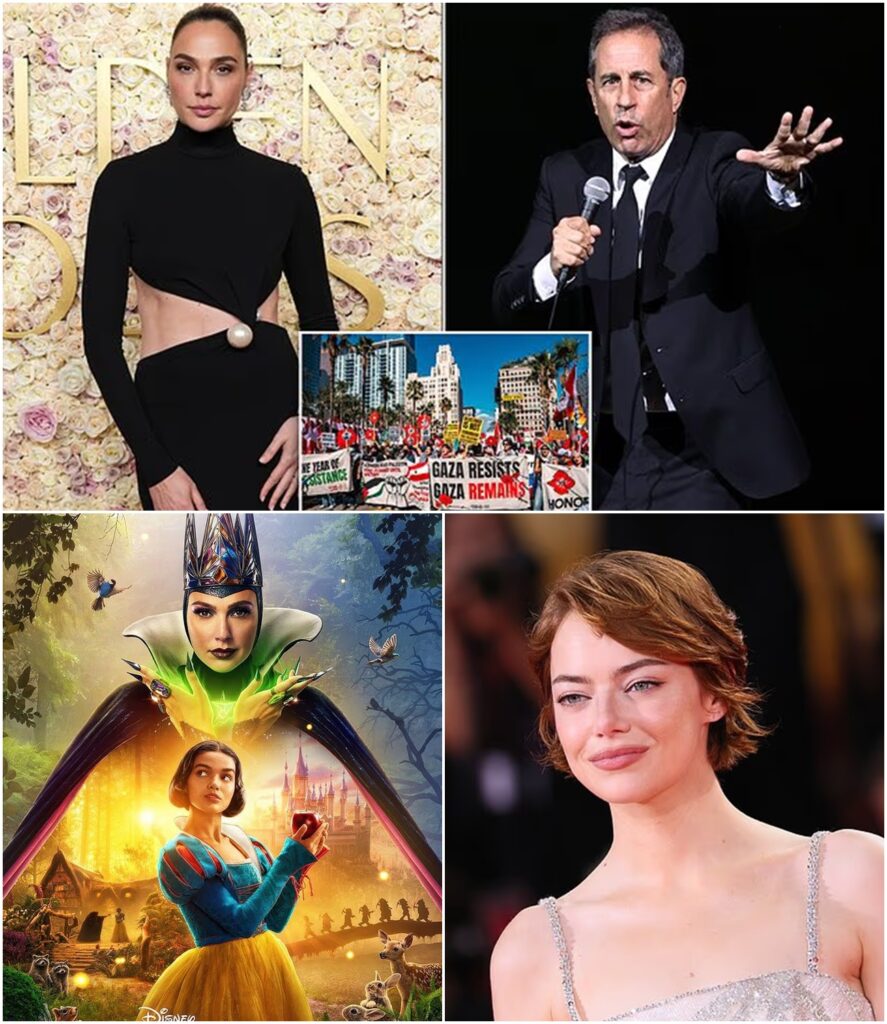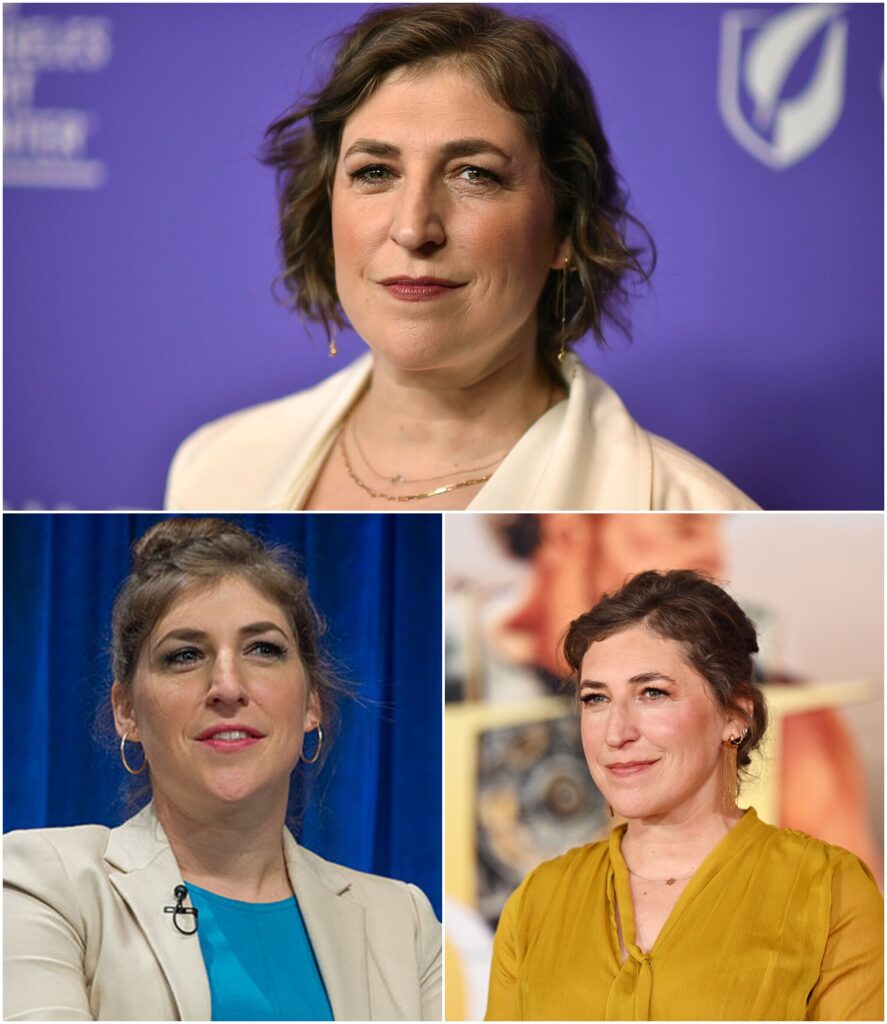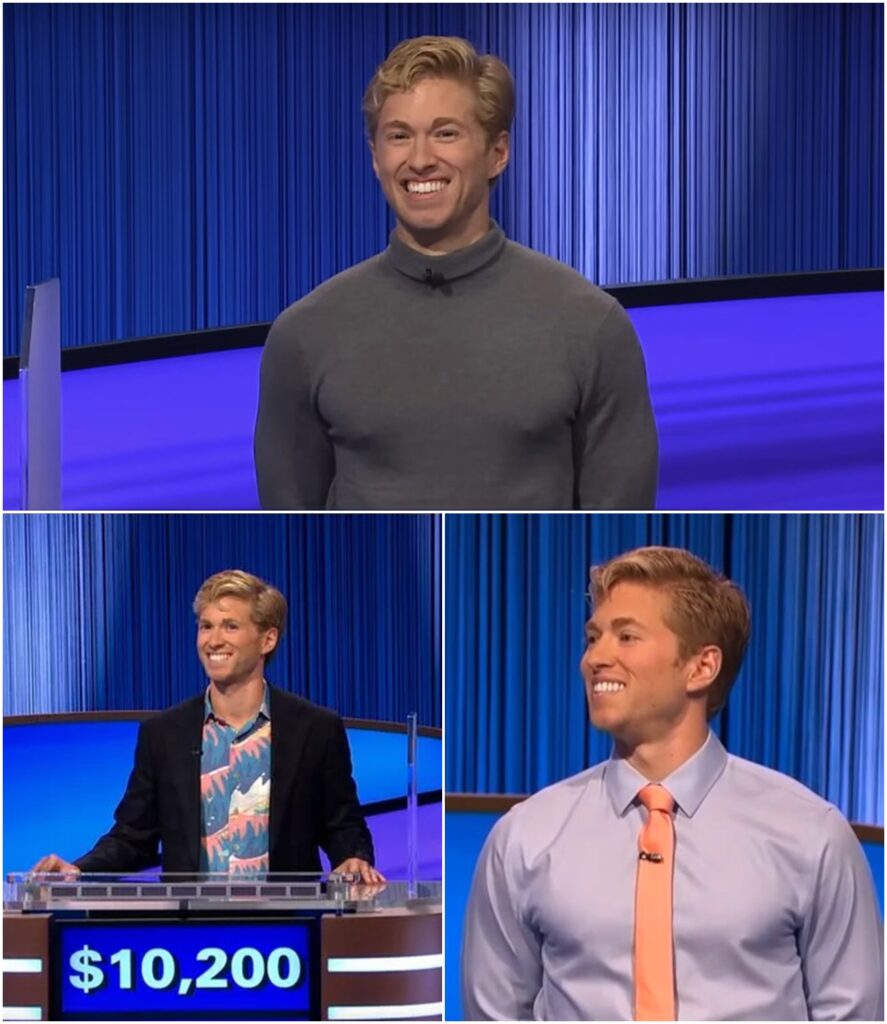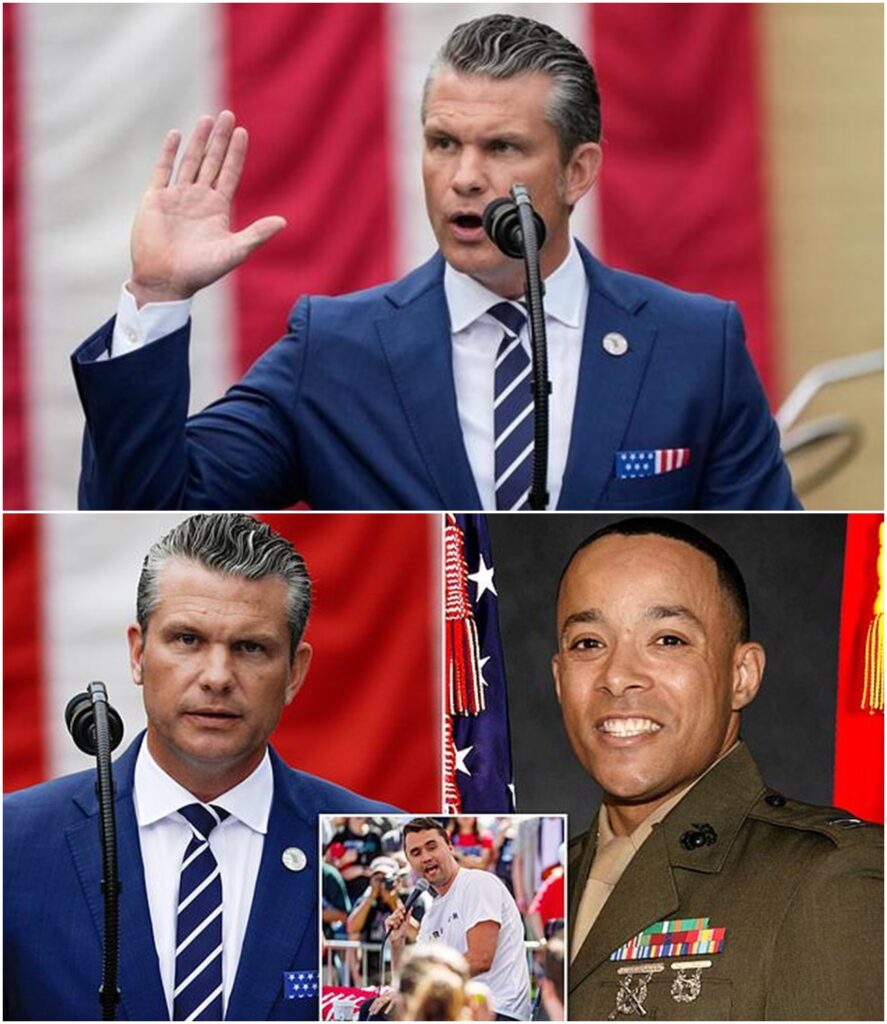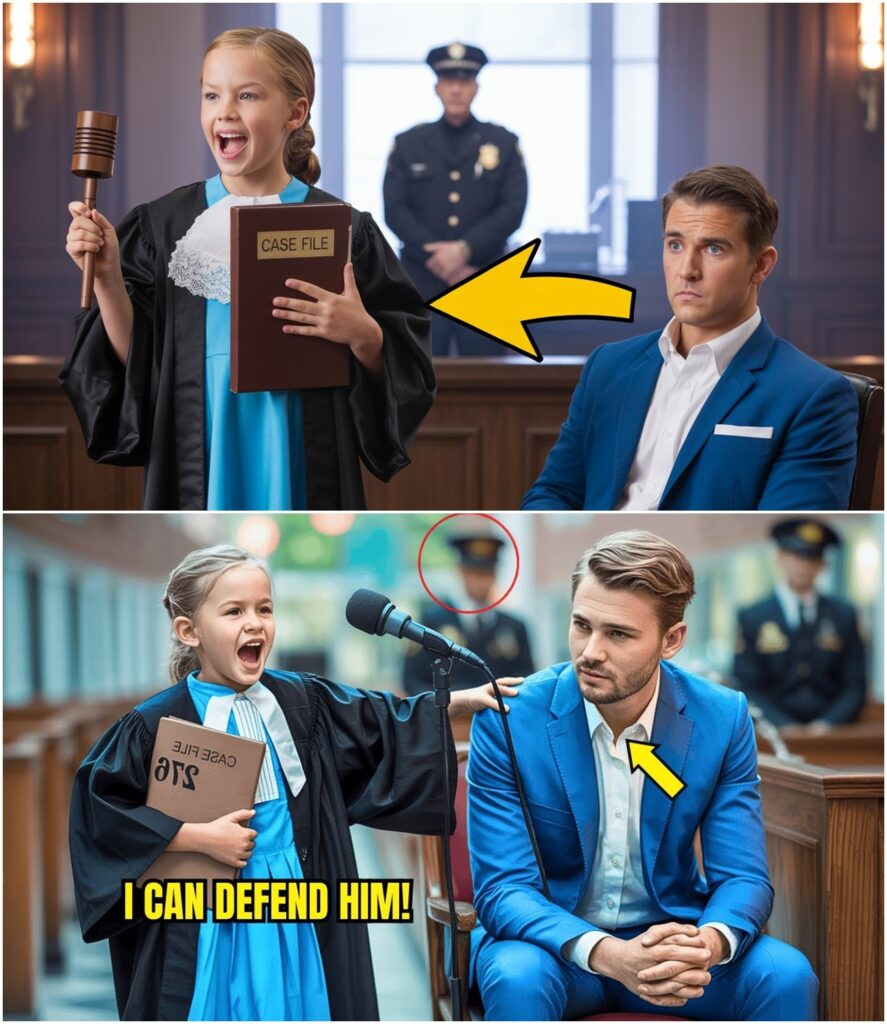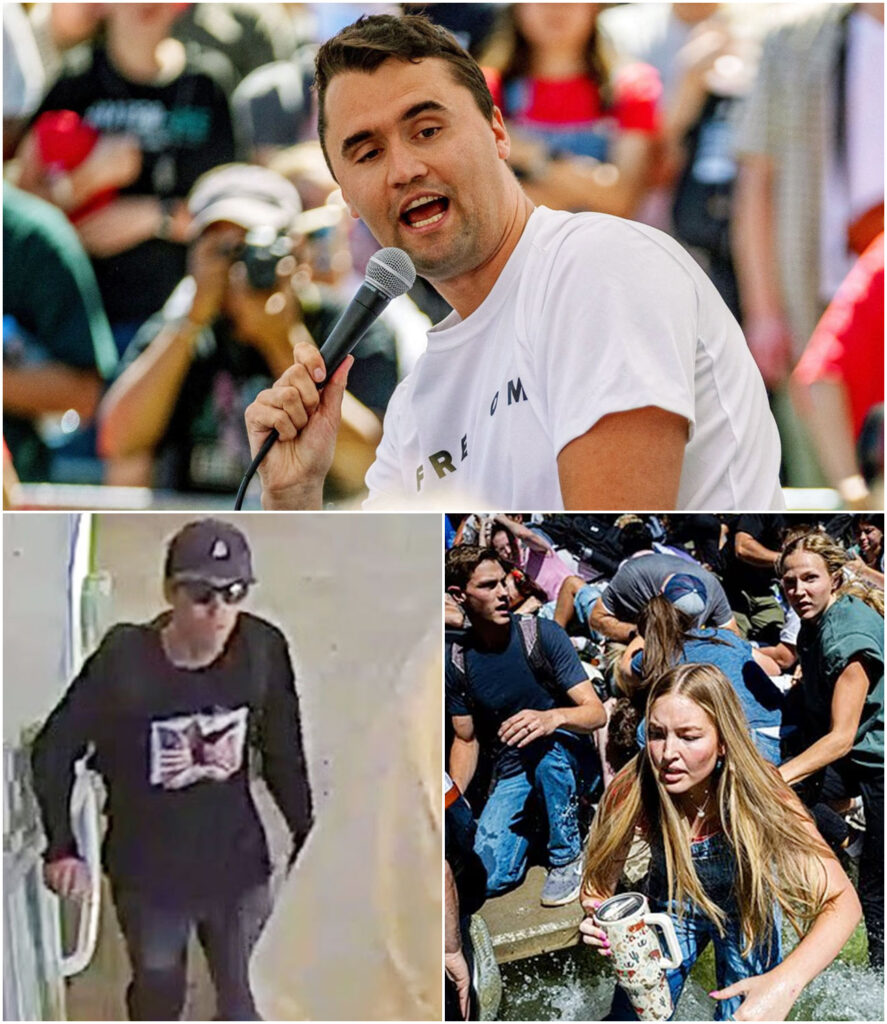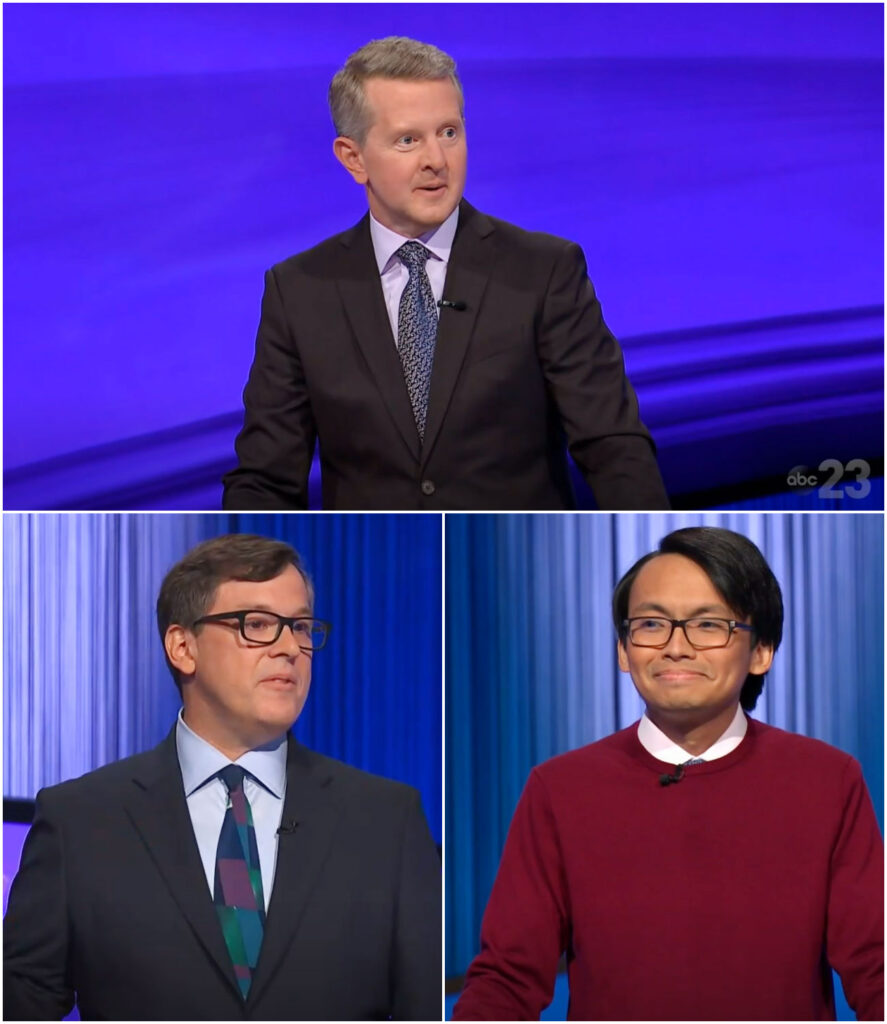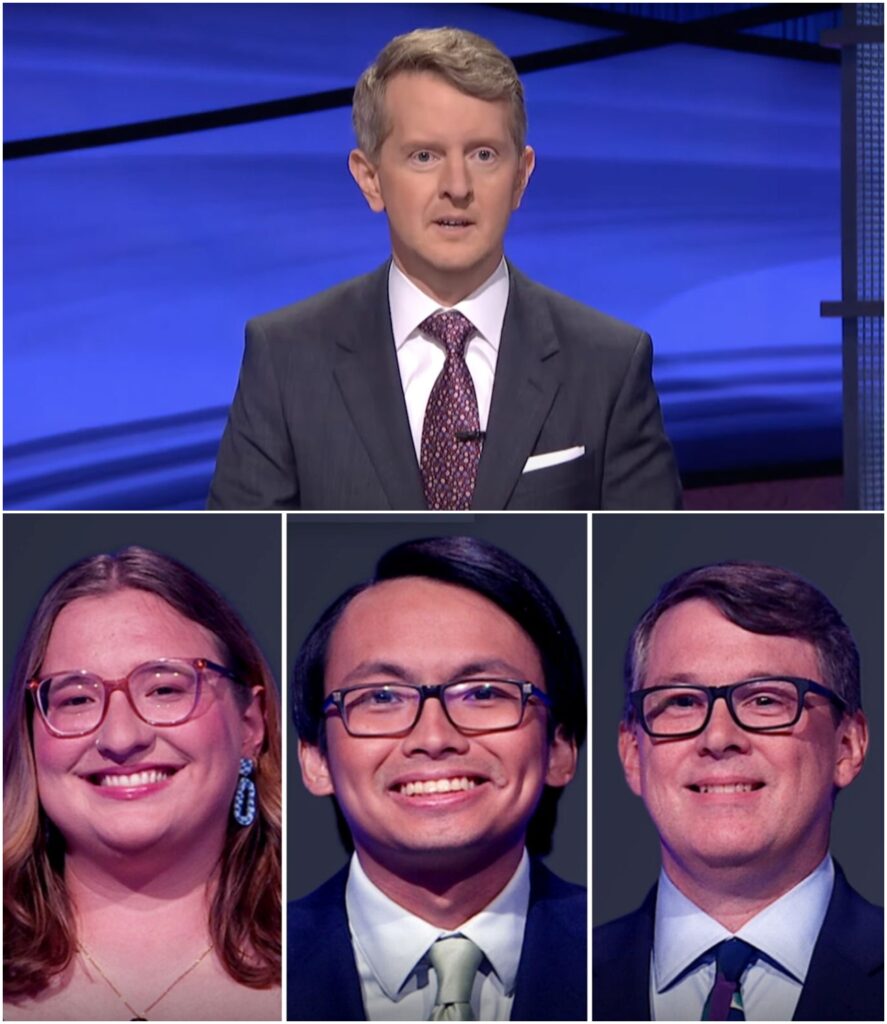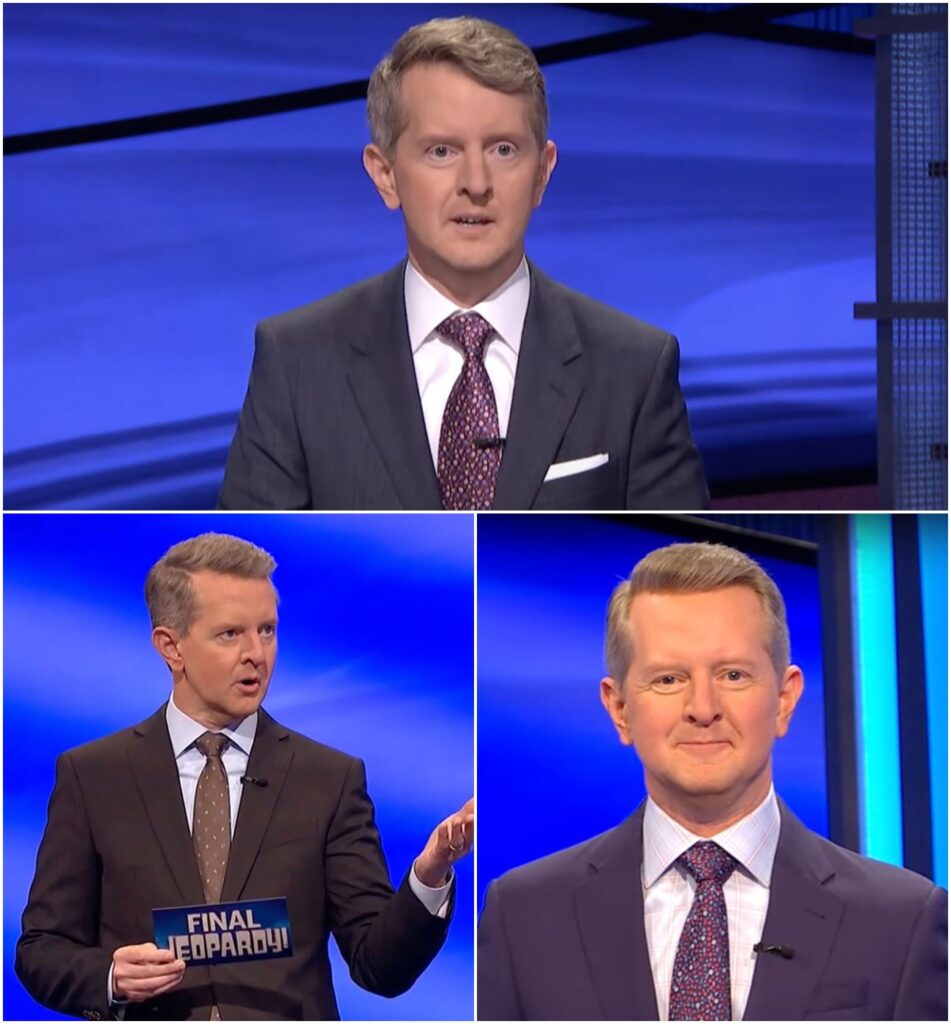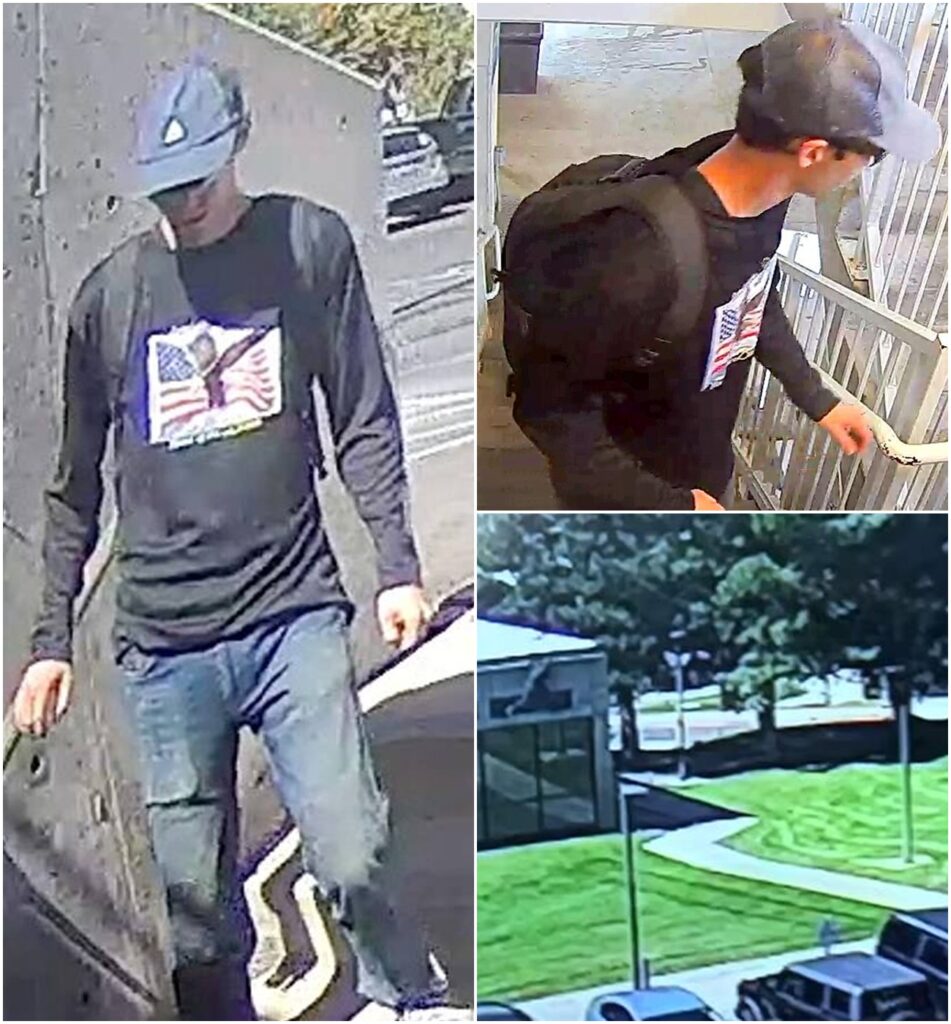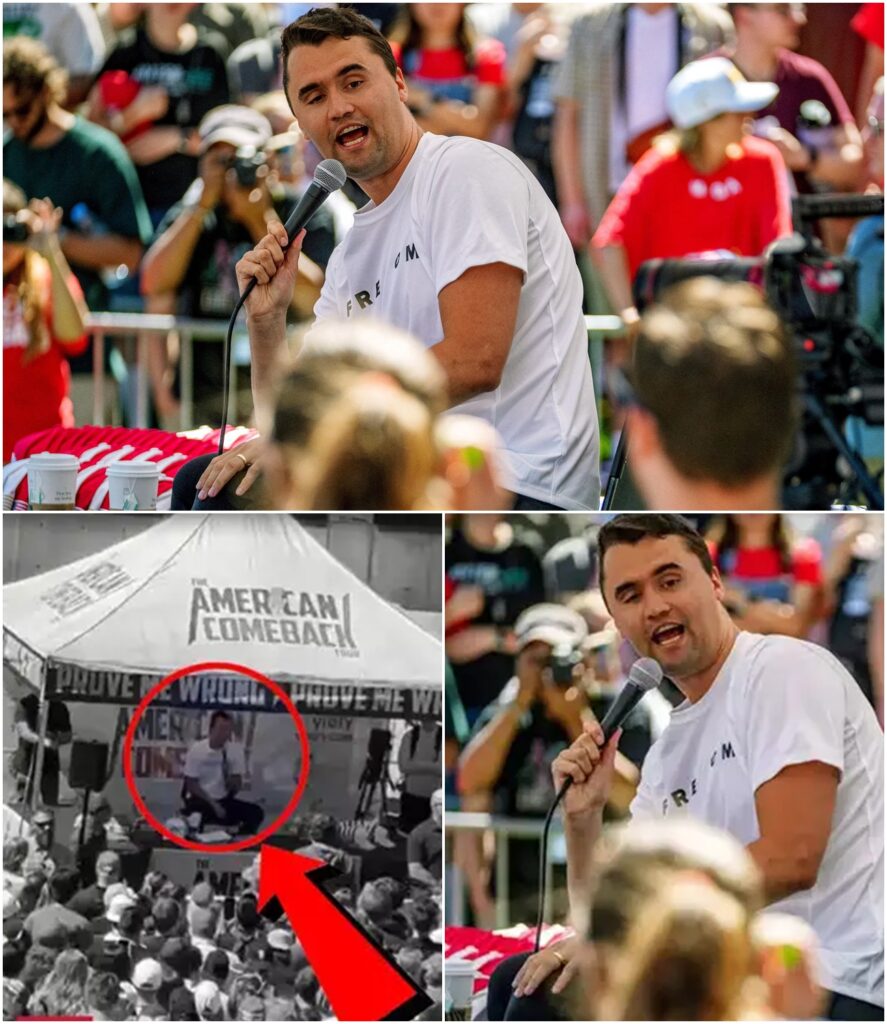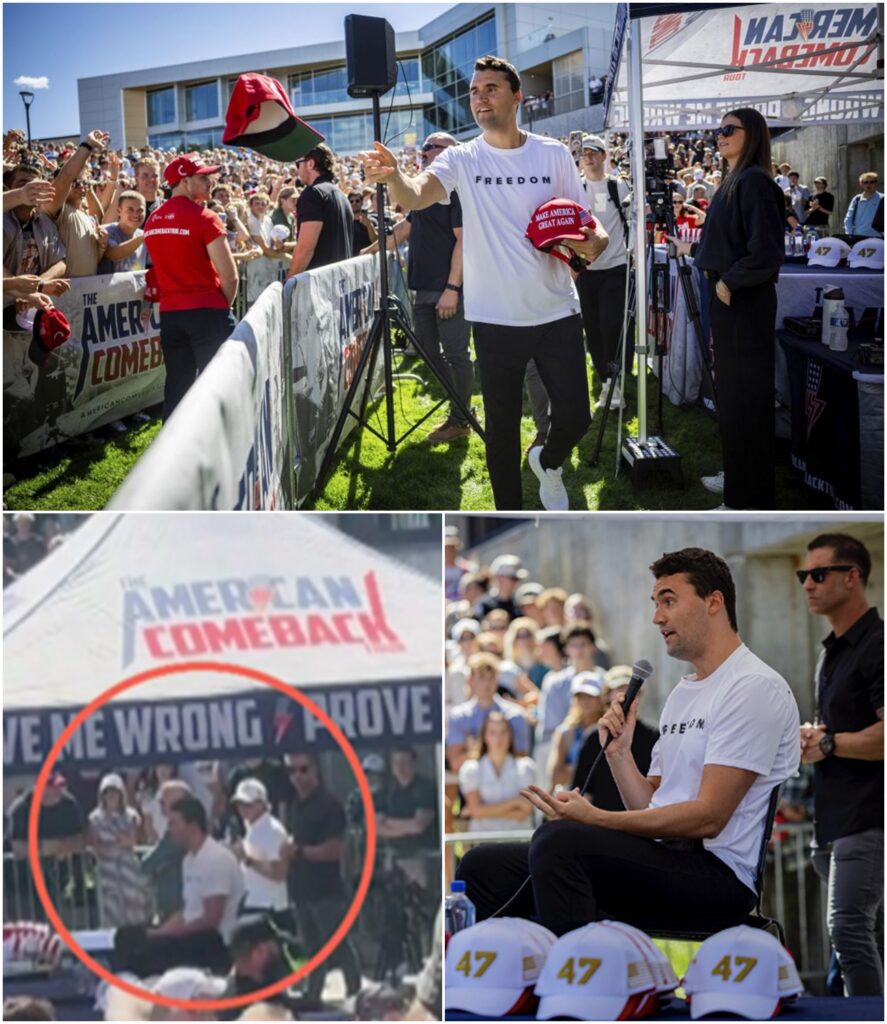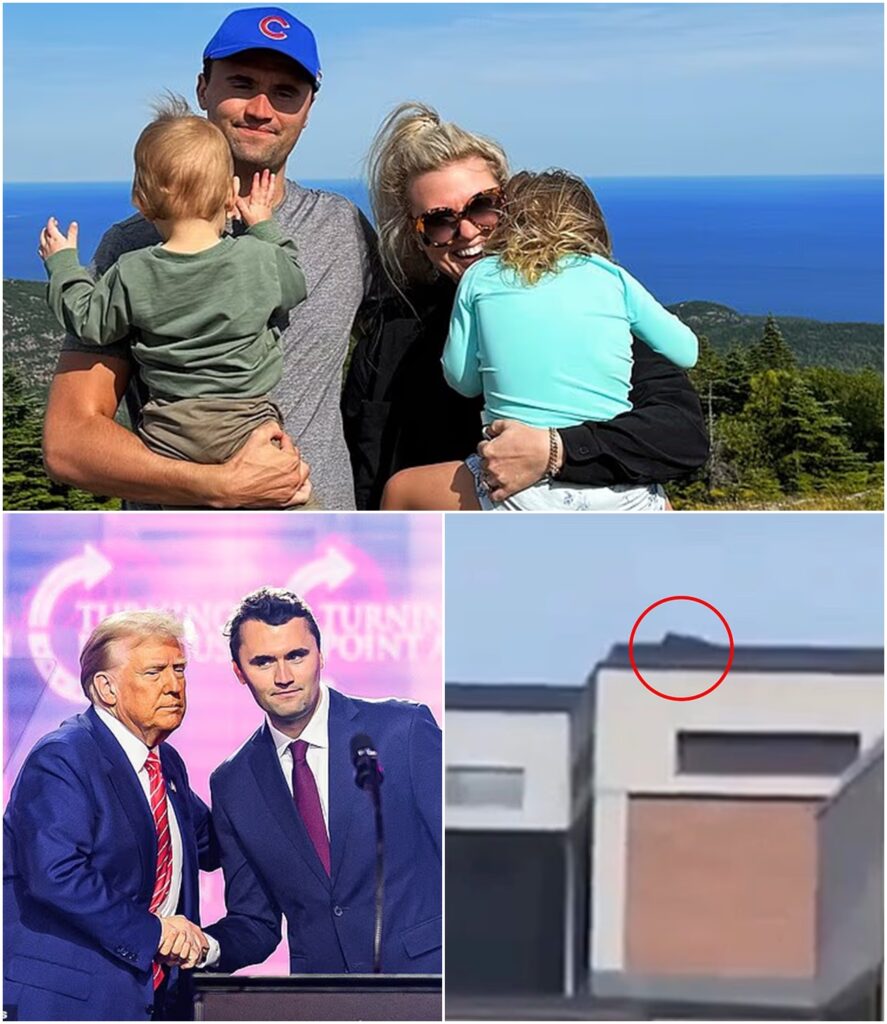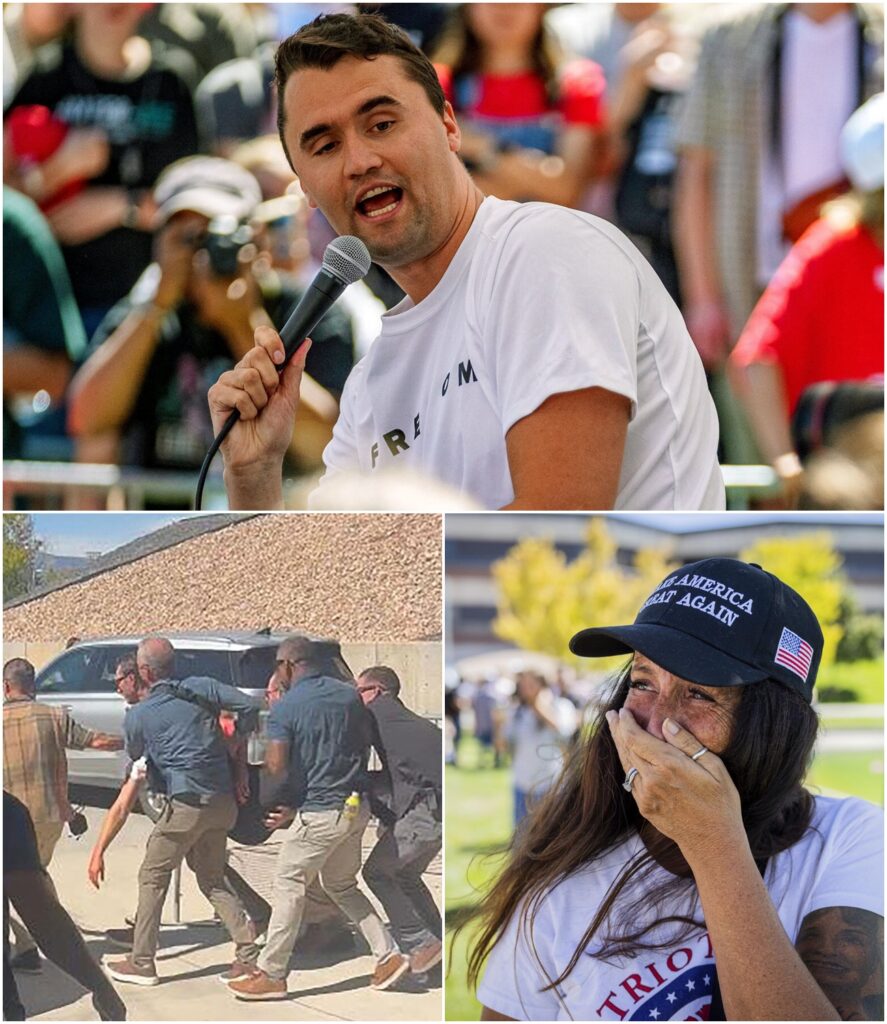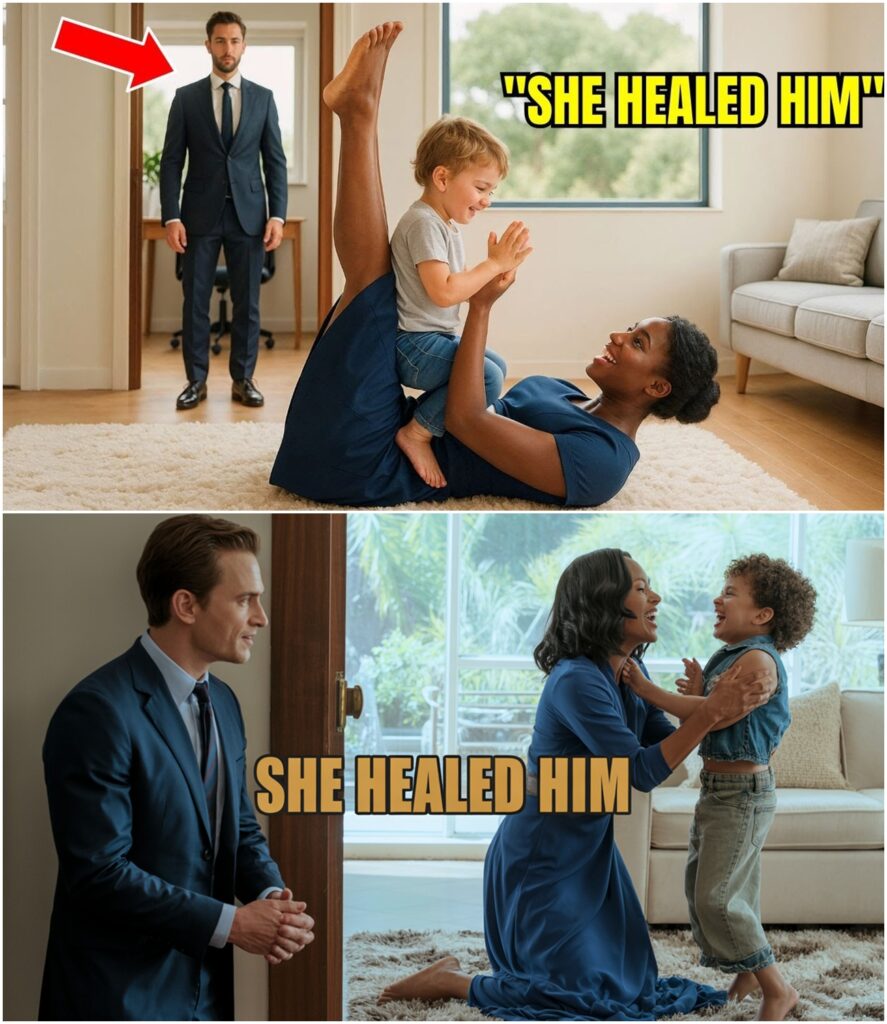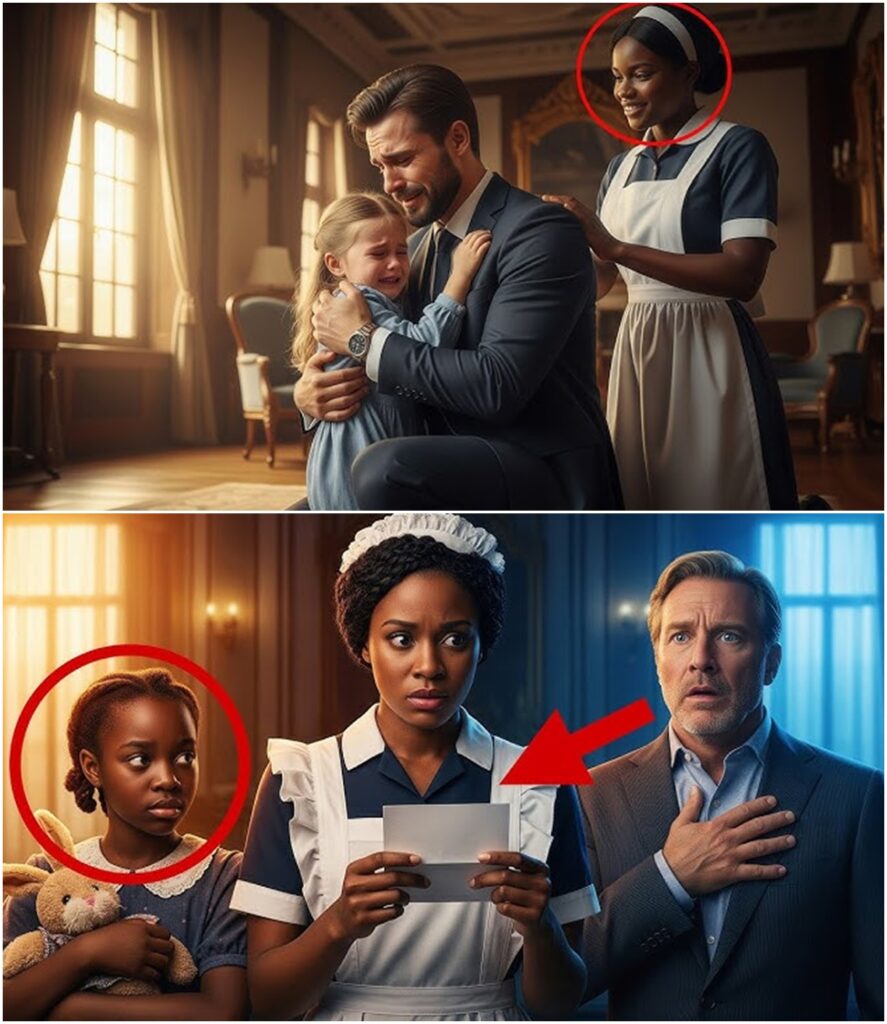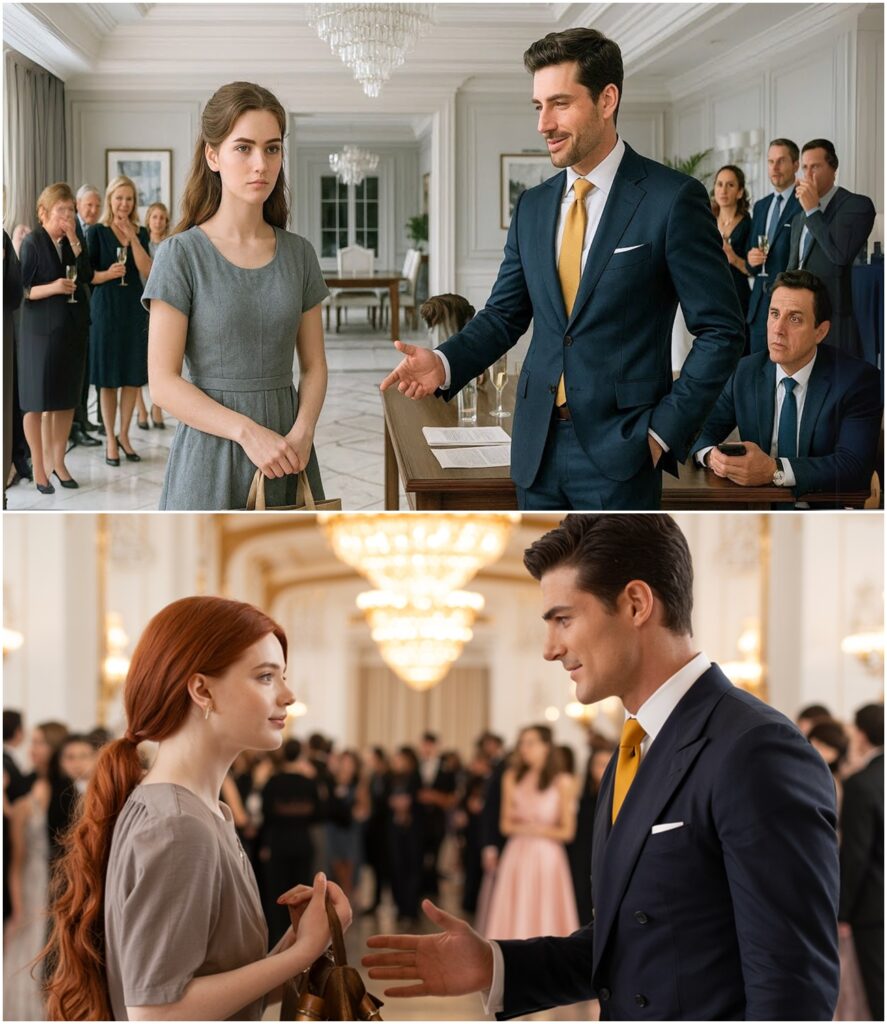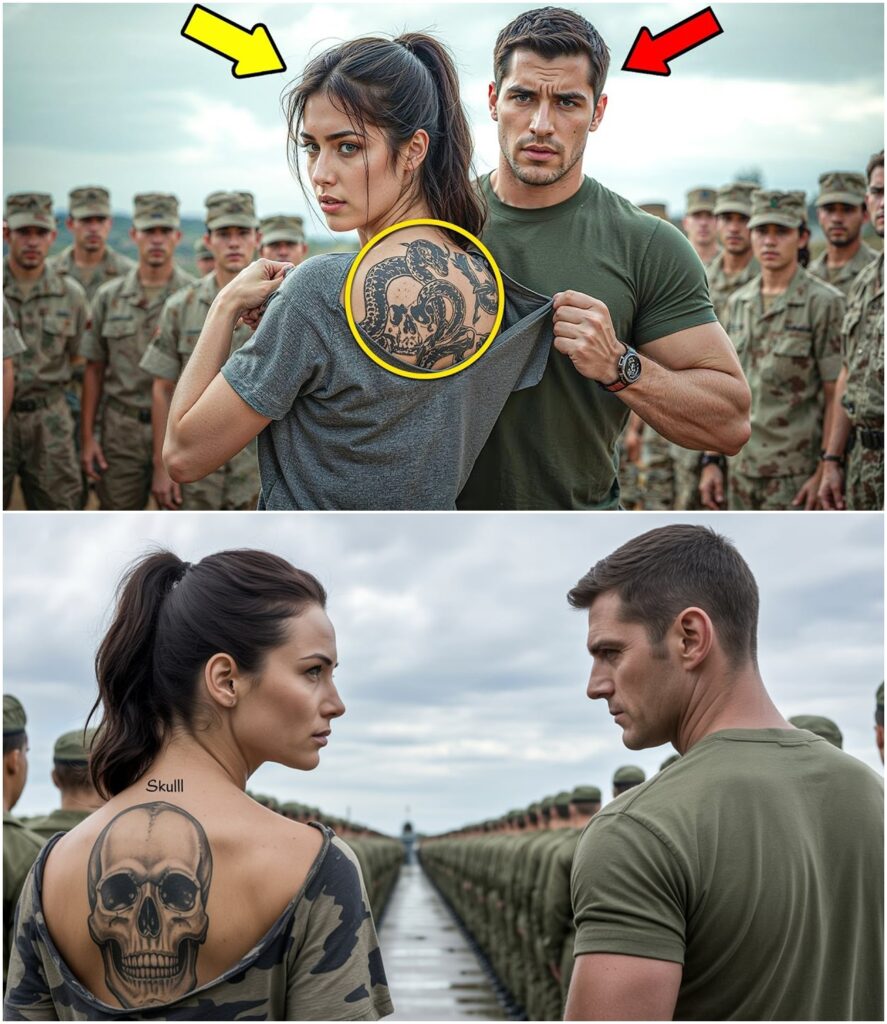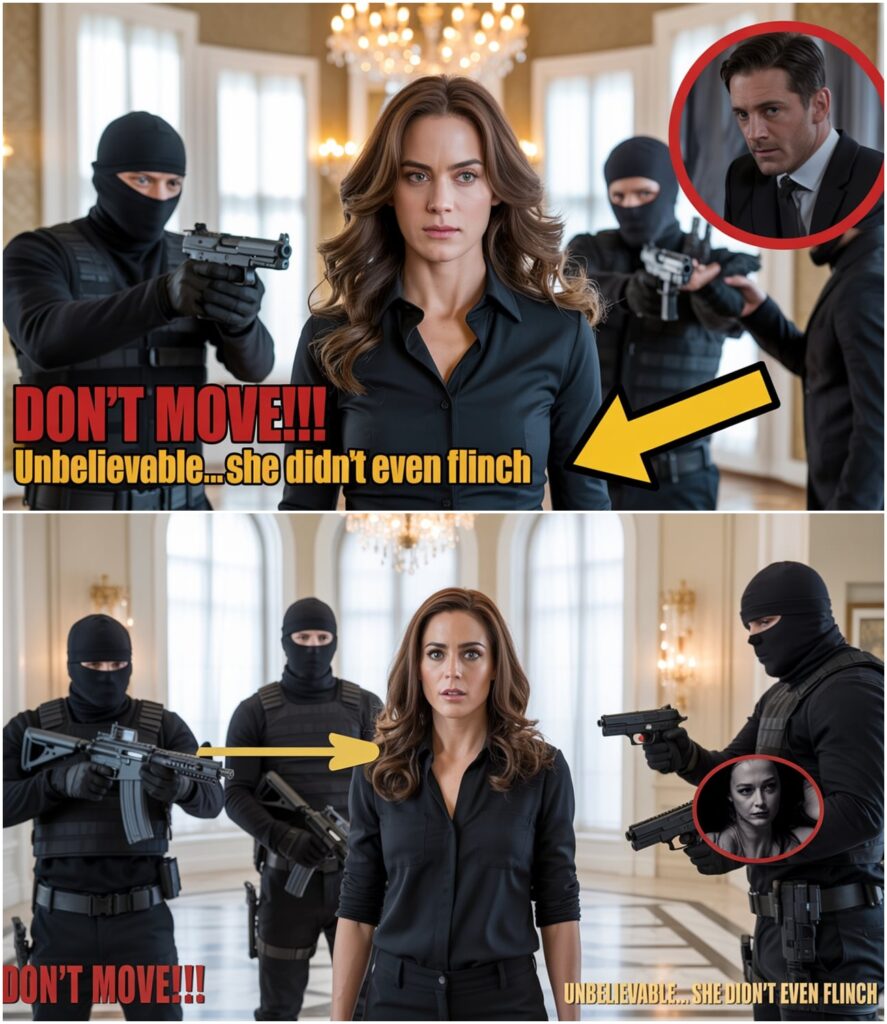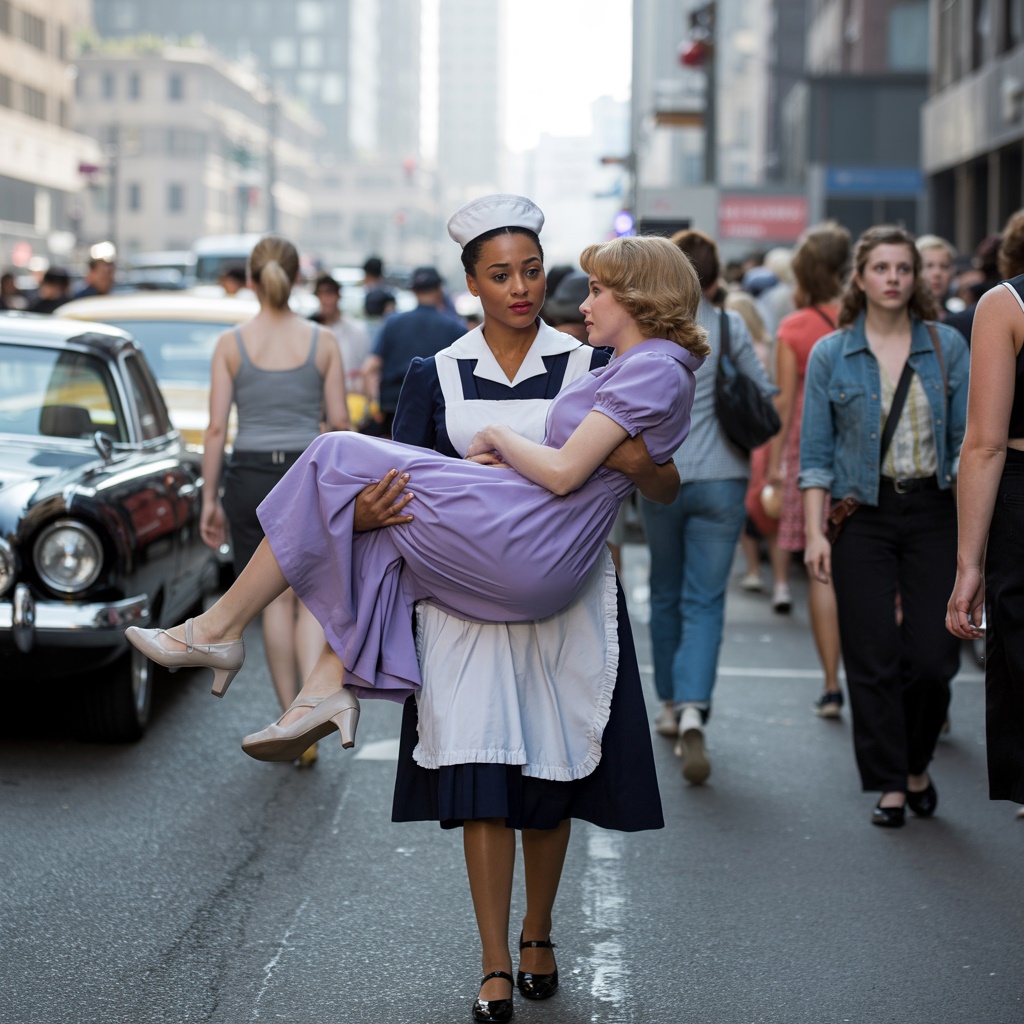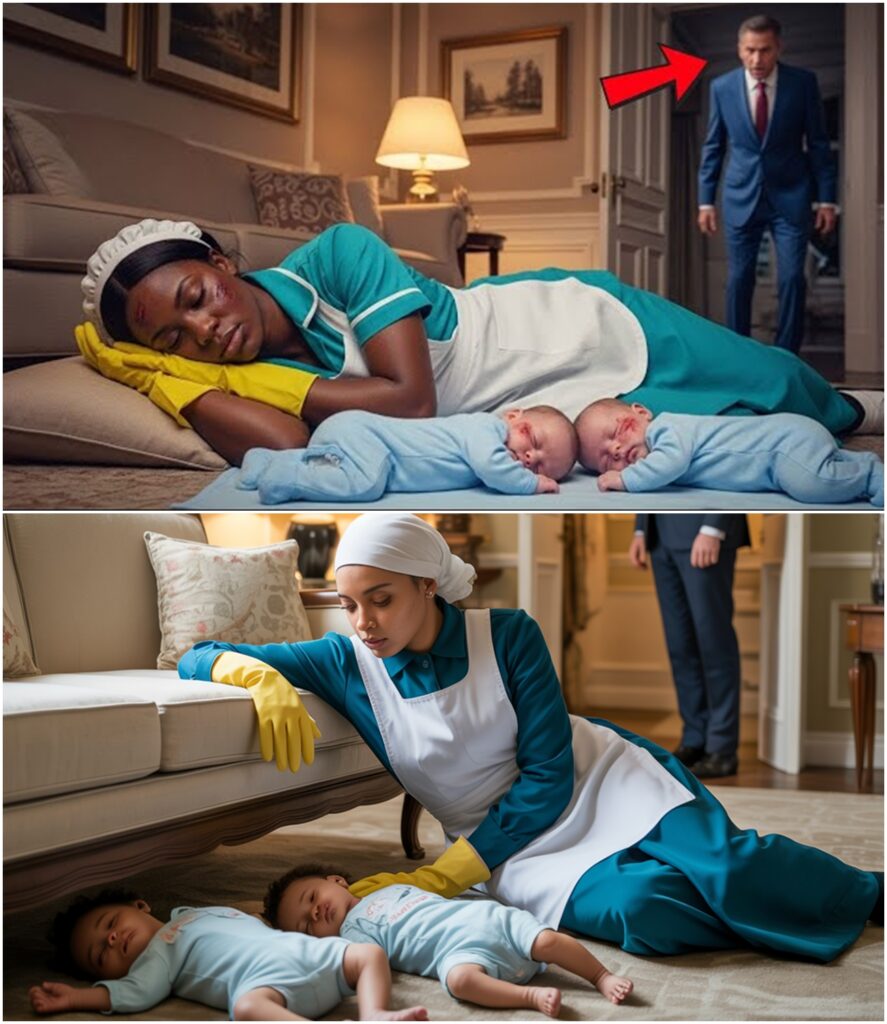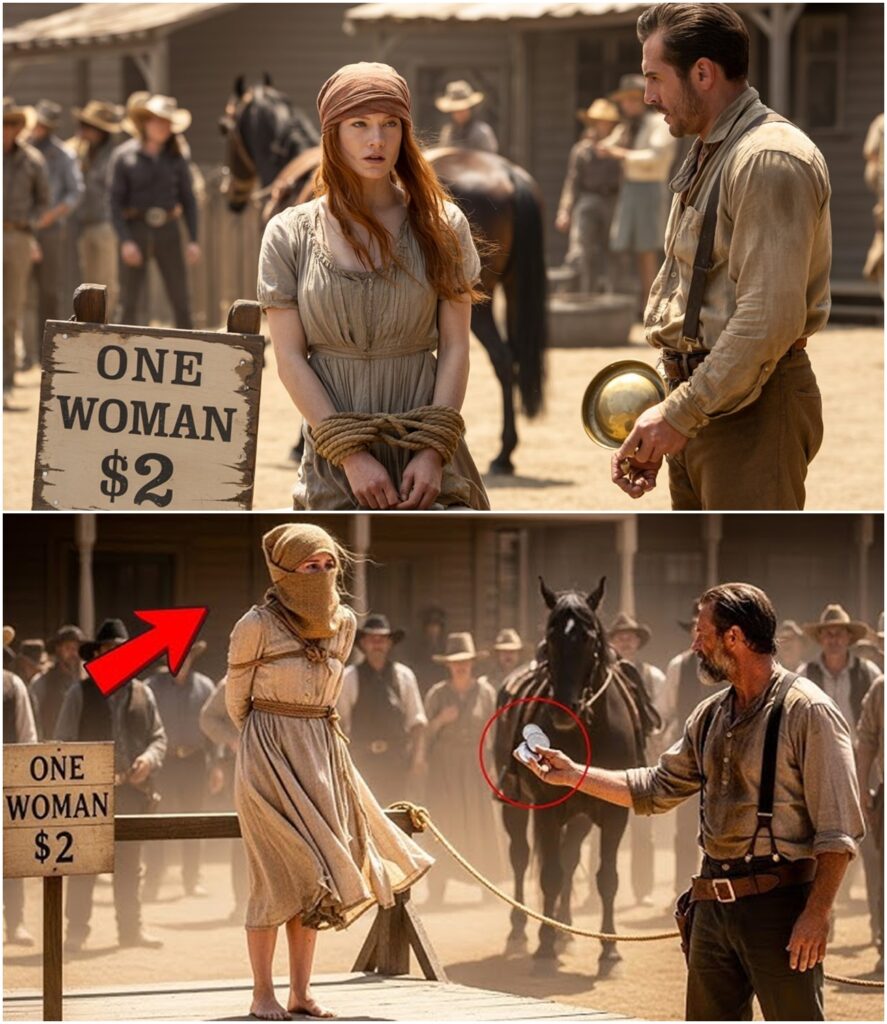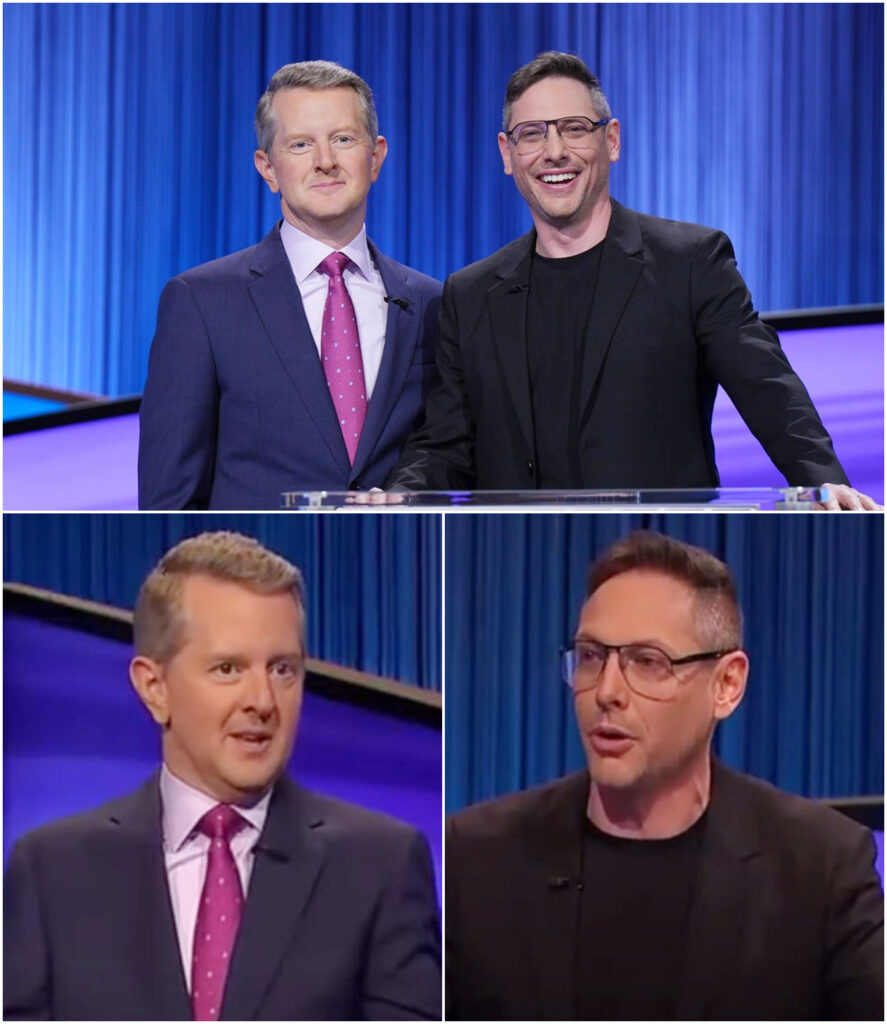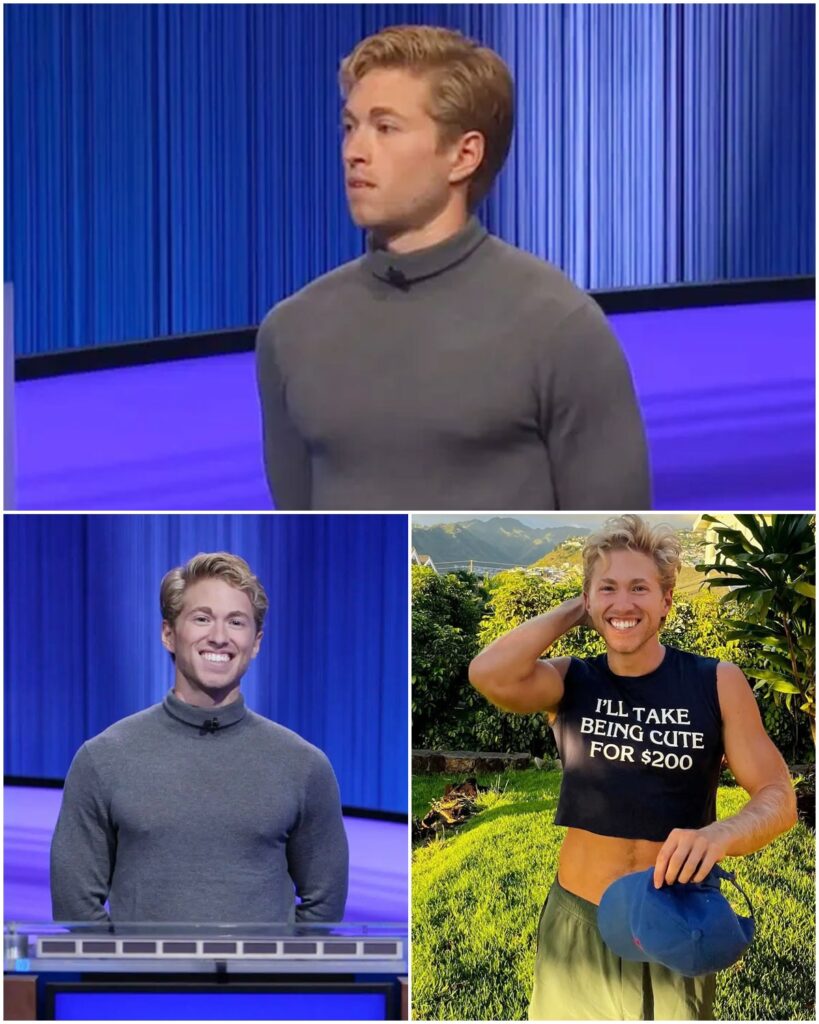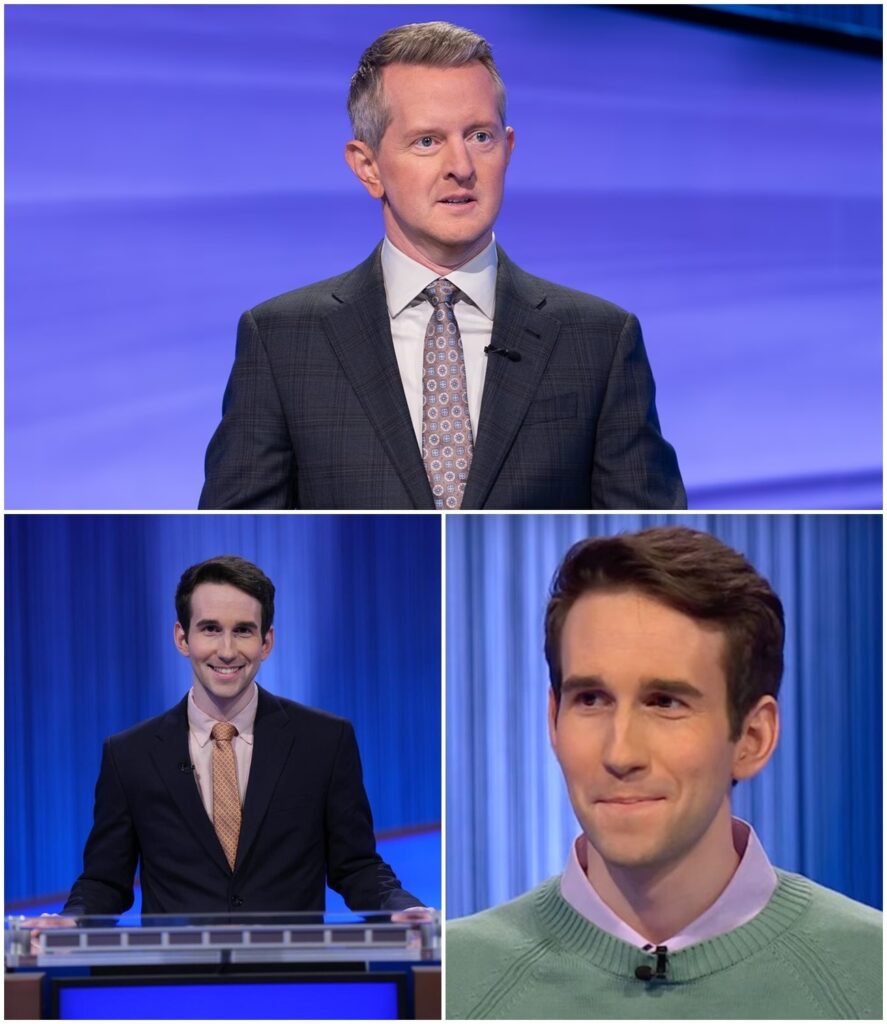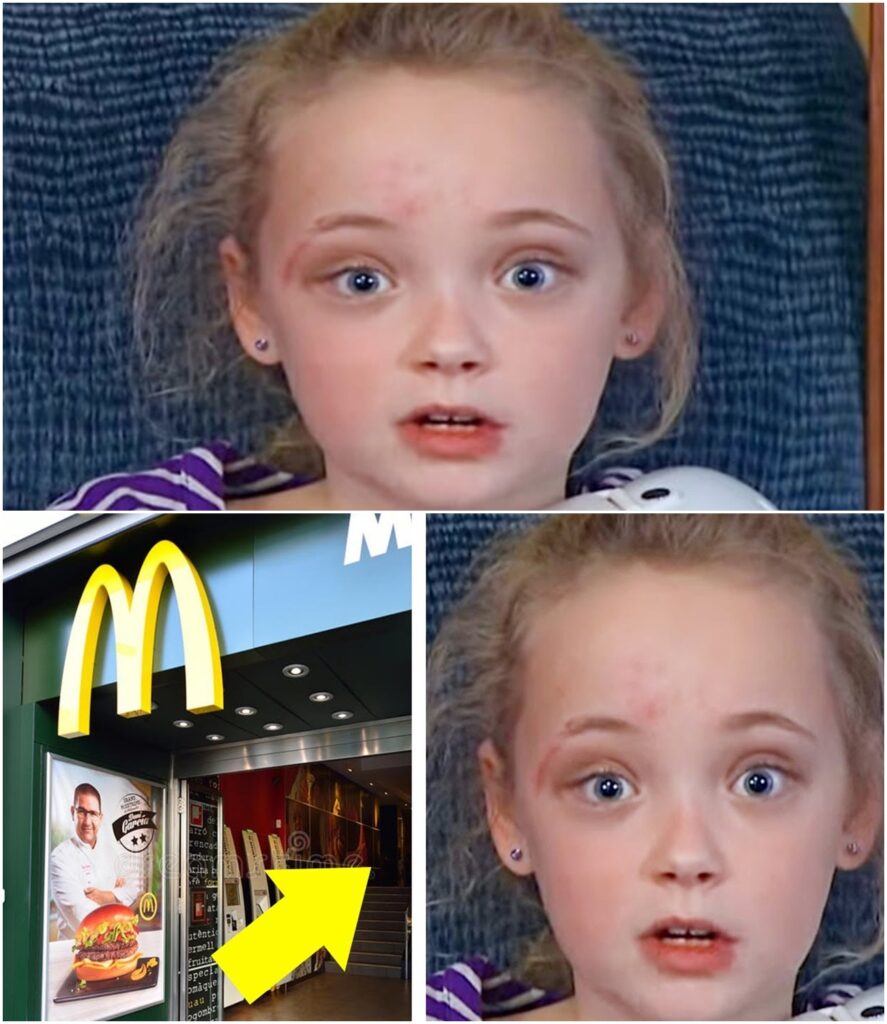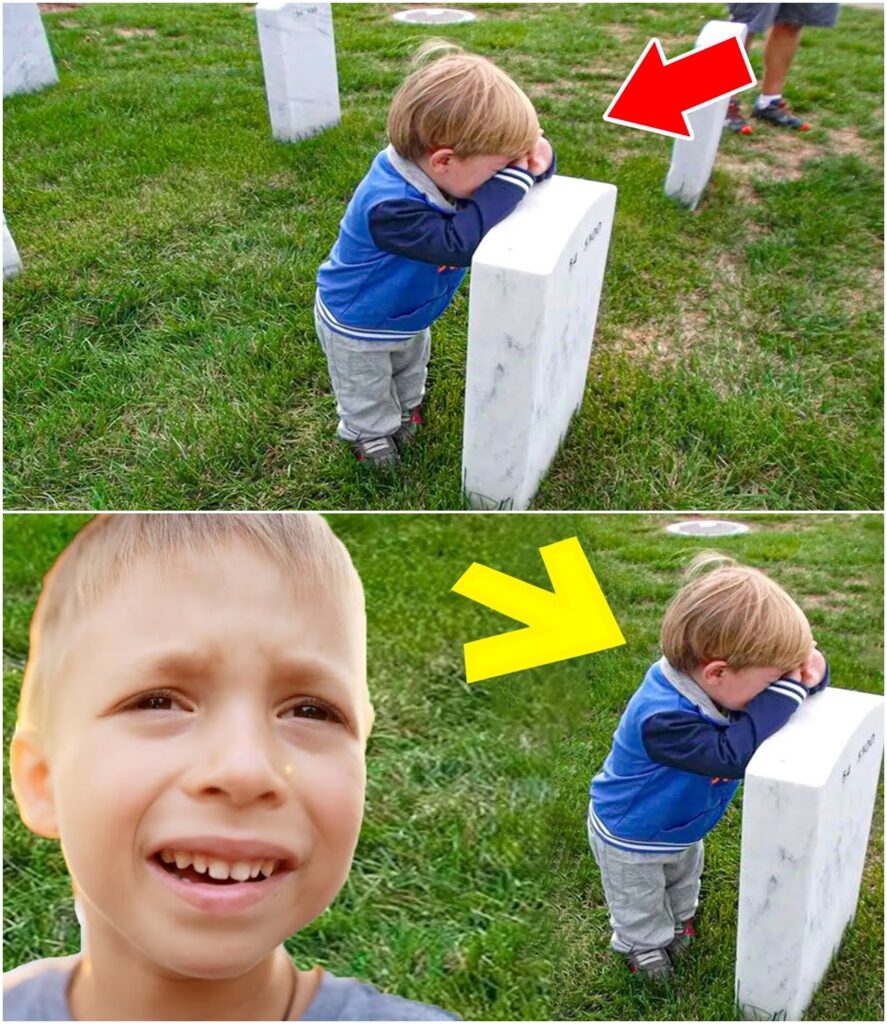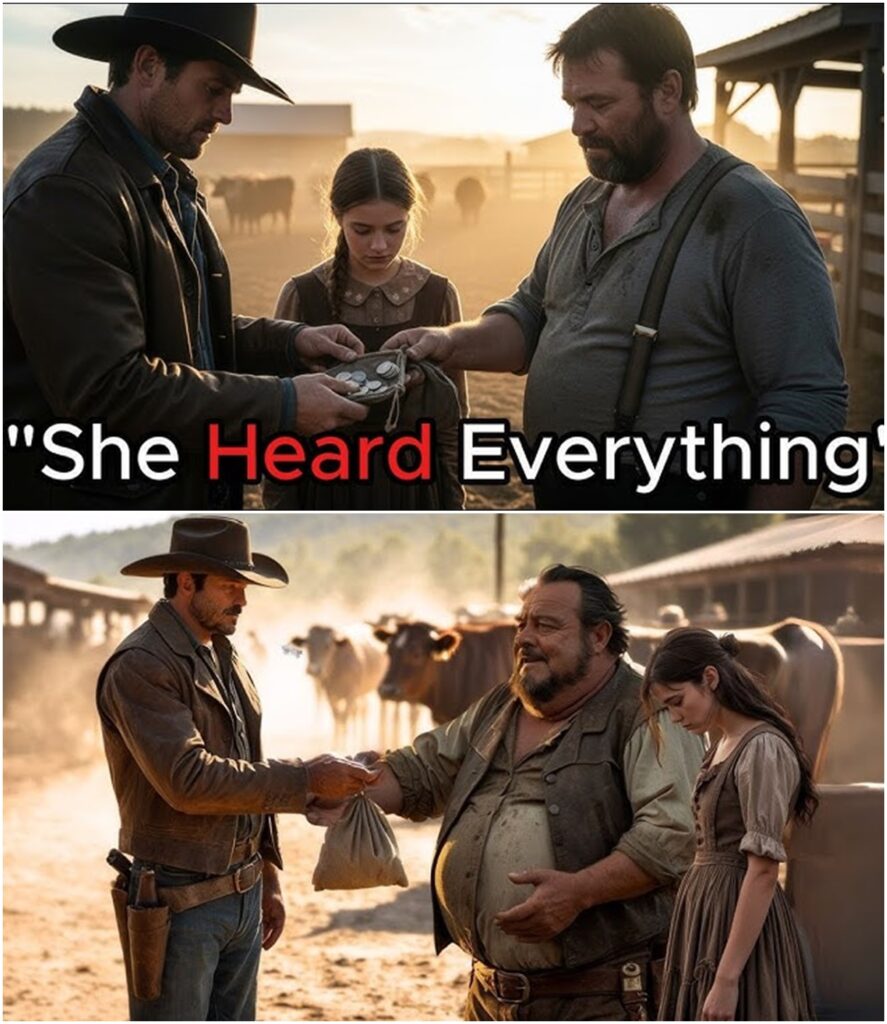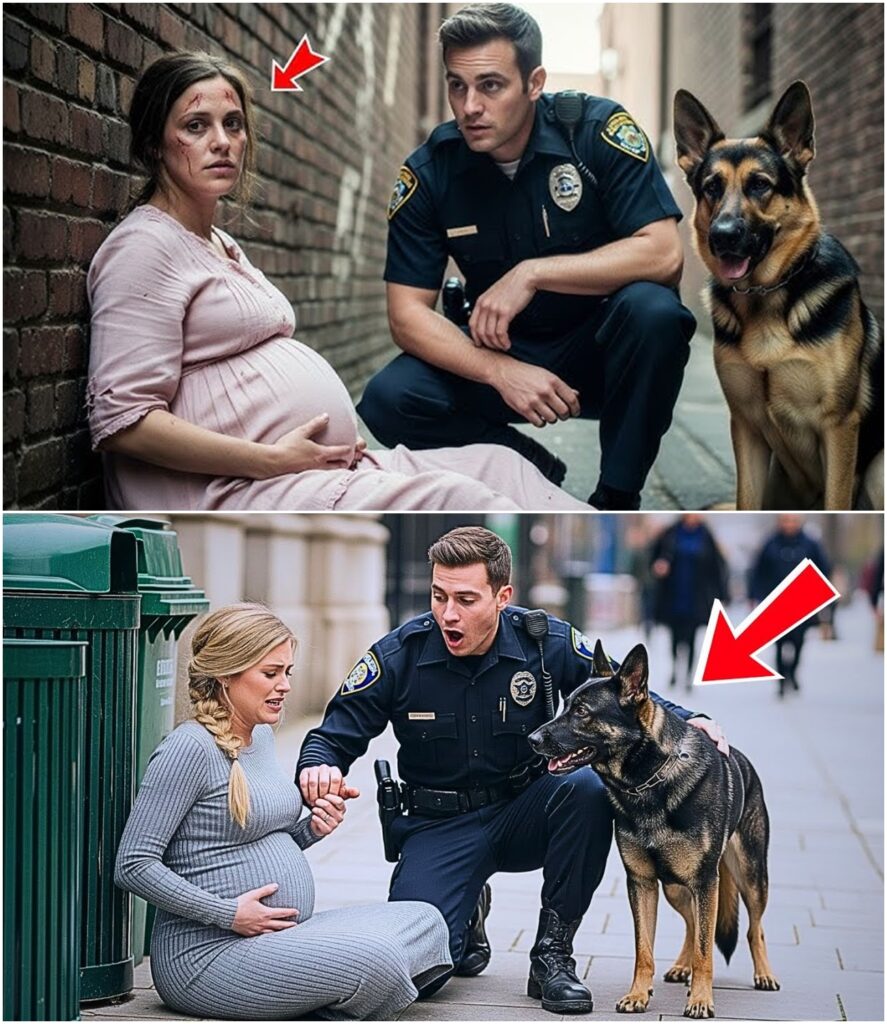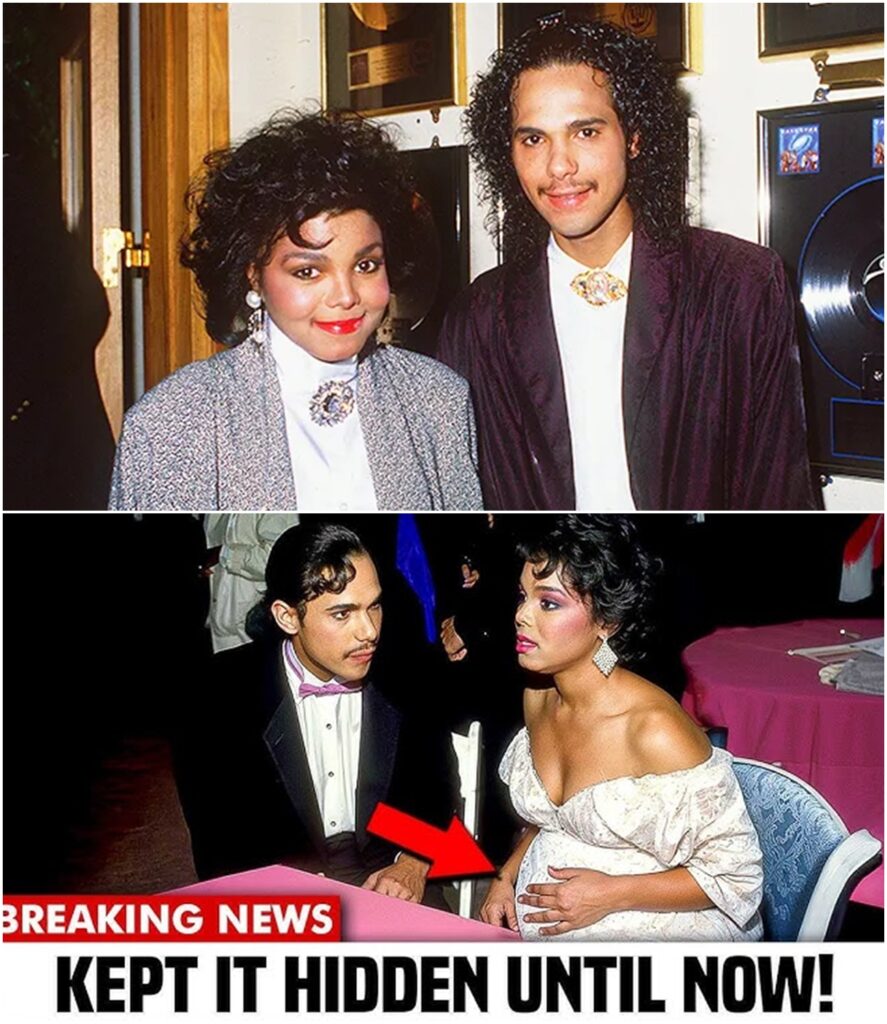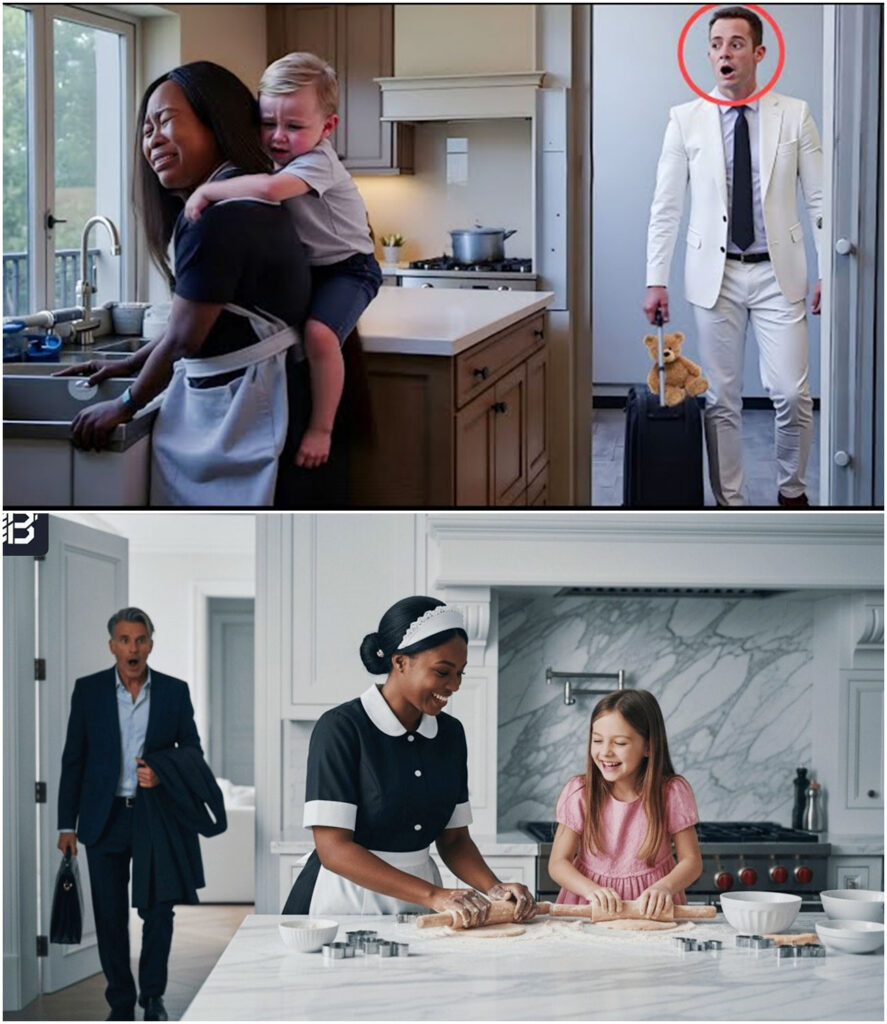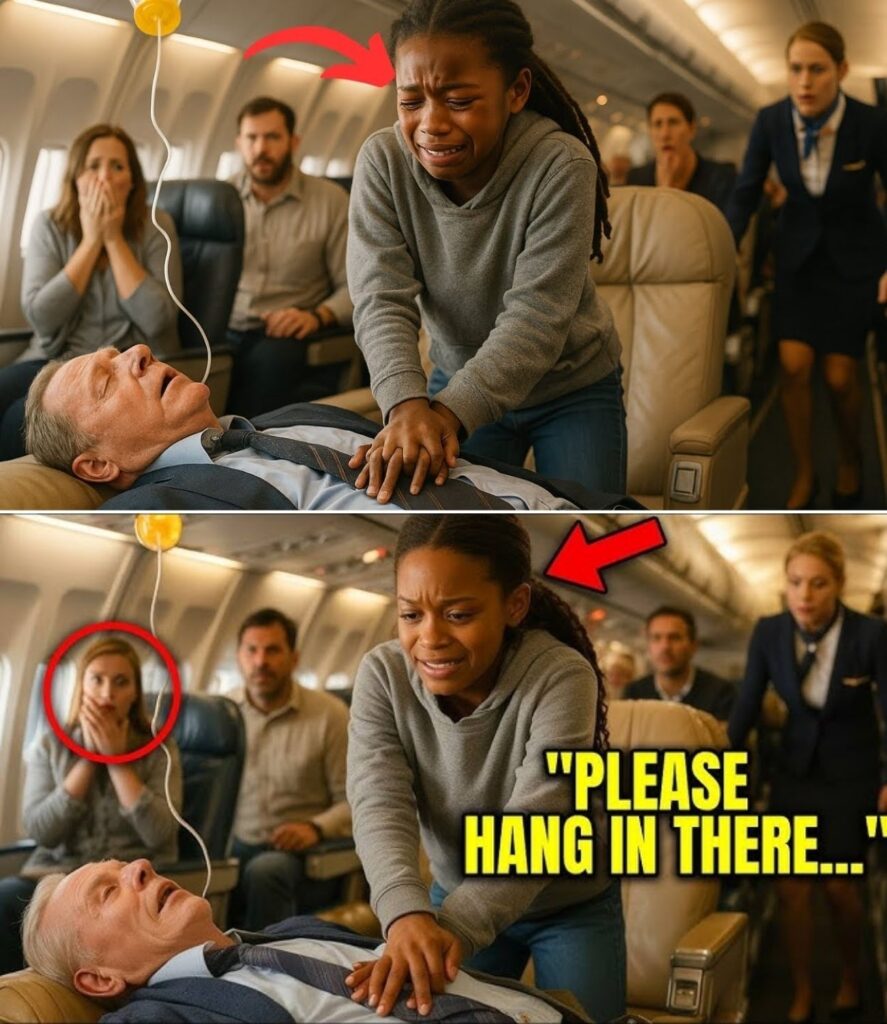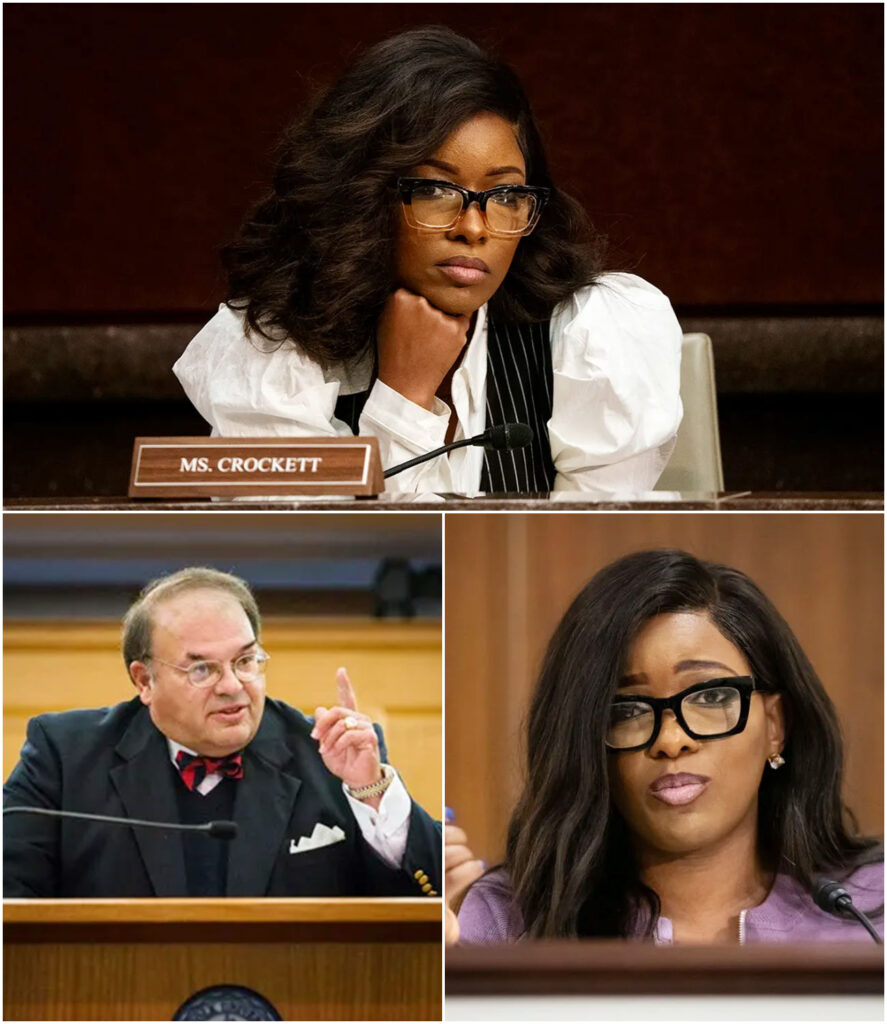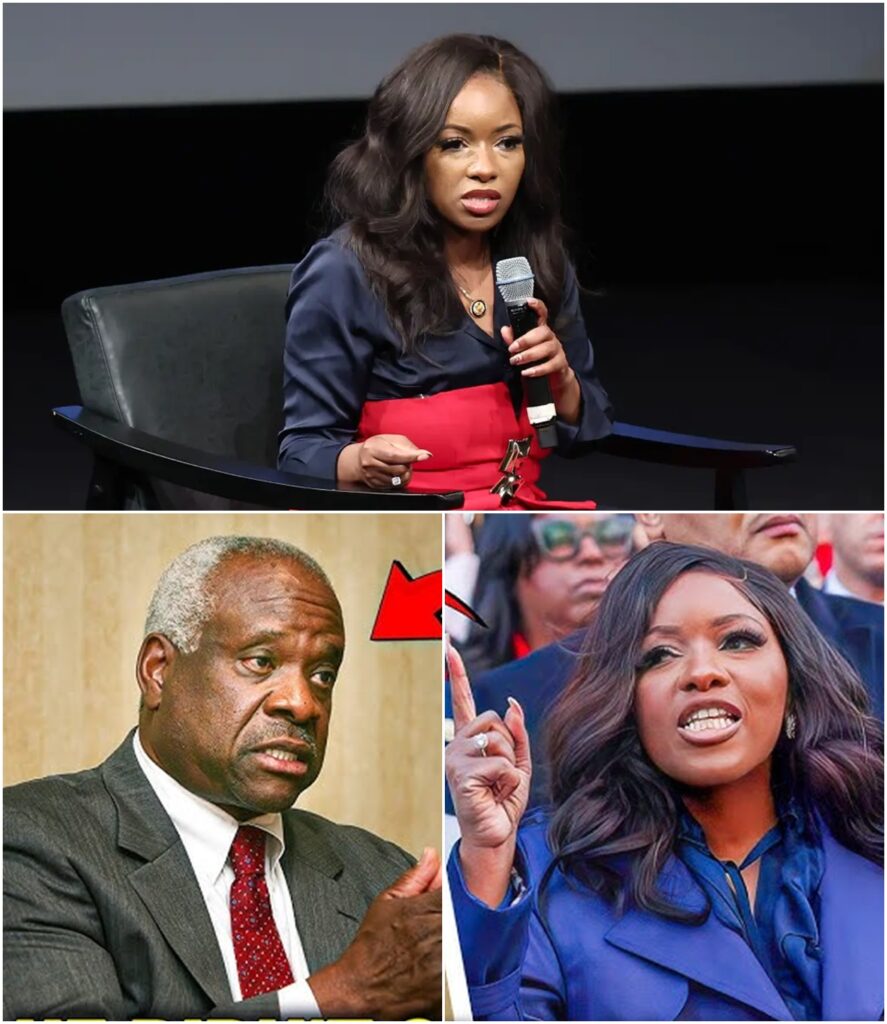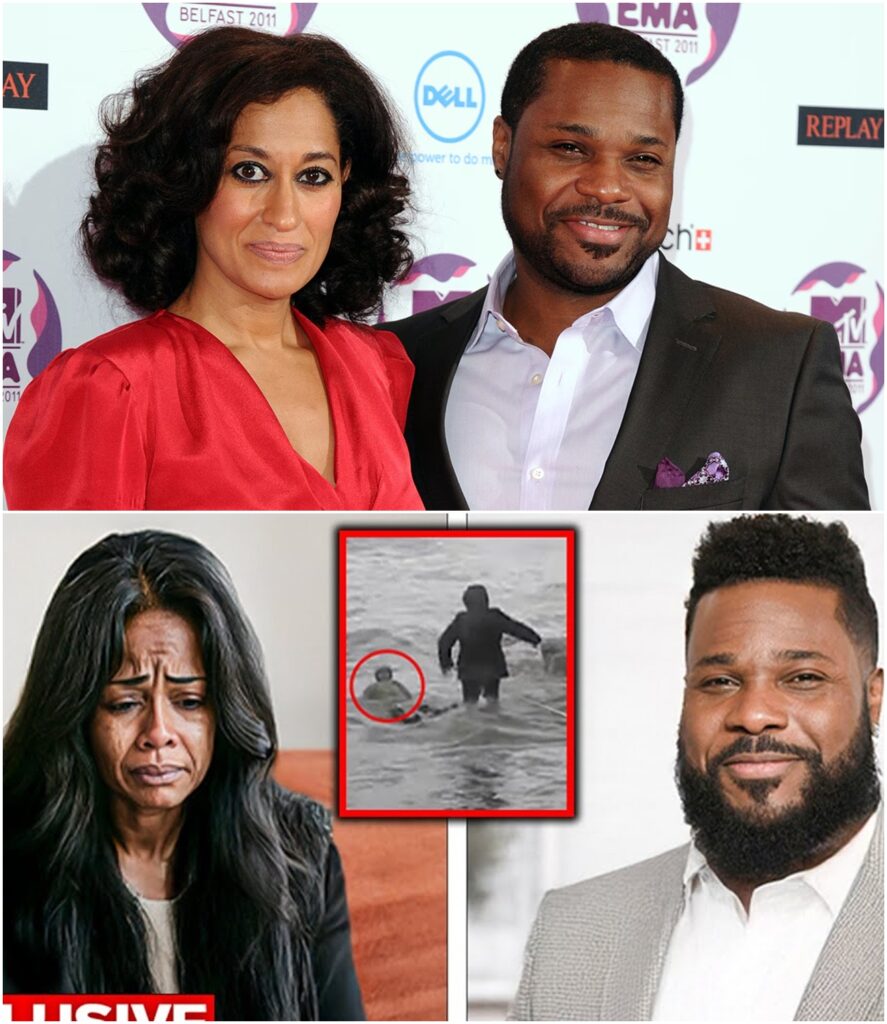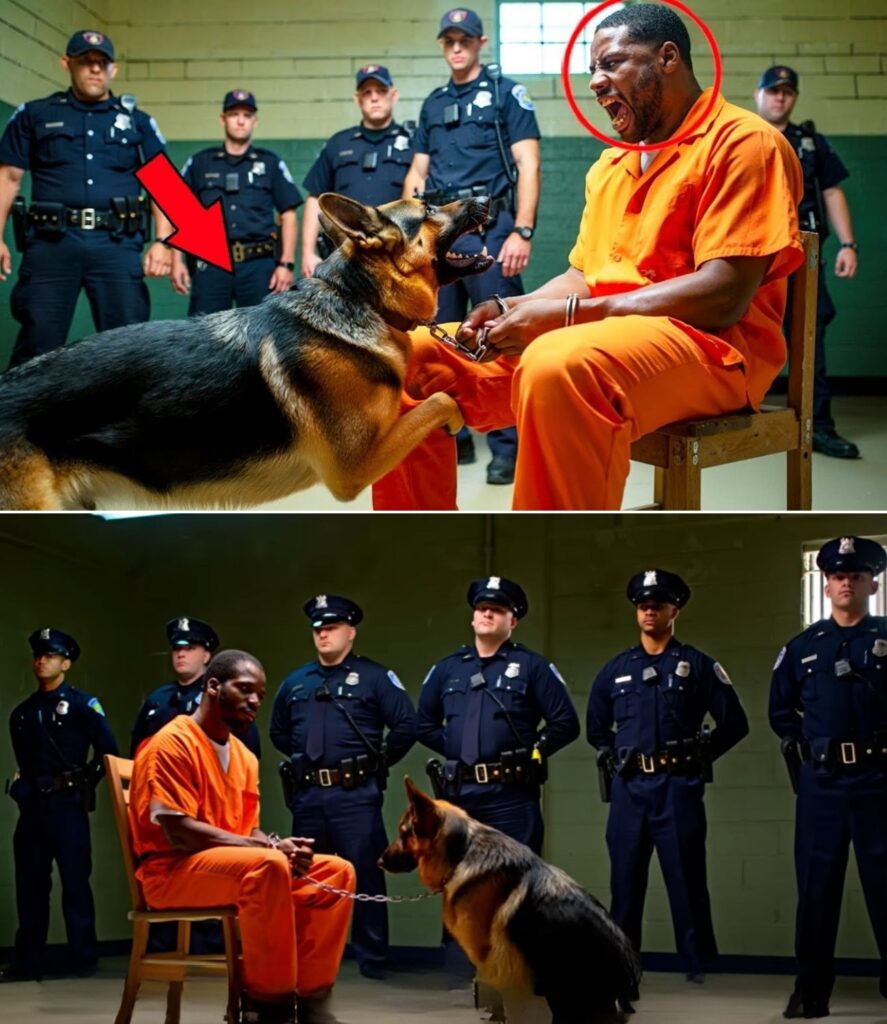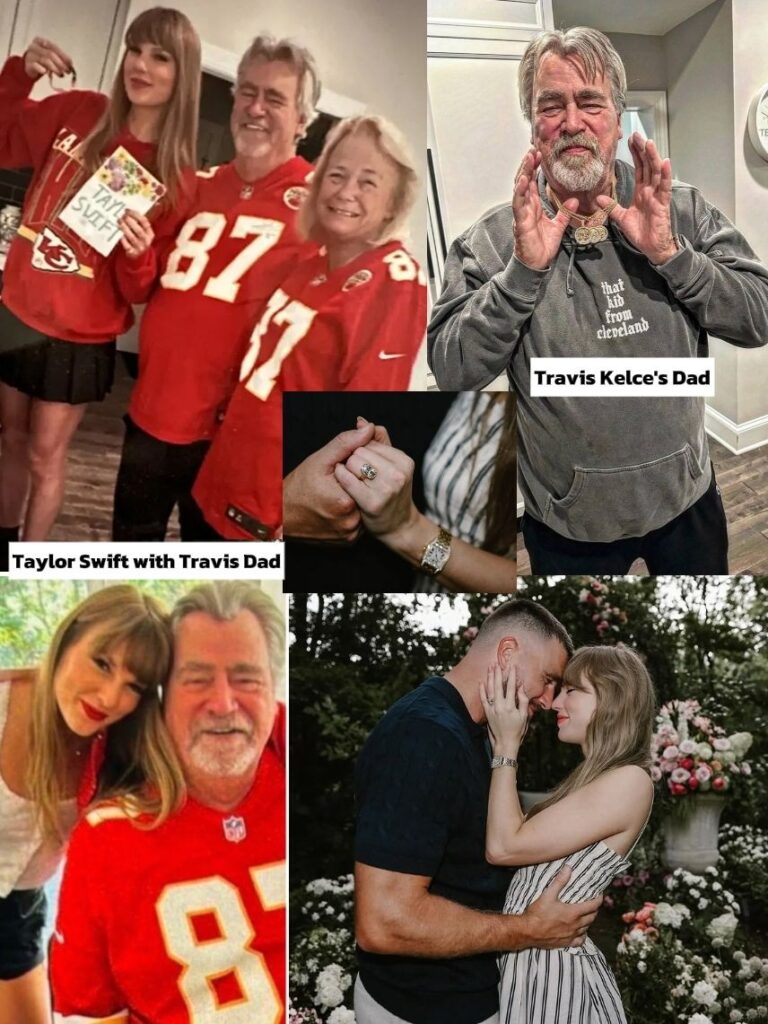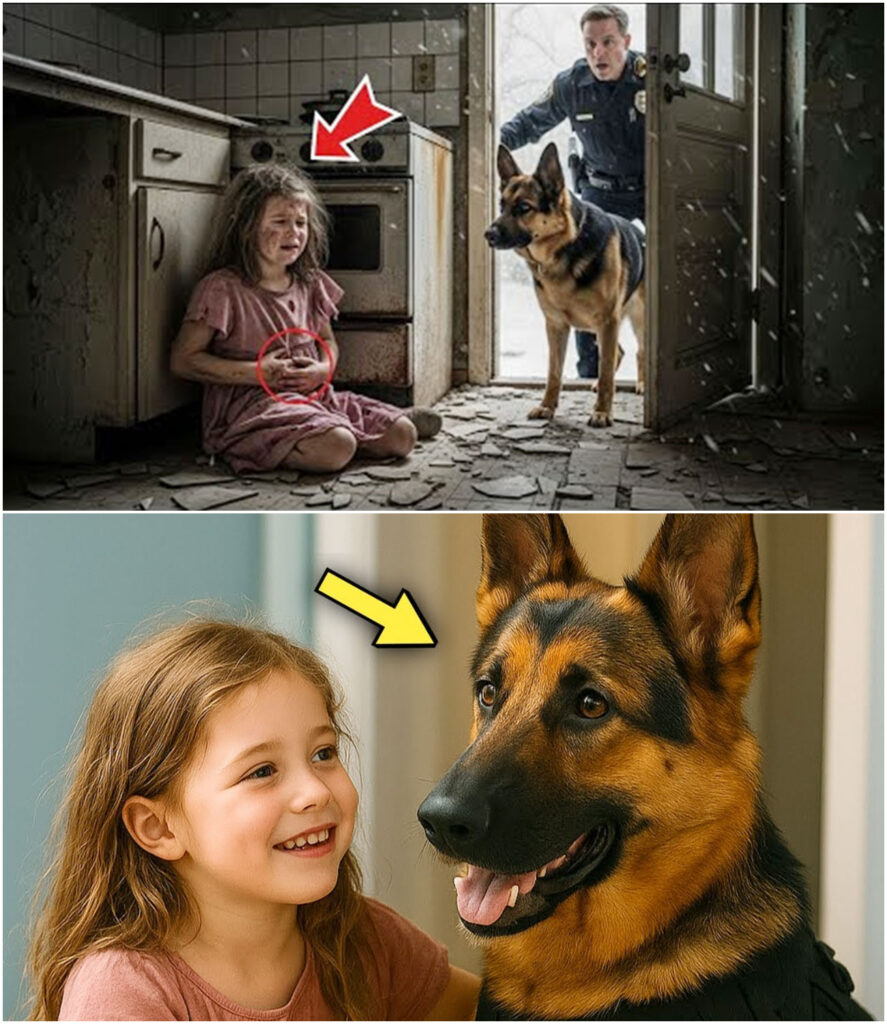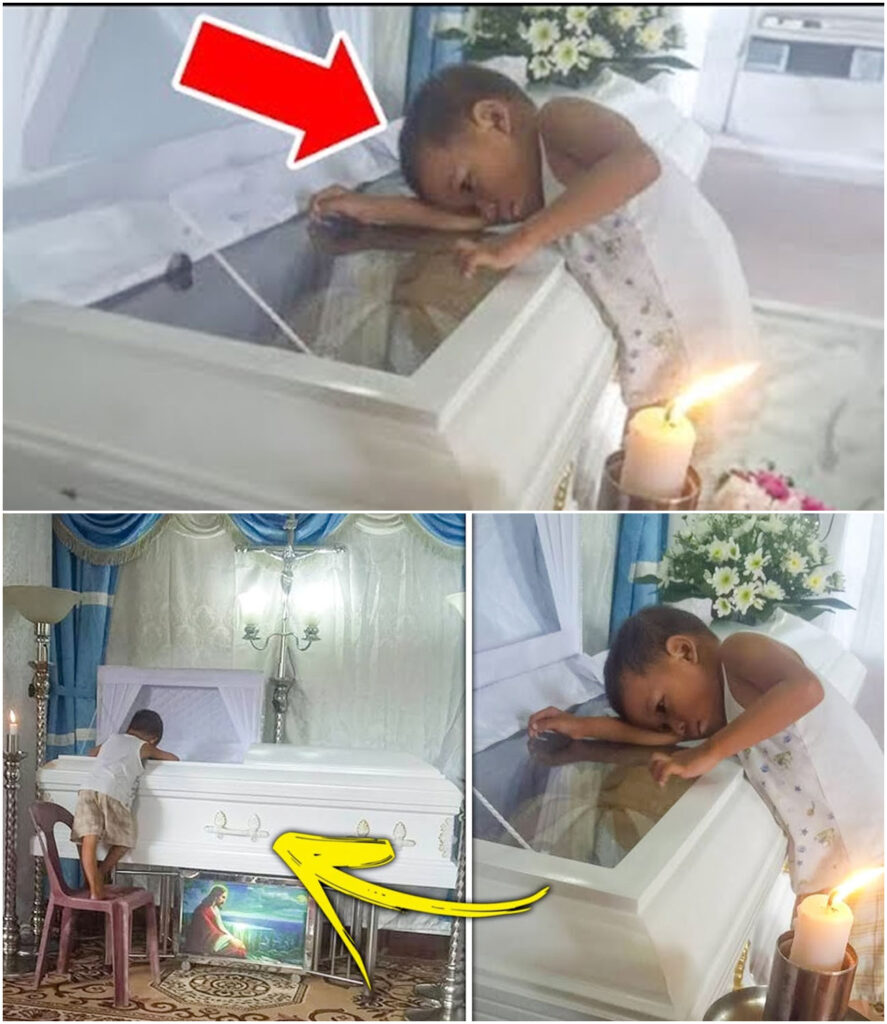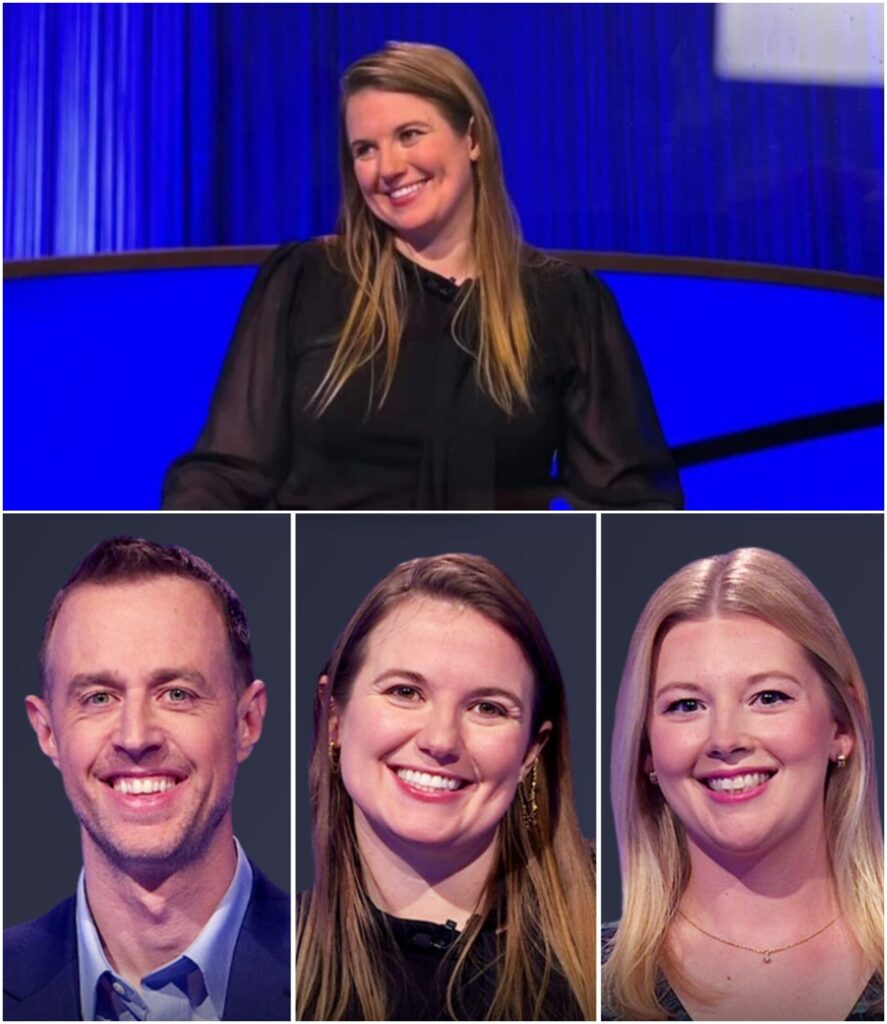“That Painting’s a Fake!” the Maid’s Daughter Shouted in French — Then Uncovered a Shocking Truth

What is this little black brat doing near my precious painting? Get her filthy hands away from it right now. Mrs. Victoria Peton’s venomous voice sliced through the elegant atmosphere of the Witmore Mansion Gallery. She clapped her hands violently, treating 12-year-old Zara Williams like a stray dog.
These people have no business being around fine art. Marie, control your child before she damages something valuable. The crystal chandeliers cast golden light across shocked faces as wealthy guests turned to witness the spectacle. Zara’s mother, Marie, trembling in her simple black uniform, rushed forward with desperate apologies. Please forgive us, Mrs. Peton.
Zara, move away this instant. But Zara stood motionless, her intelligent eyes studying the 12 million French impressionist painting with unwavering focus. The room held its collective breath, waiting for the child to submit. Instead, words burst from her lips in perfect aristocratic French. That painting is fake. The gallery erupted in gasps.
This dismissed child had just spoken flawless French and declared their masterpiece a fraud. But how could a 12-year-old maid’s daughter possibly know something that million-doll art experts had missed? Dr. Katherine Whitmore pushed through the stunned crowd, her heels clicking against marble floors.
As the mansion’s owner and a renowned art expert, she’d heard whispers about authentication concerns. But this, a child speaking perfect about her prized acquisition. “Excuse me, little one,” Dr. Whitmore said in French, kneeling to Zara’s eye level. “What exactly did you just say?” Zara’s voice trembled, but remained clear as crystal. The brush work in the lower right corner is inconsistent with Monaet’s technique from 1894.
The paint layering shows modern synthetic binders that weren’t available until the 1950s. The crowd gasped again. Not only was this 12-year-old speaking flawless French, but she was using technical art terminology that most college graduates couldn’t pronounce. Mrs. Peton’s face flushed crimson. This is ridiculous. A servant’s child cannot possibly know anything about authentic French impressionism. But Dr.
Witmore raised her hand for silence, her eyes never leaving Zara’s face. Continue, please, in English this time. The signature placement is wrong, too. Zara continued, switching languages effortlessly. Monae typically signed his water lily series in the bottom left, but this signature sits in the bottom right and the canvas preparation.
She paused, glancing nervously at her mother. The ground layer shows machine preparation, not handprepared canvas like artists used in 1894. Dr. Whitmore’s coffee cup froze halfway to her lips. These weren’t lucky guesses. This child was articulating the exact concern she’d been privately harboring for weeks. “Where did you learn these things?” Dr.
Whitmore whispered. “I’ve been watching and reading for 12 years, ma’am. Every day when mama works, I study the books in your library. I taught myself French and Italian to read the original art history texts. Marie Williams stepped forward, her hands shaking. I’m so sorry, Dr. Whitmore.
Zara has always been curious about the artwork, but I never thought she’d speak out of turn. Dr. Whitmore stood slowly, her mind racing. Had they really been harboring an untrained expert all these years? Zara, she said quietly. I think you and I need to have a very serious conversation. Two hours later, the mansion’s private library glowed with a warm lamplight. Coffee brewed in the corner while Dr.
Whitmore watched Zara’s eyes scan the towering bookshelves with practiced efficiency. “Show me what you know,” Dr. Whitmore said simply, gesturing toward a stack of art books on her mahogany desk. Zara’s small hands moved with surprising confidence, opening a heavy volume to a specific page.
This Caravajio, she said in flawless Italian, was painted during his exile in Naples609. You can tell by the darker palette and the desperate energy in the brush strokes. Dr. Whitmore blinked hard. The child had just identified not only the artist and period, but the emotional context behind the work. And this one? Dr. Whitmore pointed to another reproduction.
Picasso blue period 1903, Zara replied in perfect Spanish. He painted this after his friend Carlos Casagas committed suicide. The melancholy in the subject’s posture reflects Picasso’s own depression during this time. The sound of pages turning filled the silence as Dr. Whitmore tested her further. Each answer came in the artwork’s original language. Each explanation demonstrated deep understanding of historical context.
“Your catalog entry for the Dega Ballet series is dated by 3 years,” Zara mentioned casually, pointing to a wall label. The costume styles and theater architecture place it in 1877, not 1874. Dr. Whitmore’s hands trembled as she reached for her authentication files. Zara was correct.
The error had been bothering her for months. “How long have you been studying my collection?” “Since I could read,” Zara said softly. “Mama started working here when I was a baby. During her breaks, I’d sit in this library. The books became my teachers when I couldn’t afford real ones. She gestured toward her phone, cracked and outdated. I taught myself languages using free apps and library audio books.
French first because so many art history texts are written in French, then Italian for Renaissance studies, Spanish for Goya and Picasso, German for museum cataloges. Doctor Whitmore watched the girl’s voice change cadence with each language, her pronunciation flawless despite her humble circumstances.
“I’ve noticed several authentication issues with recent acquisitions,” Zara continued, her voice barely above a whisper. “But who would listen to a maid’s daughter?” The weight of those words hit Dr. Witmore like a physical blow.
This brilliant child had been walking their halls for 12 years, observing, learning, developing expertise that rivaled graduate students, and they’d rendered her invisible. What authentication issues. Dr. Whitmore leaned forward, her coffee growing cold. Zara’s eyes lit up as she described inconsistencies in three other recent purchases.
Paint analysis discrepancies, historical anacronisms, signature variations that suggested forgery. Each observation was precise, scholarly, and devastating. Dr. Whitmore realized with growing horror that this 12-year-old had been identifying problems that her team of experts had missed. Problems that could cost the museum millions in lawsuits and reputation damage. Zara, she said slowly, you’ve been an untapped asset in this house for over a decade.
The girl’s shoulders sagged slightly. I just love learning about art, ma’am. I never meant to cause any trouble. Trouble? Dr. Whitmore stood abruptly, pacing to the window. You may have just saved us from the biggest authentication scandal in the museum world. Outside, the mansion’s gardens sparkled under moonlight. Inside, a revolution in thinking was beginning. Dr.
Witmore turned back to face this extraordinary child who’d been hiding in plain sight. Zara, I need to ask you something very important. Are you absolutely certain that the Monae is a forgery? Zara nodded without hesitation. I’ve been studying it for 3 months every time Mama cleans that gallery. The technical evidence is overwhelming. Then we need to call in authentication experts immediately. Dr. Whitmore said, reaching for her phone.
Because if you’re right about this, she paused, looking at Zara’s determined face. If you’re right, this could expose something much bigger than one fake painting. Zara’s story began in the servants quarters of the Whitmore mansion, where her mother, Marie, had worked as head housekeeper for 15 years. “Mama started here when she was pregnant with me,” Zara explained, settling into the library’s leather armchair.
“The Whites let us stay because Mama was the best employee they’d ever had.” Dr. Whitmore poured fresh coffee, the aroma filling the quiet space between them. I grew up in two worlds, Zara continued. Upstairs with million-doll masterpieces, downstairs with handme-down furniture. I learned early to be invisible when guests visited.
The spark had ignited when Zara was 4 years old. While Marie cleaned the main gallery, tiny Zara had discovered a coffee table book about the Loura. The colorful paintings mesmerized her. That night, I begged Mama to teach me to read faster.
I wanted to understand every word about every painting, but formal education remained out of reach. Marie’s salary covered basic necessities, not college tuition. When Zara applied for museum internships, rejection letters always cited the same phrase, insufficient academic credentials. So, I created my own education,” Zara said, gesturing toward the towering bookshelves. “During Mama’s breaks, I’d study these books.
I memorized catalog entries while she dusted frames. I downloaded language apps and practiced during subway rides to the library.” Dr. Whitmore listened intently as Zara described years of secret learning, hiding in hallway corners during expert lectures, taking notes on discarded paper, building a mental database of artistic techniques and historical periods.
Mama always told me, “Baby, they can take away your opportunities, but they can’t take away what you put in your mind.” The pain in Zara’s voice was unmistakable. years of being looked through, not at intelligence dismissed because of her zip code and skin color. Dreams deferred because society valued pedigree over passion. I took the cleaning job at the Metropolitan Museum last year, Zara said quietly, just to be near the art I loved, even if I could only study it after closing time. Dr. Witmore felt tears forming.
This child had been building expertise through pure determination while the art world’s gatekeepers remained blind to her potential. Your inner motivation, Dr. Whitmore said gently, “What drives you to keep learning despite all the barriers?” Zara’s eyes blazed with quiet fire. “I want to prove that knowledge doesn’t have a dress code, a racial requirement, or an economic prerequisite.
” The next morning, Dr. Whitmore led Zara into the mansion’s private conservation lab. Professional lighting illuminated the questioned French painting now secured behind protective glass. I want you to examine this painting like a forensic scientist, Dr.
Whitmore said, handing Zara a magnifying glass and specialized lighting equipment. Document everything you observe. Zara’s hands moved with surprising steadiness as she adjusted the examination lights. The harsh fluoresence revealed details invisible under gallery lighting.
The brush work inconsistencies are even more obvious under proper illumination, Zara murmured, making notes on a legal pad. See how the water lily petals show hesitation marks? Monet strokes were always confident flowing. She pointed to a section near the painting’s edge. These paint formulations contain titanium white, which wasn’t commercially available until 1916, but this painting is supposedly from 1894. Dr.
Whitmore watched intently as Zara documented each finding with scholarly precision. The girl photographed suspicious areas, measured brushstroke patterns, even identified anacronistic materials in the paint mixture. The canvas preparation is wrong too, Zara continued, her voice gaining confidence. Machine prepared canvas has a uniform texture.
Handpreared canvas from the 1890s shows irregularities from manual application. After 2 hours of meticulous examination, Zara compiled a detailed report that read like a graduate thesis. Her conclusions were devastating. The painting was definitely a sophisticated forgery. Dr. Whitmore tested her by playing devil’s advocate.
What if these are just restoration materials from later conservation work? Impossible, Zara replied without hesitation. Restoration materials sit on top of original paint layers. These synthetic binders are mixed into the base paint itself. This was created with modern materials, then artificially aged. You could be wrong about the signature placement, Dr. Whitmore challenged. Zara opened her phone showing comparison photos she’d researched.
I studied 47 authenticated Monae water lily paintings from this period. 39 are signed bottom left, eight unsigned. None are signed bottom right. Each challenge met with scholarly evidence. Each doubt answered with documented proof. Dr. Whitmore felt a chill run down her spine.
If this 12-year-old was correct, they’d been displaying a $12 million fake for 3 months. Zara, she said slowly. Do you understand the implications of what you’re saying? The girl’s confidence wavered for the first time. Maybe I should go back to just helping Mama clean. I don’t want to cause trouble for your family. No, Dr. Whitmore said firmly. If you’re right about this, you’ve potentially saved us from massive legal and financial disaster.
She picked up her phone with trembling fingers. I’m calling our authentication team from the Metropolitan Museum. If your analysis holds up under professional scrutiny, “What if they don’t believe me because I’m just a kid?” Zara whispered. Dr. Whitmore looked at the detailed report this remarkable child had produced. The technical terminology was flawless.
The analysis was thorough. The conclusions were logical and well supported. Then they’ll be making the same mistake everyone else has made about you. The phone rang once, twice. Dr. Carter, this is Katherine Whitmore. I need your authentication team here immediately. We have a situation that could involve millions of dollars and international fraud. She paused, looking at Zara’s anxious face.
The experts arrived tomorrow morning. Dr. Rebecca Carter arrived the next morning with her authentication team, wheeling in cases of sophisticated equipment. X-ray machines, spectrometers, and microscopic cameras filled the conservation lab. “So, where’s this alleged expert who identified the authentication concerns?” Dr. Carter asked, adjusting her wire- rimmed glasses. Dr.
Whitmore gestured toward Zara, who stood quietly in the corner wearing her usual simple clothes. This is Zara Williams, our consulting specialist, who made the initial assessment. Dr. Carter’s eyes scanned Zara from head to toe, her expression shifting from professional interest to barely concealed skepticism. She’s just a child. What are her credentials? Where did she study? Demanded Dr.
Martinez, the team’s paint analysis expert. What university? What degree program? This is highly irregular, Dr. Carter continued, ignoring Zara completely. We can’t base a professional authentication on observations from an unqualified minor. The other experts whispered among themselves, their voices carrying clearly across the lab.
Probably just pariting something she overheard adults discussing. Children don’t understand the complexities of art authentication. This is wasting valuable time we could spend on legitimate analysis. Zara felt the familiar sting of dismissal, the weight of being judged as worthless before she could prove her worth.
Her mother’s voice echoed in her memory. Show them your mind, baby. Dr. Whitmore faced a critical choice. She could protect her professional reputation by quietly sidelining Zara, or she could stand by what she’d witnessed. “Dr. Carter,” she said firmly, “I’ve personally reviewed Zara’s initial assessment. Her observations are technically sound and deserve professional consideration.” “But she has no formal training,” Dr.
Carter protested. “No accreditation, no institutional backing. How can we take art authentication advice from a 12-year-old? Instead of defending herself with words, Zara stepped forward and began speaking in flawless Italian about the paintings technical inconsistencies. Her pronunciation was perfect, her terminology precise. The room fell silent.
She switched to French, discussing specific brushwork techniques that demonstrated deep understanding of impressionist methods. then German, referencing authentication standards from European museums. Dr. Carter’s clipboard slipped from her hands. “Where where did you learn to speak like that?” Dr. Martinez stammered. “I taught myself,” Zara replied simply.
“Knowledge doesn’t require permission to exist.” Dr. Carter recovered her composure quickly. “Speaking foreign languages doesn’t qualify someone for art authentication. This is still completely inappropriate.” But her team members had begun listening to Zara’s actual words instead of dismissing her based on age and appearance. The technical details were too specific, too accurate to be coincidental.
Maybe we should hear what she’s observed, suggested Dr. Park, the team’s youngest member. Before we start our own analysis, Dr. Carter shot him a withering look. We follow professional protocols, not childhood fantasies. But the damage to her authority was done. Zara’s linguistic demonstration had forced them to acknowledge her intelligence, even if they resented doing so. “Fine,” Dr.
Carter said coldly. “But when our professional analysis contradicts these amateur observations, I expect a formal apology for wasting our time.” Zara met her gaze steadily. “I understand, ma’am, but the evidence will speak for itself.” The tension in the room was thick enough to cut.
Professional pride clashed with undeniable brilliance as the authentication team reluctantly began setting up their equipment. Would expertise overcome prejudice? Or would institutional bias blind them to the truth? Within hours, Zara transformed from dismissed child to indispensable colleague. Her insights guided every aspect of the technical investigation.
“Focus the X-ray on the lower right quadrant,” Zara suggested, pointing to specific areas she’d identified. The paint density variations will be most obvious there. Dr. Carter reluctantly adjusted the equipment. When the X-ray image appeared on screen, it revealed exactly what Zara had predicted. Inconsistent paint layering that screamed modern forgery. “Incredible,” Dr. Park whispered. She pinpointed the problem areas without any technical analysis.
As the day progressed, Zara’s language skills became crucial. She translated obscure French authentication texts, decoded Italian conservation notes, and explained German technical specifications that other team members couldn’t understand. This marking here, Zara said, examining a microscopic signature with Dr. Martinez. It’s actually Flemish, not French.
The forger used the wrong language convention for this time period. Dr. Martinez looked through his own microscope and nodded slowly. She’s absolutely right. Absolutely. I would have missed that completely. The authentication equipment beeped steadily as each test confirmed Zara’s initial observations.
Synthetic paint binders from the 1950s, machine prepared canvas, artificially aged varnish, every detail she’d identified proved accurate under scientific scrutiny. In 20 years of authentication work, Dr. Carter admitted grudgingly. I’ve rarely seen such a precise preliminary assessment. The team dynamic shifted dramatically.
Instead of dismissing Zara, they began asking her opinion before proceeding with each test. Her pattern recognition skills helped them identify forger techniques they’d never encountered before. “If this painting is fake,” Dr. Park said during a coffee break. “How many others might be compromised?” Zara’s ability to spot inconsistencies could help us identify an entire forgery network.
The implications expanded beyond one painting. Zara’s analysis suggested they were dealing with a sophisticated international operation targeting major collectors worldwide. “Look at these brush pressure patterns,” Zara explained, pulling up comparison photos on her cracked phone. “This same hesitation technique appears in three auction listings from last month. Different artists, same forger.” Dr.
for Whitmore watched in amazement as her team of experts deferred to a 12-year-old’s expertise. Zara was being treated as the colleague she’d always been, just never recognized. “The bigger picture is terrifying,” Dr. Carter said, reviewing Zara’s findings. “If she’s identified a pattern across multiple works, we could be looking at hundreds of millions in fraudulent sales.
” By evening, every test had validated Zara’s initial assessment. The Monae was definitively fake, created by someone with extensive knowledge of impressionist techniques, but access to modern materials. This forger is highly skilled, Dr. Martinez concluded. Without Zara’s observations, we might never have detected the deception. For the first time in her life, Zara experienced what it felt like to have her intelligence valued rather than dismissed.
Her insights were documented, credited, and respected by professionals who’d initially refused to listen. The institutional impact is enormous. Dr. Whitmore told her team, “We’ve had an expert in our midst for 12 years, uncredited and underutilized. Dr. Carter packed up her equipment with visible reluctance to admit error.
Zara’s analysis was more thorough than most graduate dissertations I’ve reviewed.” As the authentication team prepared to leave, one question loomed larger than any technical finding. Who was behind this sophisticated forgery operation? “The investigation is just beginning,” Dr. Carter said. “And we’re going to need Zara’s help to solve it.” That evening, Dr.
Whitmore stood alone in her office, staring at Zara’s detailed authentication report spread across her mahogany desk. The technical precision rivaled work from PhD candidates. She confronted an uncomfortable truth. She’d been judging people by credentials rather than capability for her entire career. The next morning, Dr. Whitmore called an emergency meeting with the museum’s board of directors.
12 distinguished members gathered around the polished conference table, their faces skeptical as she explained the situation. You’re telling us that a 12-year-old child identified a $12 million forgery? Board Chairman Harrison raised an eyebrow. This sounds like publicity stunt nonsense. She has no formal degree, added Mrs. Foster, the education committee chair. No institutional training.
This is completely unprecedented. What will our donors think? Demanded Mr. Richardson. We can’t have children making authentication decisions for worldclass artwork. Doctor Whitmore placed Zara’s documented findings on the table. Talent doesn’t require permission to exist. We’ve been blind to brilliance because we expected it to come in a particular package.
She spread out technical photographs, analysis reports, and comparison studies. This work is more thorough than most professional assessments I’ve reviewed. But she’s just a maid’s daughter, Mrs. Foster protested. Society has educational standards for good reason. Society’s standards nearly cost us $12 million, Dr. Whitmore replied sharply. While we were checking credentials, Zara was preventing institutional catastrophe.
The board members examined the evidence reluctantly. Zara’s analysis was irrefutable, her conclusions supported by multiple authentication tests. Dr. Whitmore put her reputation on the line. If this board doesn’t recognize and nurture this extraordinary talent, I’ll personally recommend Zara to the Metropolitan Museum.
the Louvre and every major institution that values ability over pedigree. The silence stretched uncomfortably long. “What exactly are you proposing?” Chairman Harrison asked finally. “Full educational sponsorship, private tutoring to complement her self-taught knowledge, mentorship opportunities with our curatorial staff, and formal recognition as a consulting specialist.
” “She’s 12 years old,” Mrs. Foster repeated weekly. Mozart was composing symphonies at 12. Dr. Whitmore countered, “Picasso was creating masterpieces as a teenager. Extraordinary talent doesn’t follow conventional timelines.” The vote was close. Seven in favor, five opposed. When Dr. Whitmore offered Zara the educational opportunity, the girl had one condition.
I want to keep helping Mama with some of her work. I never want to forget where I came from. That afternoon, Dr. Whitmore presented Zara with something symbolic yet profound. A key to the mansion’s private library and archive rooms. No longer would she need to study during stolen moments. This key represents access, Dr. Whitmore explained, pressing the brass key into Zara’s palm.
Access to knowledge, opportunity, and recognition you’ve always deserved. Zara’s eyes filled with tears as she held the key that transformed her from invisible to valued. They shared tea from the same china cups they’d used during their first serious conversation, but now as intellectual equals rather than patron and servant.
“Thank you for seeing me,” Zara whispered. “Thank you for making me see myself,” Dr. Whitmore replied. That evening, Zara burst through the door of their small servants quarters, the brass library key clutched in her trembling hand. Marie Williams looked up from folding laundry, her weathered face creasing with concern.
Baby, what happened? You look like you’ve seen a ghost. Mama, Zara whispered, sinking into the worn kitchen chair beside her mother. Dr. Whitmore is going to pay for my education. She gave me a key to the private library. She called me a consulting specialist. Marie’s hands stilled on the towel she was folding.
What are you talking about, sweetheart? Through tears and laughter, Zara explained everything. The confrontation with Mrs. Peton, the authentication investigation, the board meeting that changed her life. Marie’s eyes filled with tears as she touched the brass key with reverent fingers. “All these years, I watched you study in secret. I prayed someone would notice how special you are.
You made this possible, Mama,” Zara said, grasping her mother’s callous hands. Every sacrifice you made working here. Every time you let me use your break time for reading, every language app you helped me download on your phone. The generational impact hit Marie like a wave.
Her own dreams had been deferred by circumstances, but her sacrifices had created the foundation for her daughter’s breakthrough. Zara called her former elementary school teacher, Mrs. Rodriguez, who had encouraged her love of learning despite limited resources. Zara. Mrs. Rodriguez’s voice cracked with emotion. I always knew you were destined for something extraordinary. Word spread quickly through their neighborhood.
Other museum staff began sharing their own hidden talents and dreams with Zara. The security guard revealed his poetry. The maintenance supervisor spoke of his photography. The kitchen staff discussed their business ideas. You’ve shown us that invisible doesn’t mean worthless, said James, the night security guard, who had always treated Zara with kindness.
The ripple effect was immediate and powerful. Zara began informal language lessons for interested colleagues during lunch breaks. She helped the gardener translate plant care instructions from Italian. She assisted the chef with French cooking terminology.
That night, Marie and Zara sat in their modest kitchen, the library key placed carefully between them on the scratched wooden table. Through the window, neighborhood children played in the courtyard, their laughter mixing with the distant sounds of the city. “This isn’t just about one person’s success,” Marie said softly.
“This is about proving that talent exists everywhere, in every family, in every community.” Zara nodded, understanding the weight of representation she now carried. I want to show other kids that knowledge is the only credential that truly matters. Marie pulled her daughter close, both of them staring at the small brass key that represented so much more than access to books. We did it, baby.
We really did it. 3 weeks later, the investigation exploded beyond anyone’s wildest expectations or imagination. The FBI had discovered that the forged painting was connected to a massive international crime network spanning five countries and targeting major collectors worldwide with incredibly sophisticated schemes.
FBI agent Sarah Thompson arrived at the Whitmore mansion with absolutely shocking news that left everyone completely speechless and stunned. We’ve identified at least 40 suspicious paintings sold through this elaborate criminal network. The total financial damage could easily exceed $200 million in fraudulent sales.
The scale was absolutely staggering and unprecedented in art history. Museums in Paris, London, and New York had all been victims of this incredibly sophisticated fraud operation. Private collectors had unknowingly purchased expertly crafted fakes that had successfully passed initial authentication tests by respected experts worldwide. Zara’s exceptional pattern recognition skills are absolutely crucial to this investigation, Agent Thompson explained to the assembled group of investigators and experts. Her unique ability to spot forger techniques across different
artistic styles could help us completely map and destroy the entire criminal organization operating internationally. That’s when the main suspect made his dramatically confident entrance into the mansion. Antoine Dubois was a distinguished French art dealer who had personally sold the fake Monae painting to the wealthy Whitmore family months earlier.
He swept into the mansion’s main gallery with his expensive legal team, radiating supreme confidence, obvious arrogance, and barely concealed contempt for the entire proceedings and investigation. This authentication dispute is absolutely ridiculous and completely without merit,” Dubois announced in heavily accented English, his voice carrying arrogantly across the elegant room. “I have sold priceless masterpieces to the world’s most prestigious institutions for 30 successful years.
My professional reputation is completely beyond question or dispute.” He spotted 12-year-old Zara standing quietly near Dr. Whitmore, wearing her new consultant blazer, but still obviously young and completely out of place in his narrow-minded view of who belonged in art circles. “Who exactly is this child doing here in this serious meeting?” Dubois demanded, his tone dripping with obvious disdain and superiority.
“Surely she’s not part of this supposedly professional discussion about serious art authentication matters.” When Dr. Whitmore formally introduced Zara as their lead authentication specialist. Dubois actually laughed out loud, a harsh sound that echoed through the elegant gallery and insulted everyone present. A little girl, this is your expert witness for such important matters.
He turned to address his high-priced lawyers with obvious amusement and disbelief. This entire proceeding is clearly a complete joke and waste of everyone’s valuable time. Agent Thompson began her formal questioning process, but Dubois remained smuggly confident throughout the detailed interrogation. He categorically denied any knowledge of forgery networks, insisting repeatedly that all his paintings were completely authentic masterpieces worth millions of dollars.
Then, Dubois made the critical mistake that would destroy absolutely everything he had built over decades. He foolishly assumed that no one in the room could understand French beyond basic tourist phrases. So he began speaking rapidly and carelessly in his native language to his increasingly nervous assistant, thinking he was completely safe from understanding or detection. What he said next was absolutely devastating to his case and criminal organization.
These stupid American people understand absolutely nothing about sophisticated art or European culture, Dubois said contemptuously in rapid French, his voice full of arrogance and superiority. The little black girl certainly cannot speak proper French like educated people do.
Zara’s hands clenched into tight fists under the table, but she remained completely silent and kept listening carefully to every incriminating word he spoke. Dubois continued revealing damaging secrets in French, becoming increasingly careless with each sentence. Our Italian network is completely secure from detection by these amateur investigators.
These bumbling American investigators will never find our operational connections in Milan and Rome. His assistant nodded nervously as Dubois carelessly revealed crucial operational details, complete client lists, and specific forger locations across multiple European countries and cities.
The special artificial aging technique we developed and use is completely impossible for experts to detect properly. He bragged confidently in French. Even the supposedly brilliant experts at the famous Louv Museum cannot tell our sophisticated fakes from authentic original paintings worth millions. Agent Thompson and Dr. Whitmore carefully pretended not to understand a single word, while Dubois unknowingly confessed to decades of international art fraud and criminal activity across multiple countries. But Zara had heard more than enough incriminating evidence to destroy
him completely and permanently. She stood up slowly and deliberately, her clear young voice cutting through Dubois’s arrogant laughter like a sharp knife through silk fabric. Miss Yod Dubois,” she said in absolutely perfect aristocratic French that stunned everyone in the room into complete silence.
“I understood every single word you just said, and now everyone in this room will understand exactly who you really are.” Dubois’s confident face turned completely white as paper. His expensive coffee cup clattered loudly against the saucer as his hands began shaking uncontrollably with shock and fear. But a child cannot possibly.
He stammered desperately in broken French, his composure completely shattered. Speak fluent Italian, too. Zara switched languages effortlessly, her pronunciation absolutely flawless and natural. In perfect Italian, she continued relentlessly. I heard absolutely everything you said about the forgers in Milan. All the names, addresses, and detailed methods.
Dubois completely collapsed into his chair as Zara systematically destroyed his entire criminal network. She quoted his exact words back to him in multiple languages. She revealed connections he thought were completely secret. She demonstrated detailed knowledge that could only come from understanding every single detail of his careless confession.
“How is this even possible?” Dubois whispered in complete defeat and disbelief. You’re just a servant’s child with no education. I’m many things you didn’t bother to notice,” Zara replied with calm dignity and strength, including someone who speaks seven languages fluently and has studied art authentication techniques for 12 years.
Agent Thompson’s sophisticated recording devices had captured absolutely everything he had said. Dubois’s expensive lawyers frantically tried to control the legal damage, but it was far too late. He had systematically revealed his entire international criminal operation while foolishly underestimating a brilliant 12-year-old girl.
Within minutes, FBI agents in three different countries were executing simultaneous raids based on detailed information Dubois had stupidly provided through his arrogance. “You completely destroyed everything I built,” Dubois said, staring at Zara with a mixture of shock and grudging professional respect.
A child destroyed my 30-year criminal operation. “No,” Zara corrected firmly and clearly. “Your own arrogance destroyed you. I just happened to be listening carefully when you thought no one could understand.” The next morning, news vans lined the street outside the Witmore mansion like a small army preparing for battle.
Reporters from around the world had gathered for what would become the most watched press conference in art history. Satellite trucks stretched for three blocks as international media prepared to broadcast live to millions of viewers across six continents.
Doctor Whitmore and 12-year-old Zara Williams walked side by side to the podium that had been set up in the mansion’s main gallery. The same elegant room where Zara had been cruy dismissed as worthless now buzzed with international media attention and respect from every corner of the globe. Zara stood confidently at the microphone where she had once been completely invisible to the art world.
Gone was the scared child who had been violently shued away from valuable paintings. In her place stood a remarkably poised young expert wearing professional attire with official museum credentials clearly visible on her navy blazer. The visual transformation was absolutely remarkable to witness for everyone present.
same brilliant mind and extraordinary capabilities, but now in a completely different context with appropriate levels of respect and recognition from the international community. Ladies and gentlemen of the international press, Dr. Whitmore began formally, I want to introduce you to the remarkable person who single-handedly exposed the largest art fraud network in modern history. Zara Williams, age 12, our consulting authentication specialist.
Camera flashes erupted rapidly as reporters from dozens of countries leaned forward eagerly with their prepared questions and recording devices ready to capture every word. Zara, how exactly did you learn to speak so many different languages fluently at such a young age? Asked a seasoned journalist from the BBC, her voice carrying clearly across the crowded room.
Zara’s voice was remarkably clear and confident for someone so young. I taught myself using library books and free phone applications over many years. I specifically wanted to read original art history texts in their native languages because English translations sometimes miss critically important technical details that experts need to know.
What first made you suspicious of the expensive Monae painting that started this investigation? Pressed an investigative reporter from CNN holding his microphone towards Zara with obvious interest and respect. I had been carefully observing it for 3 months during my mother’s regular cleaning shifts in this gallery.
The brushwork patterns and paint material compositions didn’t match authentic Monae techniques from that specific historical time period in the 1890s. The detailed questions continued for over an hour with reporters from every major news organization. Zara answered each inquiry with impressive scholarly precision, switching effortlessly between multiple languages when international reporters asked questions in French, Italian, Spanish, and German.
Video clips of her remarkable linguistic abilities spread across social media platforms within minutes of being filmed. The hashtag talent has no uniform began trending worldwide on every major platform simultaneously, reaching millions of people globally. Inspiring stories poured in from around the globe throughout the day.
Other invisible experts shared their personal experiences of being systematically overlooked because of their jobs, age, racial background, or economic circumstances. Museum hiring practices became heated international discussion topics overnight on news programs worldwide. Then came the moment everyone had been anticipating with great interest and curiosity. Mrs.
Victoria Peton approached the podium area slowly, looking deeply uncomfortable under the intense media scrutiny from cameras worldwide. The same wealthy woman who had called Zara a little black brat just weeks earlier now stood before international cameras and millions of viewers worldwide. “I need to make a public statement to clarify my previous behavior and take responsibility,” Mrs.
Peton said, her voice shaking noticeably with embarrassment and shame. I was completely and utterly wrong in my treatment of Zara Williams. I unfairly judged her based on her young age and family background instead of recognizing her extraordinary intelligence and remarkable capabilities. The cameras captured every word as Mrs. Peton continued her very public apology that would be broadcast internationally.
I sincerely apologize not only to Zara personally, but also to her hard-working mother, Marie, and to everyone who unfortunately witnessed my completely inappropriate and shameful behavior that day. Zara’s response demonstrated remarkable grace and maturity far beyond her 12 years. Mrs.
Peton, I’d genuinely appreciate your public apology and acknowledgement, but instead of focusing on personal apologies, I’d strongly prefer if you supported educational programs for kids who can’t afford traditional private schooling opportunities.” The international crowd murmured with obvious approval at her incredibly mature and forward-thinking response that impressed everyone present. Dr.
Whitmore then made several groundbreaking institutional announcements that would permanently change art world practices forever across multiple institutions. The Witmore Foundation is immediately creating completely new pathways for non-traditional experts to enter the professional art world.
We’re establishing substantial scholarship funds for working students and implementing progressive policies that value demonstrated knowledge over formal credentials alone. She paused dramatically before continuing with even bigger news that shocked the art world. We’re also extremely pleased to announce that several major museums worldwide have already begun comprehensively reviewing their hiring practices based on important lessons we’ve learned from Zara’s extraordinary situation. The symbolic moment came when Dr.
Whitmore formally presented Zara with a rare first edition art history book worth thousands of dollars. The same type of precious book that had originally sparked Zara’s lifelong passion years earlier, now specially inscribed with the meaningful words to a true expert from a grateful colleague and friend. Reporters captured the deeply emotional exchange as Zara held the precious book with visible tears in her eyes, overwhelmed by the recognition and respect. International recognition followed immediately and overwhelmingly
from institutions worldwide. Speaking invitations arrived from major museums in 12 different countries. Interpol officially requested Zara’s specialized consulting services for ongoing authentication investigations. Three prestigious universities offered specially designed honorary doctorate programs for exceptional young scholars like Zara.
But Zara’s response surprised absolutely everyone once again with its wisdom and thoughtfulness. I’m incredibly grateful for these amazing opportunities from around the world,” she told the assembled international media with confidence. “But I’ve decided to continue working here at the Whitmore Collection while accepting select consulting roles.
I want to prove that extraordinary expertise can develop and thrive anywhere, not just in traditional academic institutions.” The emotional climax came when cameras focused on Marie Williams sitting proudly in the front row wearing her finest dress and beaming with pride. Tears streamed down her weathered face as she watched her daughter address international media with confidence and dignity.
This is my mother, Marie Williams, Zara said, gesturing toward the audience with obvious love and respect. She made all of this possible through her sacrifices, her wisdom, and her unwavering belief in education and learning. The entire crowd gave Marie a thunderous standing ovation that lasted several emotional minutes and brought tears to many eyes.
The girl who had once been told to move away from artwork now had her name permanently displayed beside it for the world to see and remember forever. 6 months later, Zara Williams stood in the same gallery where her journey began. But everything had changed. She now led tours in multiple languages, her expertise drawing international visitors who specifically requested to meet the famous 12-year-old authentication specialist. The mansion’s reputation had grown stronger than ever before.
Visitors came not just to see priceless artwork, but to witness where talent had triumphed over prejudice. The systematic impact reached far beyond one family’s collection. 12 museums worldwide had hired staff based on ability rather than traditional credentials.
The international forgery ring had been completely dismantled with over $200 million in fraudulent art identified and returned to rightful owners. Zara had enrolled in a speciallyesed part-time graduate program with the Whitmore Foundation covering all educational expenses. She was writing a groundbreaking book about authentication techniques that combined traditional methods with pattern recognition skills.
But the most meaningful change was how other staff members had been empowered. James, the security guard, now led poetry workshops for visitors. The head gardener taught botanical illustration classes. The chef offered cooking lessons featuring international cuisine.
You showed us that everyone has hidden talents worth discovering, James told Zara as they walked through the gallery together. Zara had also begun mentoring young people from backgrounds similar to hers. Every Saturday, she held informal sessions for kids who couldn’t afford private tutoring, teaching them that knowledge was the only credential that truly mattered.
The universal message had become crystal clear through her story. Every workplace, every community, every family has invisible experts. people whose potential remains untapped because society judges by appearance, age, or economic status rather than actual ability. But Zara’s story proved that brilliance exists everywhere, waiting for someone wise enough to recognize it.
During her recent speech at the United Nations, Zara had challenged world leaders with a simple but powerful question. How many geniuses are we overlooking because they don’t fit our narrow expectations? Museums worldwide were now creating programs to identify and develop internal talent.
Educational institutions were rethinking admission criteria to focus on demonstrated ability rather than just test scores. Corporations were implementing new hiring practices that valued skills over pedigree. But real change, Zara knew happened when individual people decided to see others fully and completely. Tomorrow, I want you to notice the people around you who others might overlook,” Zara said, addressing her online followers through a video that would reach millions. “The janitor who speaks multiple languages. The barista studying philosophy during breaks.
The security guard writing novels. Ask yourself honestly, what brilliance are we missing because we’re not really looking?” She paused, her young face, serious but hopeful. Think about someone in your life who might be underestimated. The quiet co-orker who always has good ideas. The elderly neighbor with fascinating stories. The teenager everyone dismisses as troublesome.
What would happen if you actually listen to them? The response was immediate and overwhelming. Comments poured in from people sharing stories of hidden talents they discovered in unexpected places. Teachers talked about students who surprised them. Employers discussed employees who exceeded all expectations.
families celebrated relatives whose abilities had been overlooked for years. Share this story if you believe talent comes in unexpected packages. Zara continued, “Comment about a time someone surprised you with hidden expertise. Let’s start a movement of really seeing people for who they are, not what we assume they should be.
” The long-term initiatives inspired by her story were already showing results. The Zara William Scholarship Fund had provided educational opportunities for over 500 young people from underserved communities. Museums had established mentorship programs connecting experienced professionals with promising newcomers regardless of background.
But the most important change was happening one conversation at a time, one moment of recognition at a time, one decision to listen rather than dismiss. As evening light streamed through the gallery windows, Zara sat at her desk surrounded by art books in seven languages. Her mother’s photograph sat beside her museum identification badge, a reminder of where she came from and how far they’d traveled together.
Through the window, she watched visitors marvel at authentic masterpieces protected by expertise that had emerged from the most unlikely place. Her phone buzzed with a message from a young boy in Detroit whose teacher had recognized his mathematical genius. Another notification showed a grandmother in rural Kentucky whose quilting patterns had been featured in a major art museum.
The ripple effect continued spreading across the world, one person at a time. Zara smiled as she returned to her work, knowing that somewhere someone else was being seen and valued for the first time. Because the most powerful truth she’d learned was beautifully simple. Brilliance doesn’t need permission. It just needs recognition.
News
Everyone Ignored the Japanese Billionaire — Until the Waitress Spoke to Him in Japanese
The morning was bright but cold, the kind of cold that seeped through the windows of even the fanciest restaurants in New York City. The lunch rush had barely begun when an old man stepped through the glass doors of Lame’s own door, a high-end restaurant known for its polished marble floors, golden lights, and […]
BILLIONAIRE Catches BLACK EMPLOYEE In The Act… And Can’t Believe What He Sees
Millionaire catches Black Maid in the act and can’t believe what he sees. Ricardo Wellington never imagined that arriving home 2 hours earlier from work that Tuesday would change his life forever. The sound coming from his son Daniel’s bedroom made him stop in the hallway of the mansion, frowning. It was laughter. Genuine laughter […]
“Fix This And I’ll Give You $200M” the CEO Mocked — But the Janitor’s Daughter Solved It Instantly..
The boardroom fell silent as Marcus Chen, CEO of Tech Central Industries, slammed his fist on the mahogany table, his face flushed crimson, veins bulging at his temples as he glared at the 12 brilliant minds who’d failed him yet again. 6 months, he shouted, his voice echoing off the glass walls overlooking Manhattan’s skyline. […]
BILLIONAIRE Father Sees Black Waitress Let His Disabled Son Lead a Dance Step—And His Life Changes..
What if the simplest, kindest thing you do in your whole life is also the one thing that changes everything forever? Hi everyone and welcome to Viral Tales. Before we start this amazing story, please take a second to like, share, and subscribe to our channel. We love bringing you these true-to-life moments. And tell […]
She Was Just Picking Up Brass — Until a US Marine Sniper Challenged Her to Hit 4,000 Meters
Honey, you mind stepping back? This is a live fire range. The voice thick with the unearned confidence of a young buck cut through the shimmering heat waves rising from the Mojave Desert floor. Jessica Stone didn’t flinch. She continued her slow, rhythmic work, her gloved hand methodically plucking spent brass casings from the gravel, […]
Day Before his Death, Malcolm Jamal Warner Names 7 Fellow Actors that he Couldn’t Working with
It was frustrating because I literally every day I was fighting writers, directors, not directors, I’m sorry, network, sometimes fellow actor. Malcolm Jamal Warner once revealed in an old interview. The words were brief, but like a curtain pulled back, they offered a glimpse behind the gentle smile of young Theo Huxable. A glimpse into […]
End of content
No more pages to load
